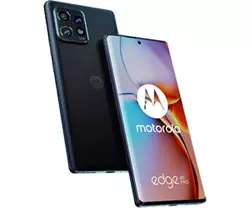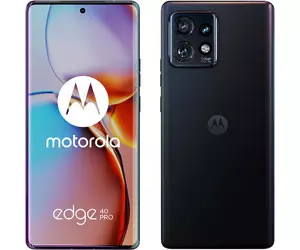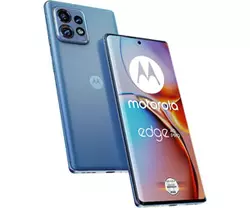The Motorola Edge 40 Pro is a great modern flagship smartphone that has all the features that are typical of the class and offers a couple of interesting bonuses. Inside, the most powerful components to date are installed and almost pure Android 13 is used, thanks to which the smartphone works very quickly in any task. The screen has a good margin of brightness and very rich colours, and its 165Hz refresh rate is probably the highest among current smartphones. The battery life of the Motorola Edge 40 Pro is slightly longer than average, but there is also a very important bonus in the form of extremely fast charging at 125W. And a suitable power supply is included, unlike many competitors. The smartphone looks interesting and modern and is protected against dust and water to the IP68 standard. Stereo speakers are also present and they play quite loudly. Among the minor complaints is the camera, or rather, not the main camera (it shoots well), but the additional telephoto and ultra-wide-angle cameras. They are slightly inferior to competitors. And the processor overheats under prolonged maximum loads. But this is not critical, given the power reserve.
6 reasons to buy Motorola Edge 40 Pro:
- High-quality pOLED display with a refresh rate of 165 Hz
- Smartphone is equipped with top-of-the-line hardware
- Excellent battery life and super-fast charging
- Stylish glass and metal body with IP68 protection
- Nice photos on the main camera
- Loud stereo speakers
2 reasons not to buy Motorola Edge 40 Pro:
- Telephoto and ultra-wide-angle cameras are slightly inferior to competitors
- Overheating at prolonged maximum loads
Quick Transition:
- What's in the box?
- What does Motorola Edge 40 Pro look like?
- How good is the screen?
- What are the unlocking methods?
- What about the performance, memory, sound and battery life of the Motorola Edge 40 Pro?
- How user-friendly is the interface?
- How good are the cameras?
- What are the lineup neighbours?
- In the bottom line
What's in the box?
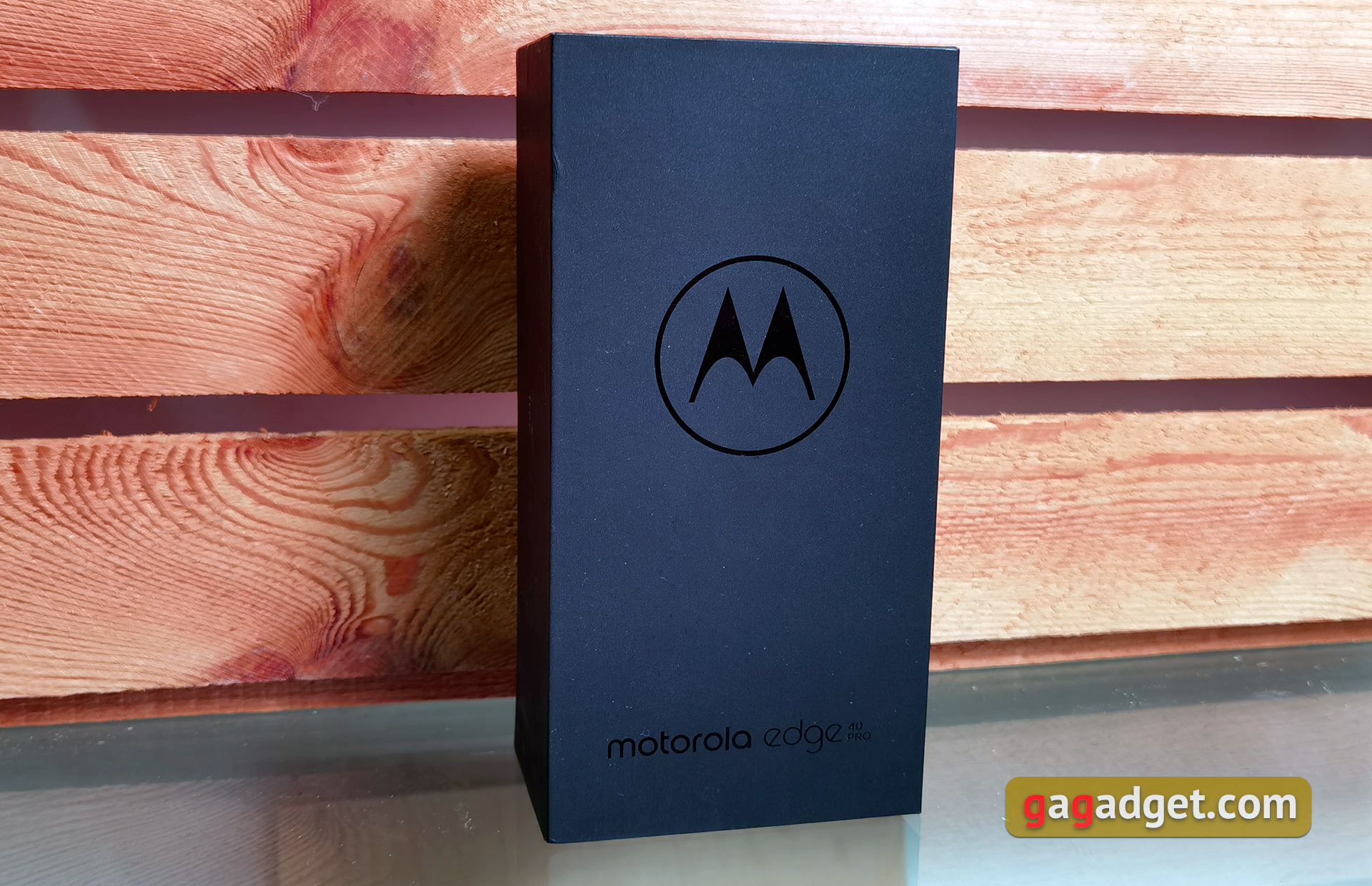
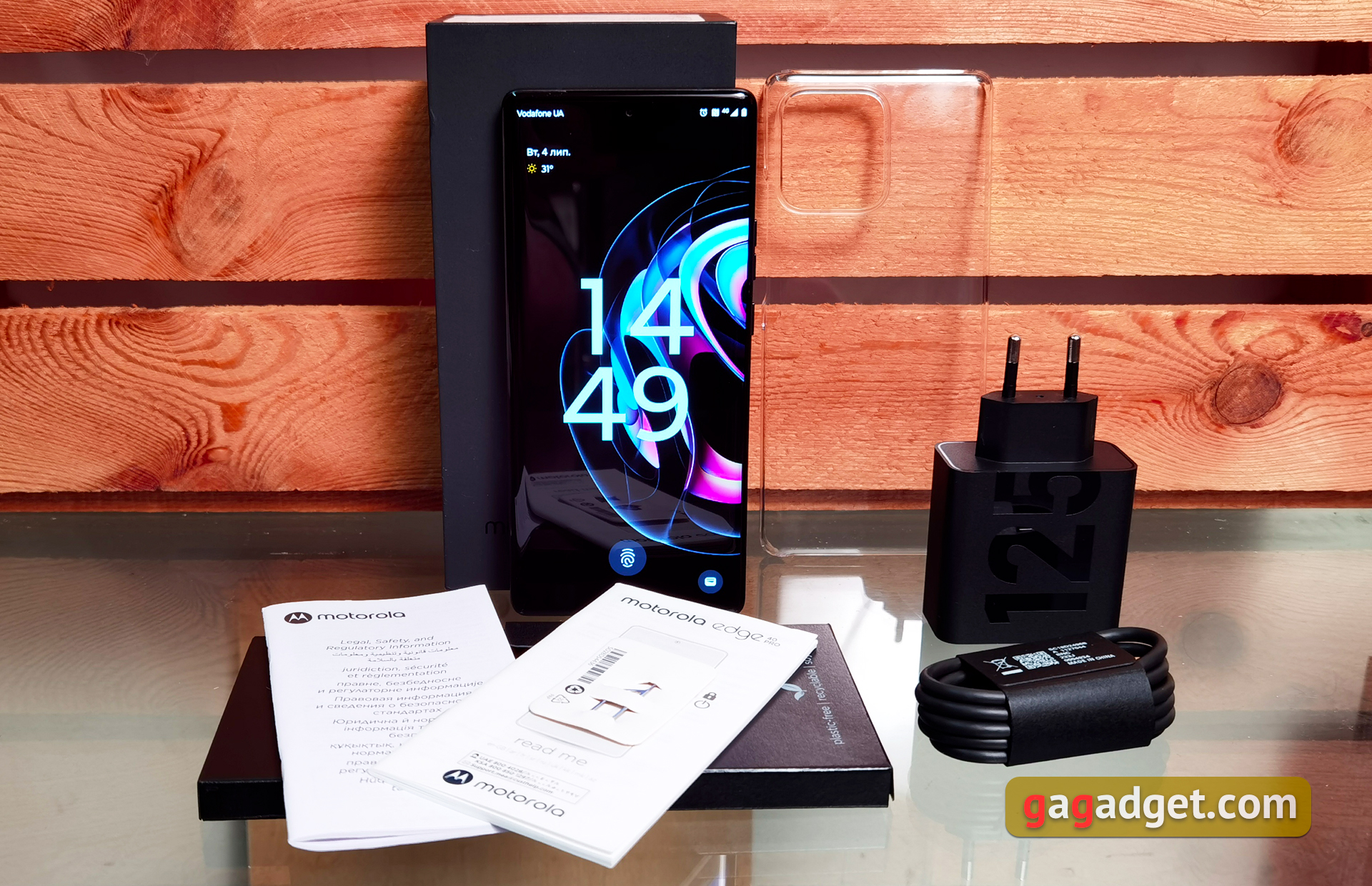
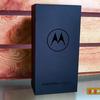
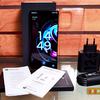
Unlike a number of manufacturers, Motorola has decided not to minimise the packaging of its smartphones. Motorola Edge 40 Pro is packed in a rather large (as for modern smartphones) black box with a logo and model name. Inside is the smartphone itself, an impressive 125W TurboPower power supply, a Type-C cable, a transparent plastic protective bumper, a tray tool and documentation.
What does Motorola Edge 40 Pro look like?

The body of Motorola Edge 40 Pro is made of glass and metal, like all current flagships. The front and back of the smartphone has Gorilla Glass Victus. The screen takes up almost the entire front surface of the smartphone: the bezels are very thin, and the bends add to the "bezel-less" effect. We are used to the fact that only the sides of the screen are usually curved. In this case, there are also bends at the top and bottom. It looks great, it seems that the screen flows smoothly into the side edges. There are some users who don't like curved screens. This is a very subjective thing. But from an objective point of view, there were no false clicks during use. The front camera is traditionally located in a round hole at the top of the screen. Above the screen is a thin slit for the earpiece speaker.

It's hard to make the front panel of a modern smartphone look original. But experiments are possible with the back panel. In Motorola Edge 40 Pro, it is made of frosted glass, but has an unusual finish. It's pleasant and silky to the touch and glares a little at certain angles. When it comes to the practical side of things, there are both pros and cons. The frosted glass does not collect prints at all and the lid does not lose its aesthetic appearance. But the coating is a bit slippery.

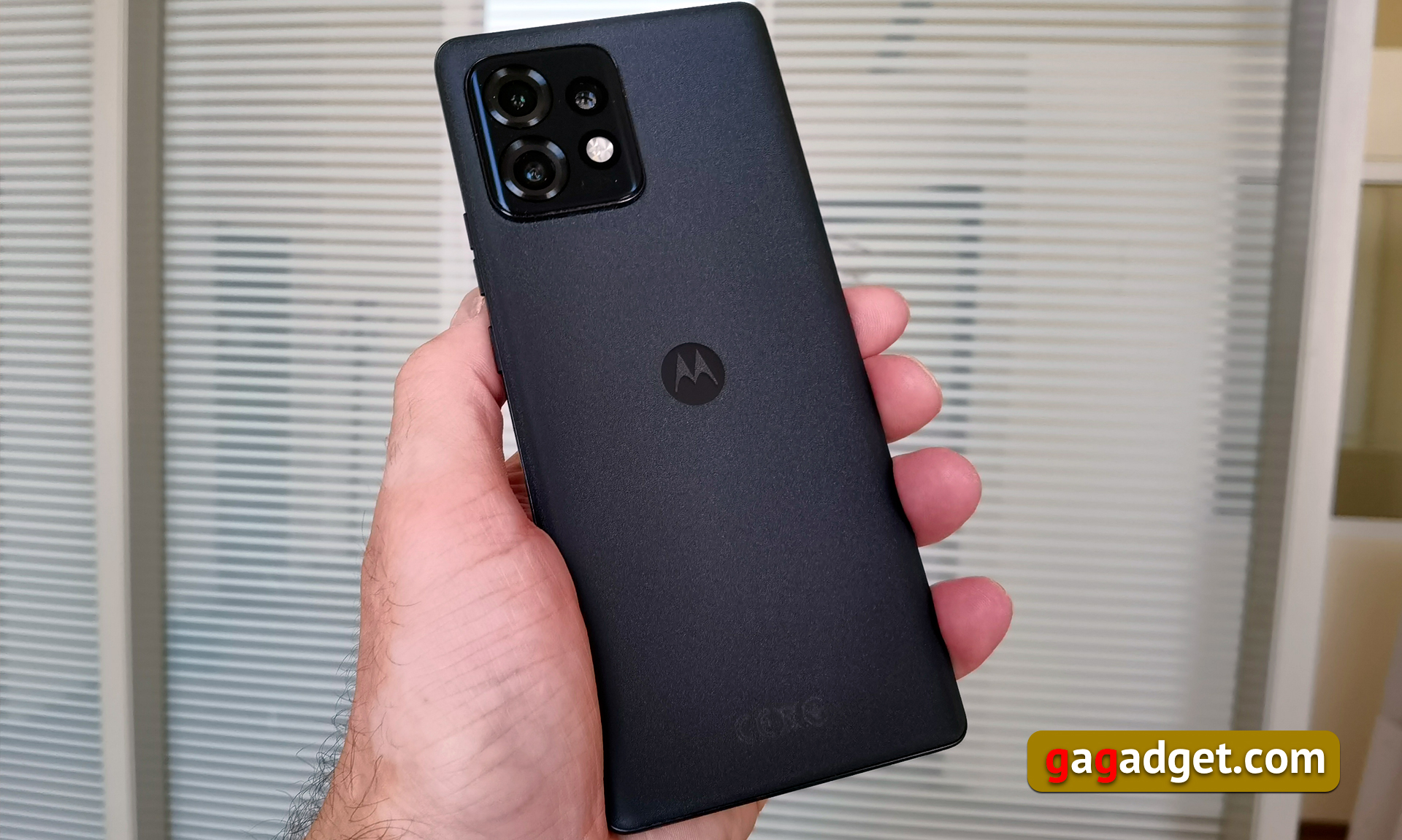

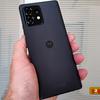
The metal frame has the usual streamlined shape, matte surface and plastic inserts for stable operation of wireless interfaces. The power button and separate volume buttons are located on the right side. They are also metal and conveniently placed. You don't have to reach for them either with your right or left hand. There's an additional microphone on the same side.
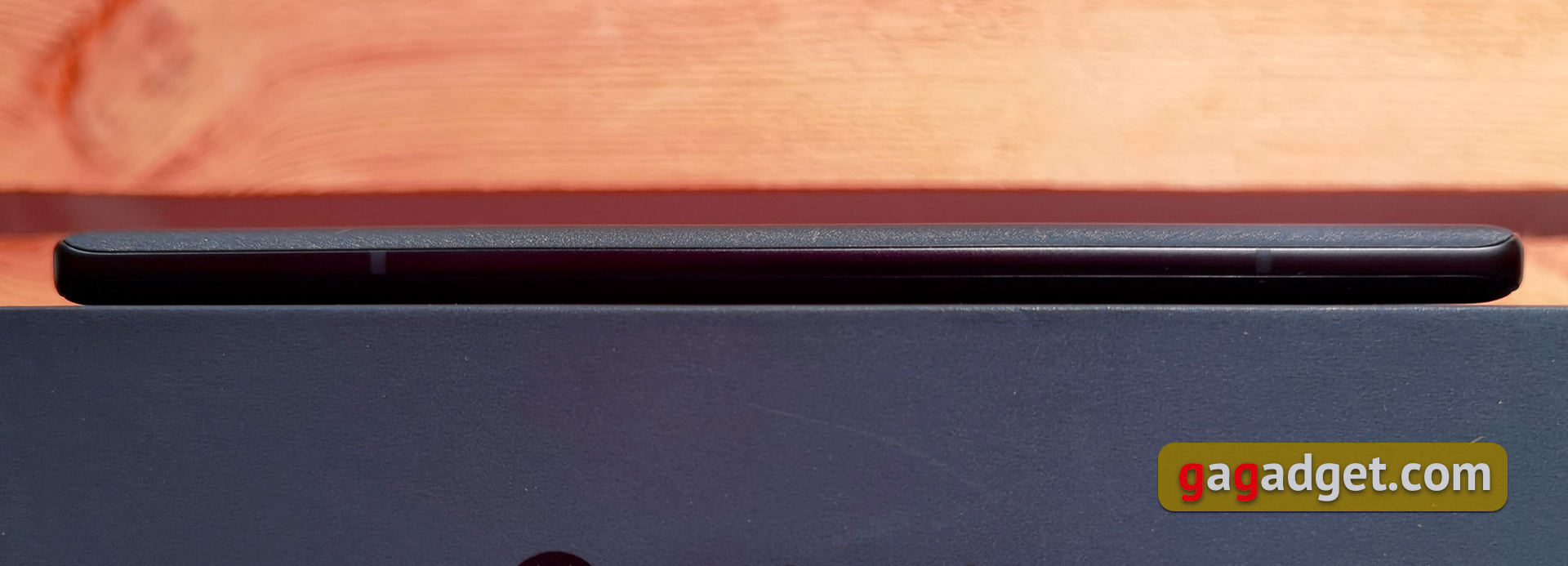
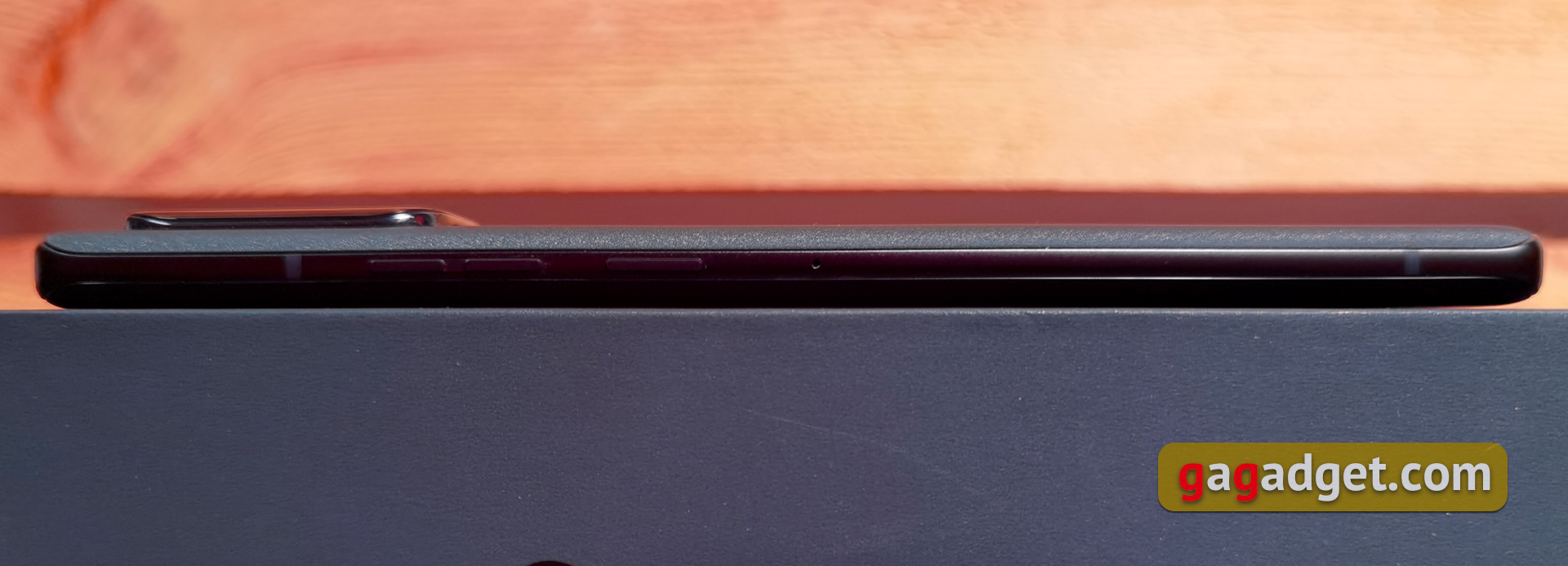

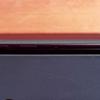
On top is one of the external speakers, a microphone and the Dolby Atmos logo:
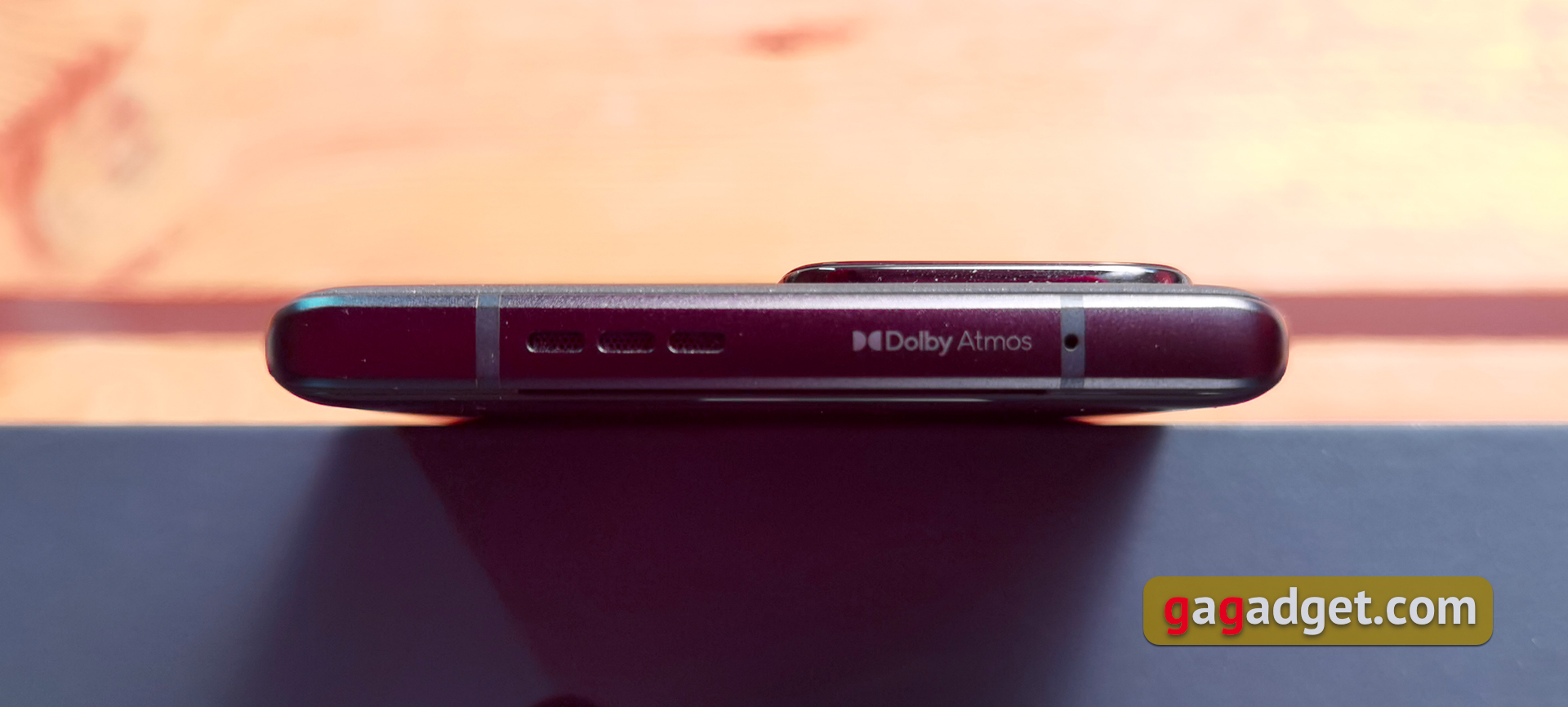
On the bottom is a Type-C connector (USB 3.2, DisplayPort 1.4), a second external speaker, another microphone and a tray.
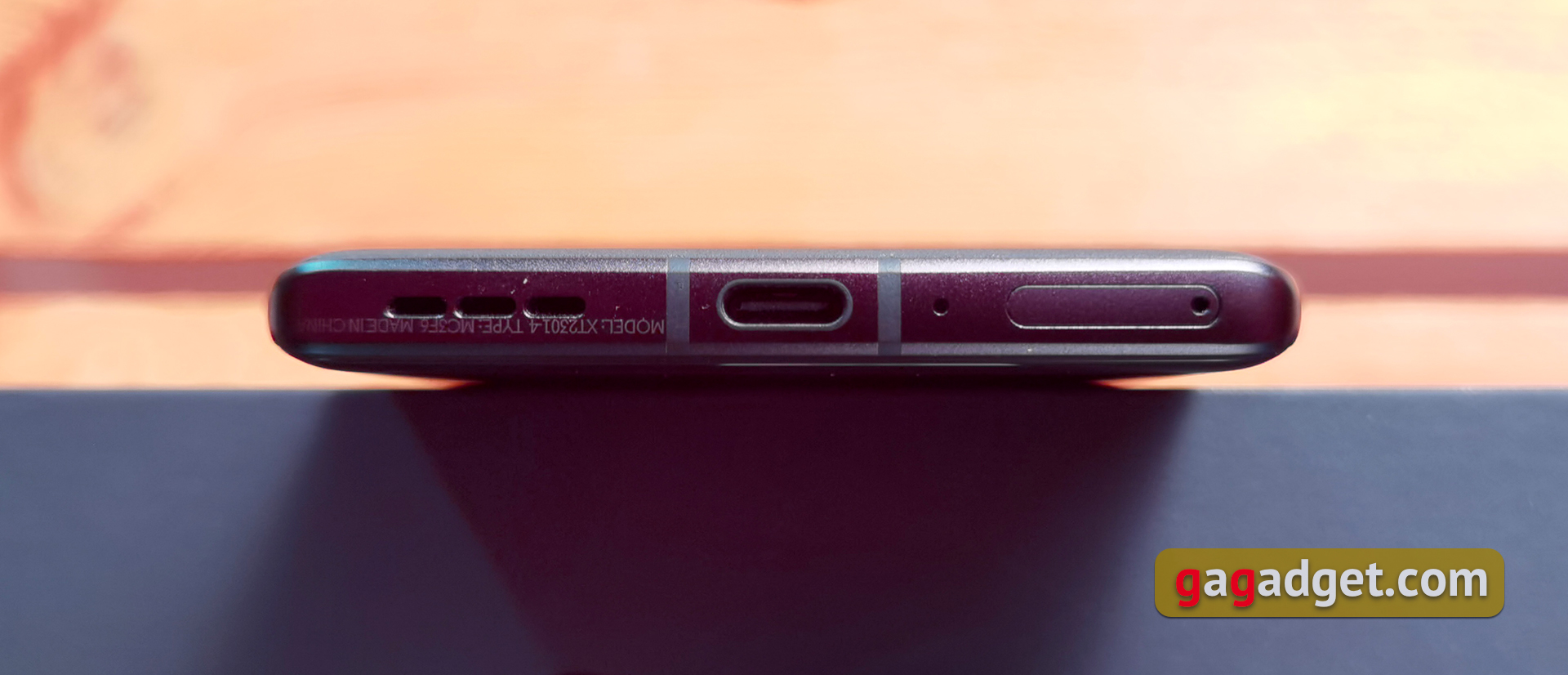
You can only install one physical SIM card in the tray. But this is not a problem, there is support for eSIM.
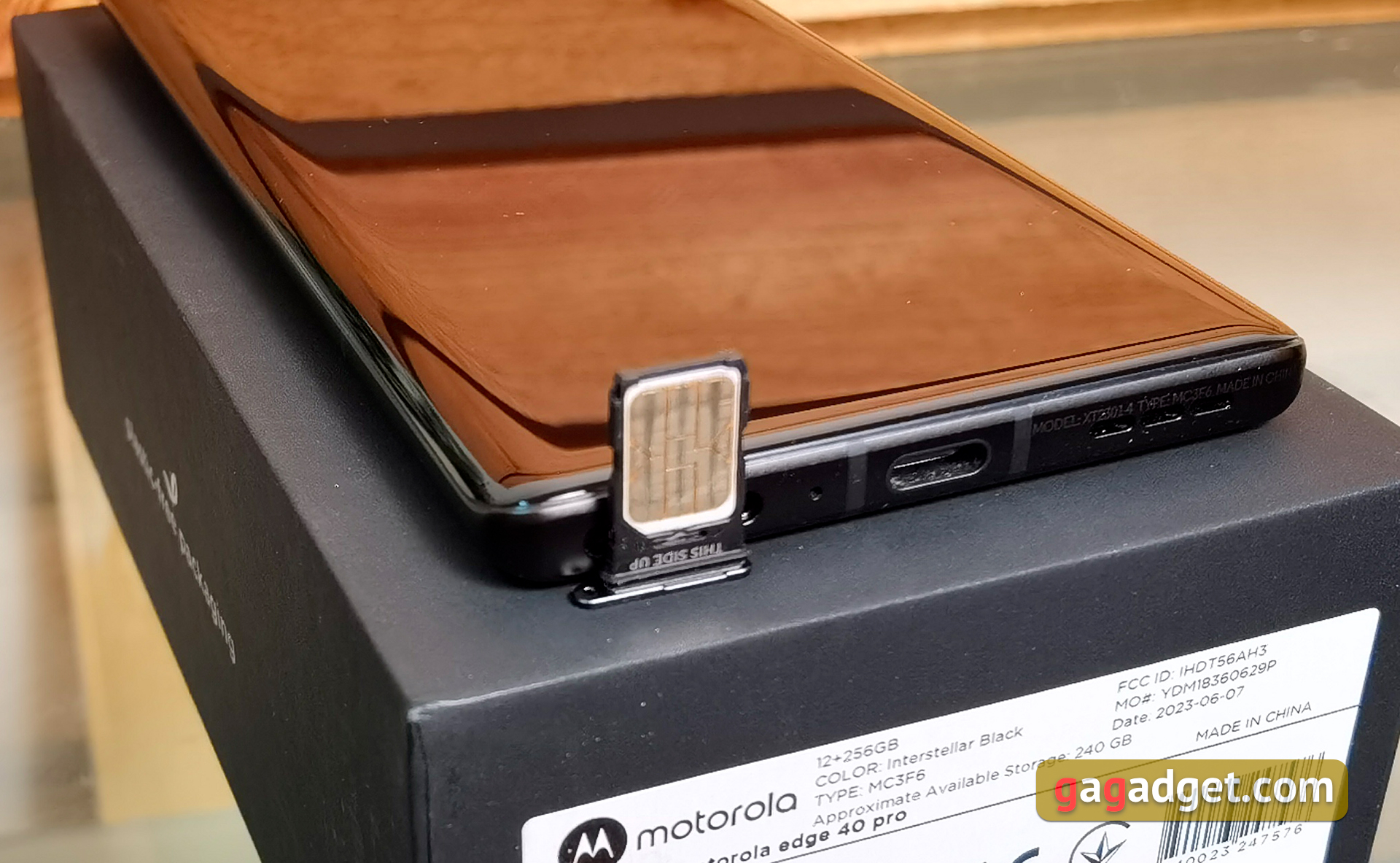
The rear camera module has a rectangular shape with roundings that follow the shape of the smartphone body. All three cameras and the flash are under one common glass. The camera protrudes above the surface of the back cover.
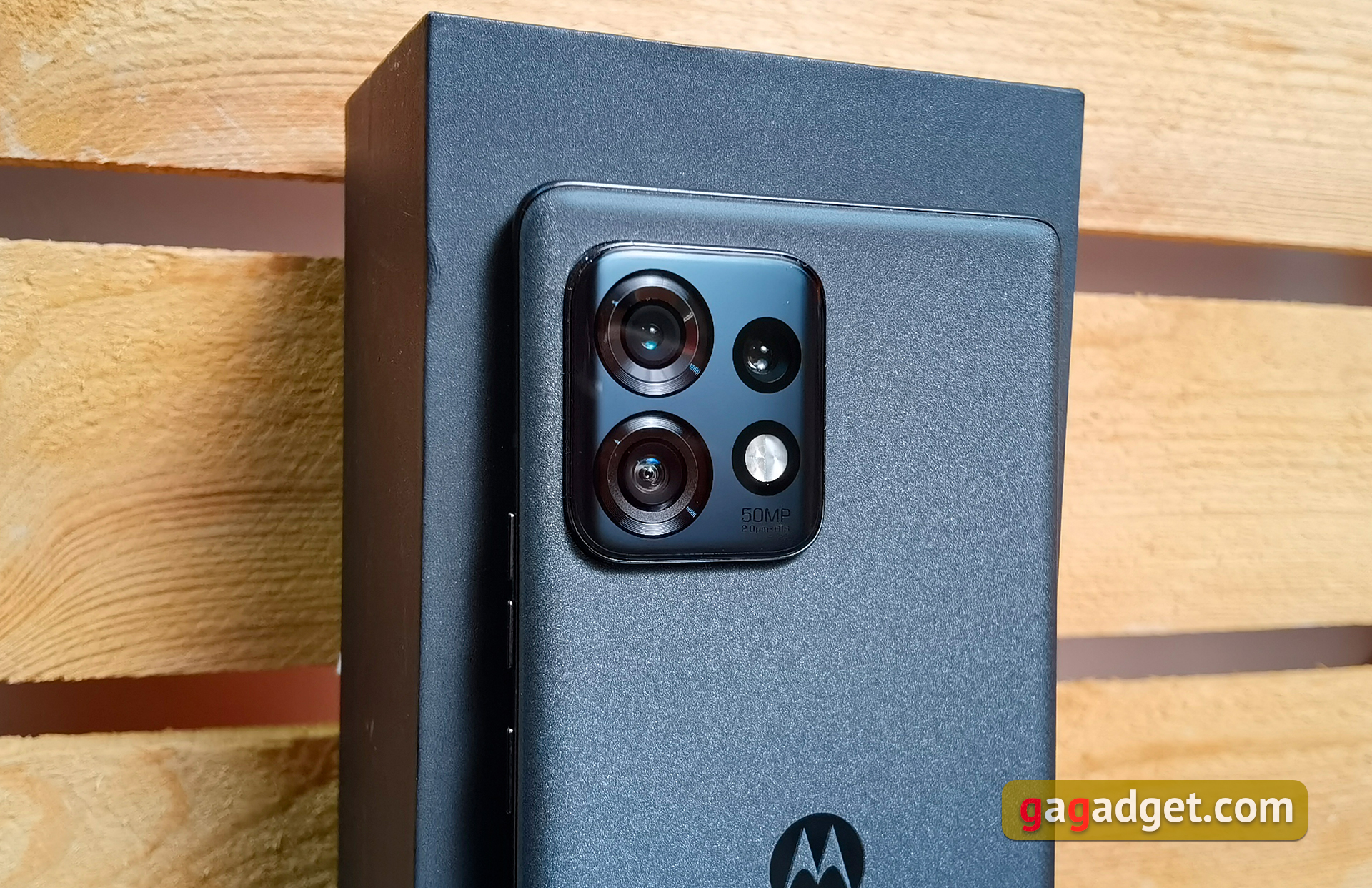
Motorola Edge 40 Pro has a convenient shape, size and placement of controls. It looks modern and interesting thanks to the unusual back cover. It has full protection against dust and water according to the IP68 standard: the smartphone can withstand up to 30 minutes at a depth of 1.5 metres in fresh water.
How good is the screen?
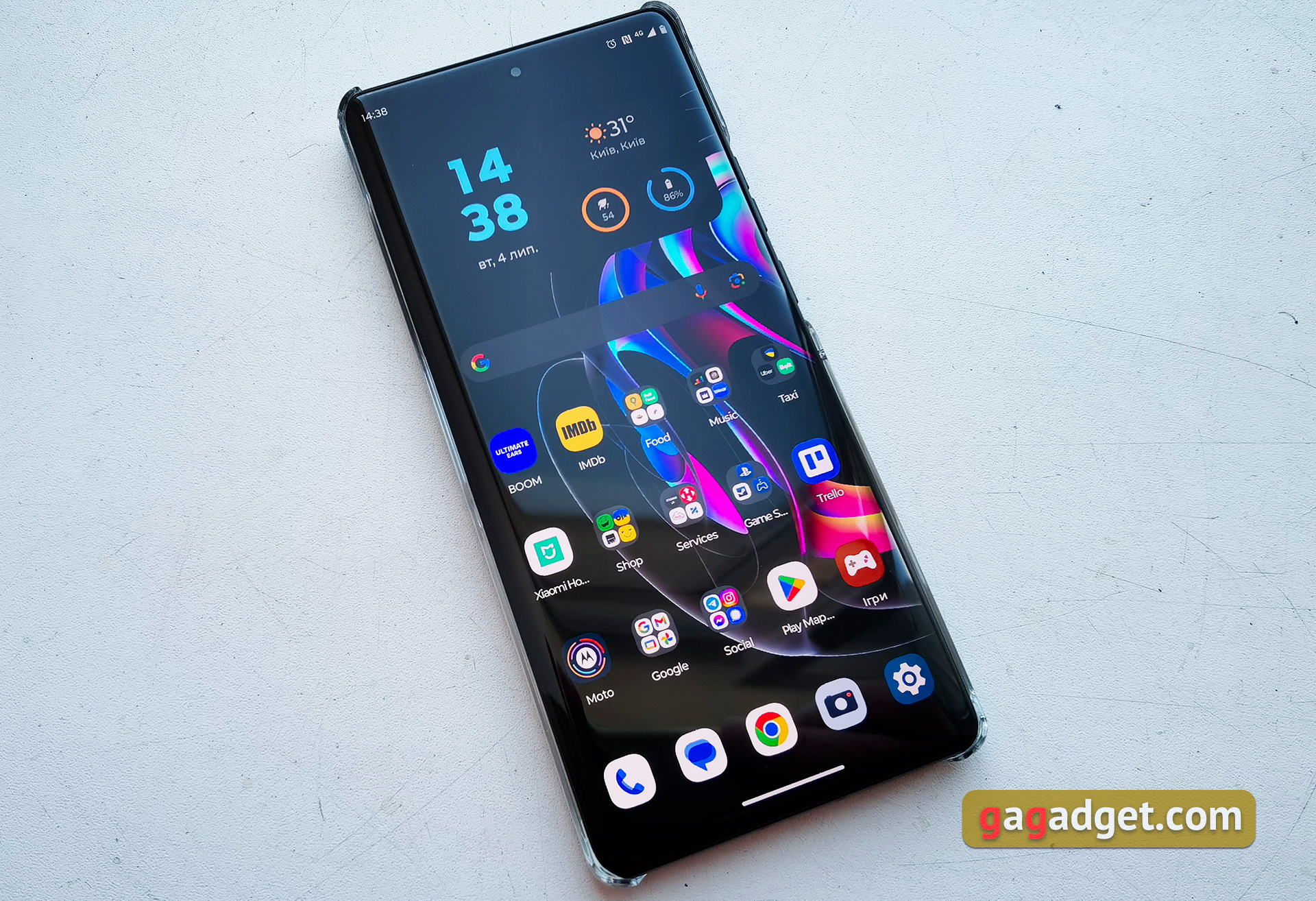
Motorola Edge 40 Pro has a 6.67-inch pOLED with curves on the sides. Theresolution is 2400x1080 (aspect ratio 20:9), and the pixel density is about 394 ppi. A 10-bit matrix is used, capable of displaying more than a billion shades of colour. It promises DCI-P3 colour gamut and peak brightness of 1300 cd/m² in automatic mode. There is support for HDR10+ and Dolby Vision. It's worth noting that the maximum refresh rate is 165Hz. This is higher than most flagship smartphones. There are modes of 60, 120, 165 Hz, as well as an adaptive mode, when used, the frequency is automatically adjusted in the range up to 120 Hz. The sensor reading frequency is 360 Hz, which is important for those who like to play games on their smartphones. There is quite a lot in the settings. Brightness, dark and light themes, interface and text scale, flicker prevention (DC Dimming) for the PWM witness sect, refresh rate, night mode, display bezel illumination for notifications, and colour display modes (bright and natural) with colour temperature adjustment.
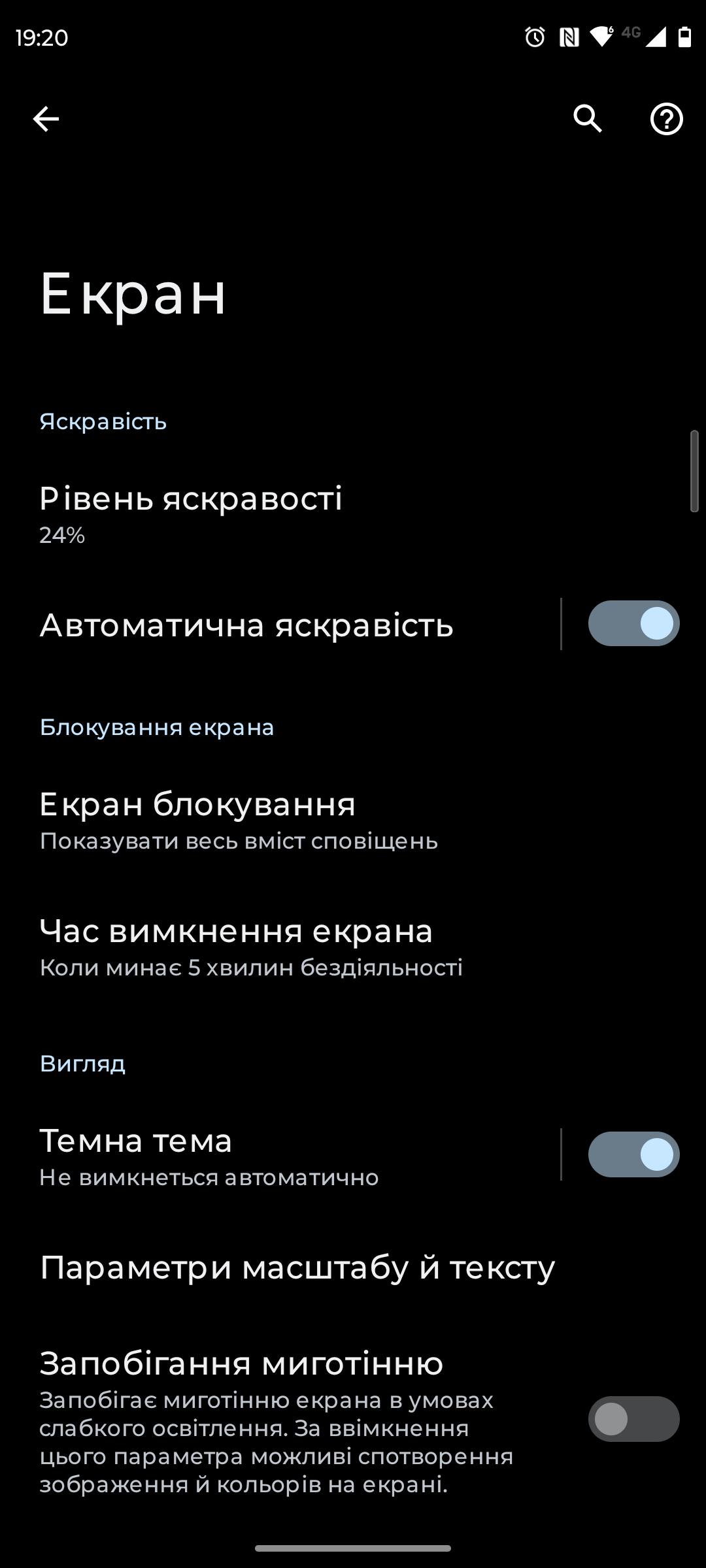

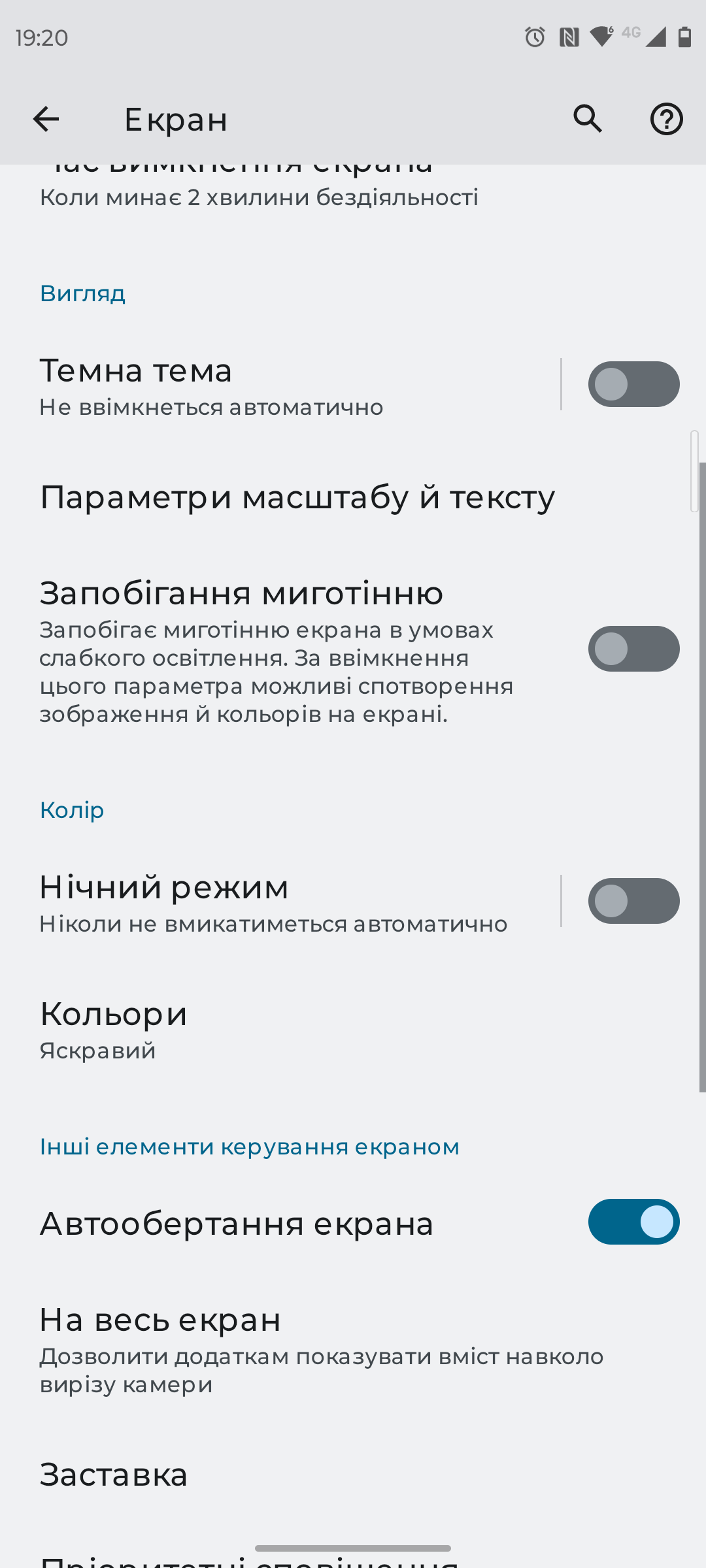



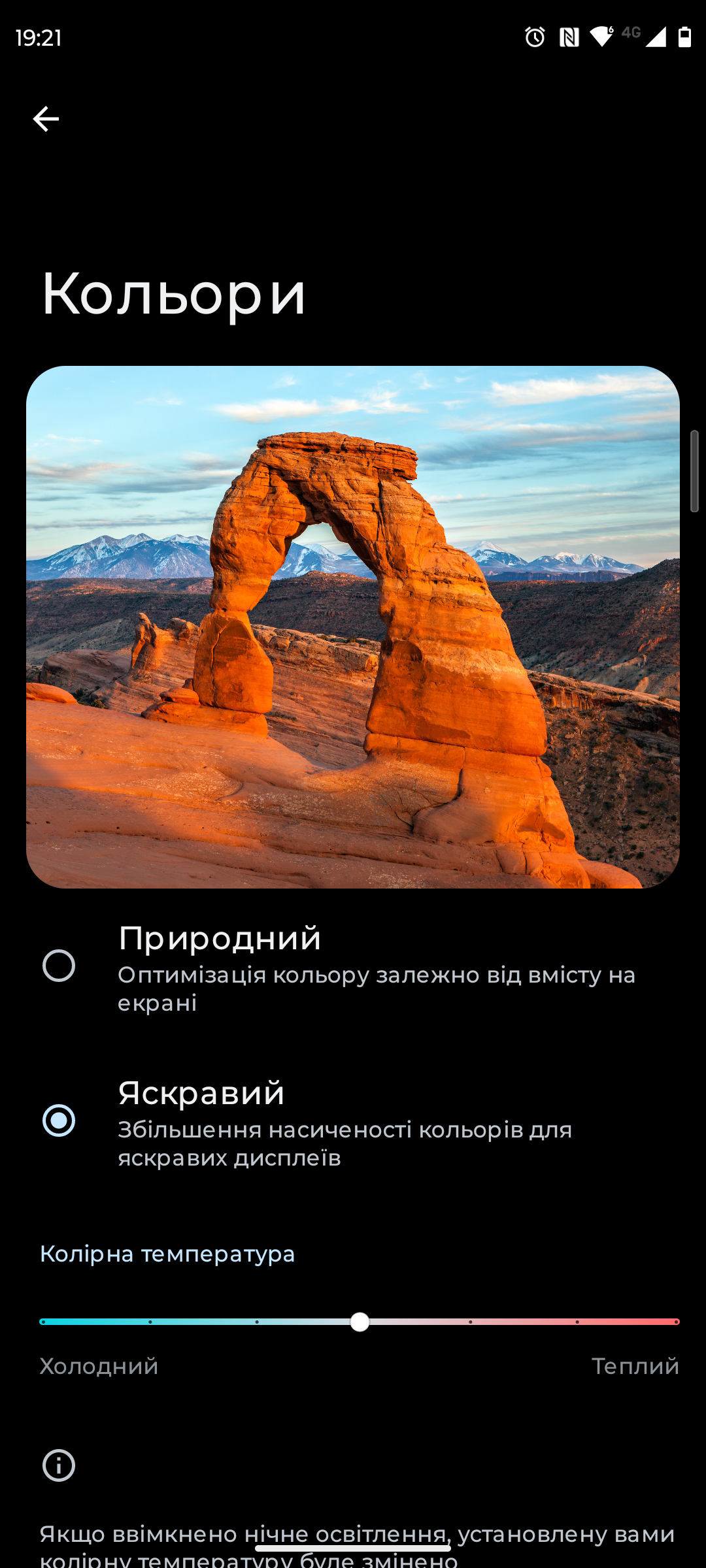
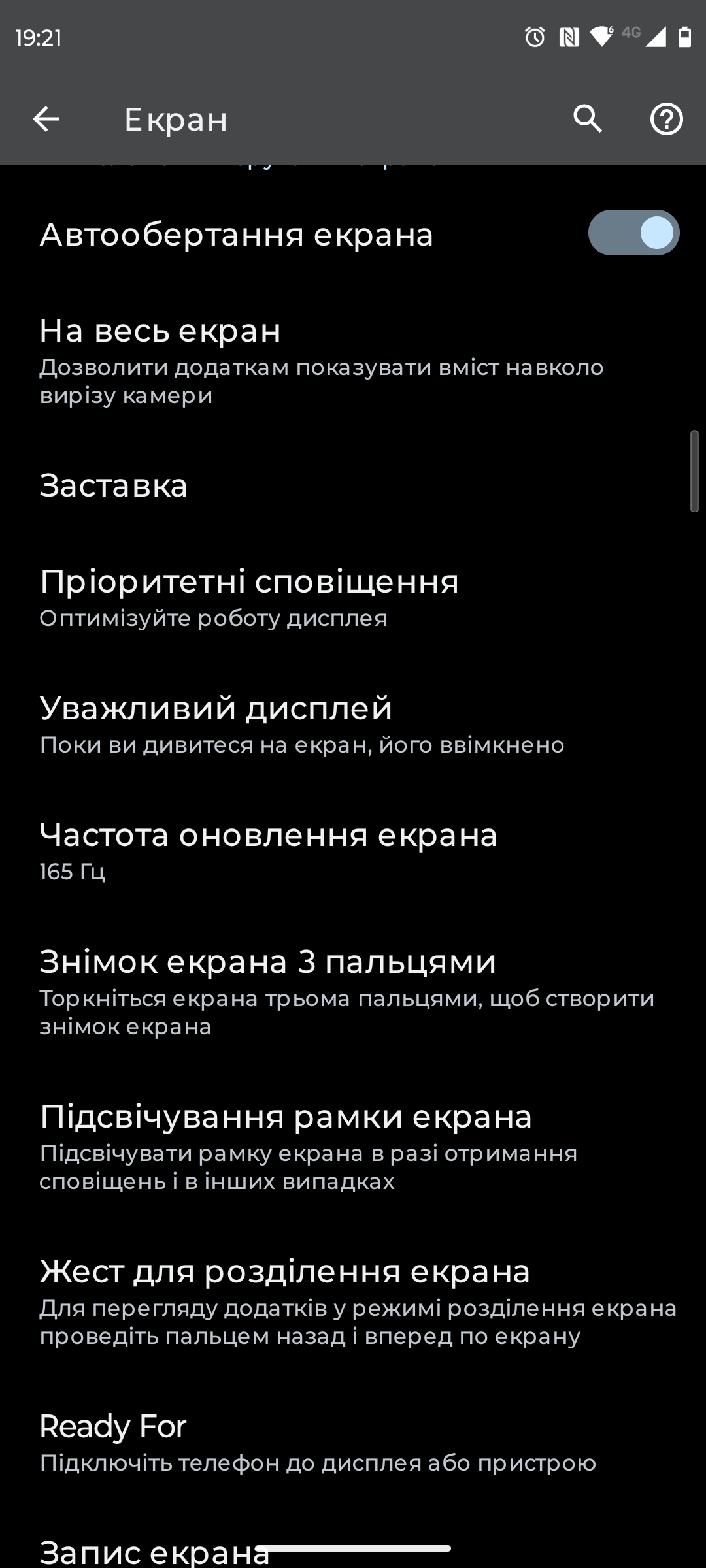

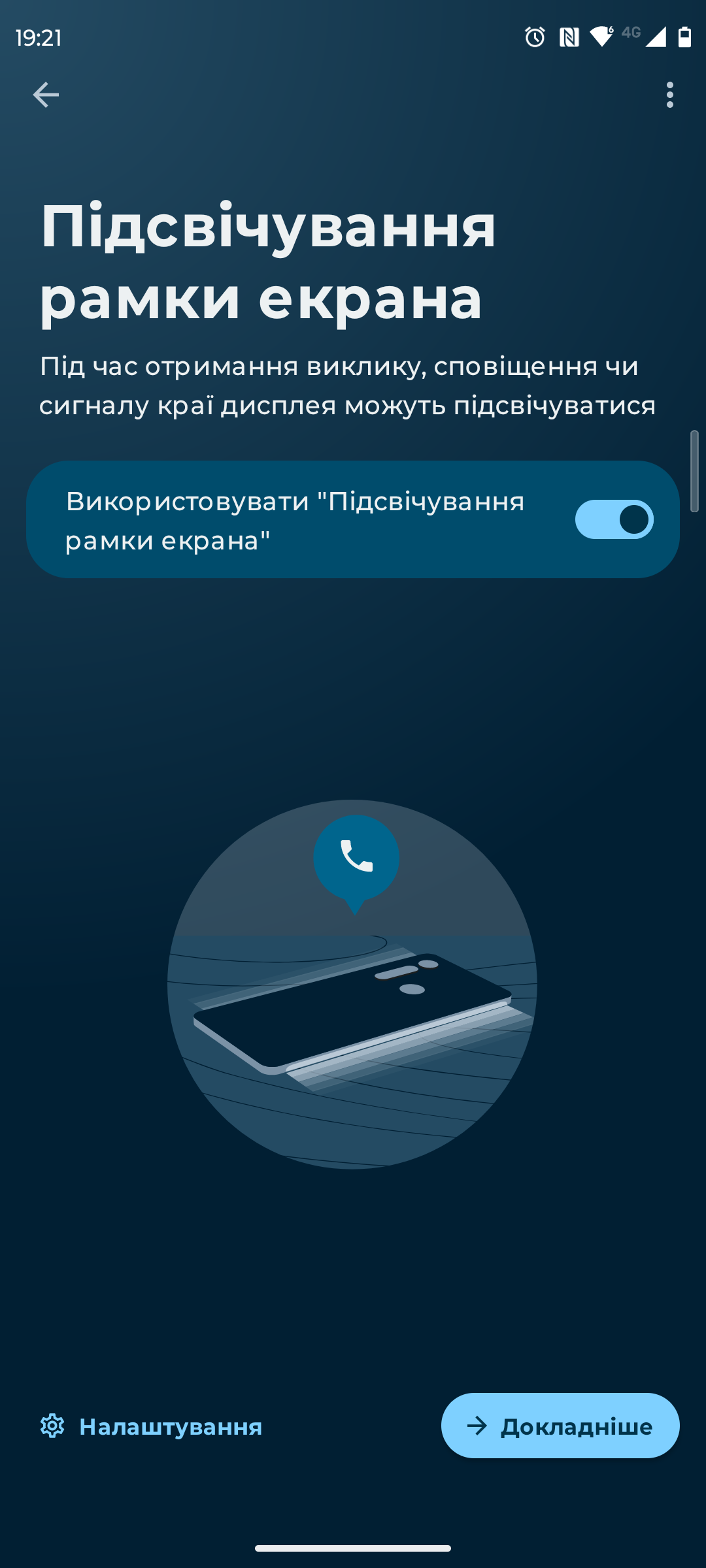
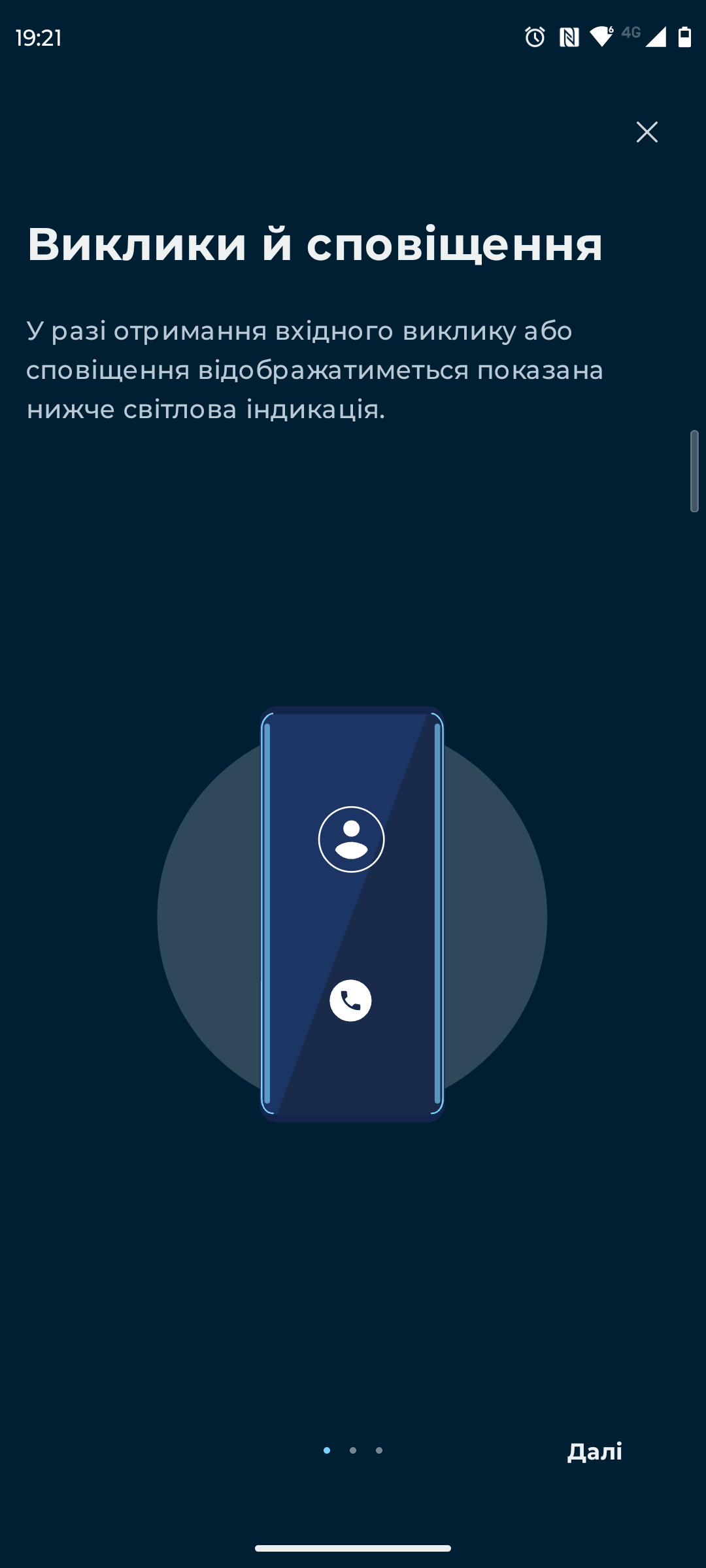
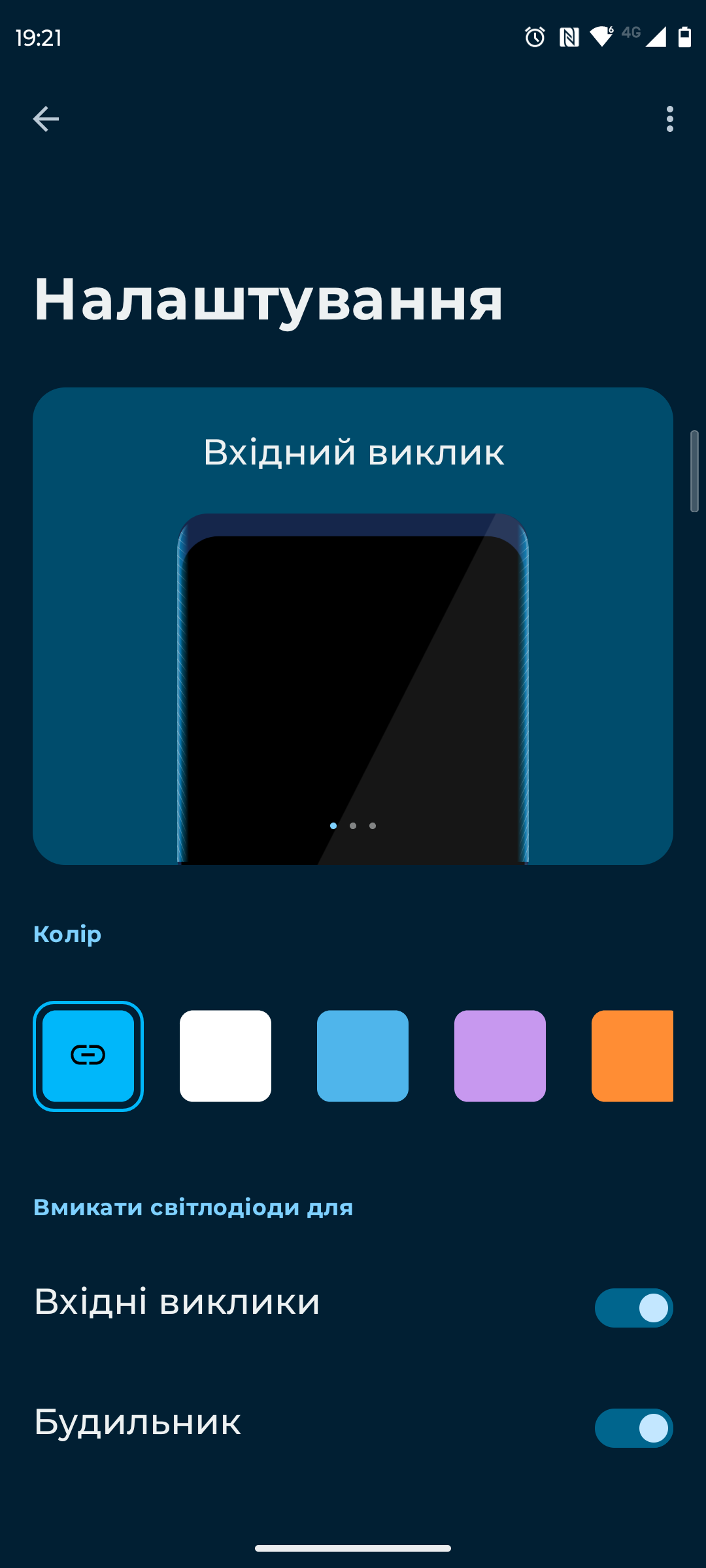
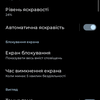
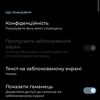

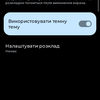
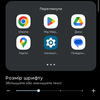
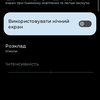
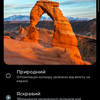
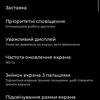




The screen has a great picture with rich colours, maximum viewing angles and brightness sufficient for the bright sun. Thanks to the high refresh rate, the interface, apps and lists look very smooth. Measurements of the screen in Bright mode showed a maximum brightness of 505.698 cd/m2. The colour gamut is much wider than sRGB, but there is an excess of blue component and the screen tends to lean a little towards cold shades. This is not a problem, though, because you can adjust the colour temperature manually.



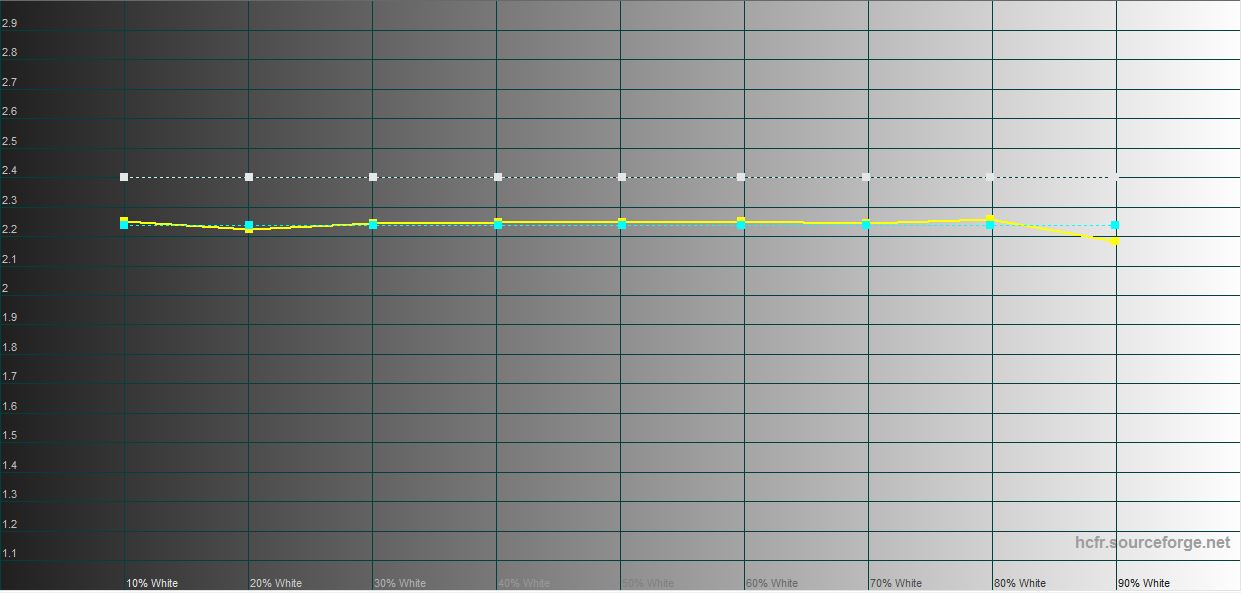



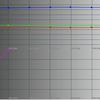
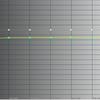

In Natural mode, the colour gamut is close to sRGB, and all indicators are slightly closer to the reference values. Brightness is slightly lower: 490.108 cd/m2.
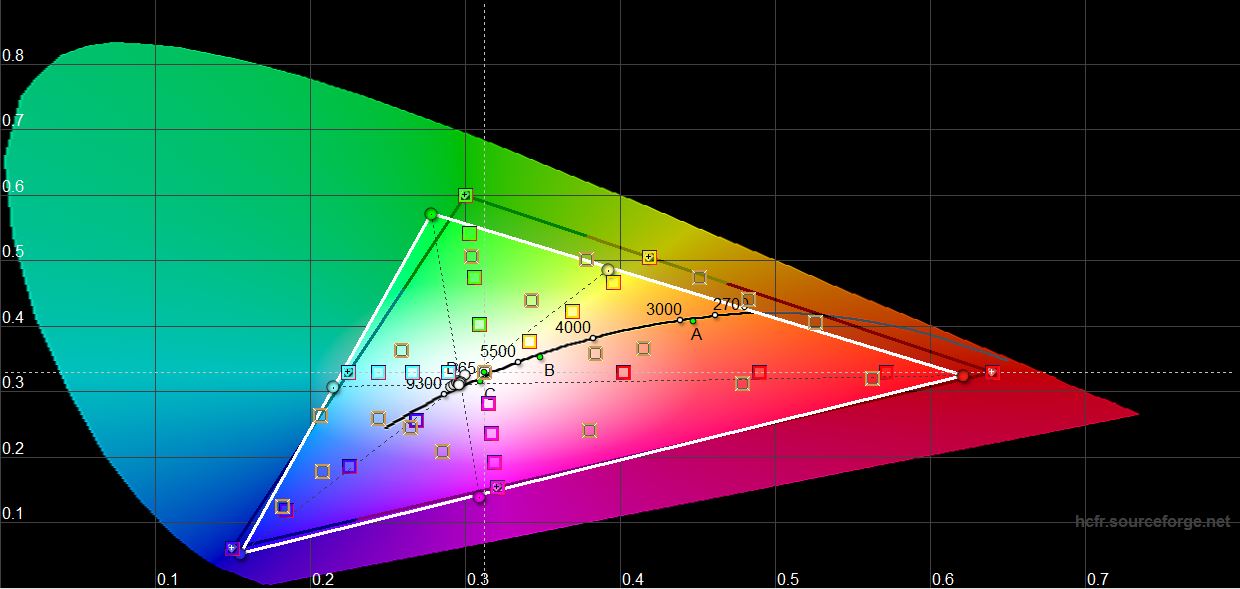
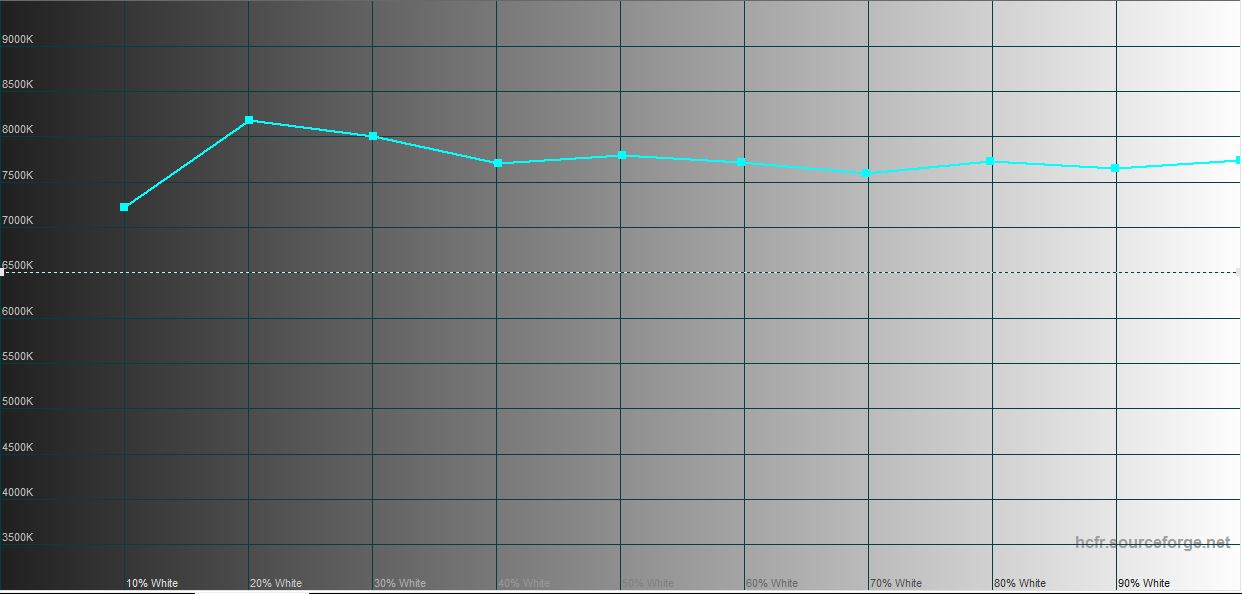
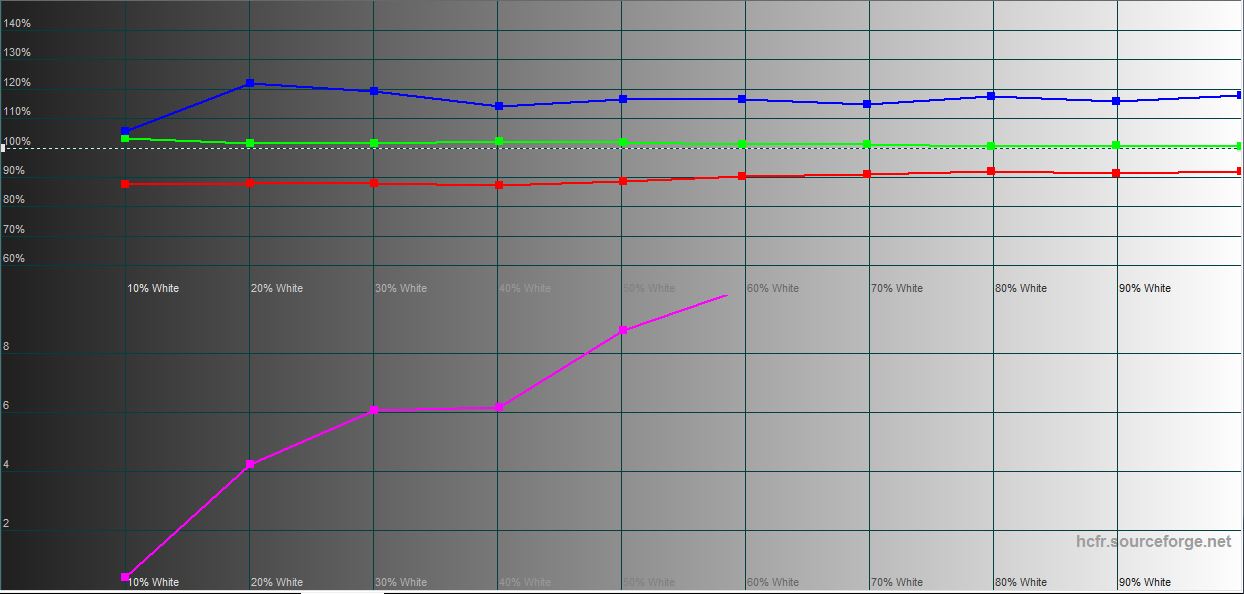
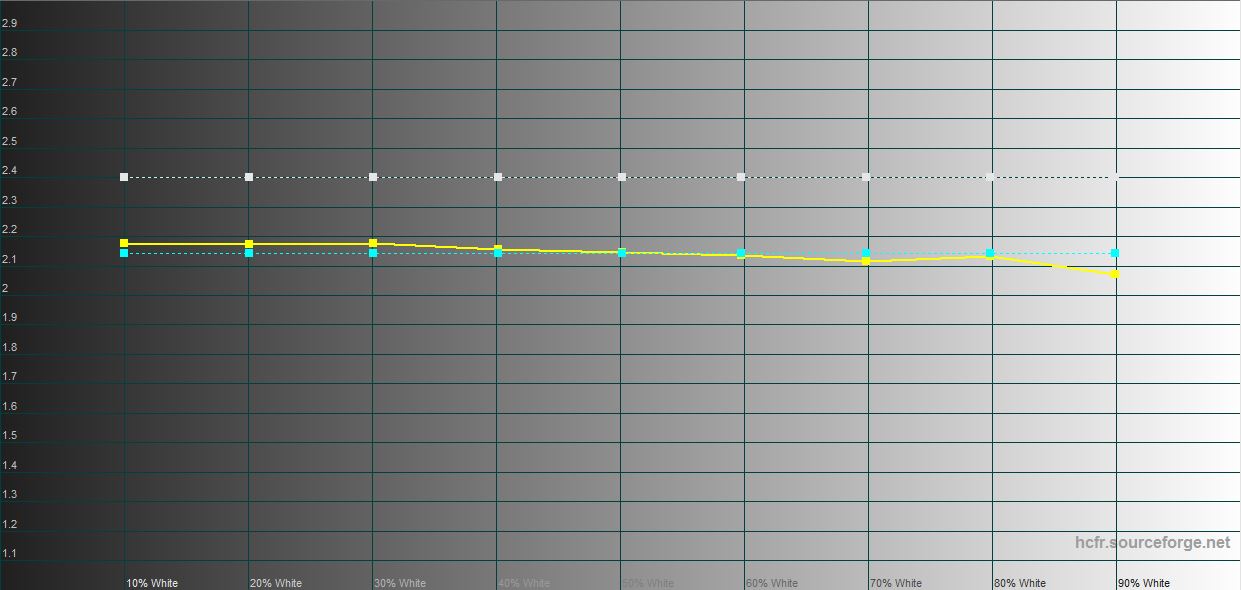


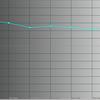
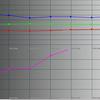
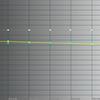

Comparison with other models:
| Device name | White field brightness, cd/m2 |
Black field brightness, cd/m2 |
Contrast |
|---|---|---|---|
| Motorola Edge 40 Pro | 505.698 | 0 | ∞ |
| Samsung Galaxy S23 Ultra | 696.675 | 0 | ∞ |
| Samsung Galaxy Z Flip3 | 460.6 | 0 | ∞ |
| Samsung Galaxy Z Fold3 | 479.32 | 0 | ∞ |
| Xiaomi 11T Pro | 493.872 | 0 | ∞ |
| ASUS ROG Phone 5 | 482.347 | 0 | ∞ |
| Samsung Galaxy S21+ | 437.906 | 0 | ∞ |
| Sony Xperia 1 | 394.97 | 0 | ∞ |
| Huawei P30 Pro | 447.247 | 0 | ∞ |
| Samsung Galaxy S10 | 378.72 | 0 | ∞ |
What are the unlocking methods?

To identify the owner, Motorola Edge 40 Pro uses a standard modern set of a fingerprint scanner under the display and face recognition using the front camera. The scanner is optical and illuminates the finger during scanning. It works quickly and accurately, and there were no problems or errors during use. But it would be more convenient if the bezel was placed a little higher. Face recognition works as usual: in good light, recognition is fast. But this method is not very secure.

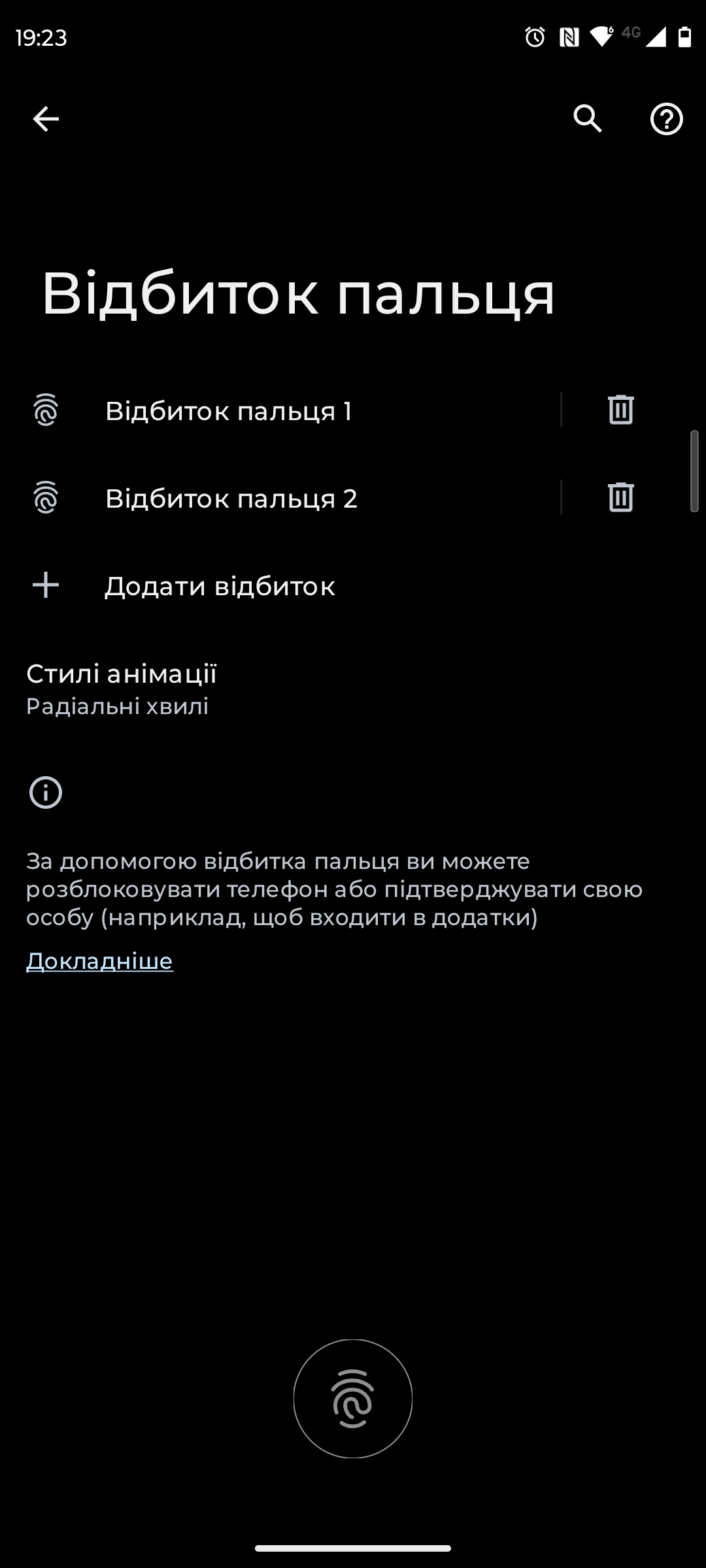



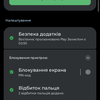
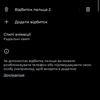
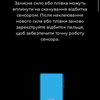
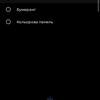
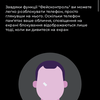
What about performance, memory, sound and battery life?
Motorola Edge 40 Pro is equipped with the latest flagship components. Inside is the top-end Qualcomm Snapdragon 8 Gen 2 processor. It is manufactured on a 4nm process technology and includes 8 cores in a 1+2+2+3 configuration: 1xARM Cortex-X3 at 3.19 GHz, 2xCortex-A715 at 2.8 GHz, 2xCortex-A710 at 2.8 GHz and 3xCortex-A510 at 2 GHz. The graphics are handled by the Adreno 740 accelerator. The RAM is 12 GB LPDDR5X. The internal storage has a capacity of 256 GB, using the new high-speed standard UFS 4.0. Therefore, Motorola Edge 40 Pro is one of the most powerful processors at the moment, which is confirmed by the results in performance tests.
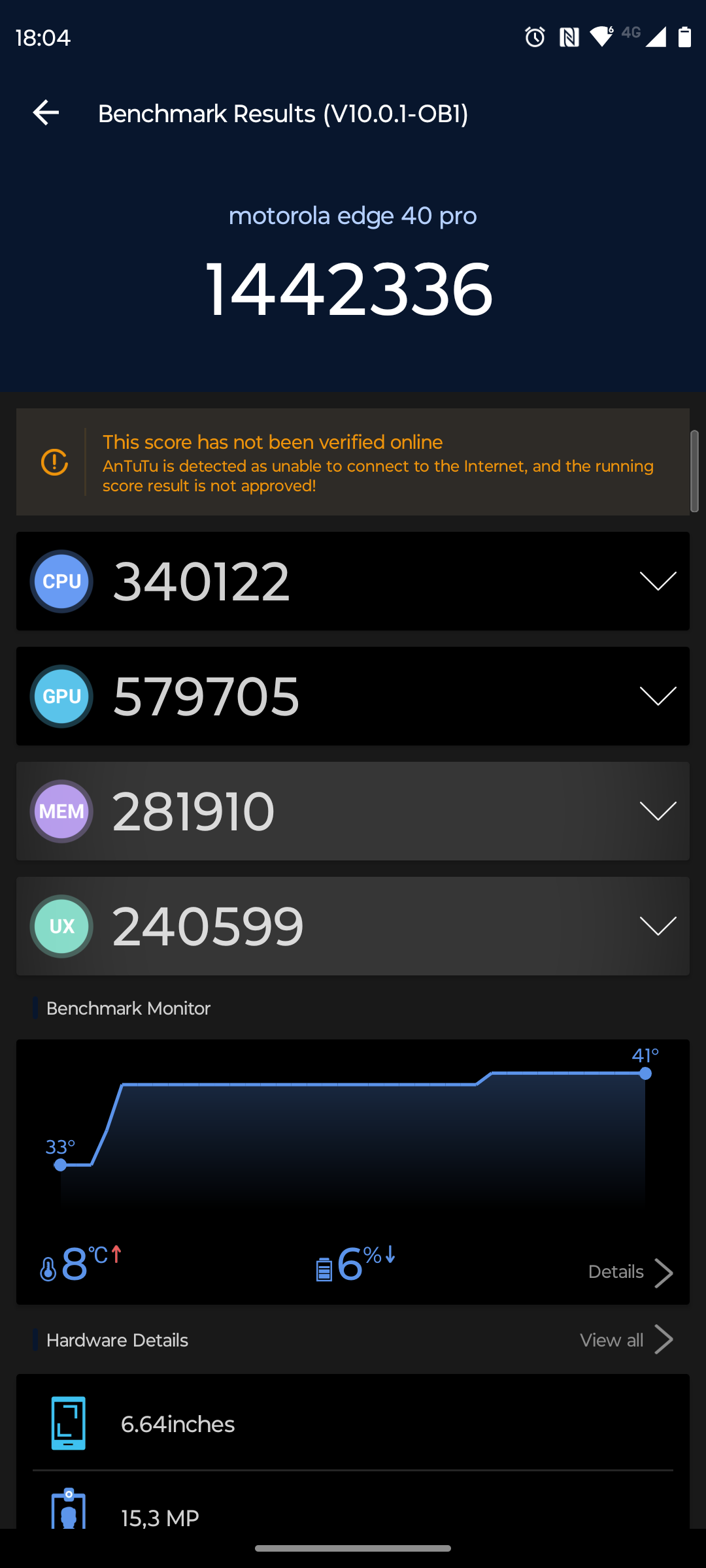
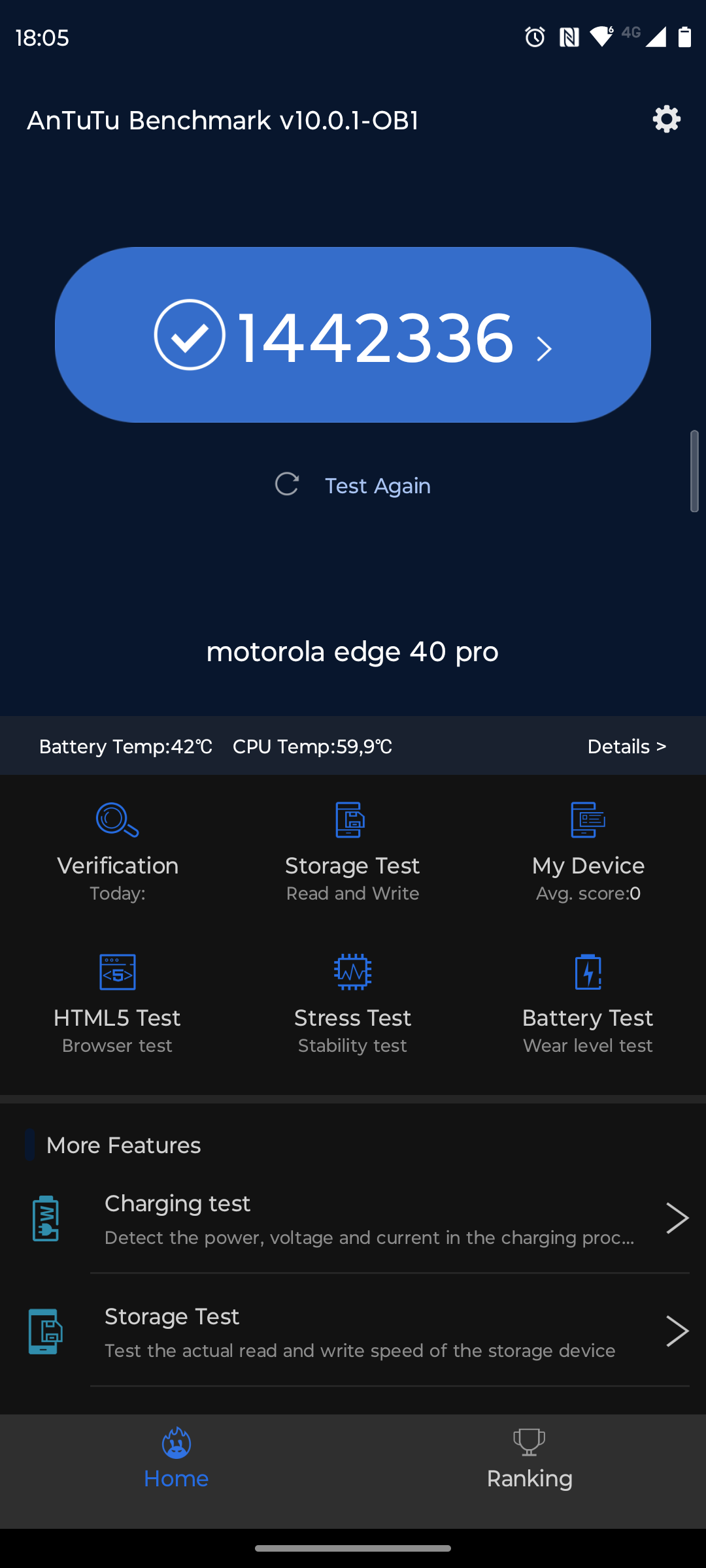
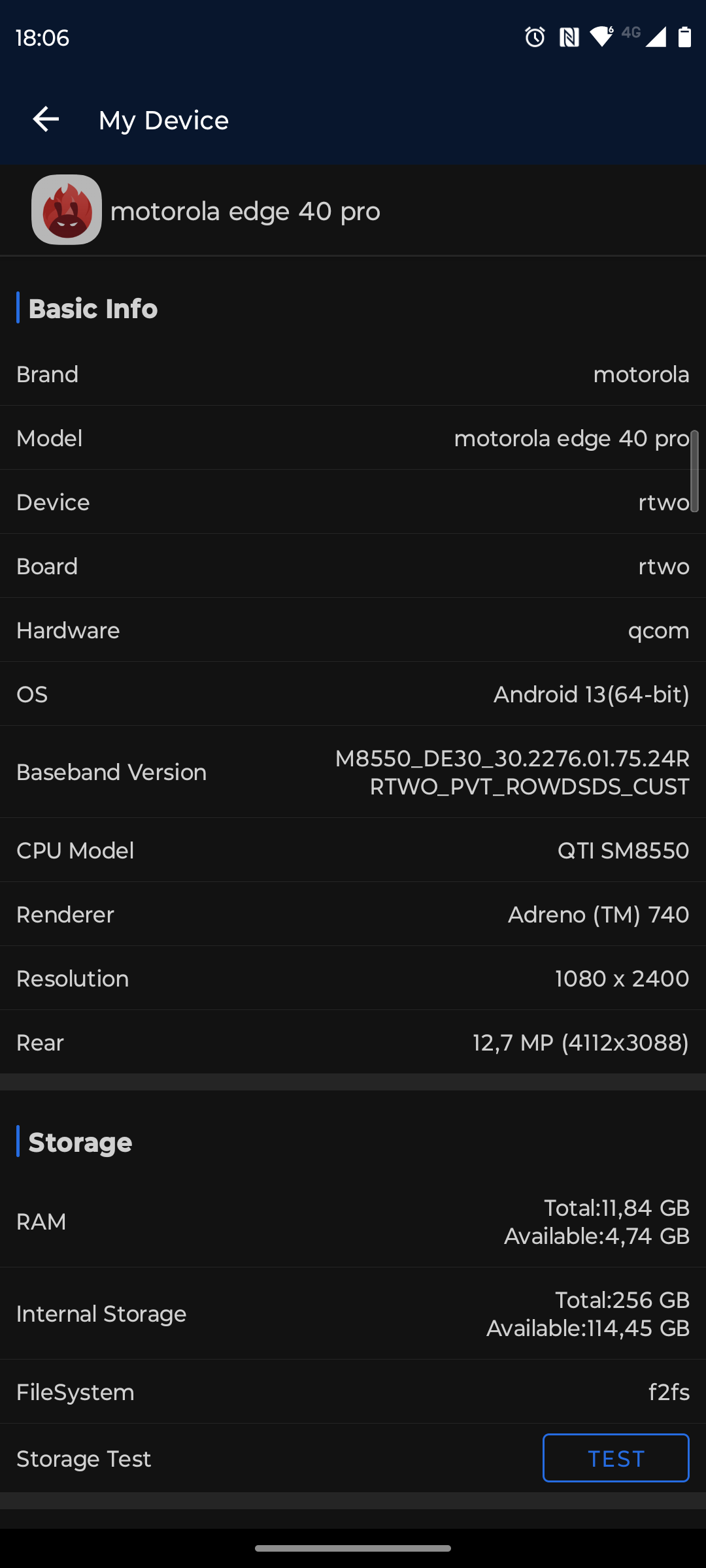
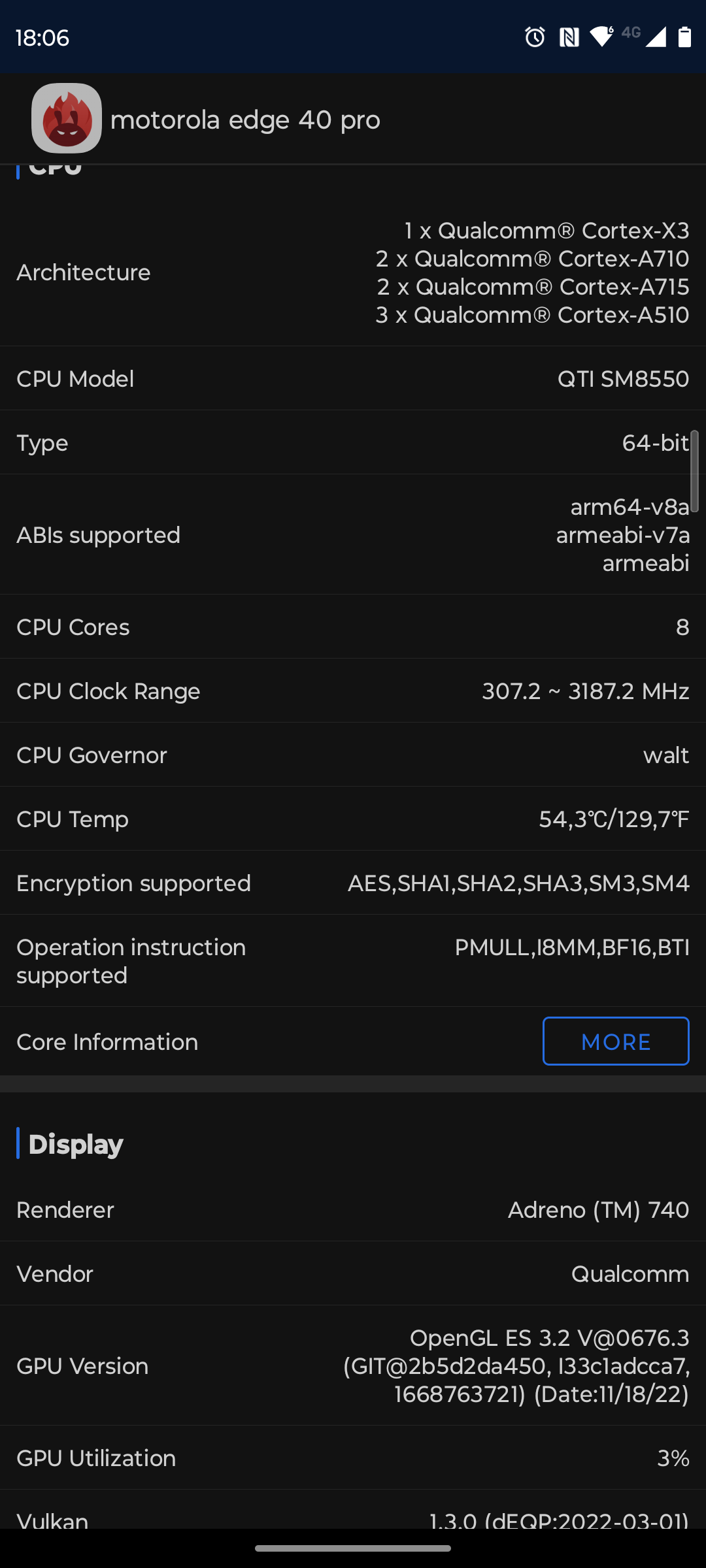
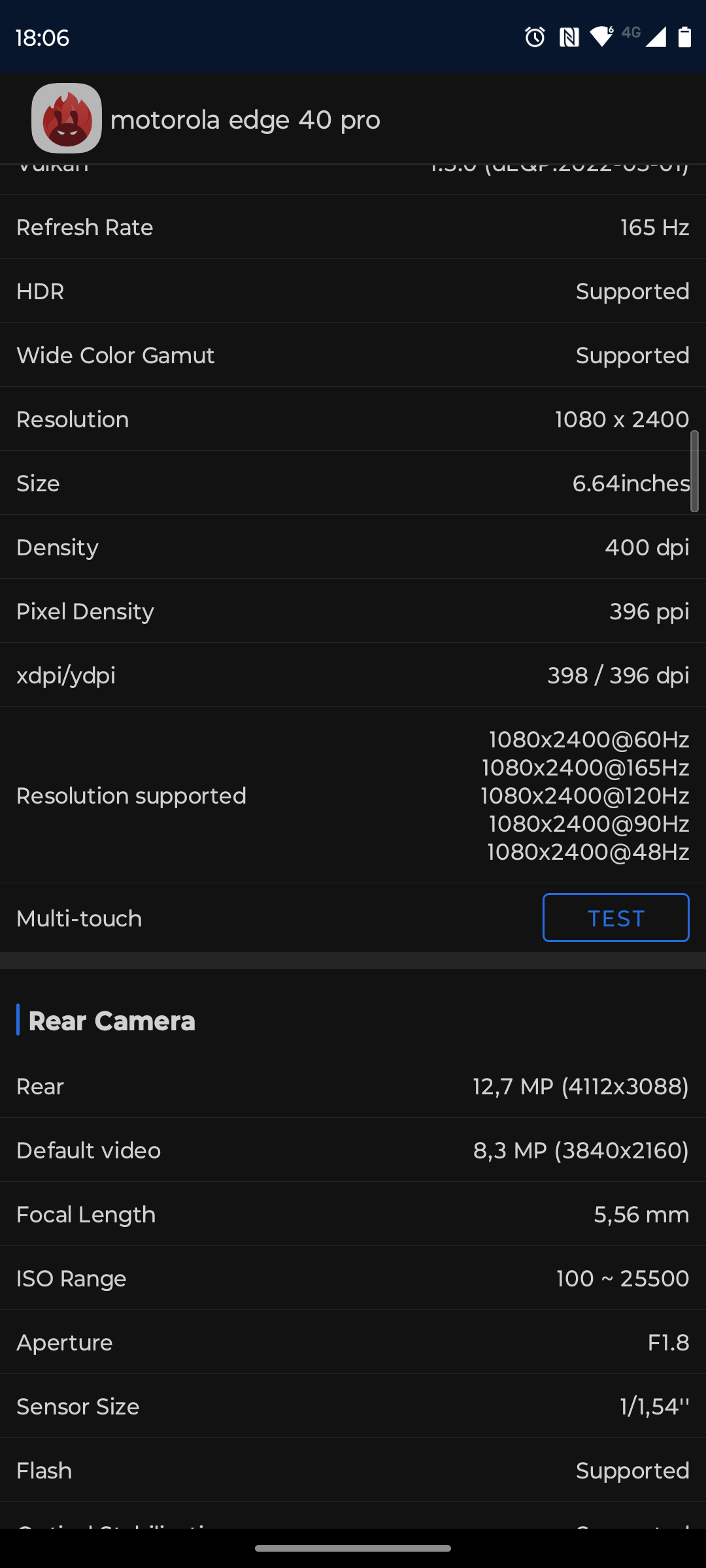
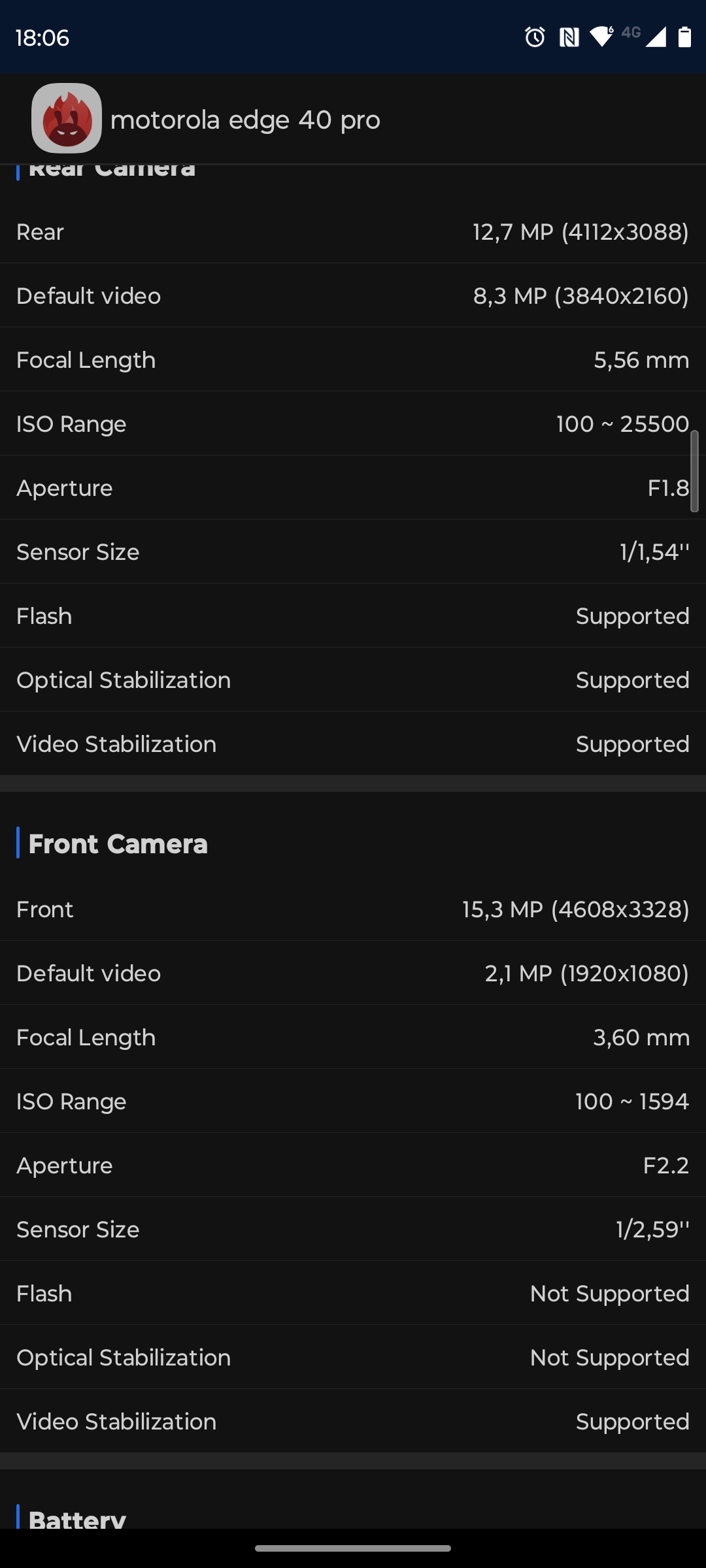



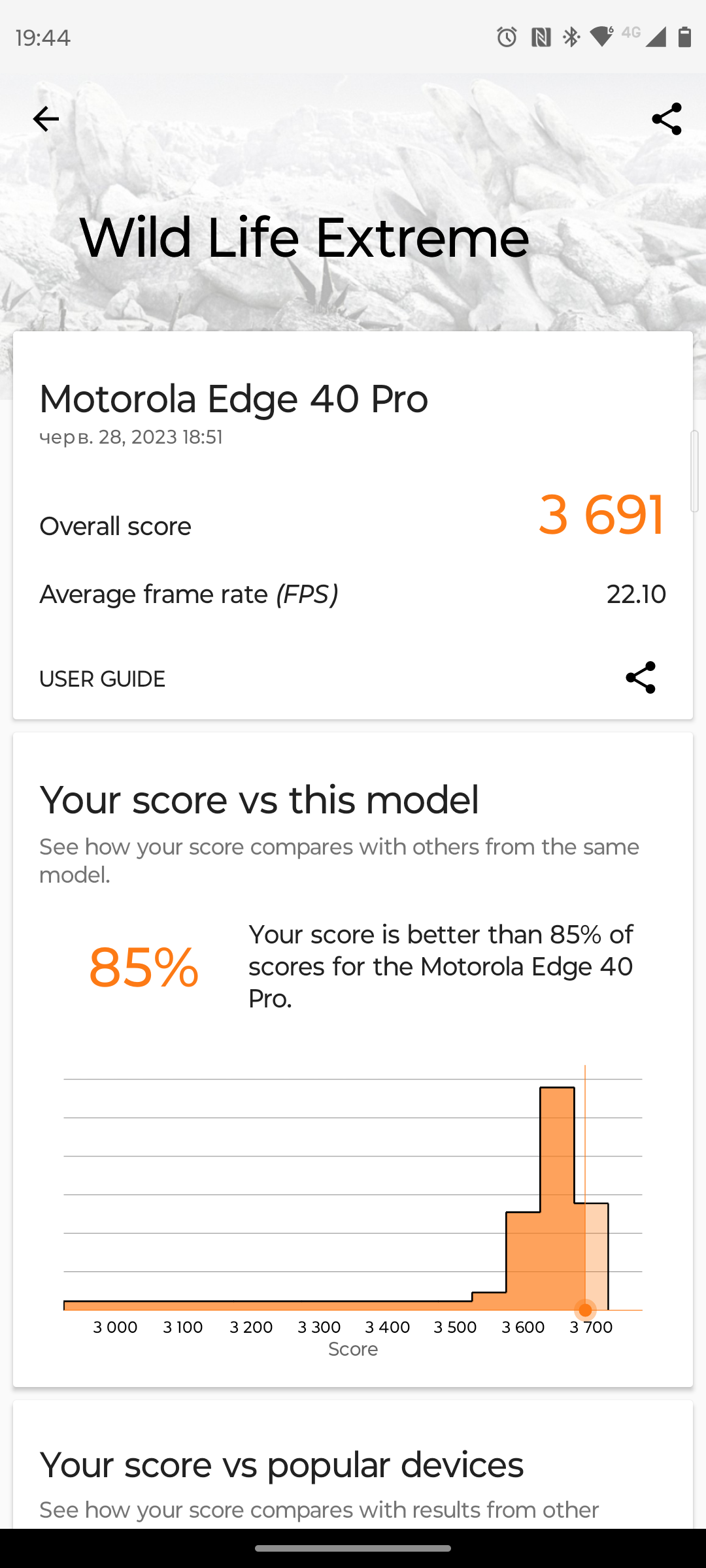
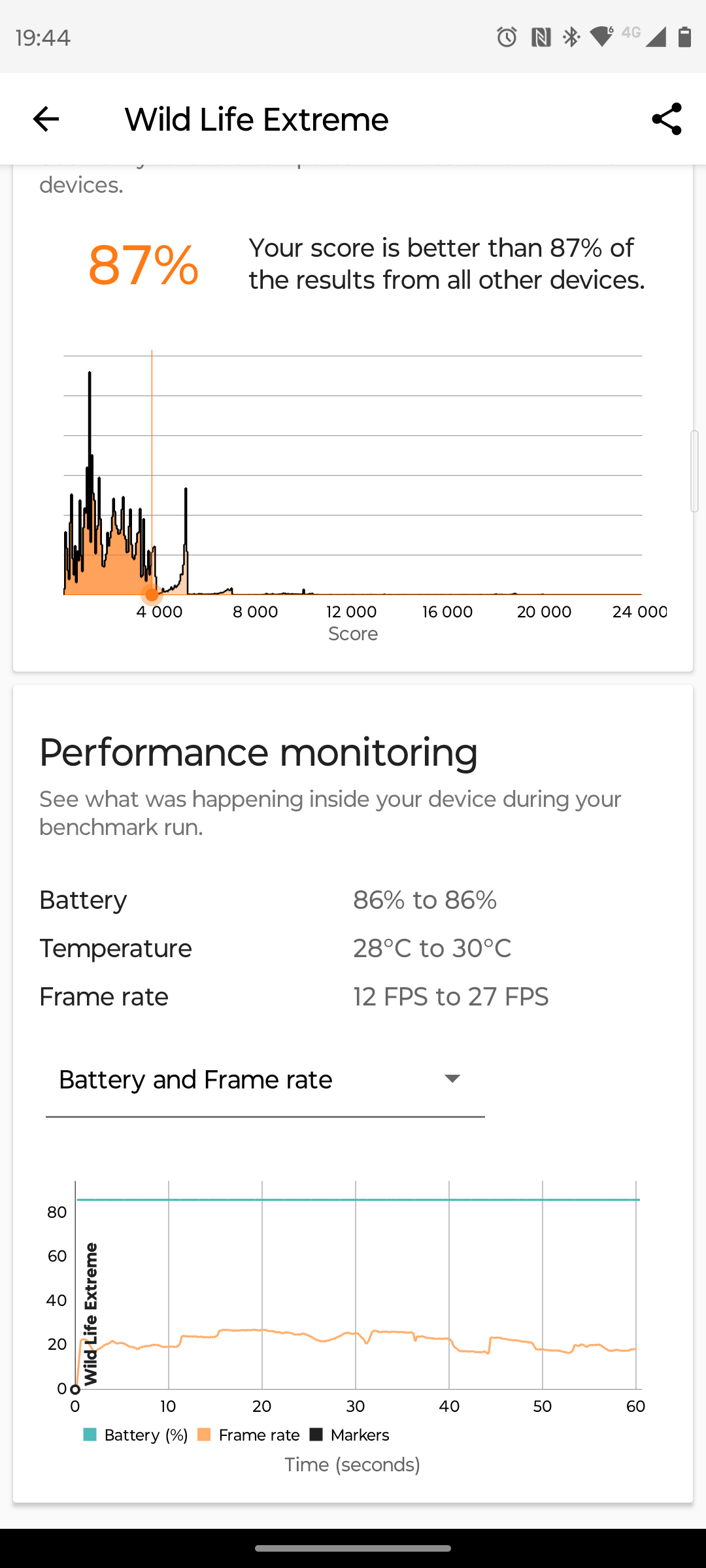
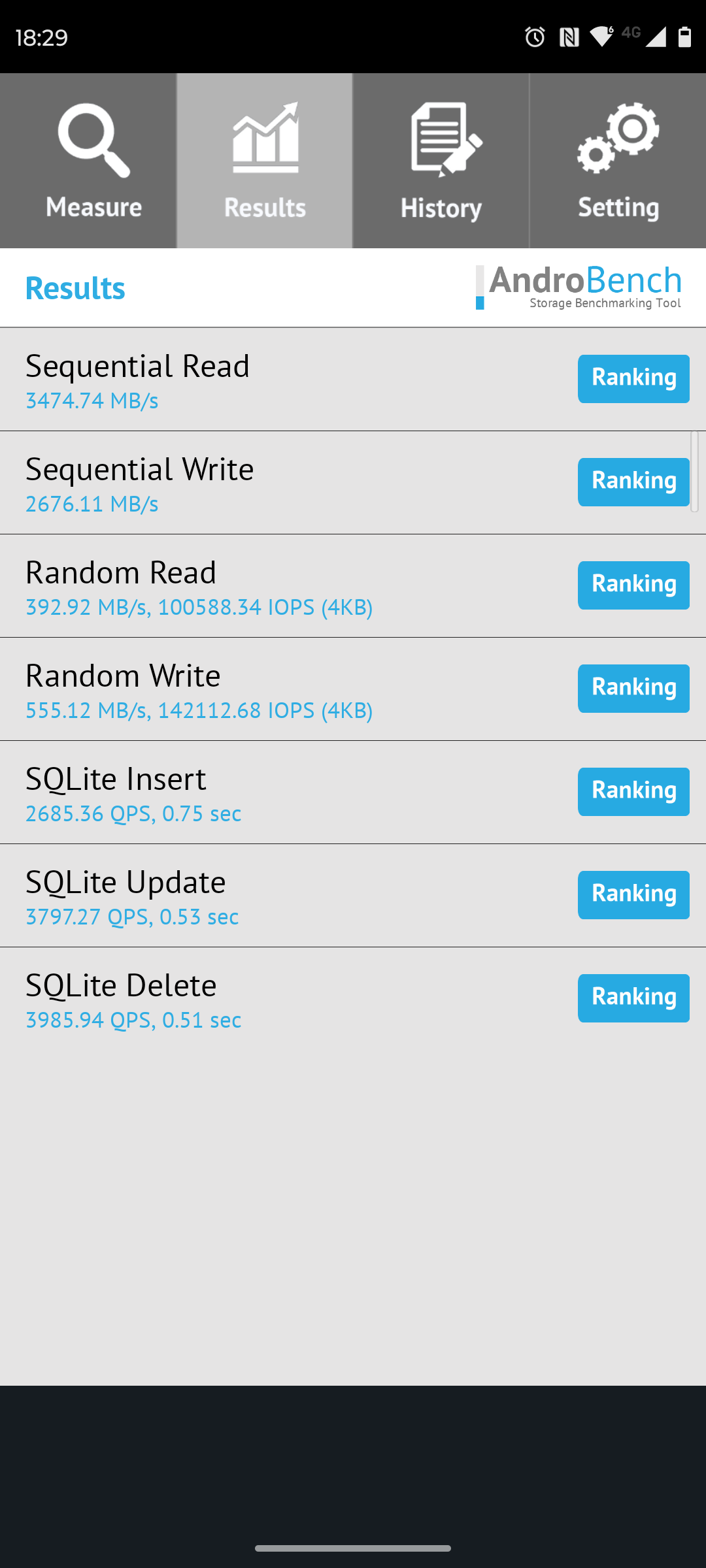
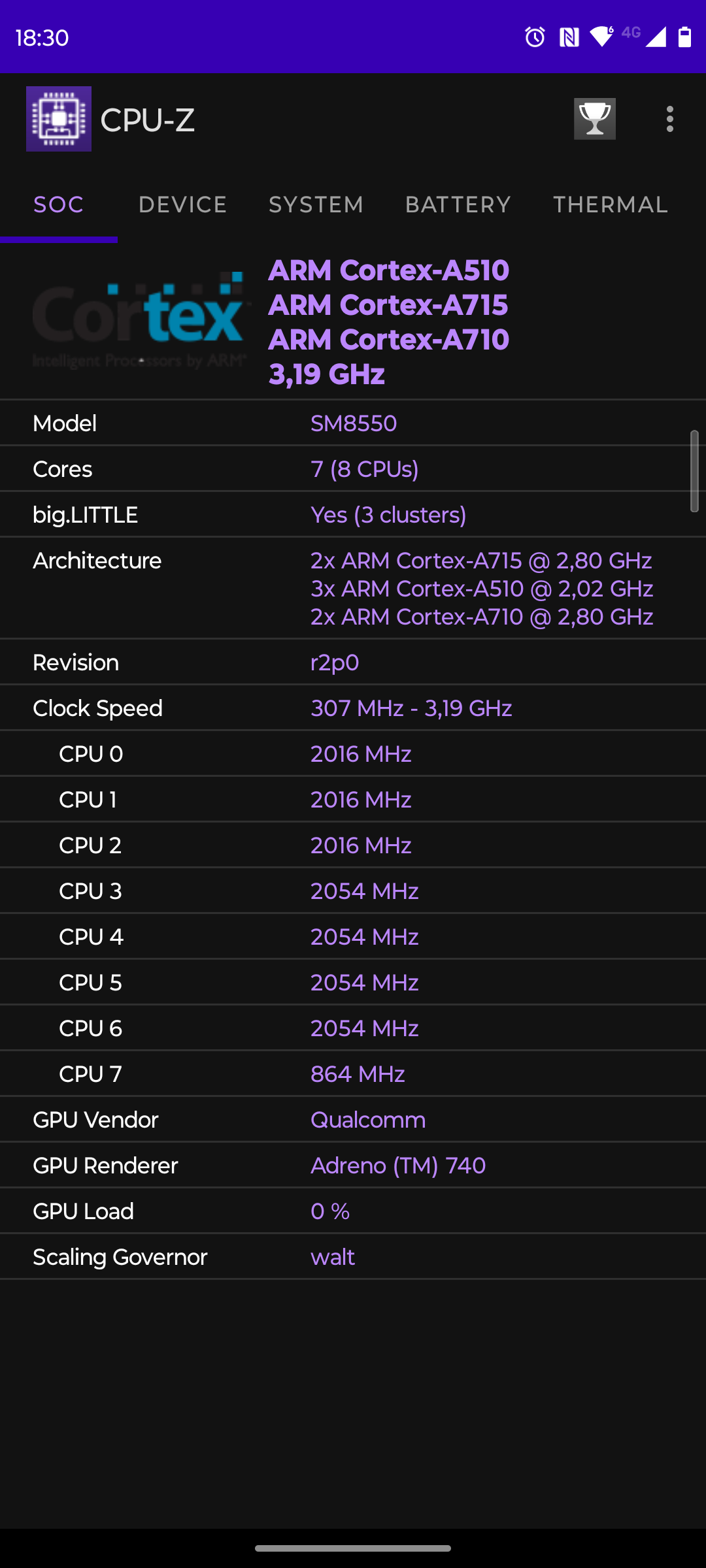



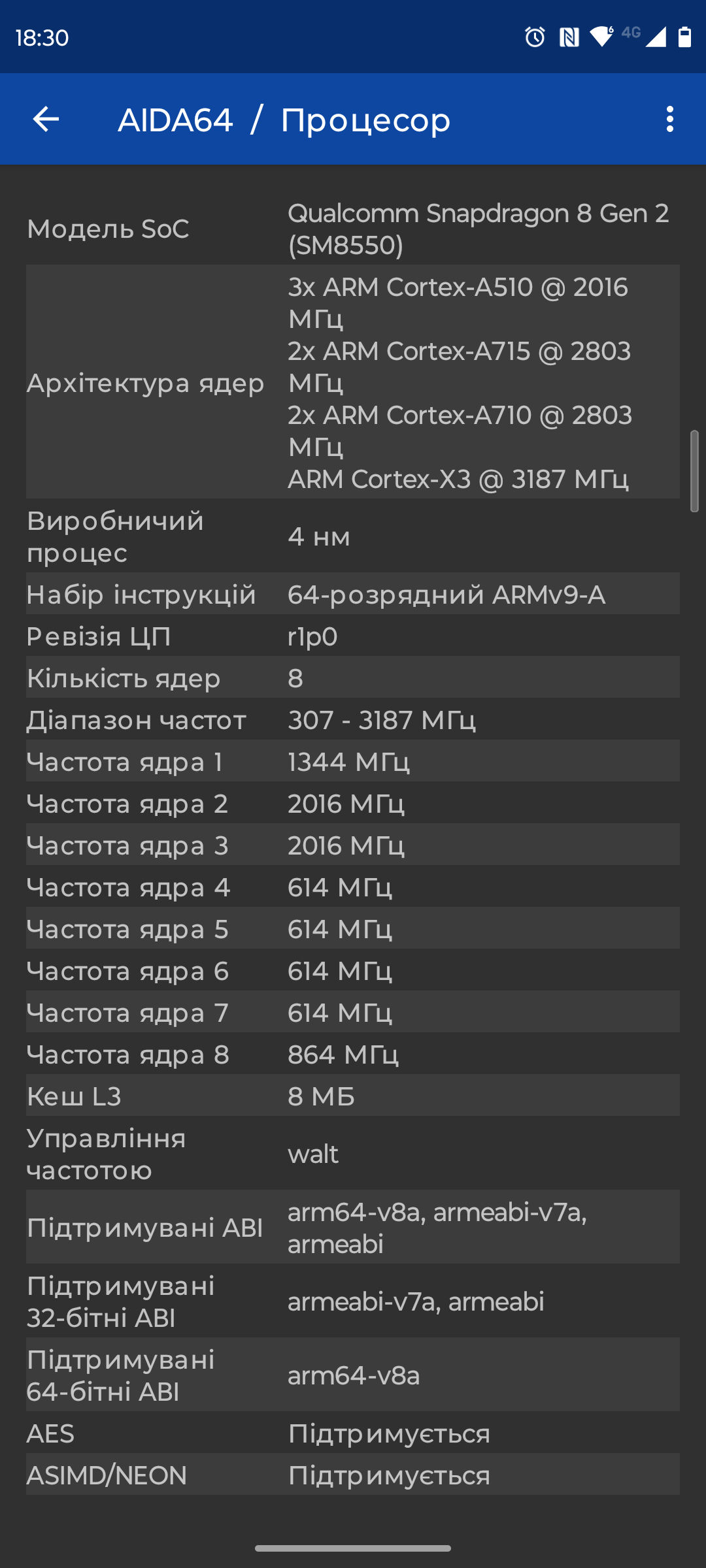


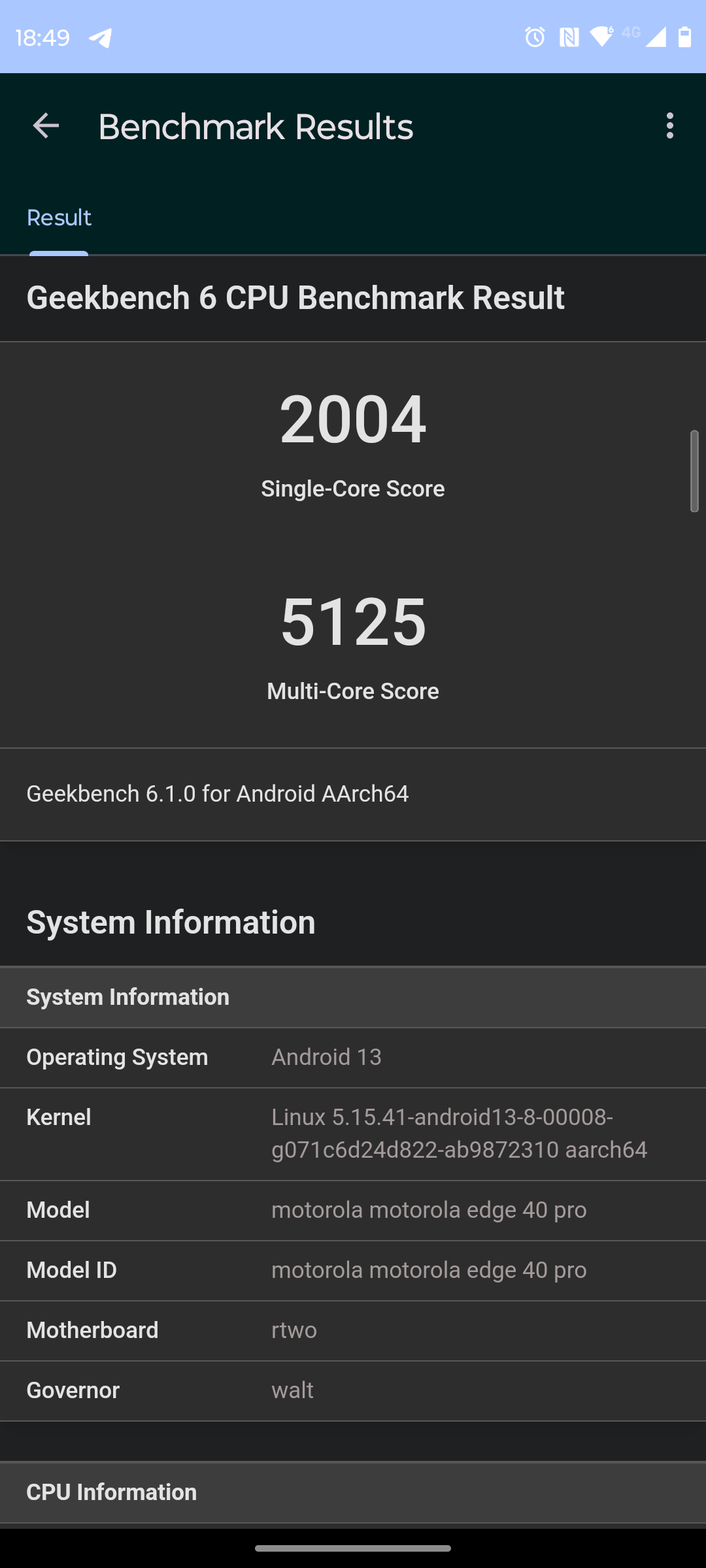
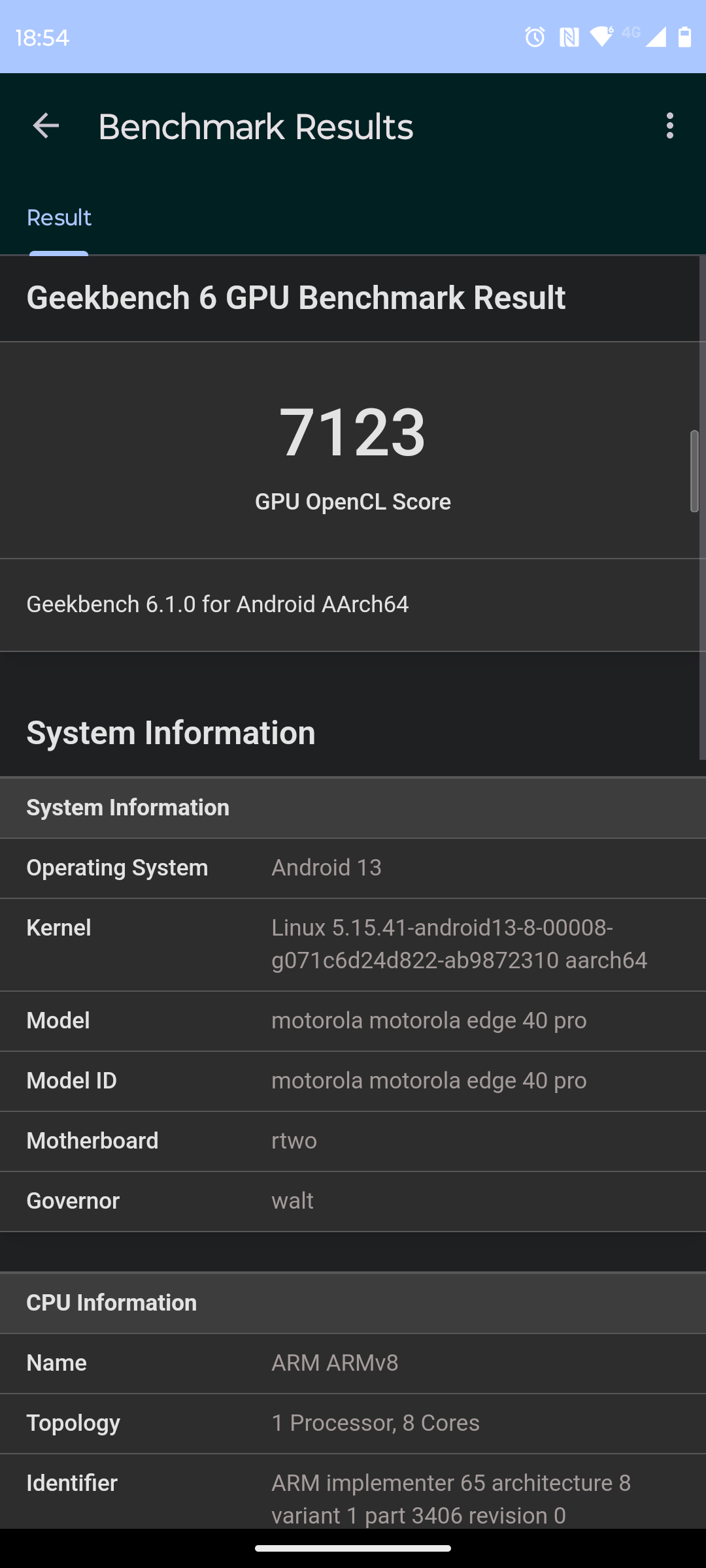
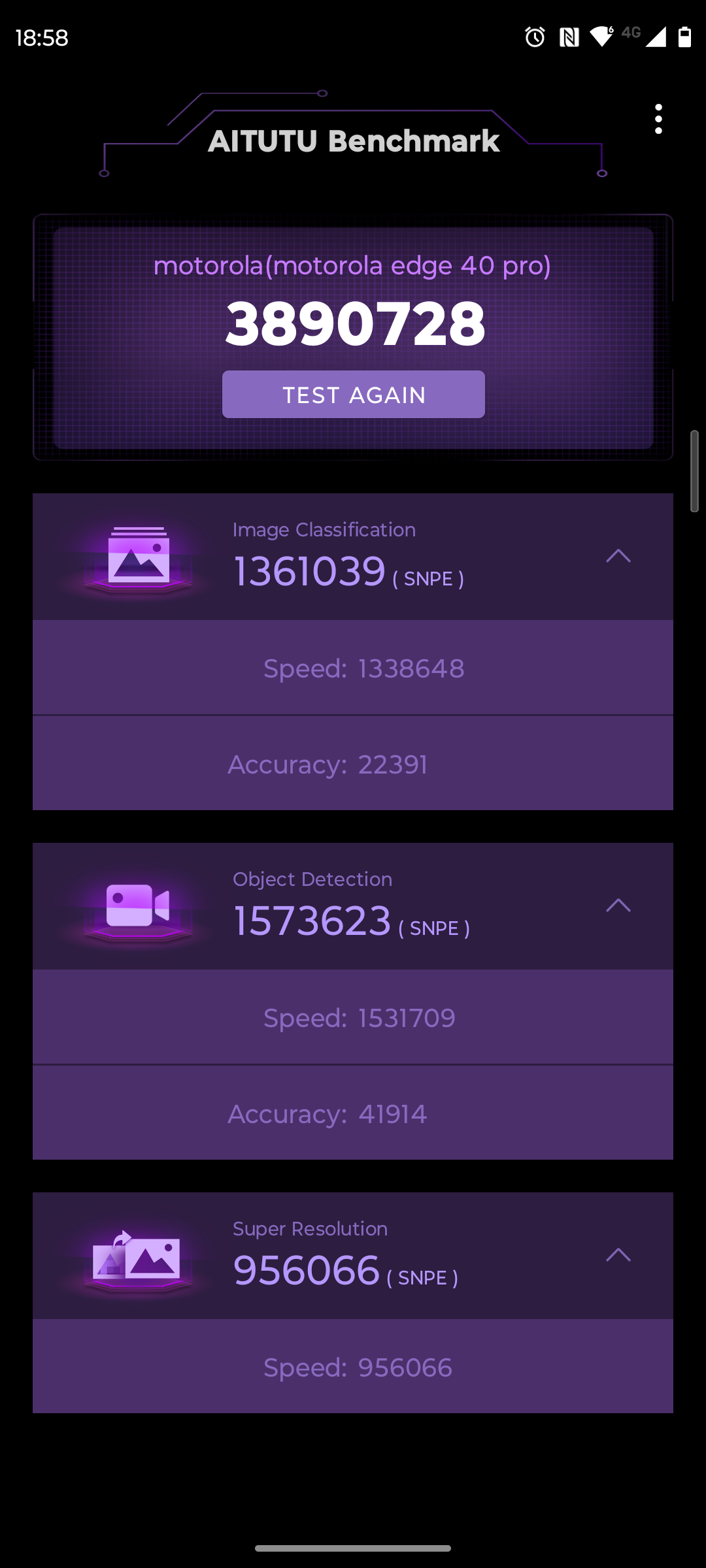


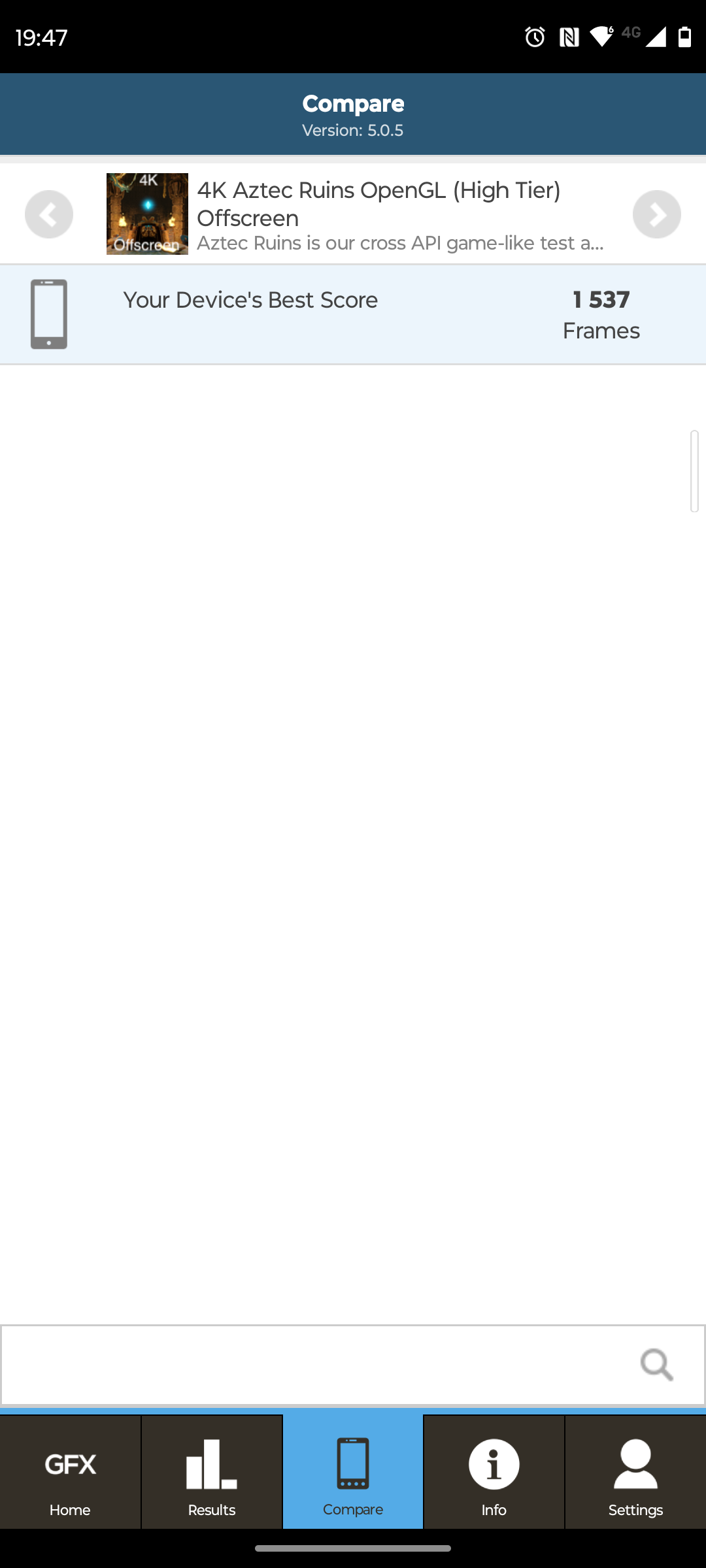

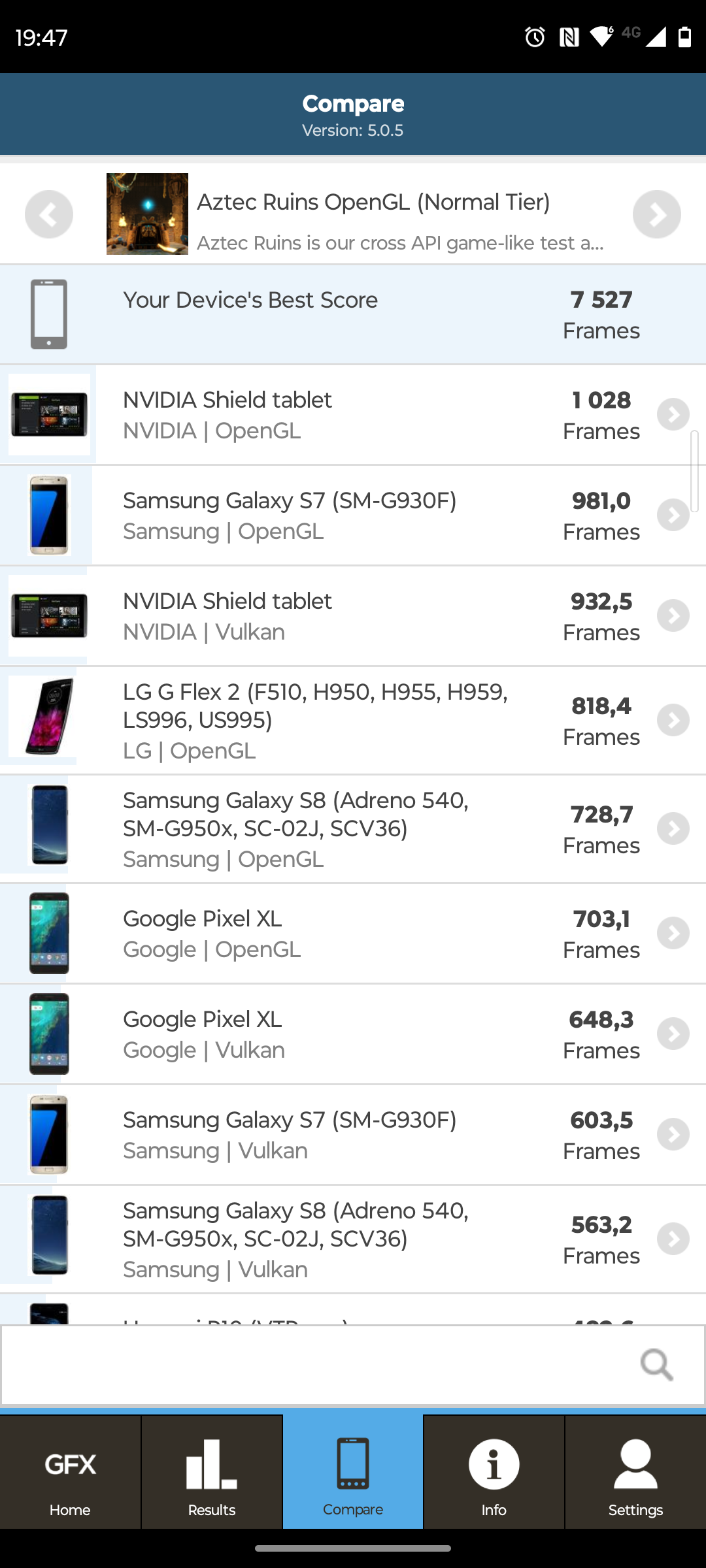
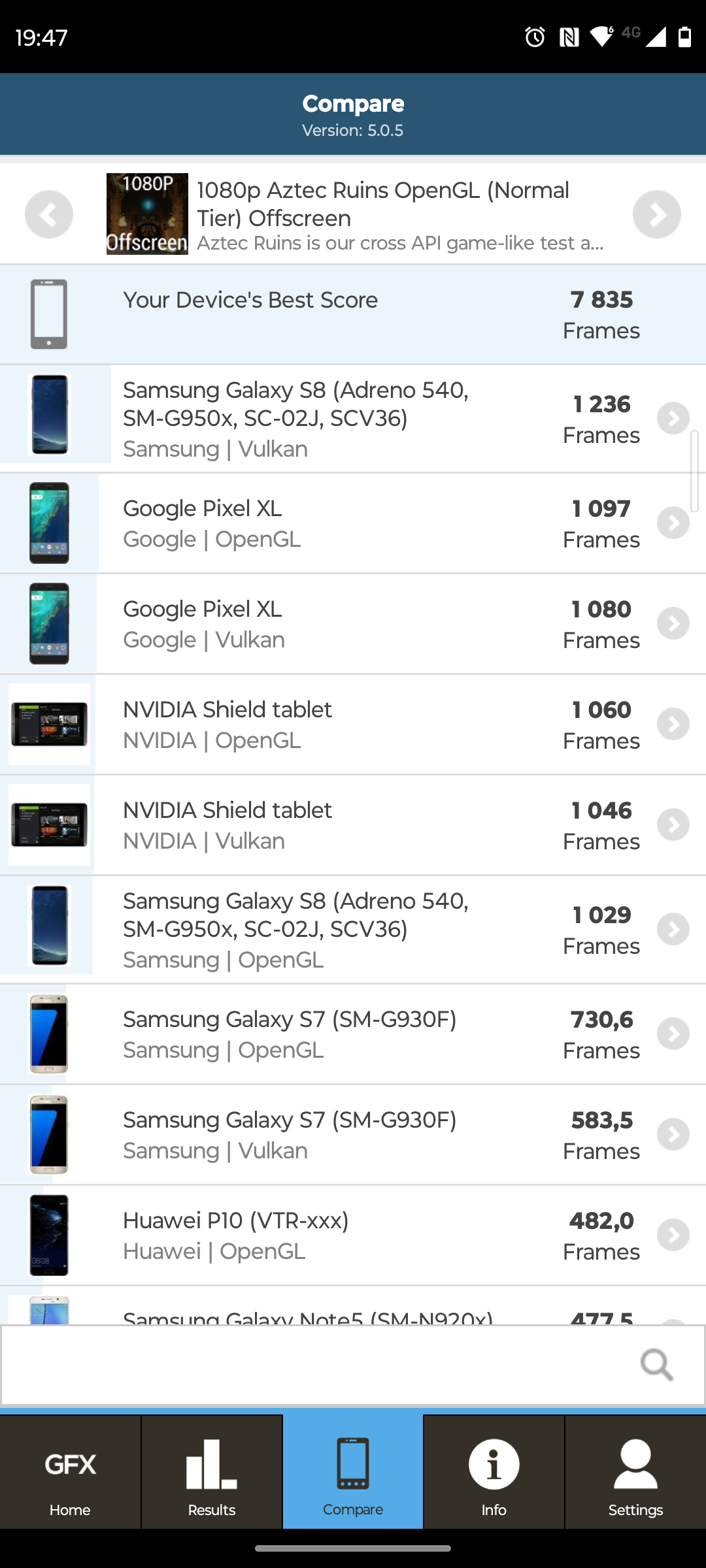
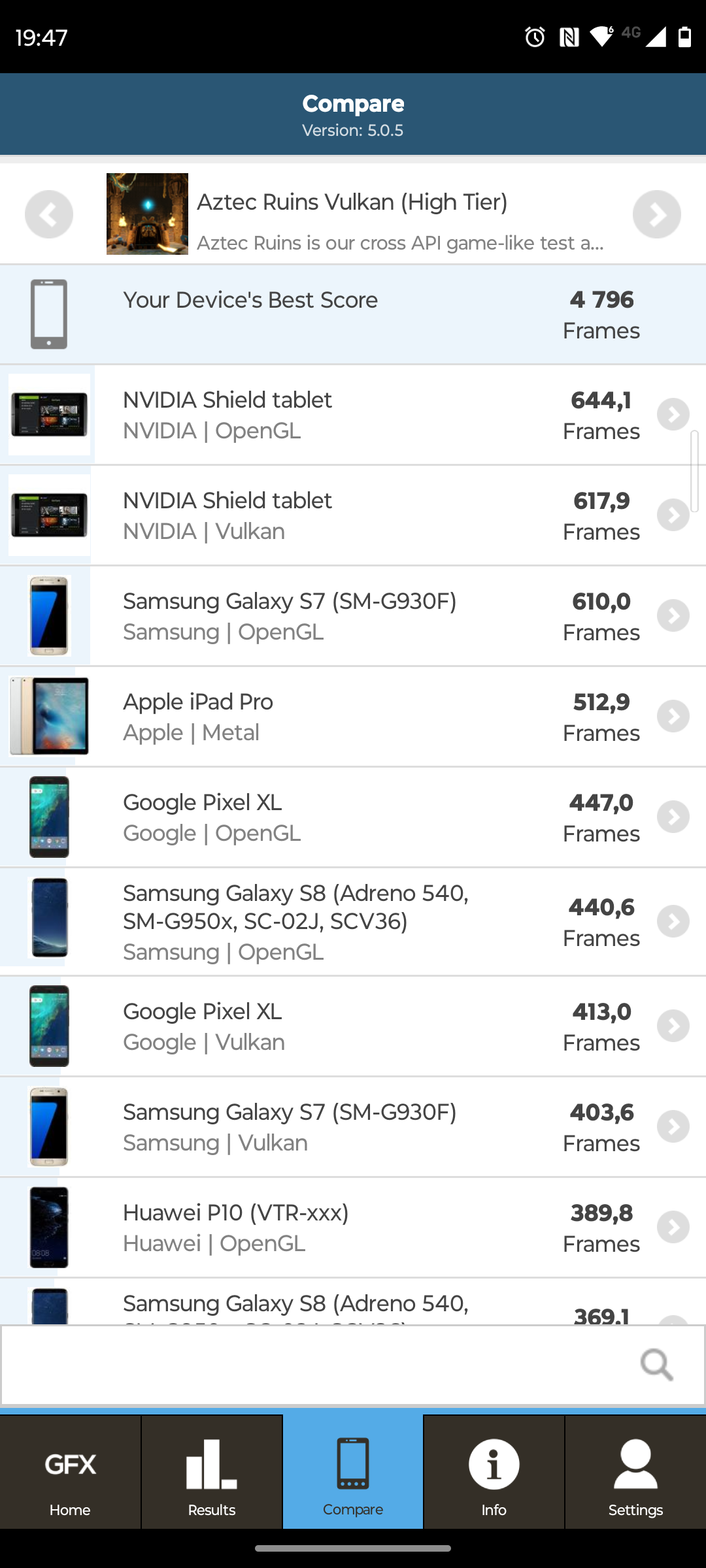
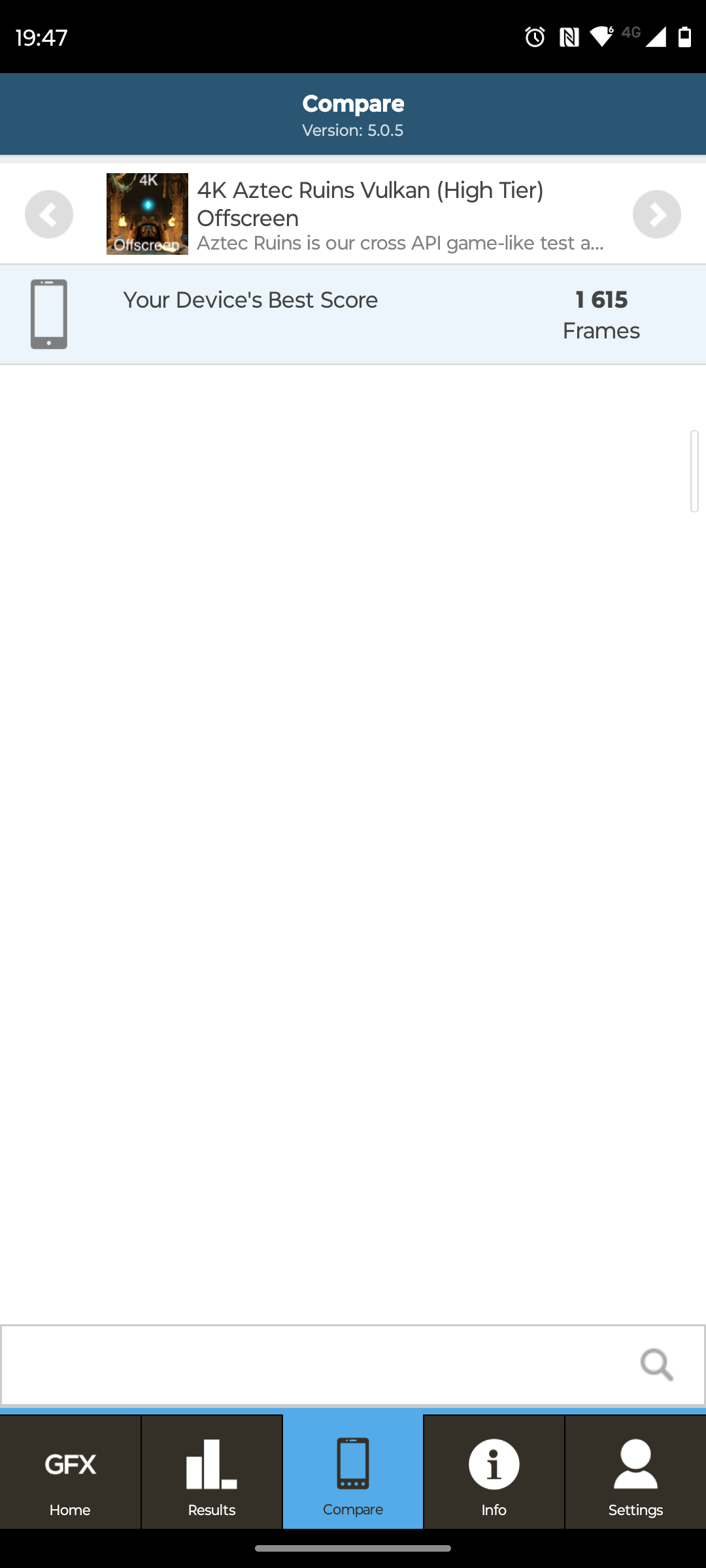

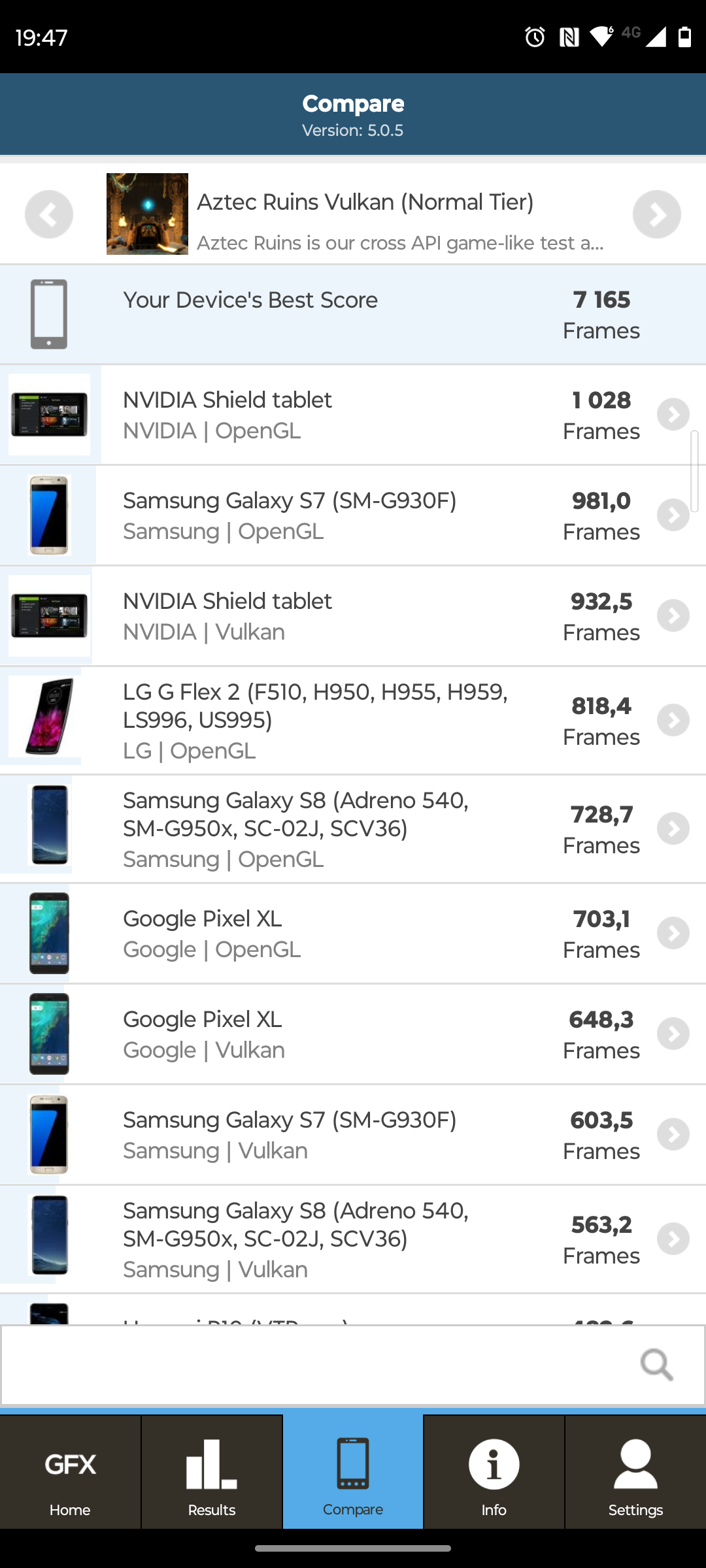
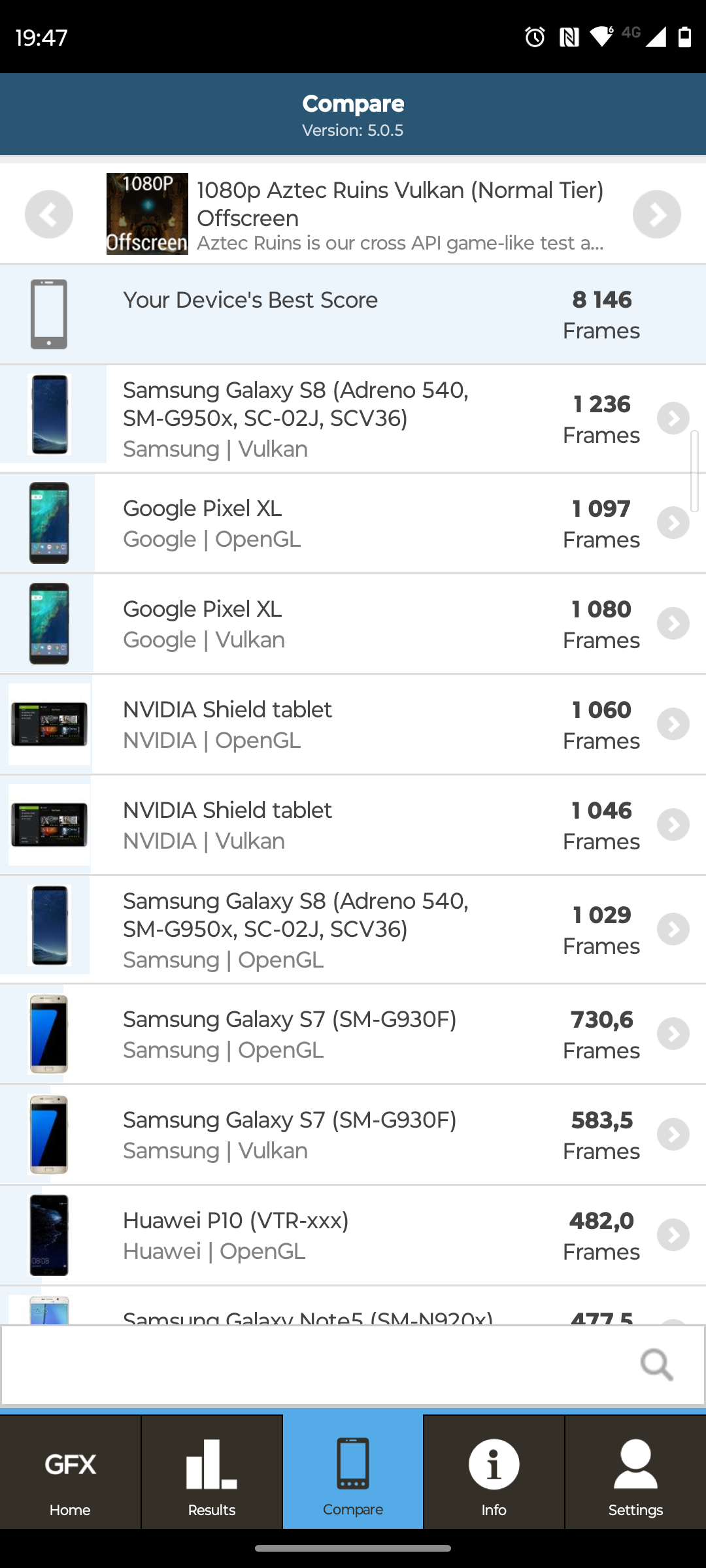
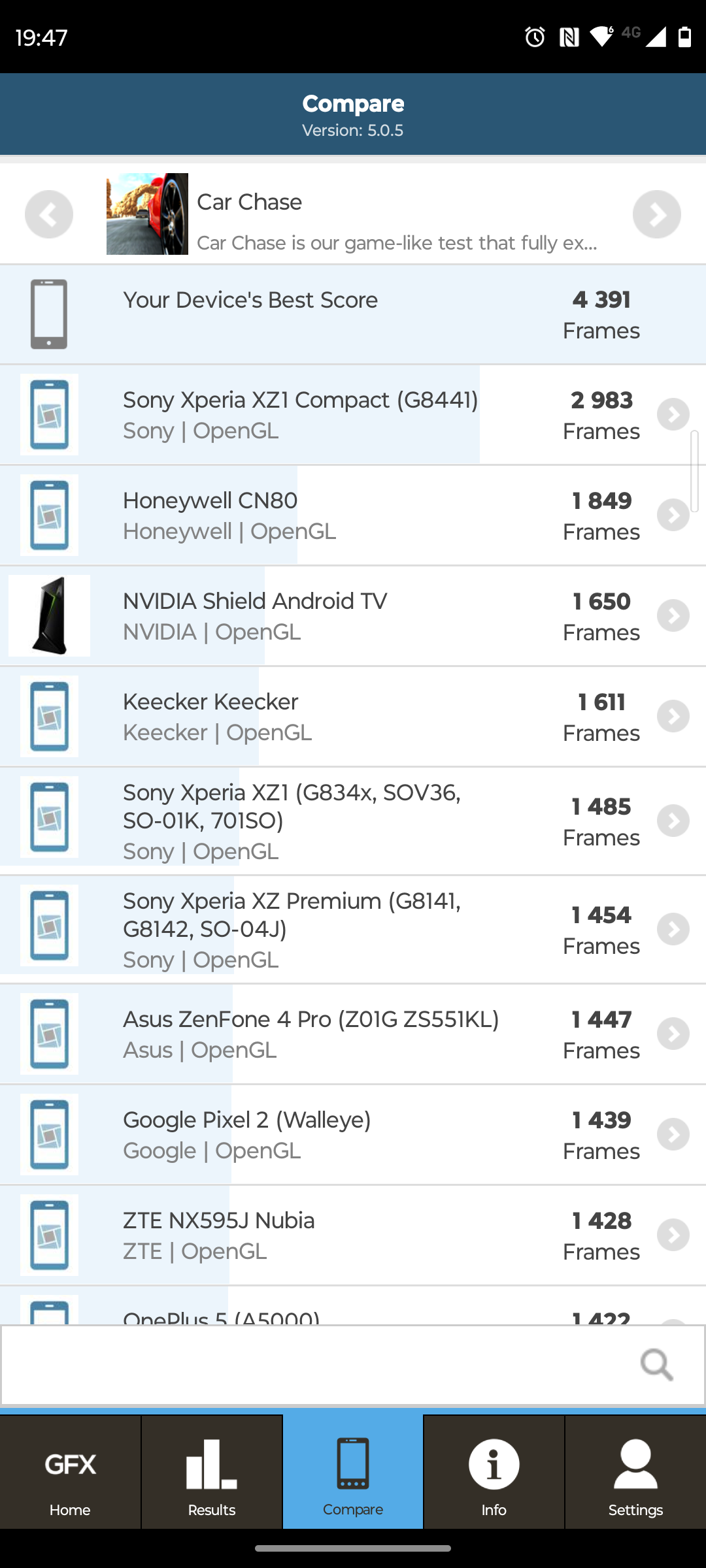



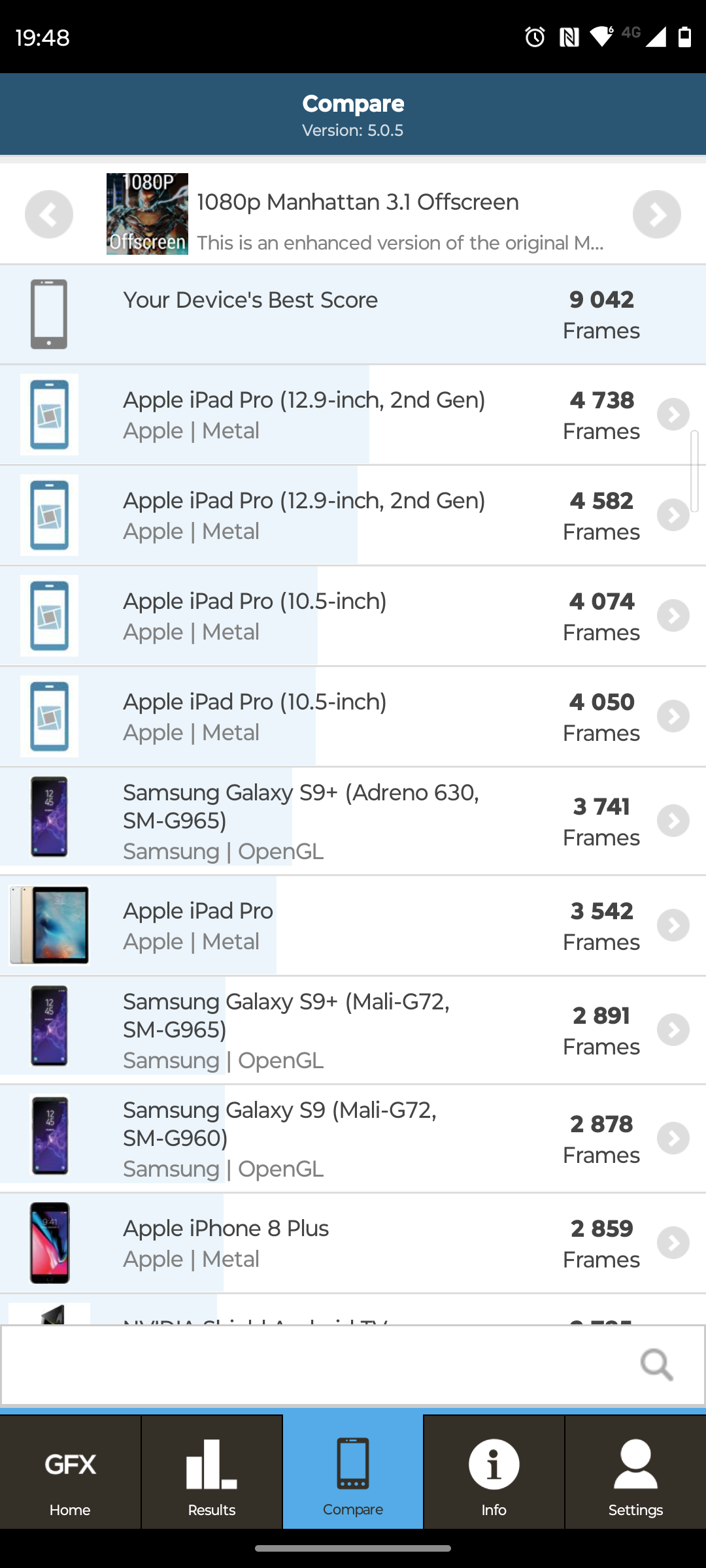
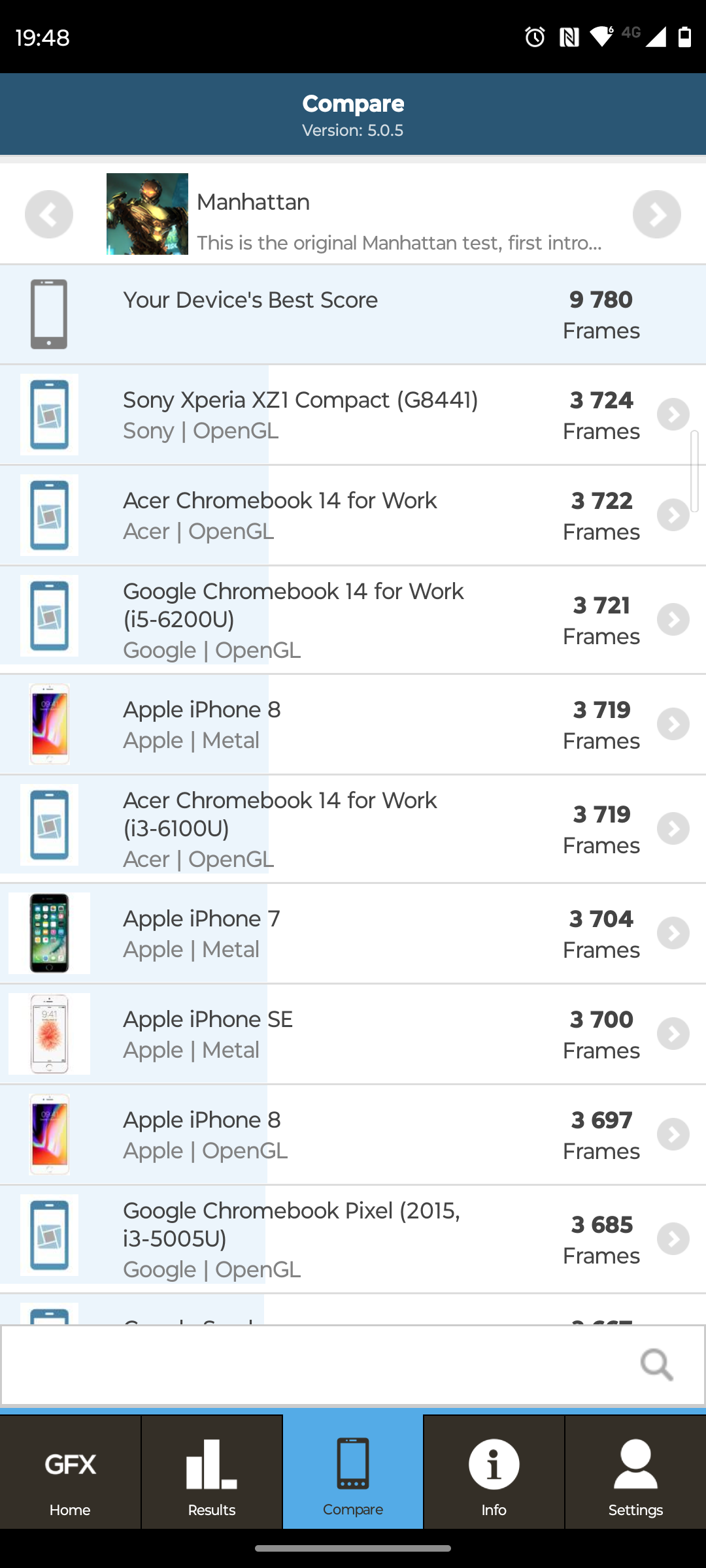

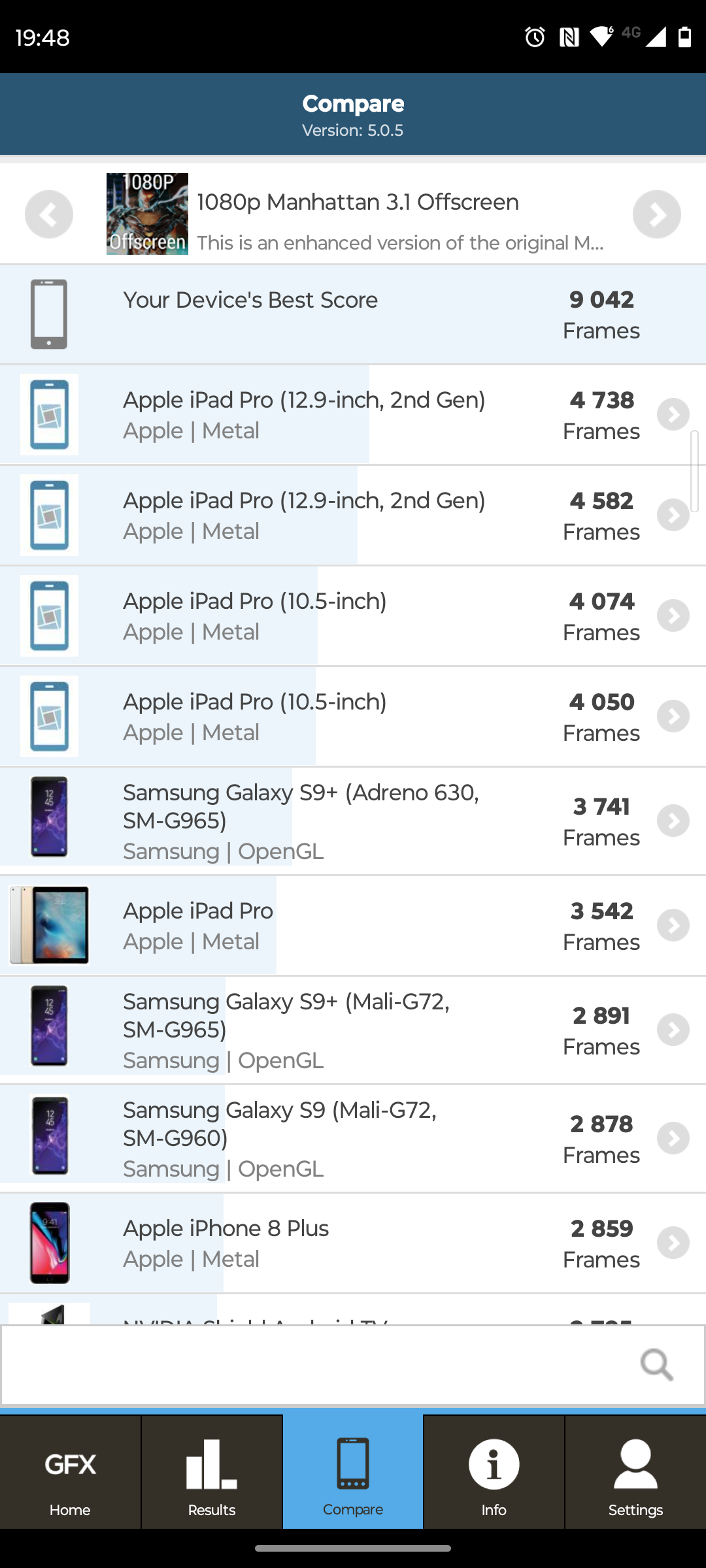
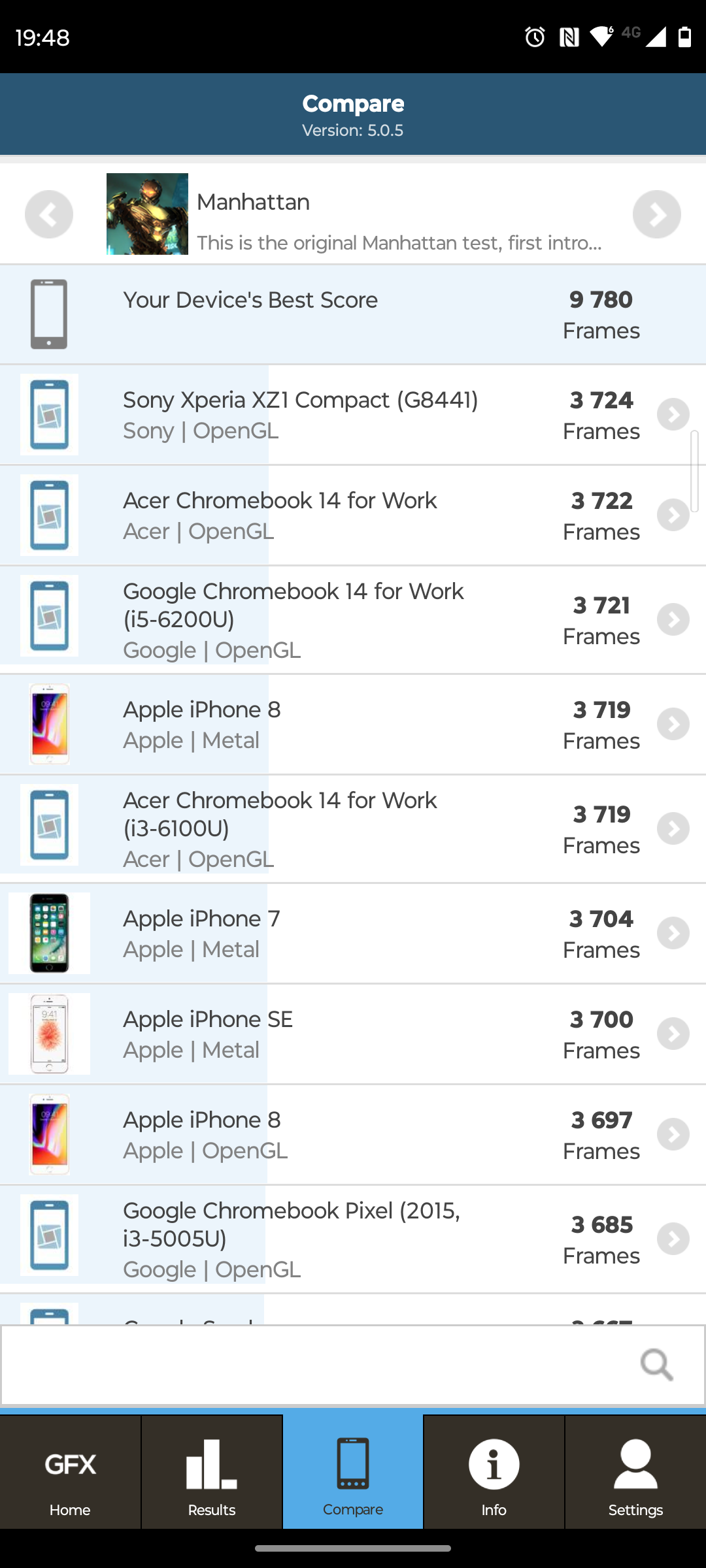


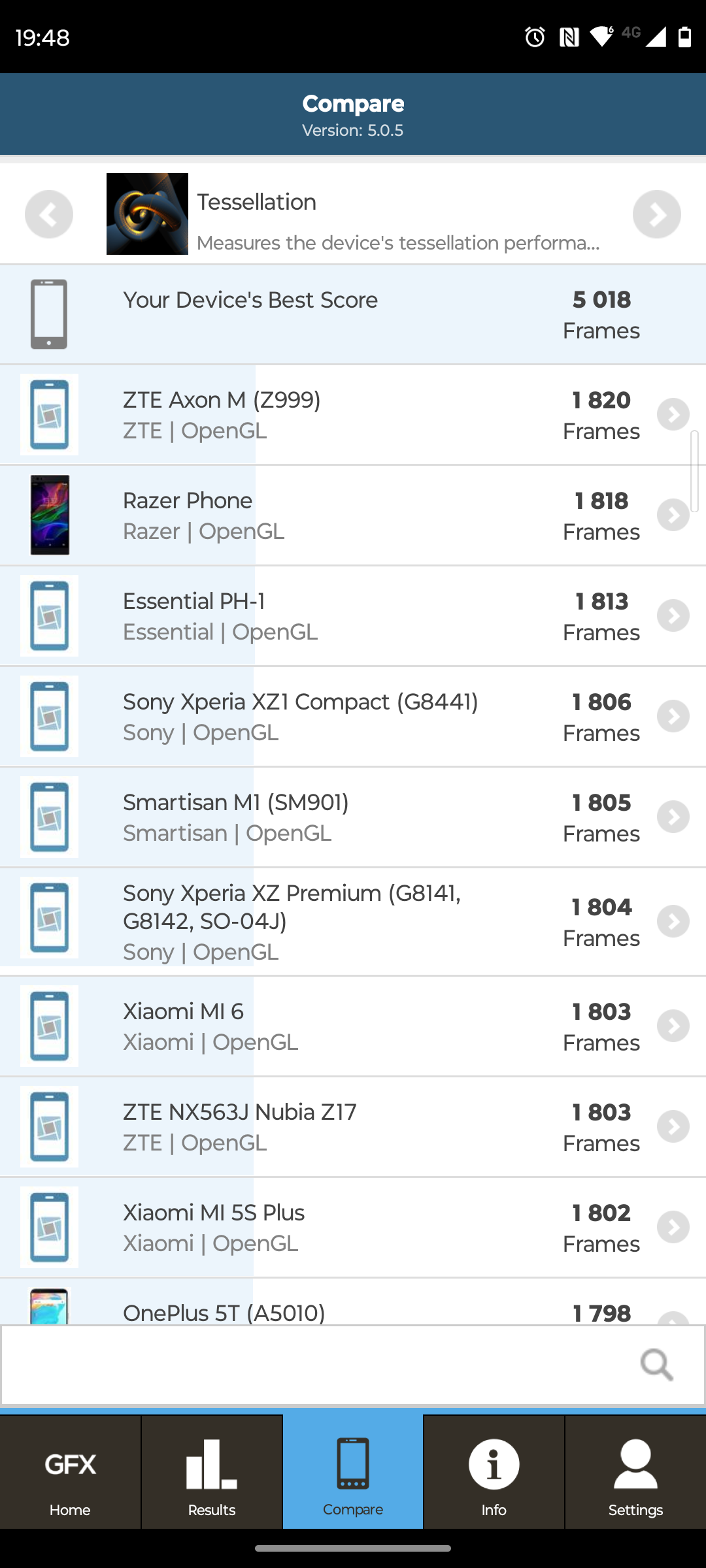
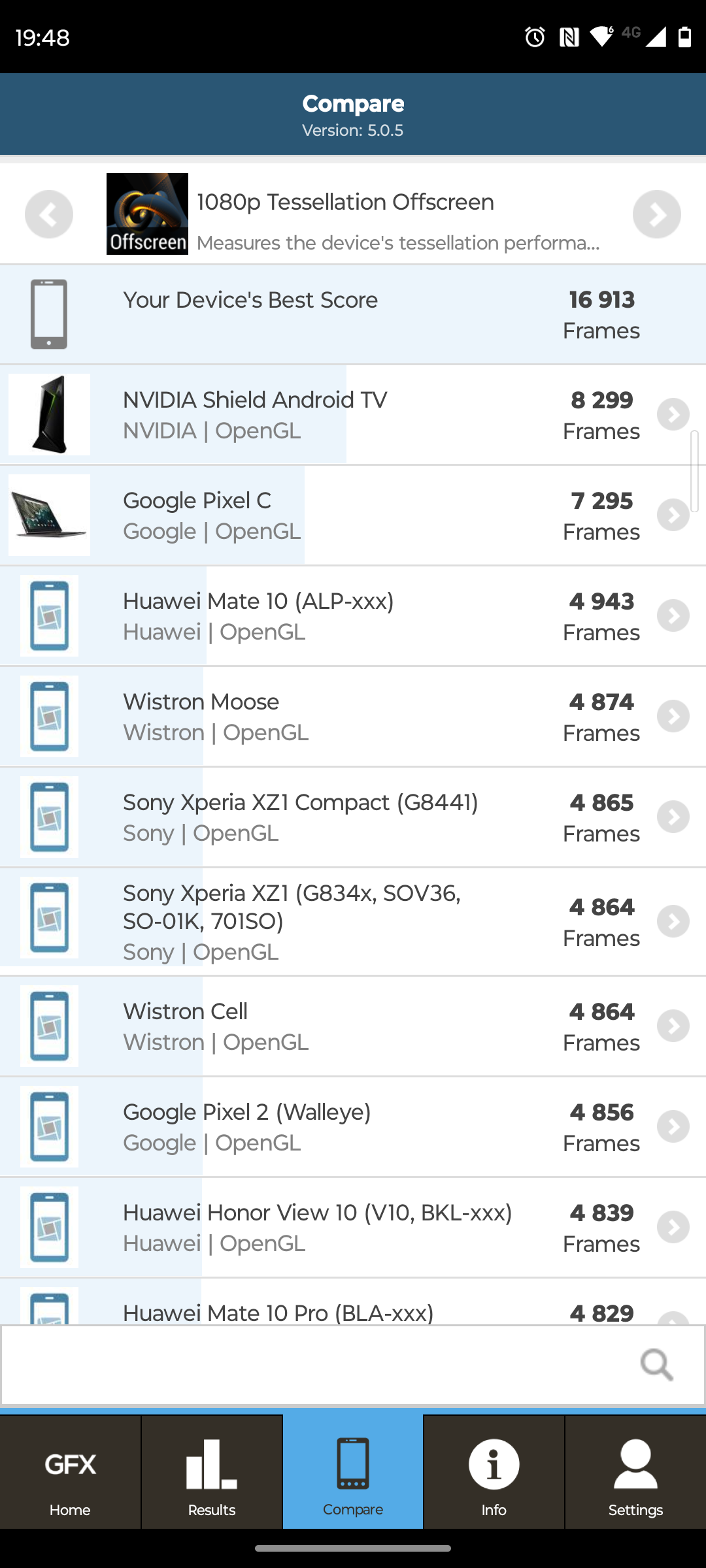


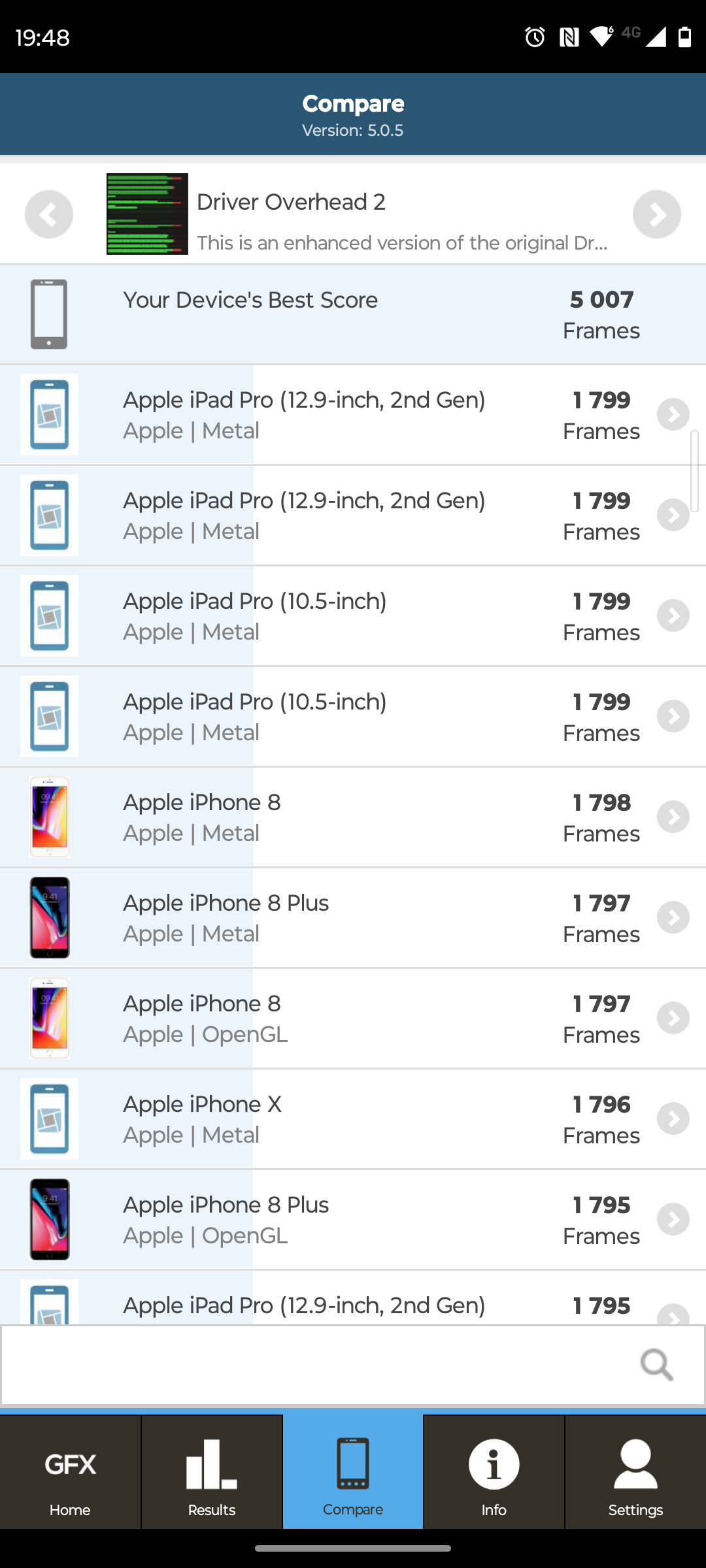


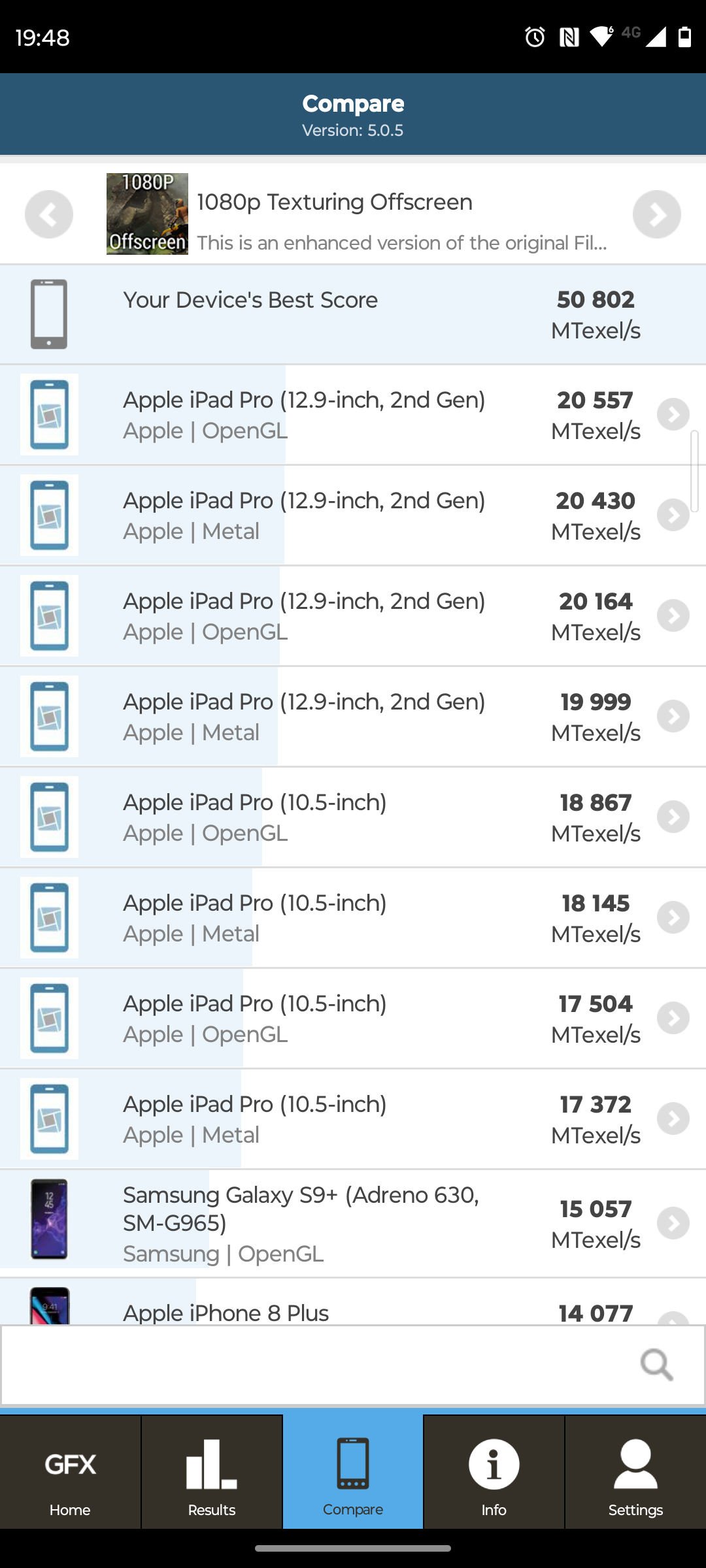
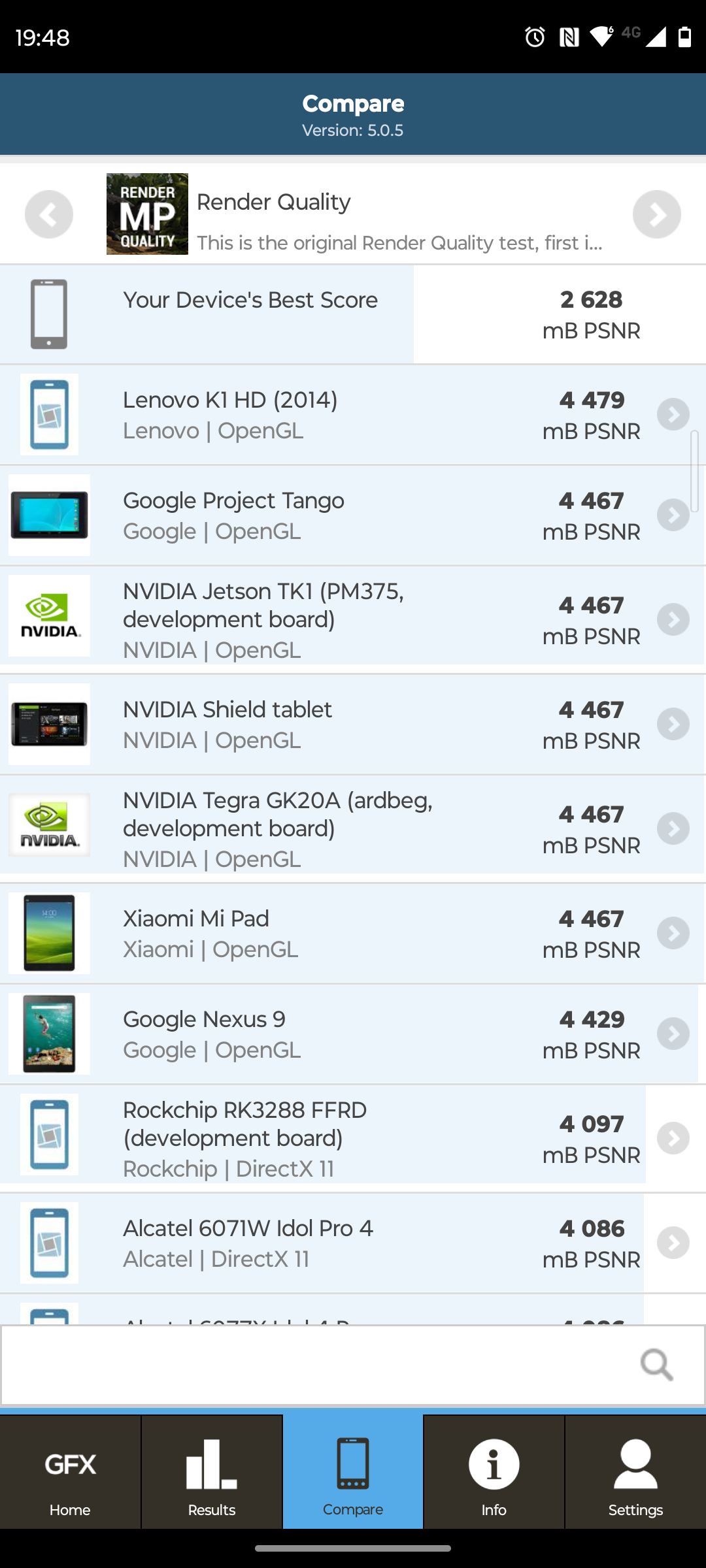
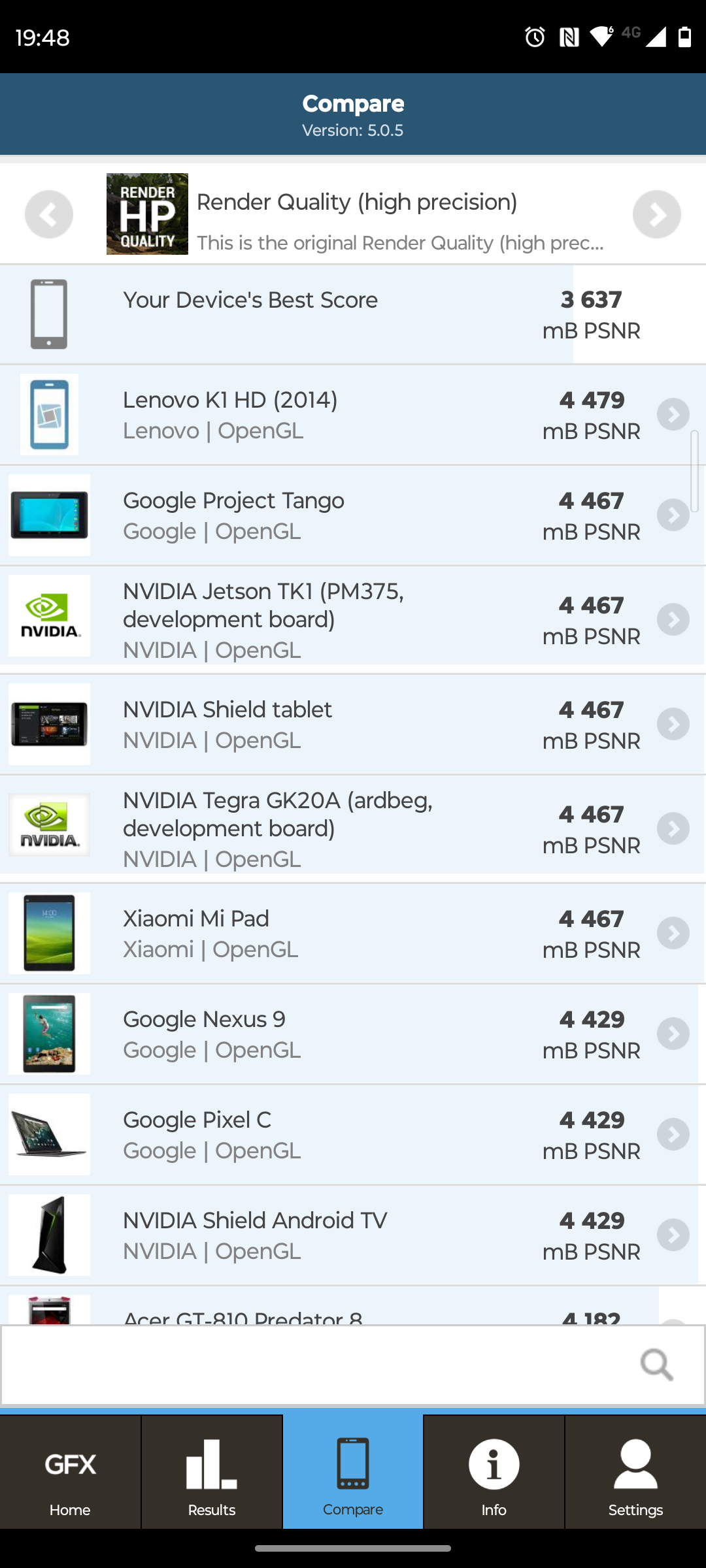
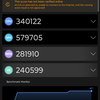
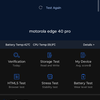
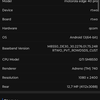

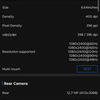
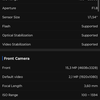
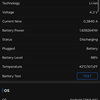
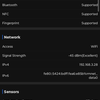
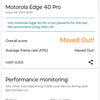
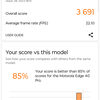

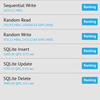
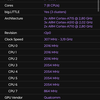

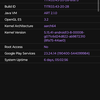
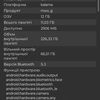
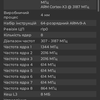
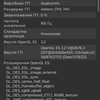
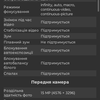

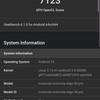




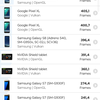




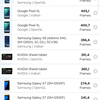
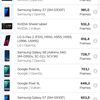
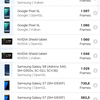
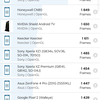

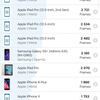
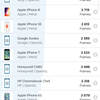


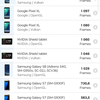
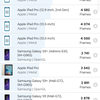

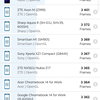
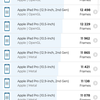
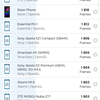
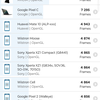

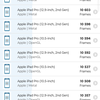
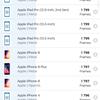
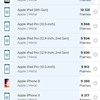
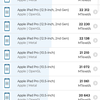
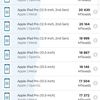


But the stability is not very good. At maximum load in the CPU Throttling Test, performance drops to 77% in 15 minutes. At the same time, the case becomes noticeably warm. Although, given the significant performance margin, it is impossible to load the processor so much in real tasks. After 10 minutes of playing Diablo Immortal, the case remained only warm and there were no problems with performance.
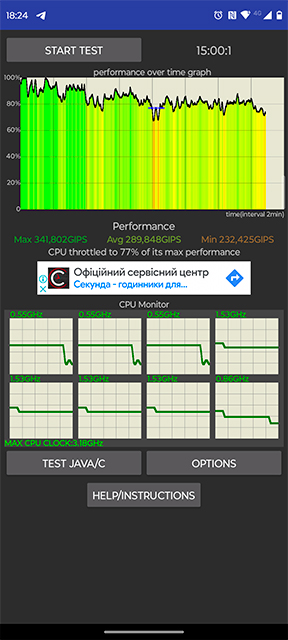
Now a little more about games. Motorola Edge 40 Pro has its own gaming application, like all current smartphones. Its functionality is generally standard: there is a list of all installed games, you can adjust performance, turn off notifications, block the brightness level, display the FPS, make video recordings of the game process, and so on. All modern games on the highest possible settings run at a stable 60 FPS (or 120 FPS where supported).

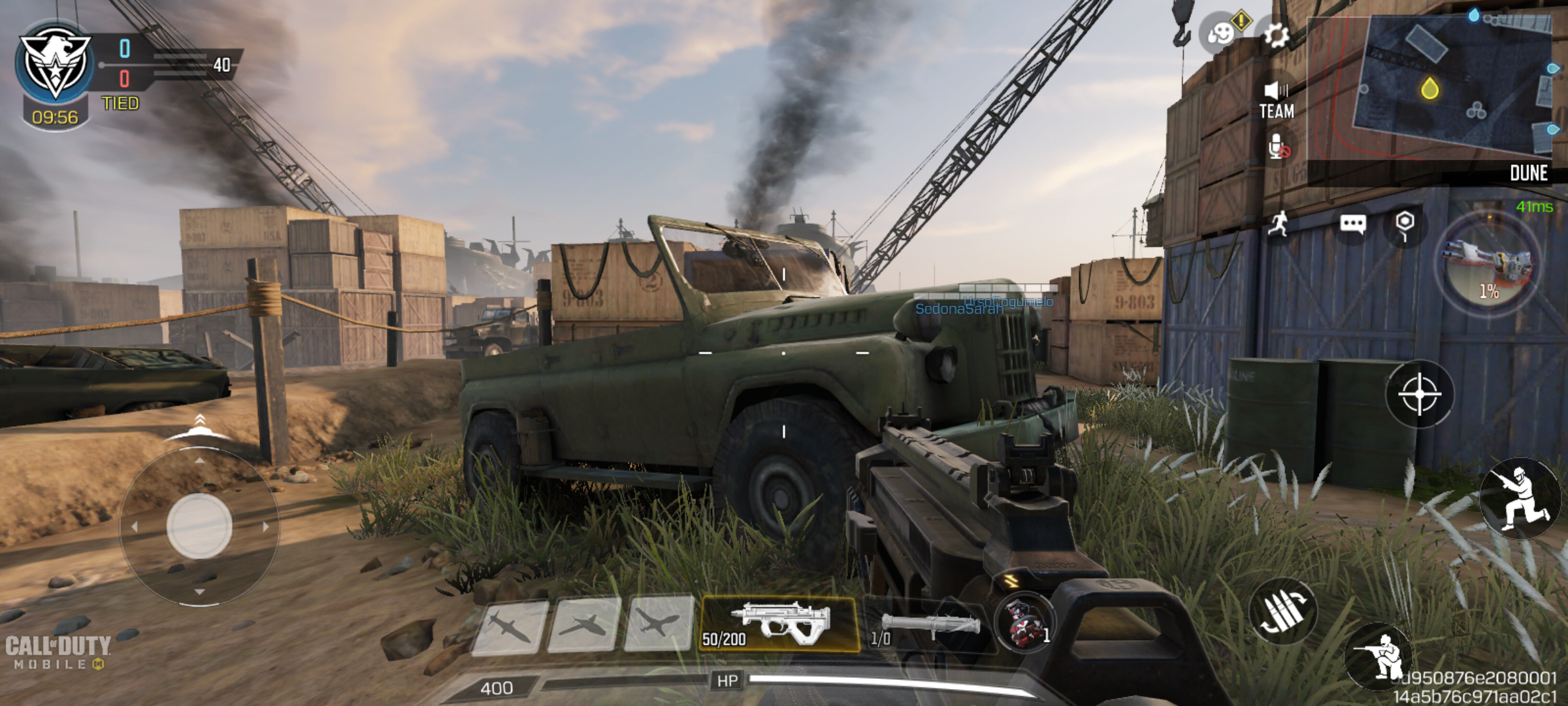
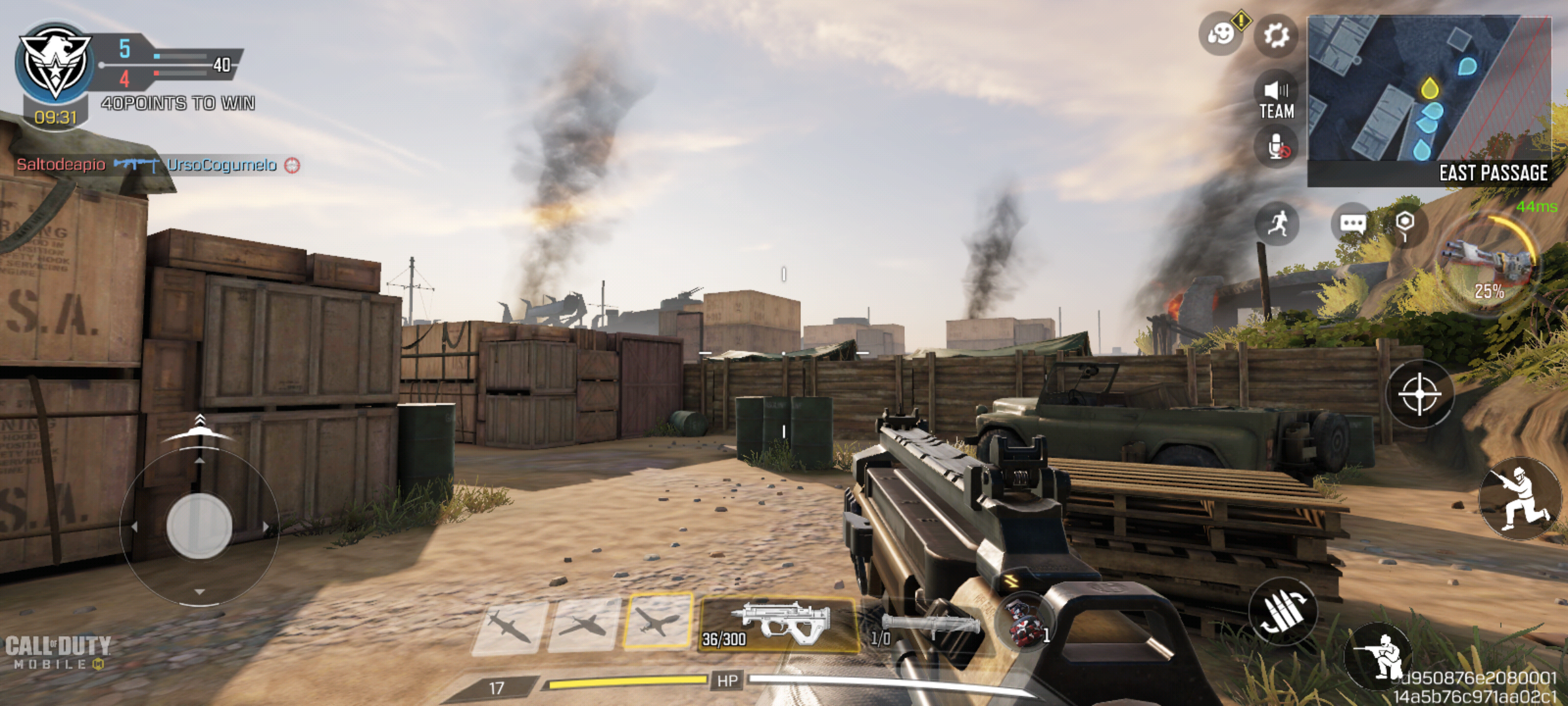
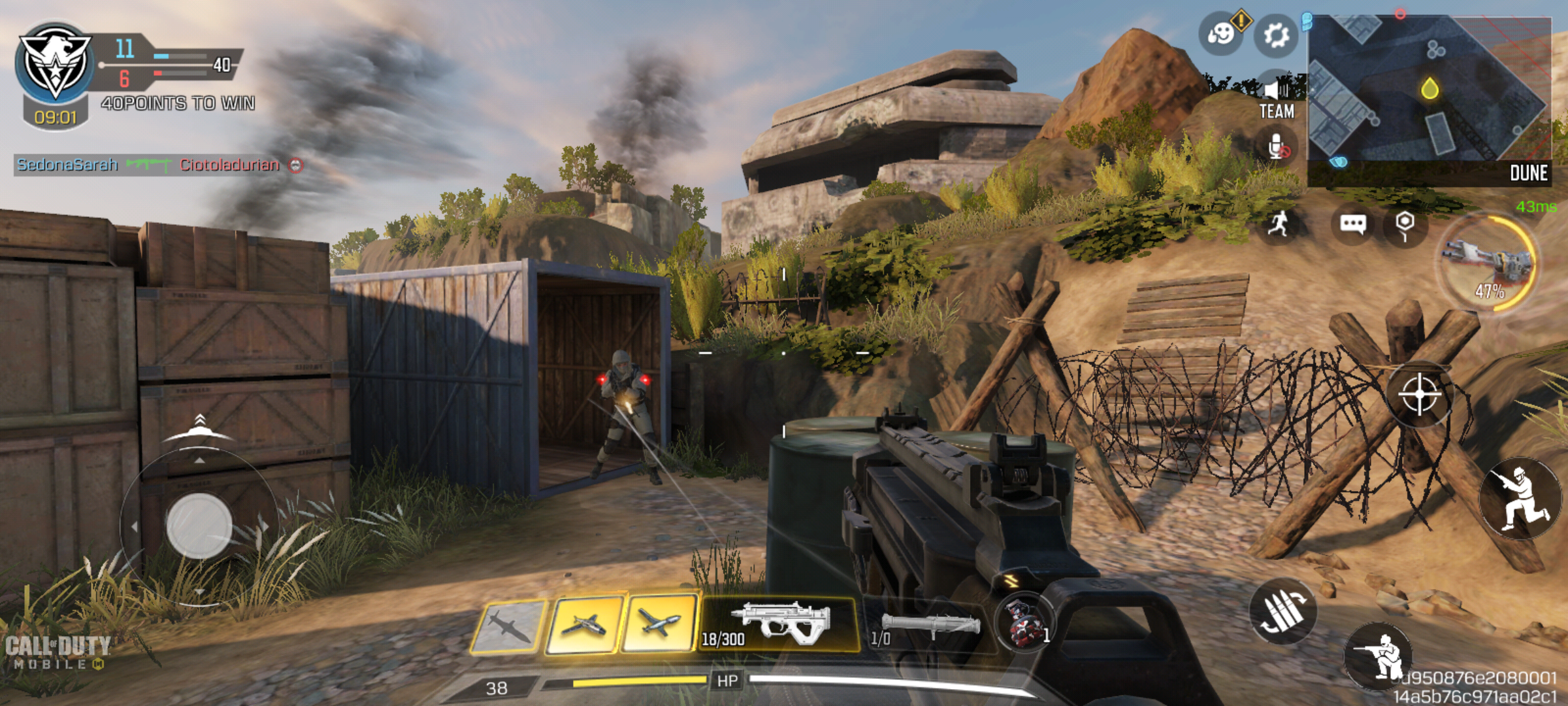

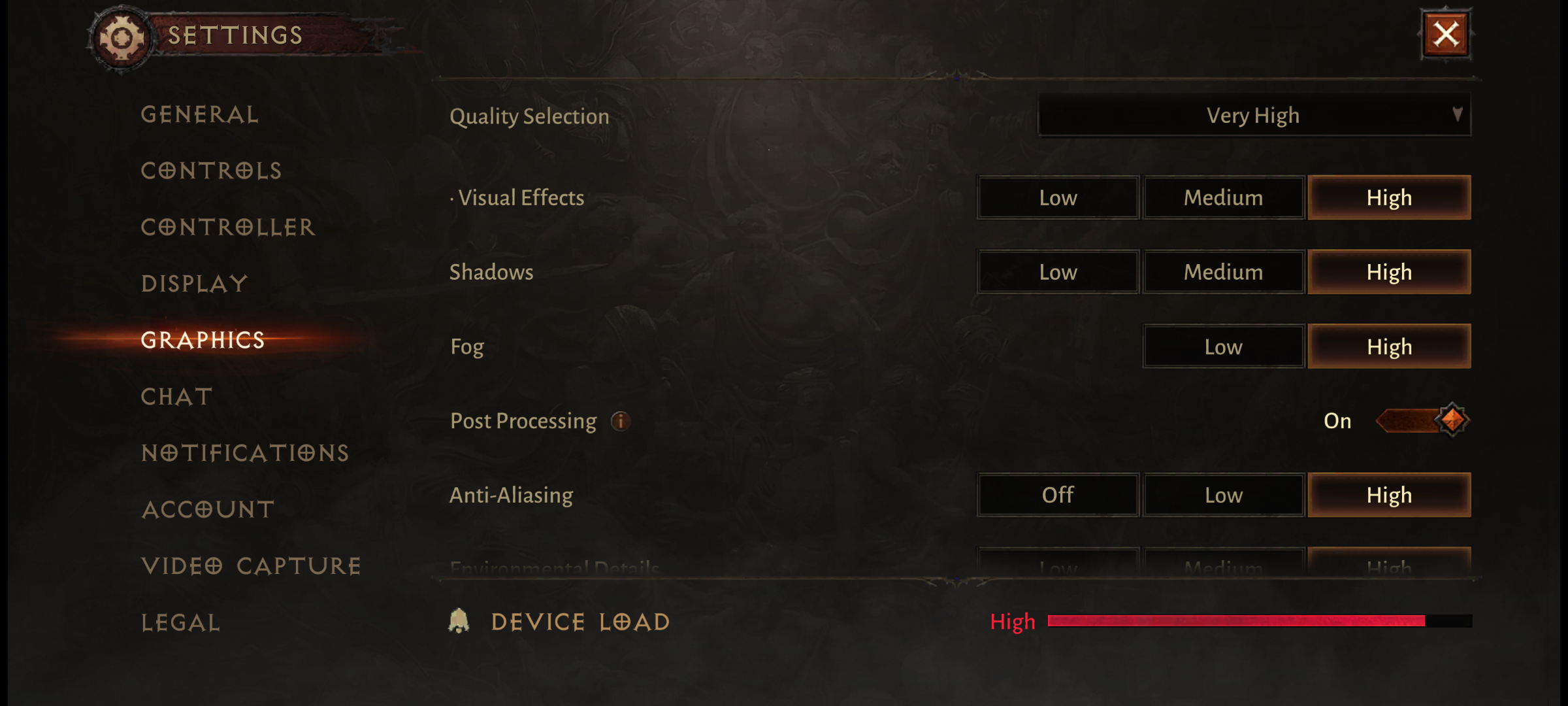


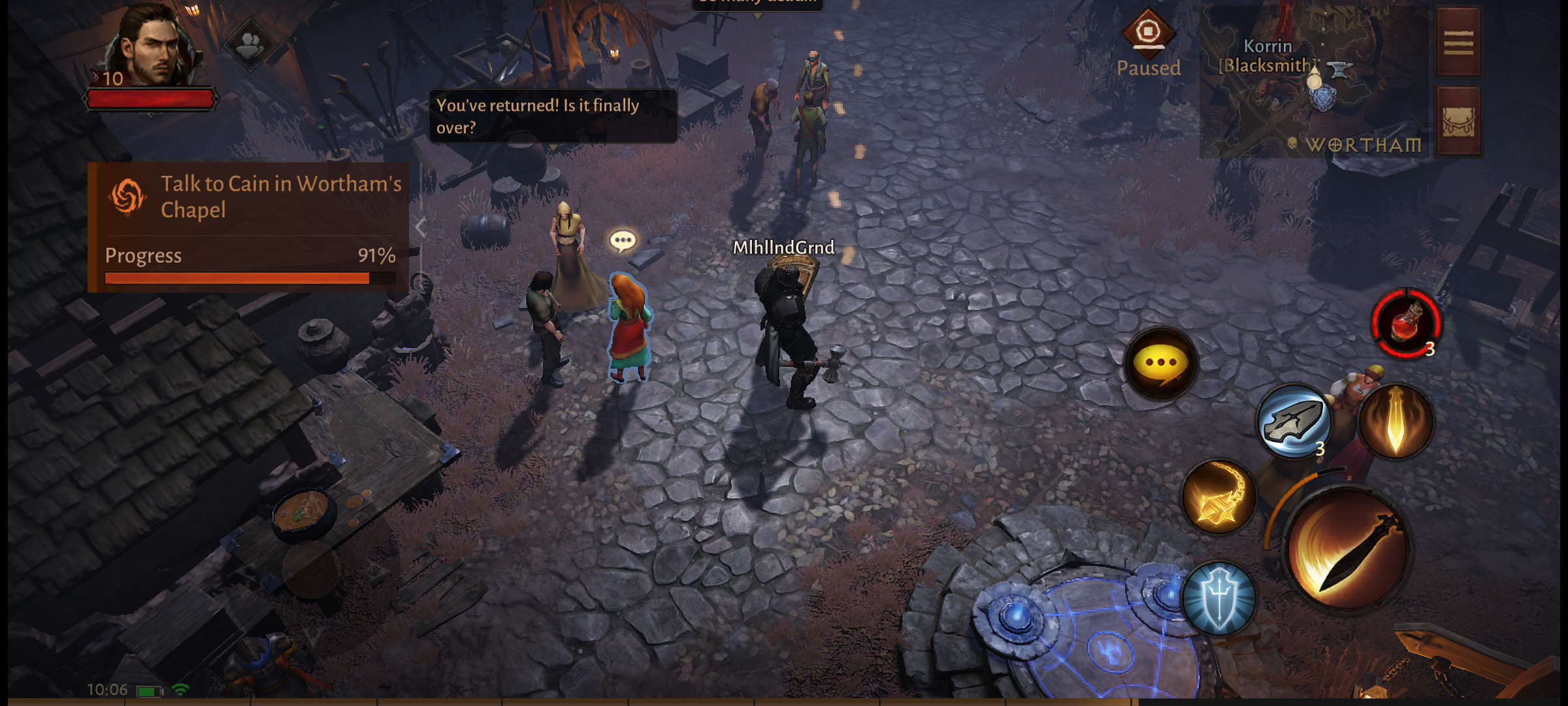
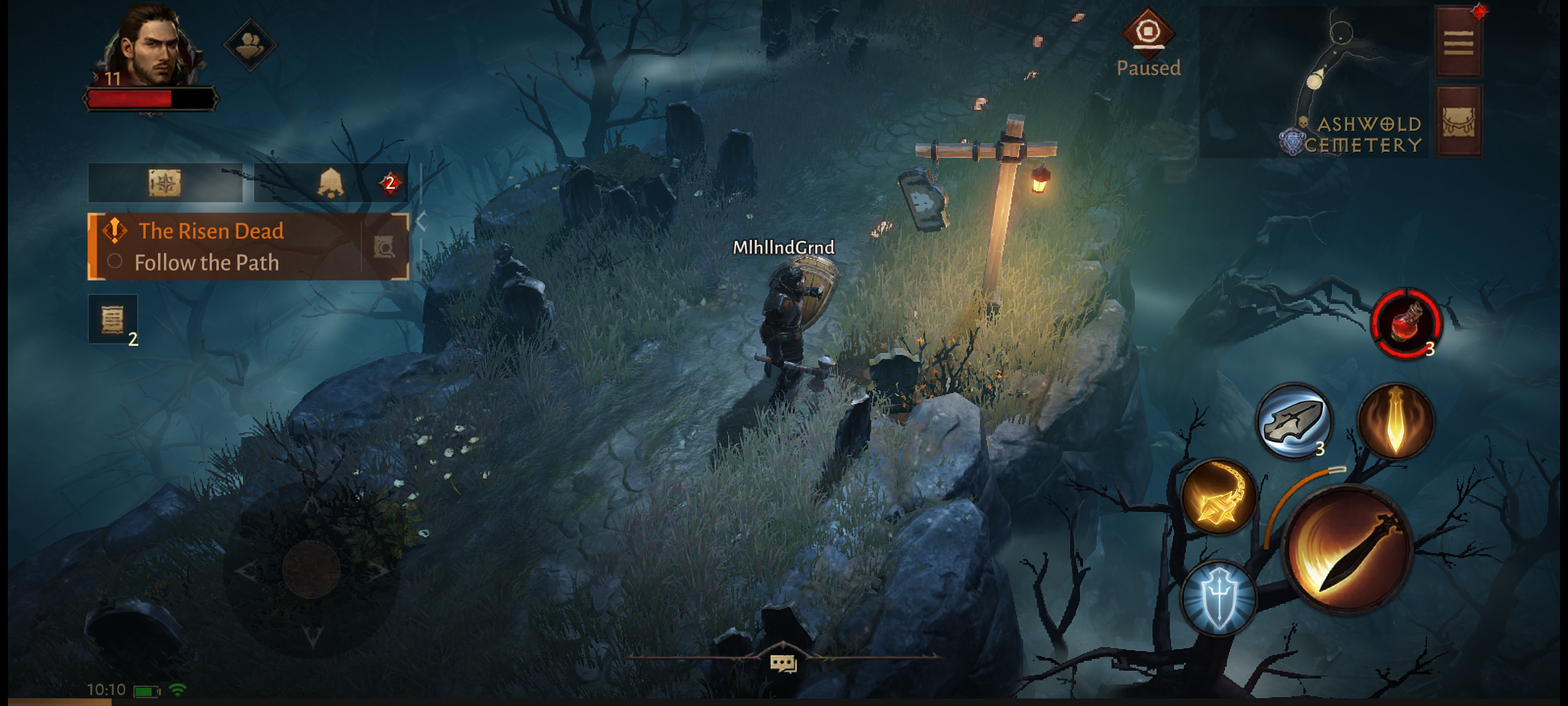
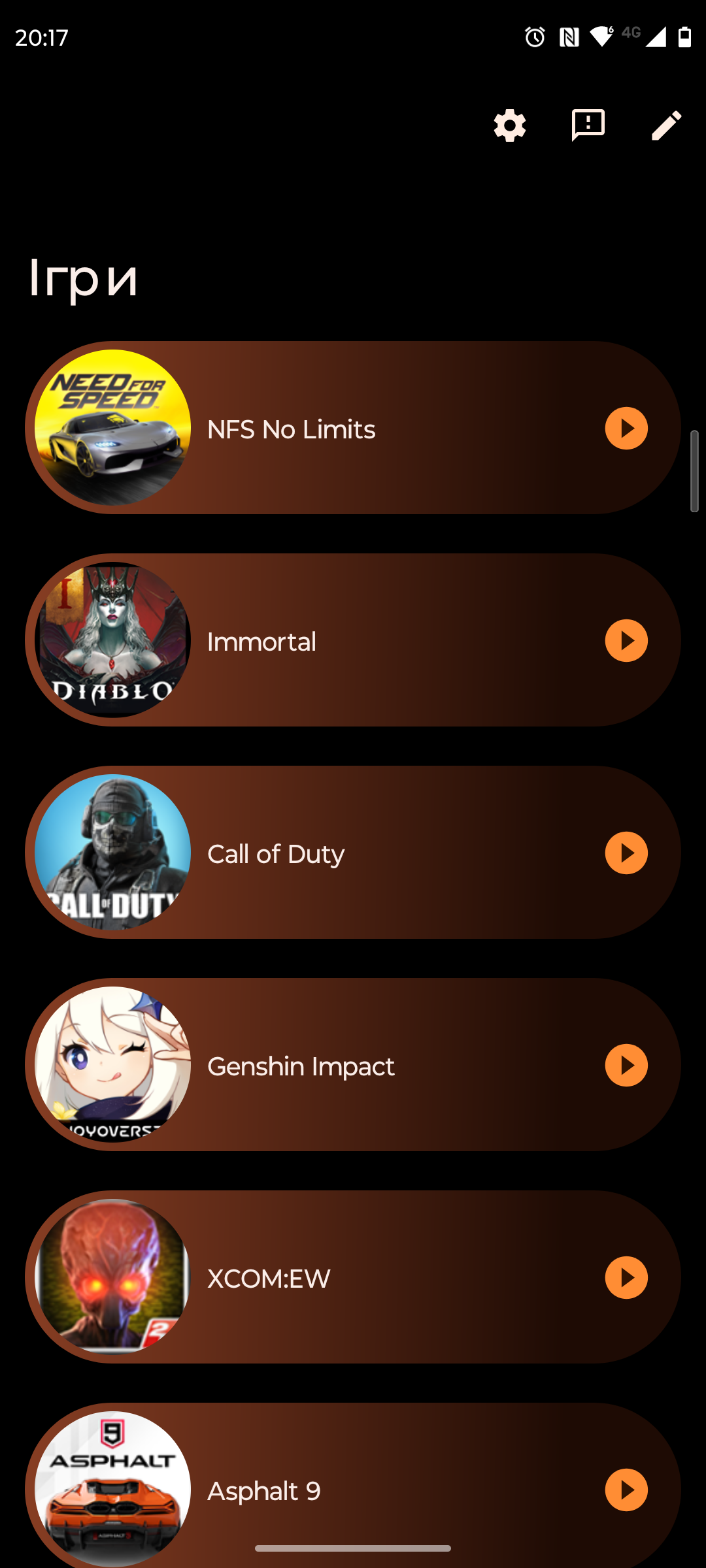

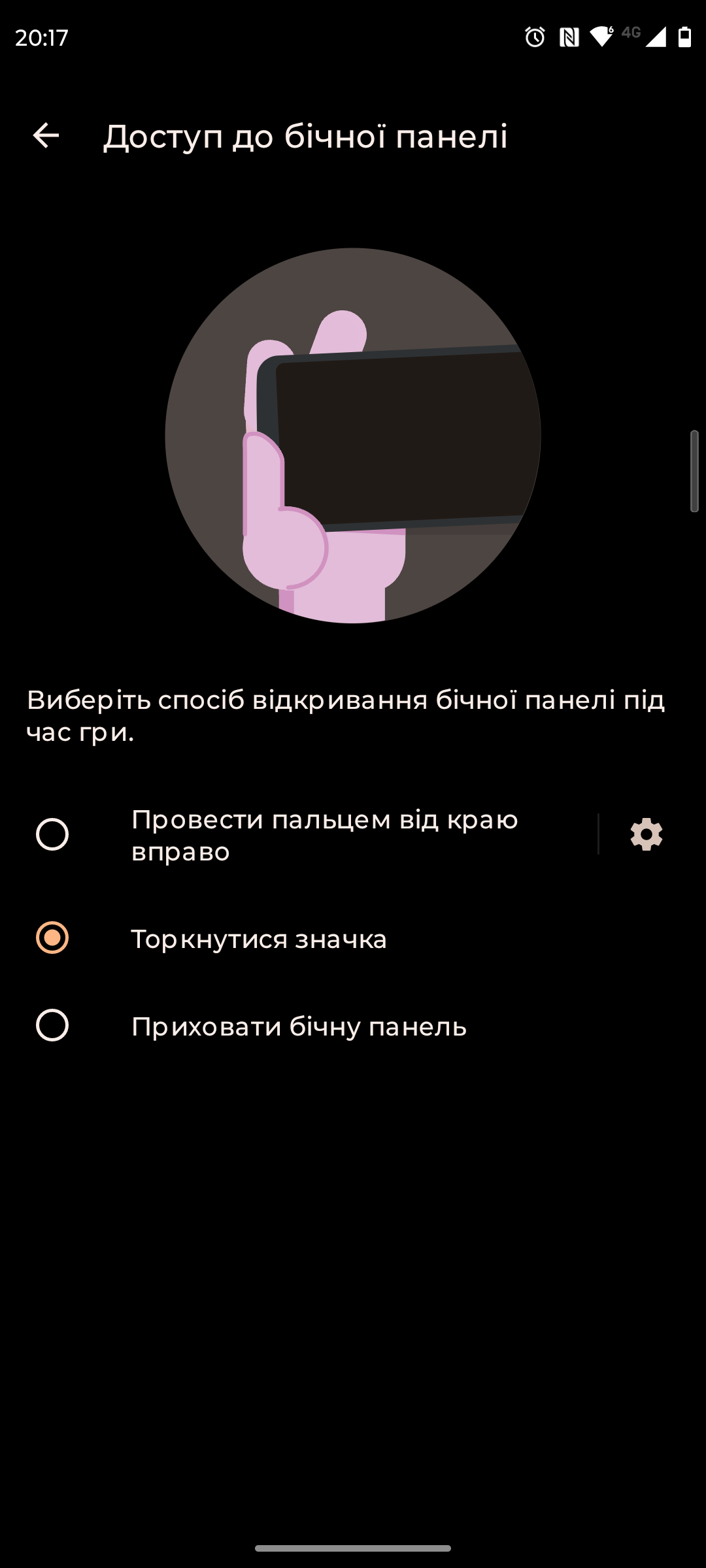

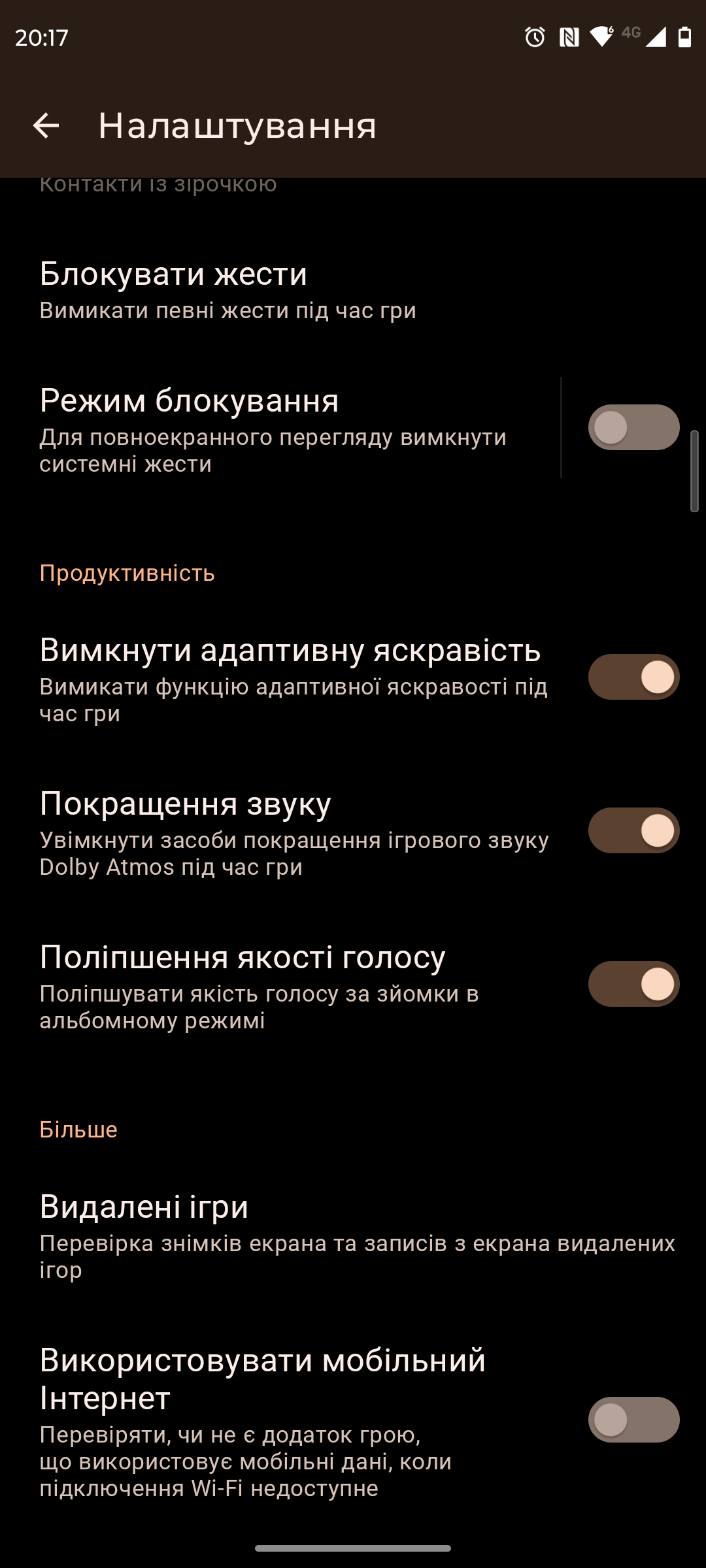
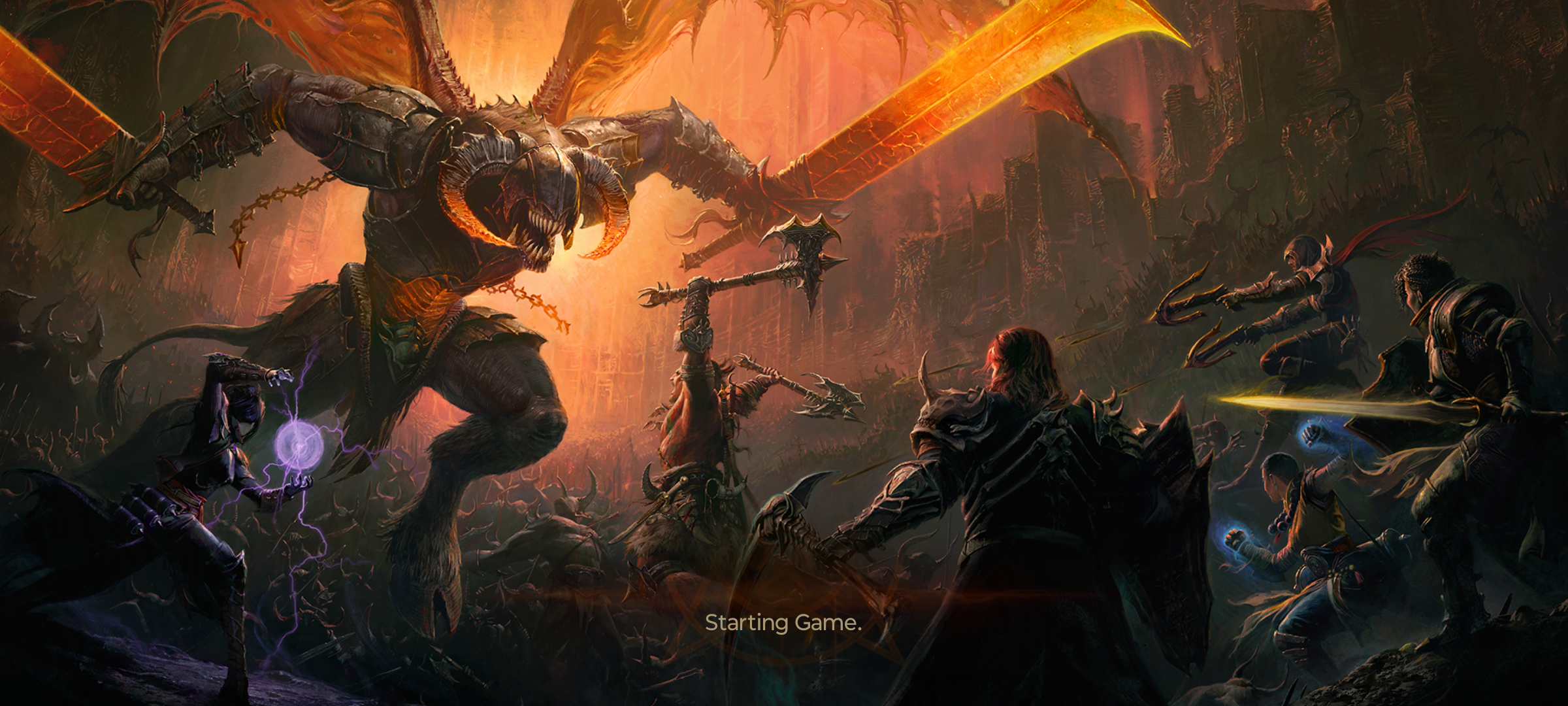
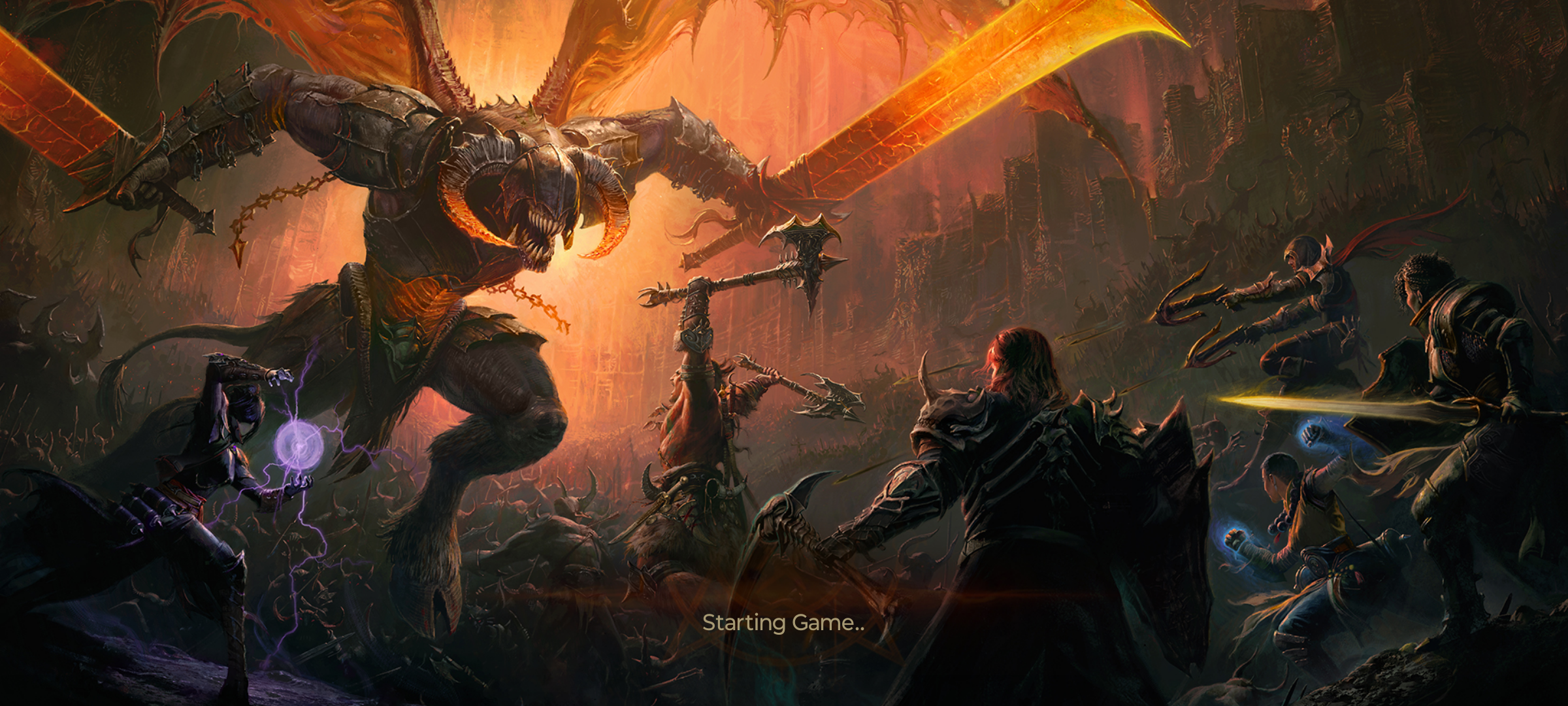
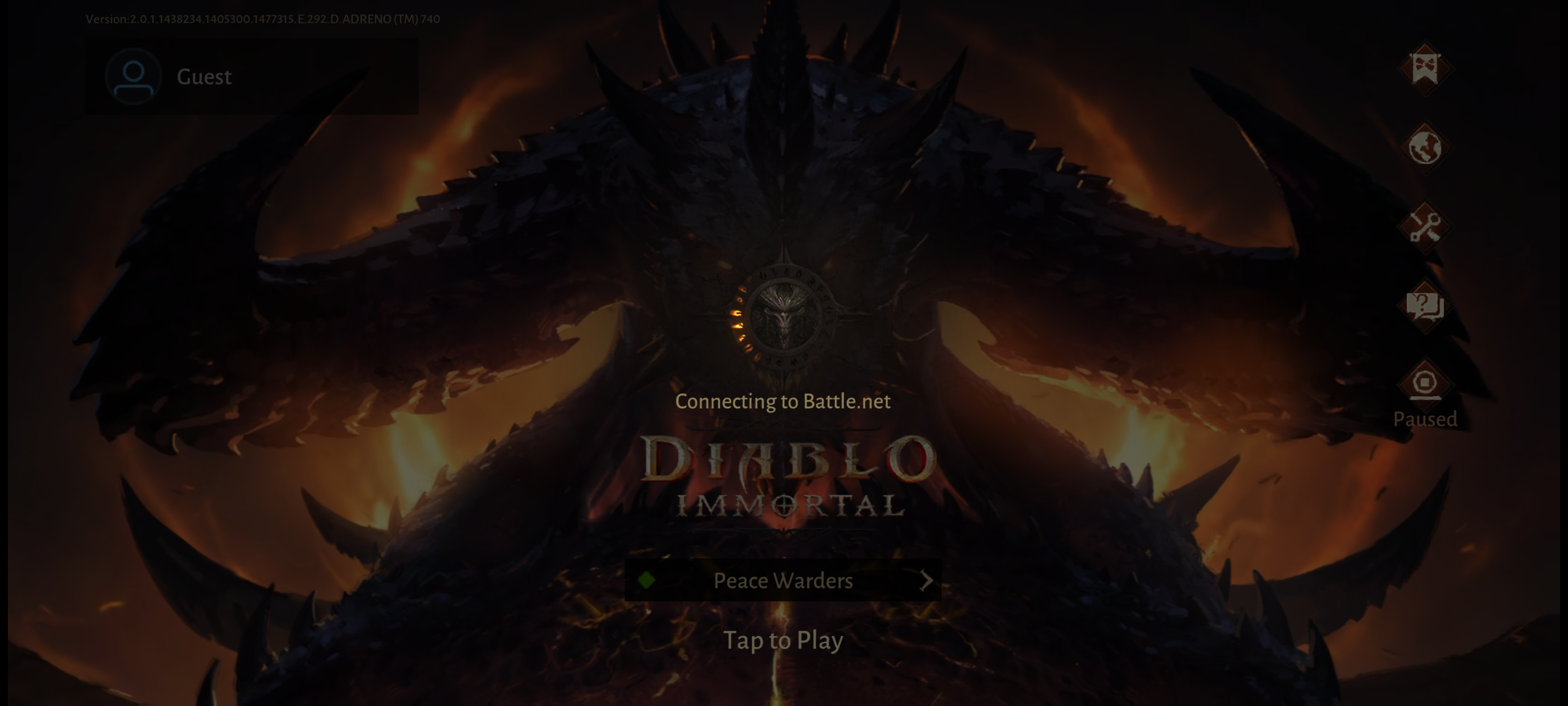
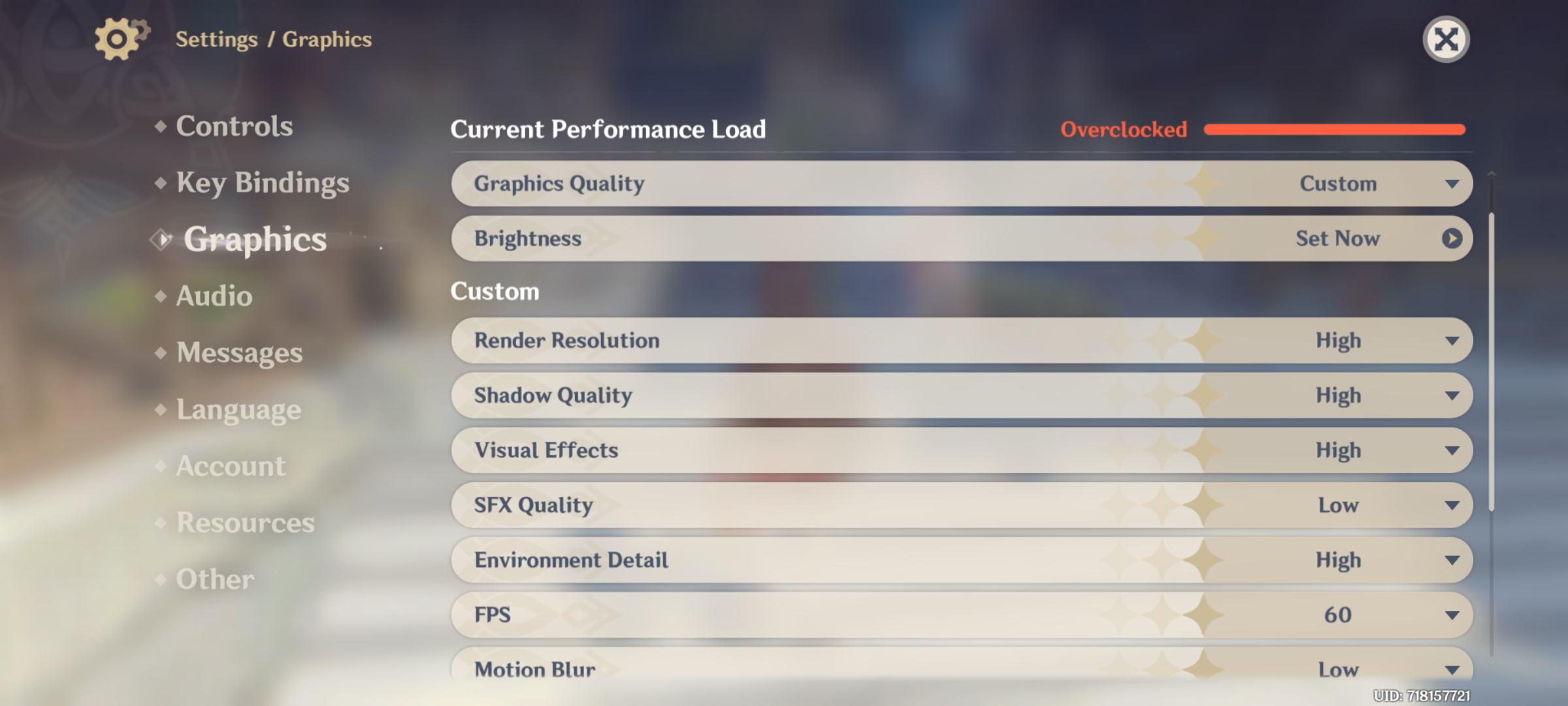
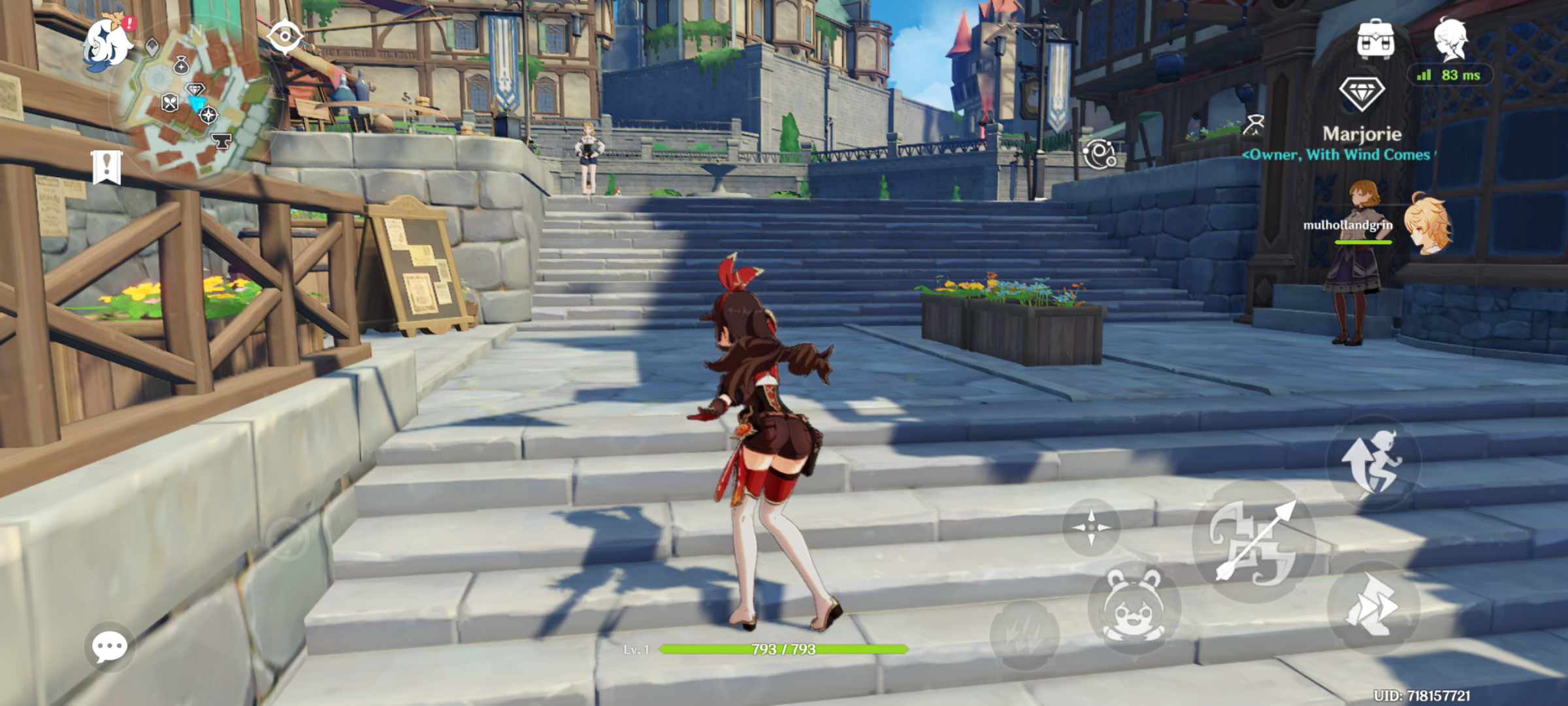
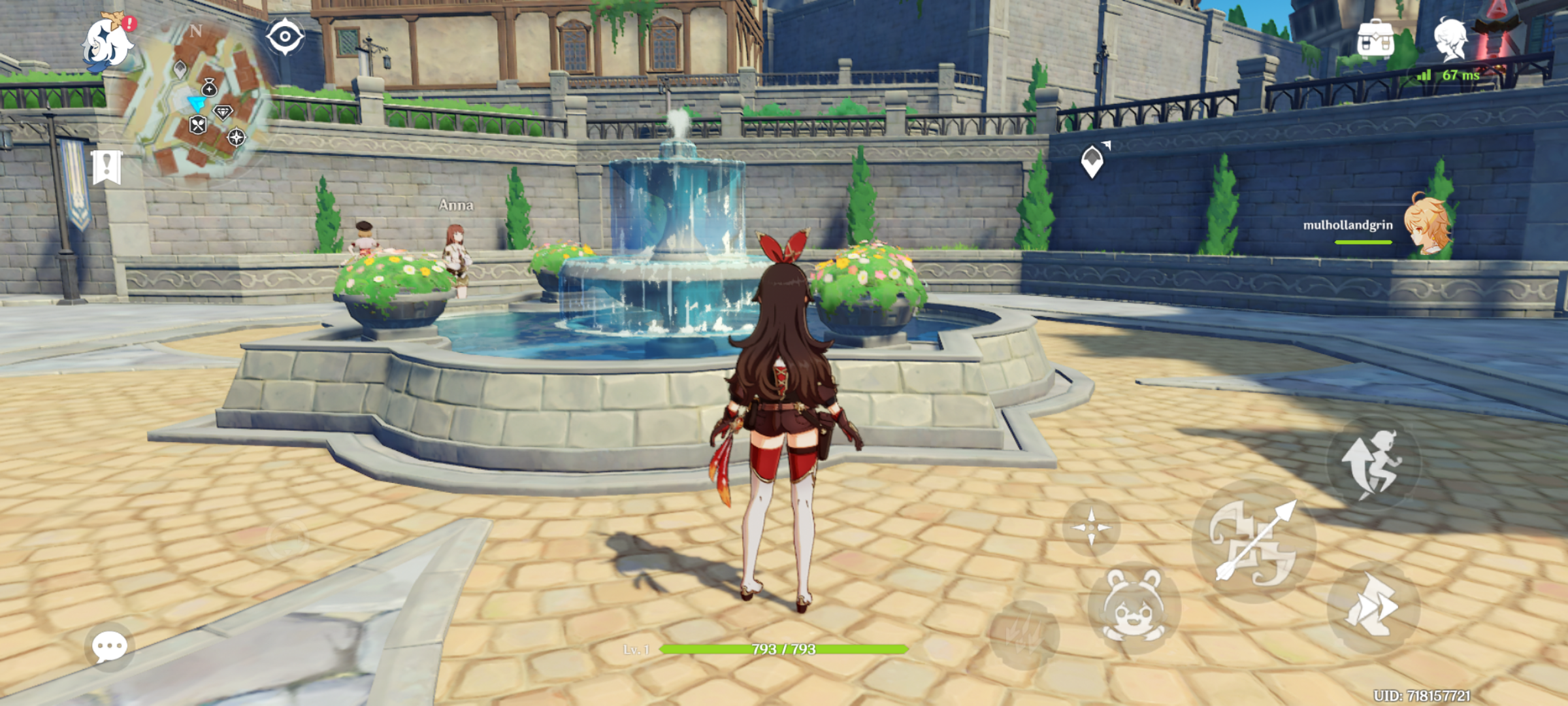
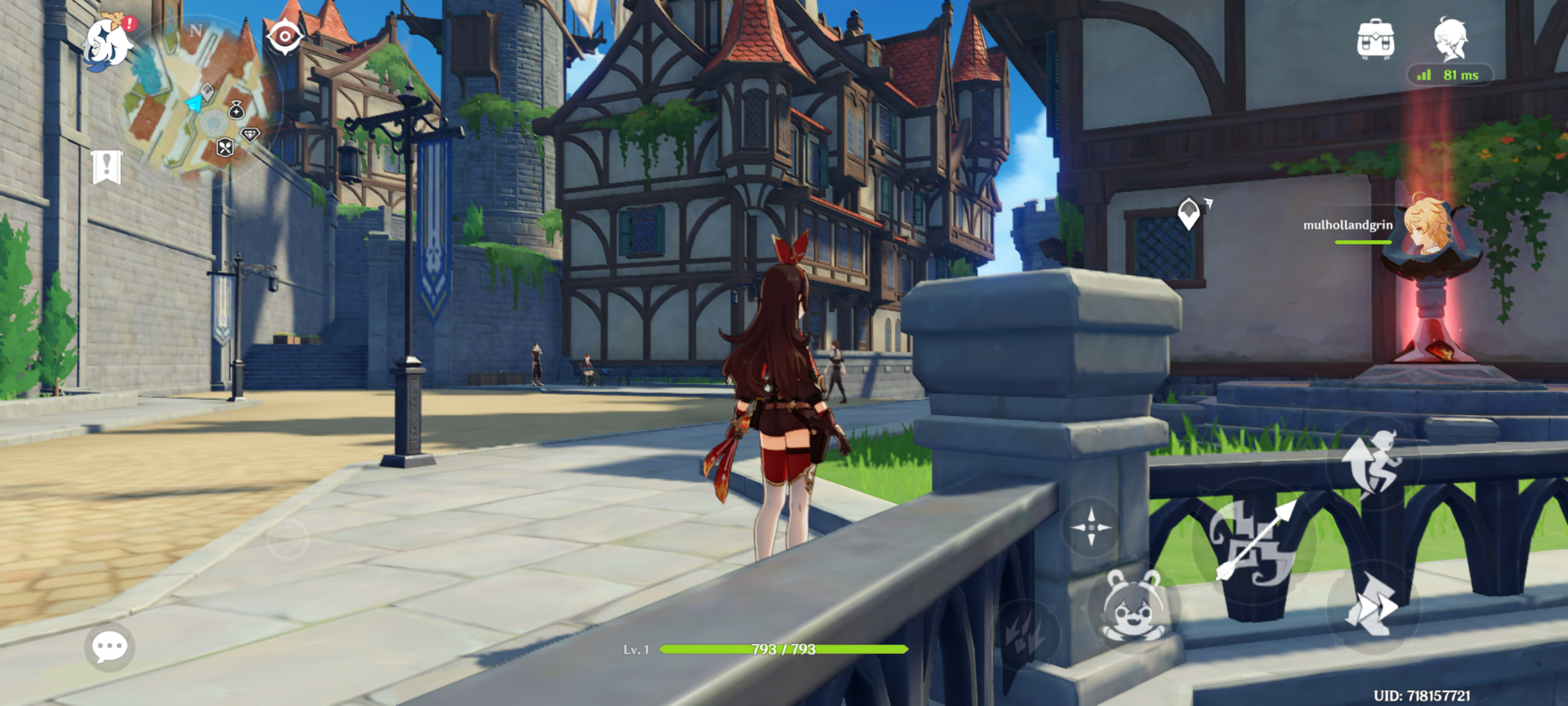
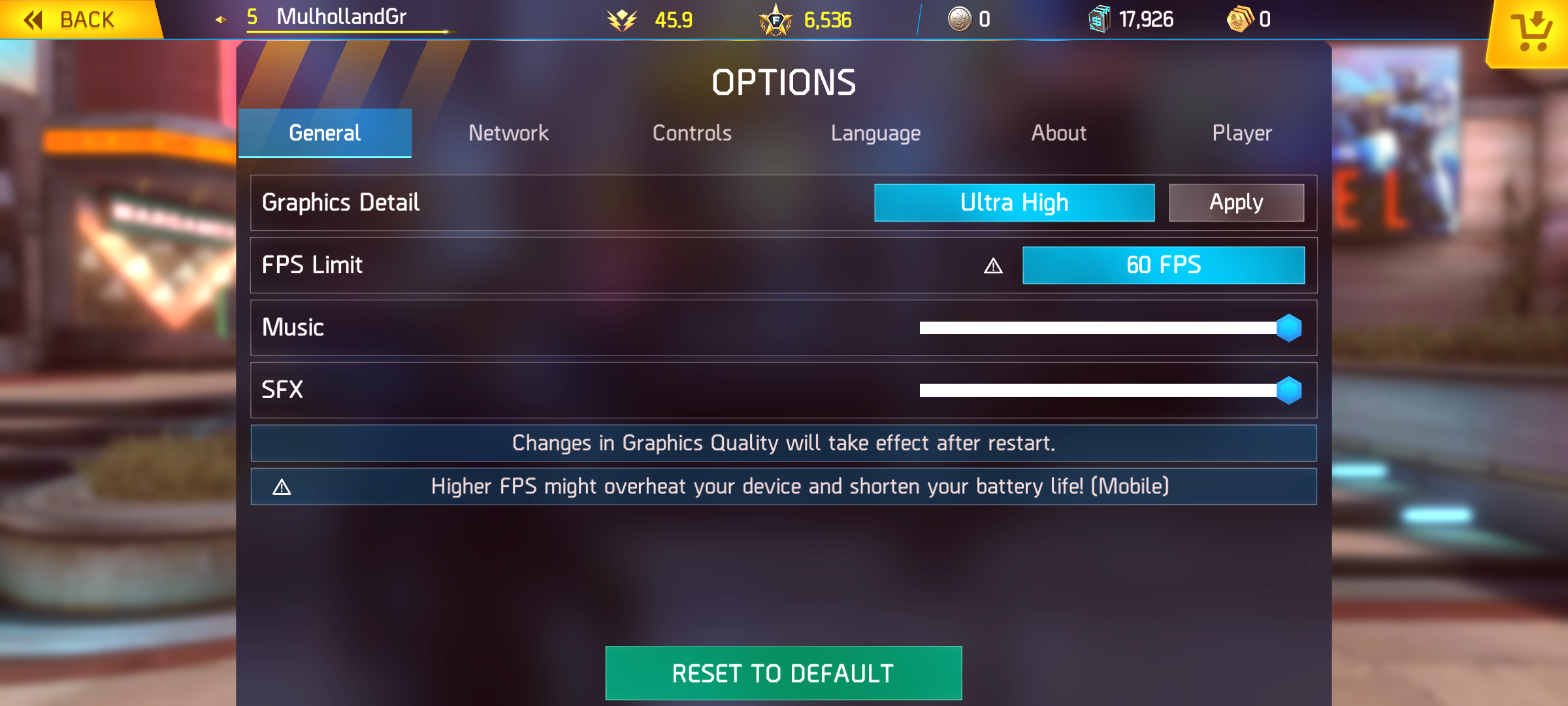
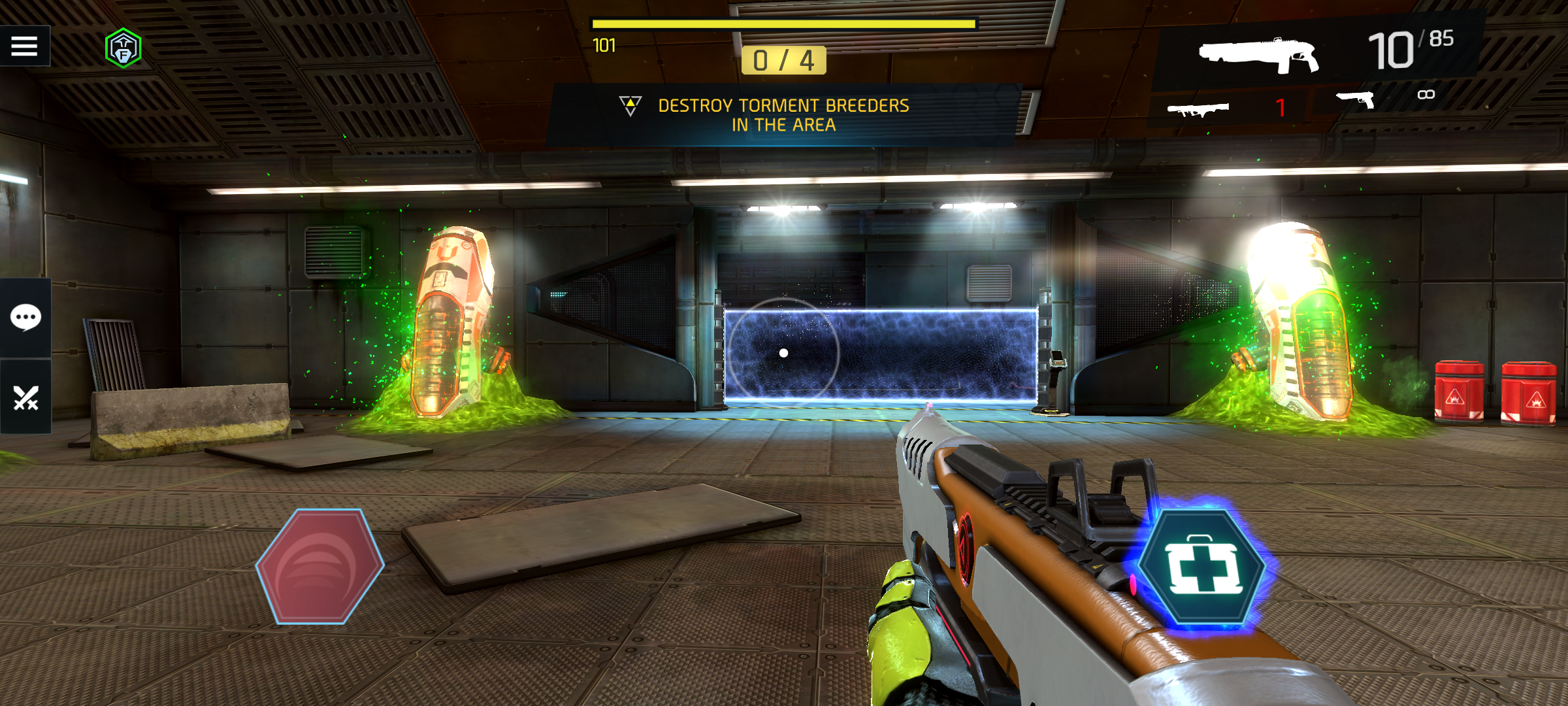
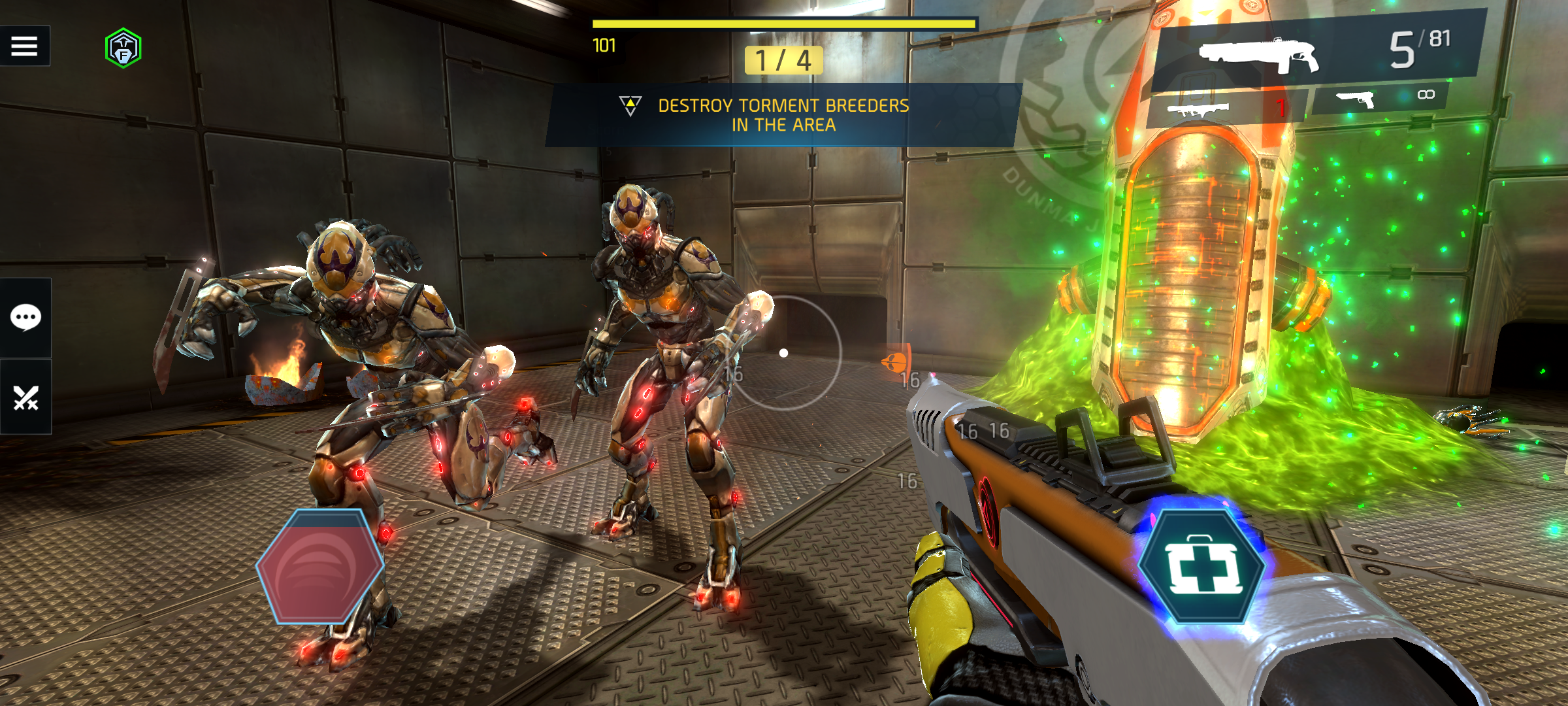
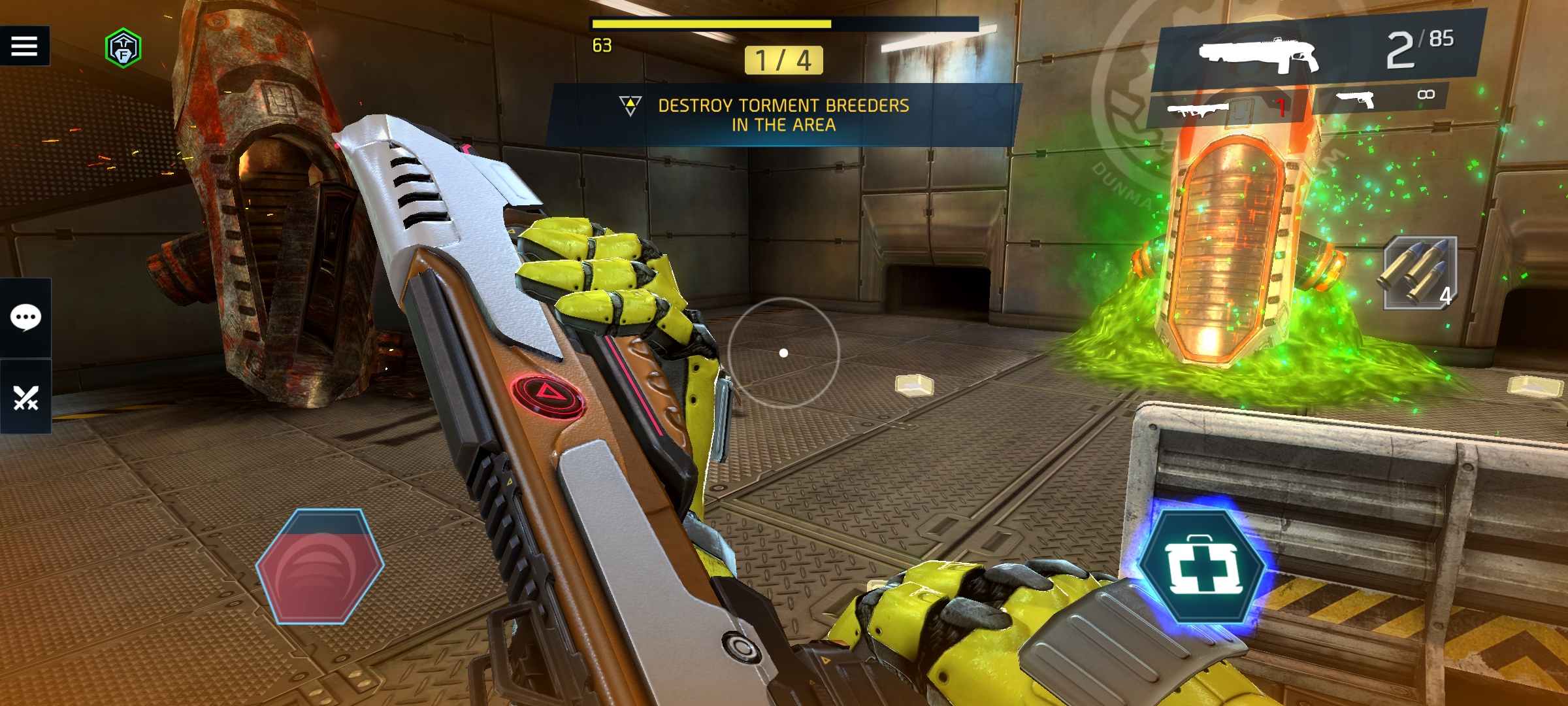



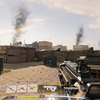
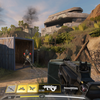
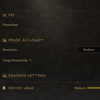





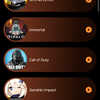
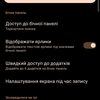
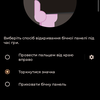





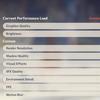


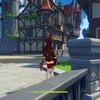



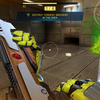

Motorola Edge 40 Pro is equipped with all modern wireless interfaces: tri-band Wi-Fi 802.11 a/b/g/n/ac/6e (Wi-Fi 7 ready), Bluetooth 5.3 LE (SBC, AAC, aptX, aptX HD, aptX Adaptive, LDAC), and NFC for contactless payment. Thanks to the use of a Qualcomm chip, there is now support for aptX and aptX HD codecs, in addition to LDAC. The smartphone is able to work with global positioning systems GPS, GLONASS, GALILEO, BDS, LTEPP, SUPL. The smartphone has stereo speakers. They sound quite loud and relatively clear, although there are a minimum of low frequencies. In general, the sound is good, but there are flagships with more powerful sound. The smartphone supports Dolby Atmos. In the settings, you can select individual sound presets with an equaliser, or choose an intelligent mode in which the settings will change automatically depending on the content being played.



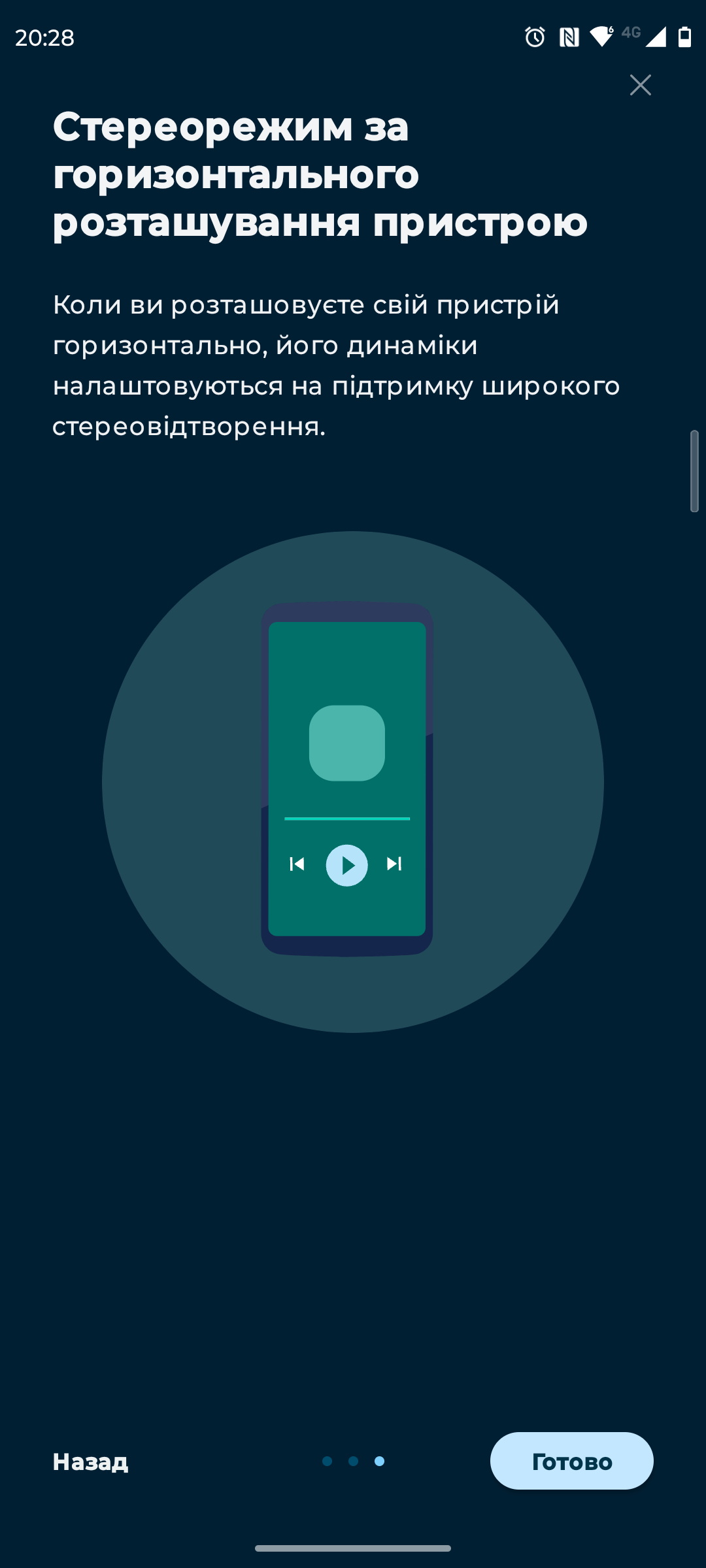


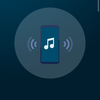




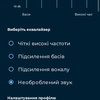
Motorola Edge 40 Pro has a 4600 mAh battery. Yes, there are flagships with a 5000 mAh battery. But, as it turned out, there's no need to worry. With very active use (with performance tests, games and active use of the camera), the smartphone works until late in the evening. 15% remained at about 23:00. In everyday use (active use of instant messengers, browser, pochla, about 1.5 g of music via Bluetooth, 15-20 minutes of calls, minimal use of the camera), the smartphone lasts a day or so. But one of the most interesting features of the smartphone is the ultra-fast 125W TurboCharge. From 0 to 100%, the smartphone charges in just over 20 minutes, and 50% takes about 6 minutes. So you can fully charge your smartphone during breakfast and not worry about running out of power in the middle of the day. In the settings, there are options for optimising charging and energy saving. Motorola Edge 40 Pro also supports 15W wireless charging. But it becomes completely uninteresting, given the charging speed from the bundled power supply. There is reverse charging to charge headphones or other accessories.
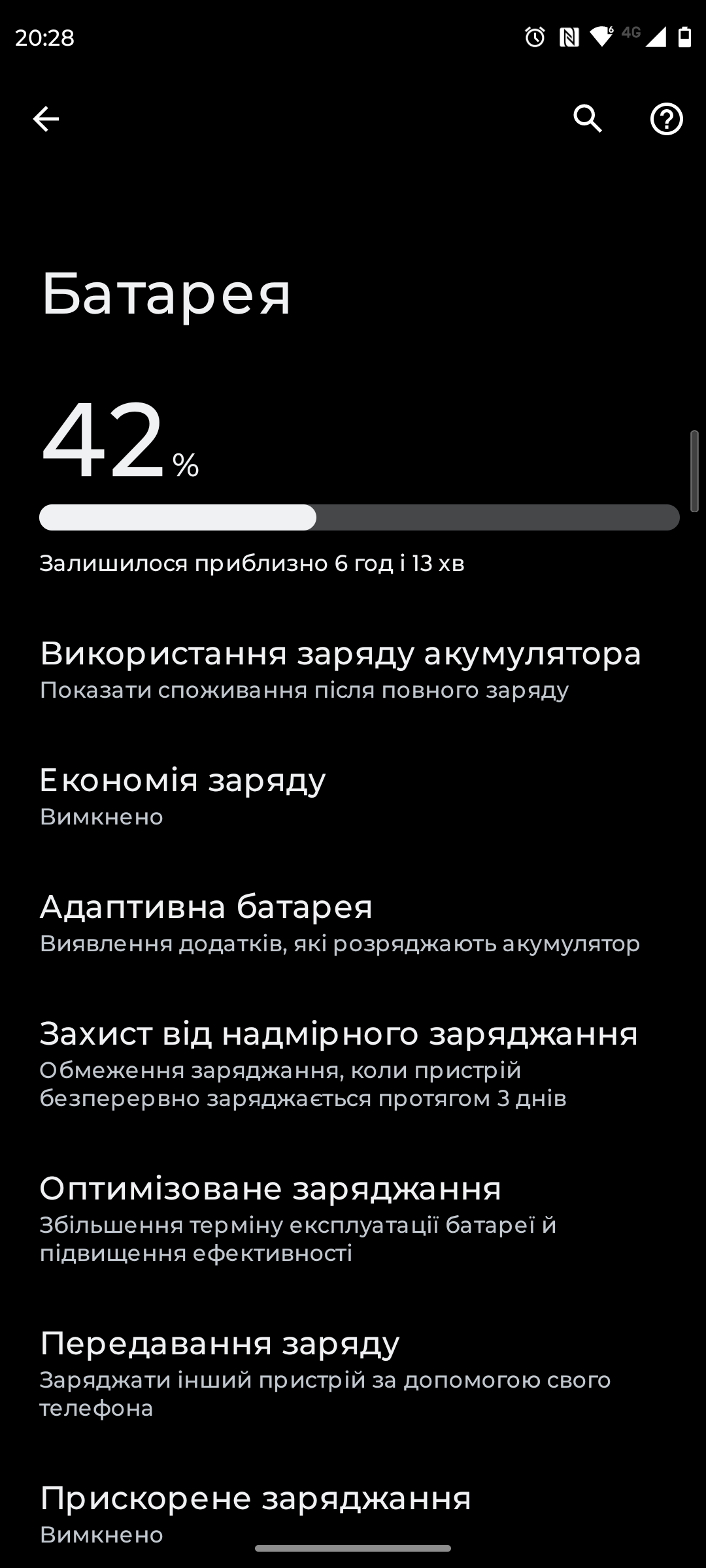

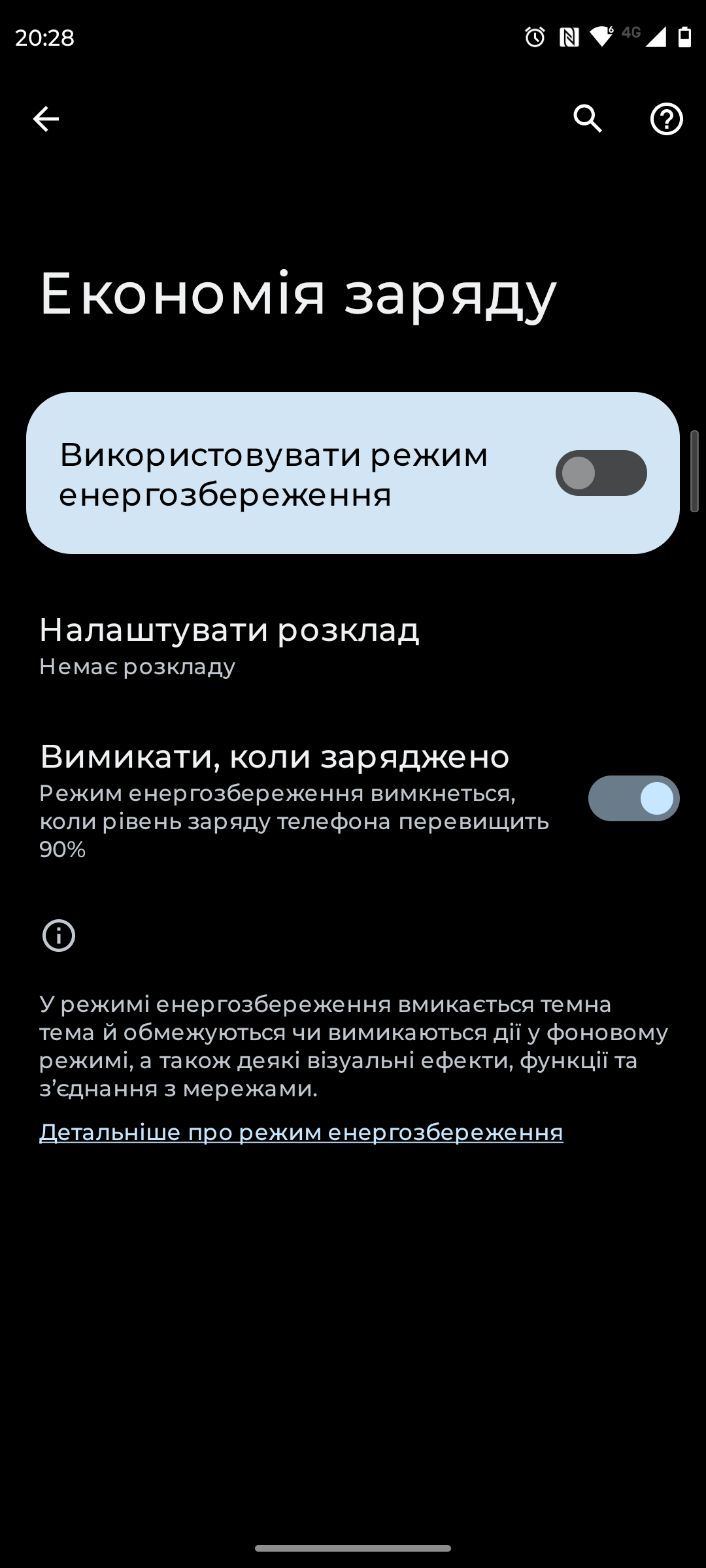

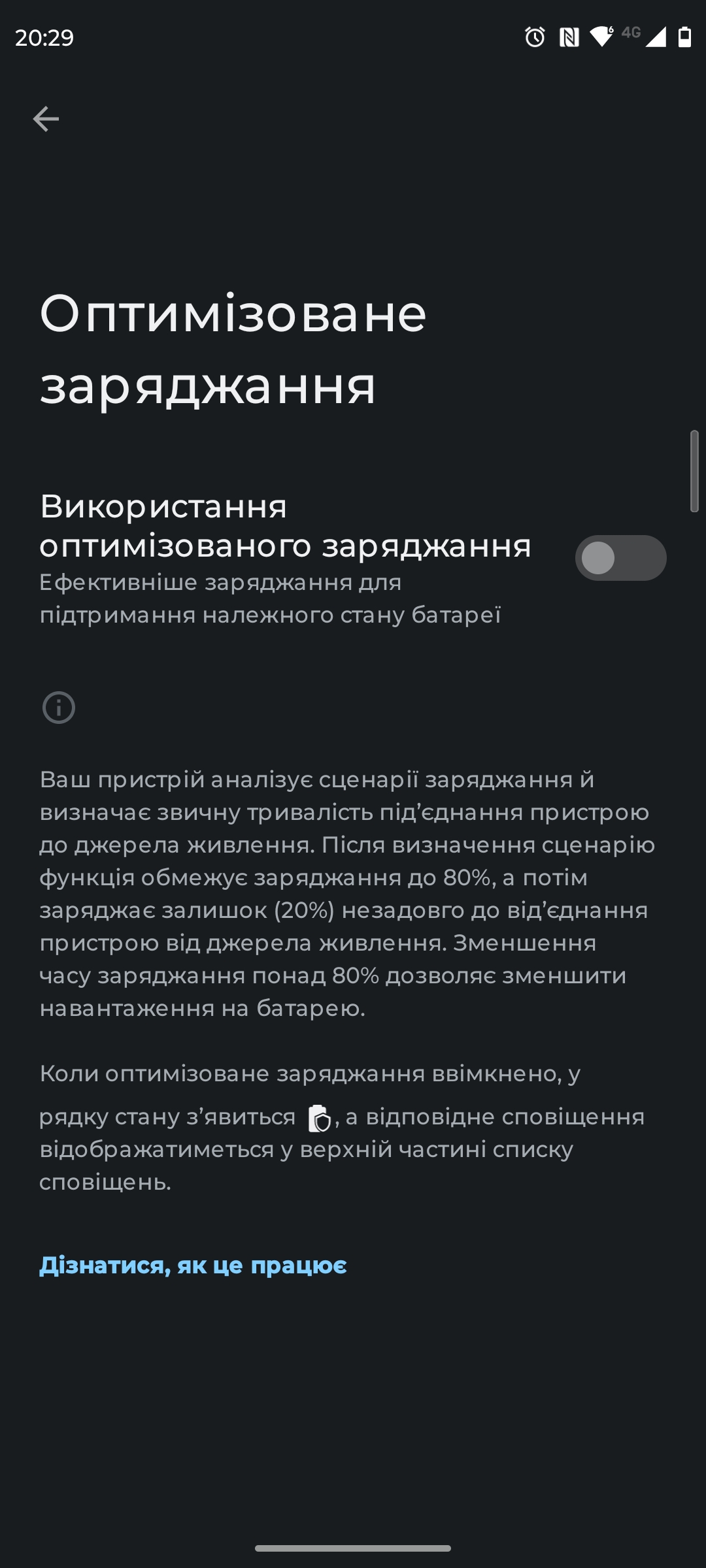
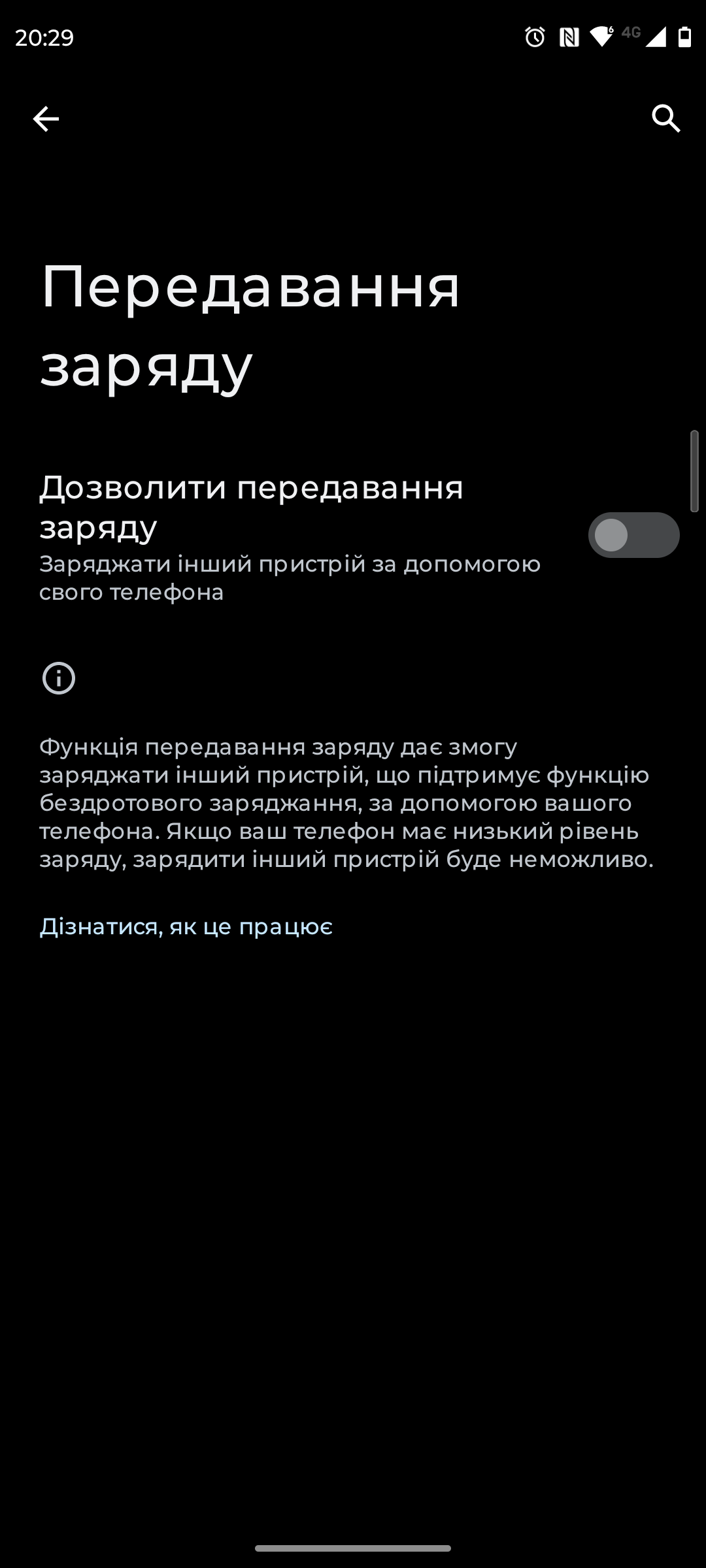
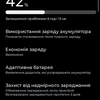
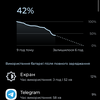
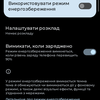
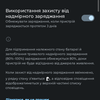
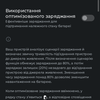

How user-friendly is the interface?




Motorola smartphones usually run on pure Android, without significant interference with the shell and functionality. This also applies to the Motorola Edge 40 Pro. The smartphone runs on almost pure Android 13 without unnecessary junk. So we have a familiar interface with widgets and a separate application menu (which can be disabled) and a curtain with several pages and large switches.


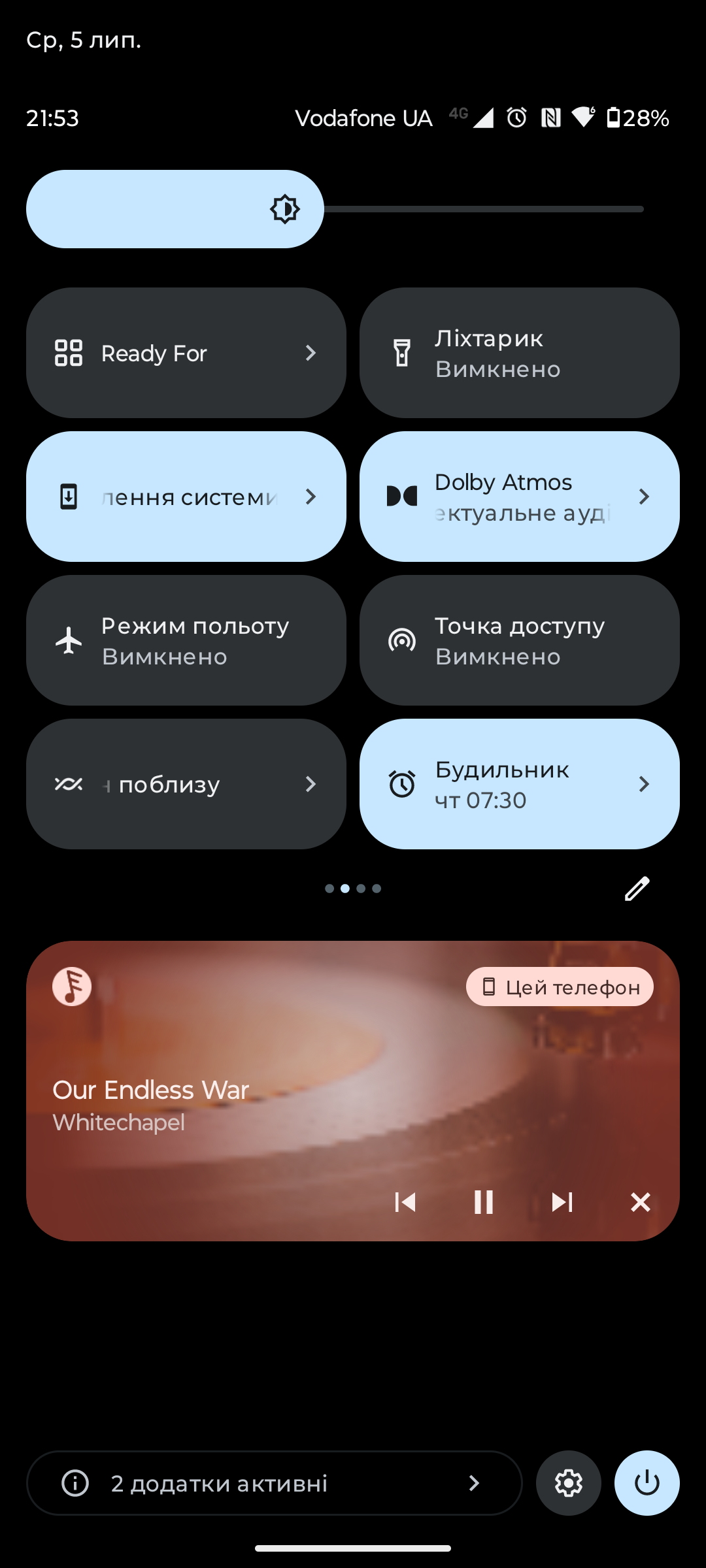
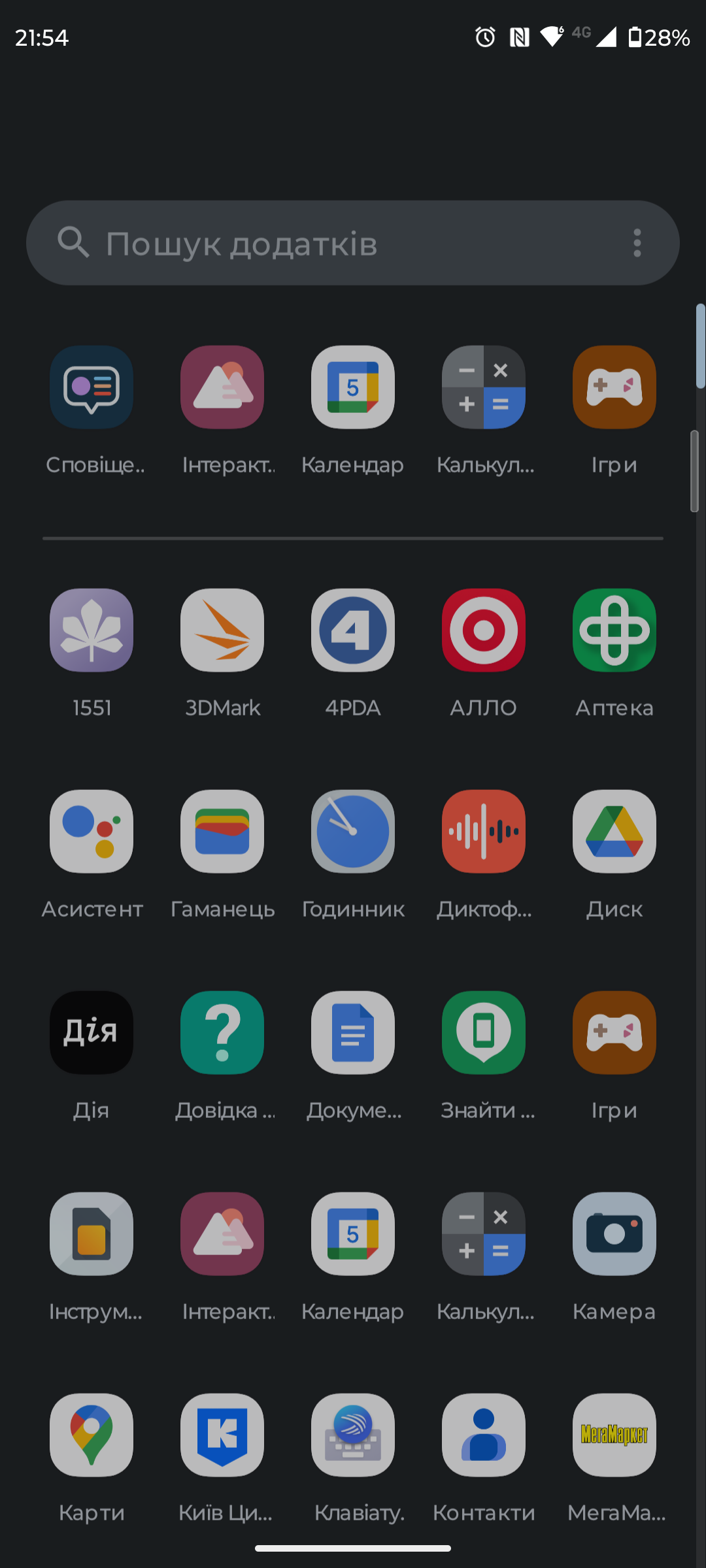
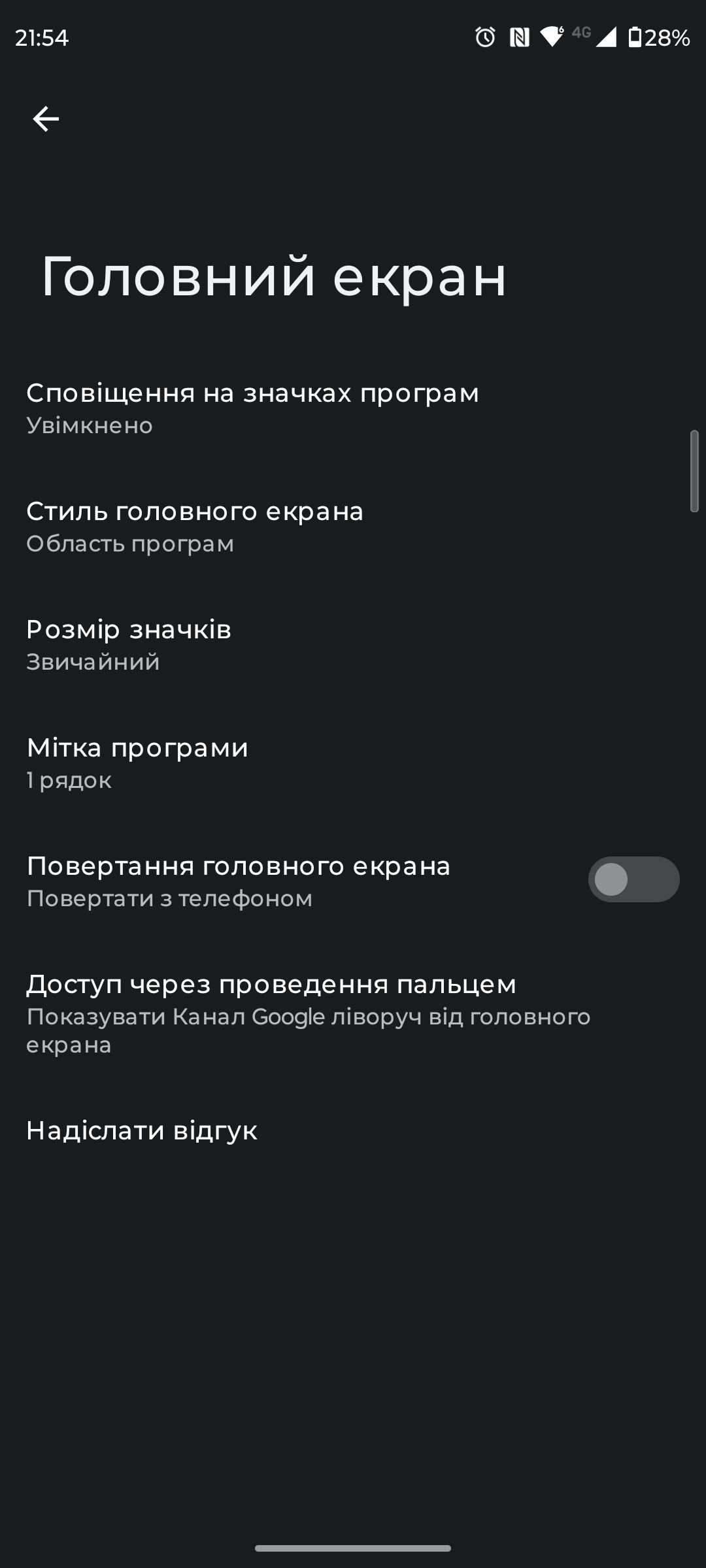

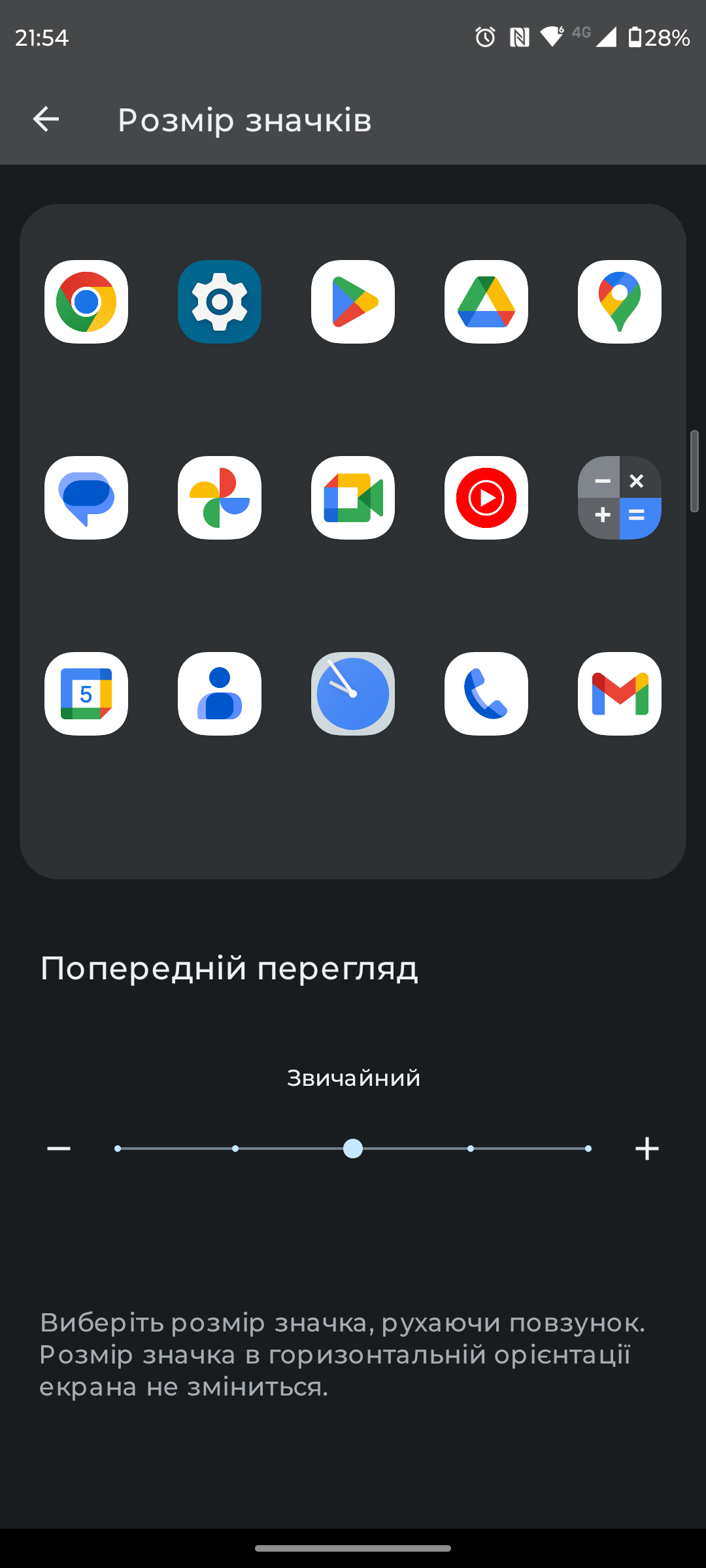
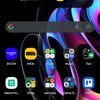

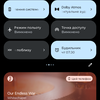
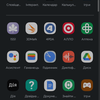
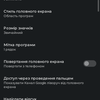
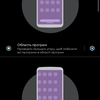
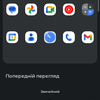
There are quite a few options for personalising the appearance of the interface. This includes wallpapers, fonts, colour schemes, themes, sizes, and shapes of icons.
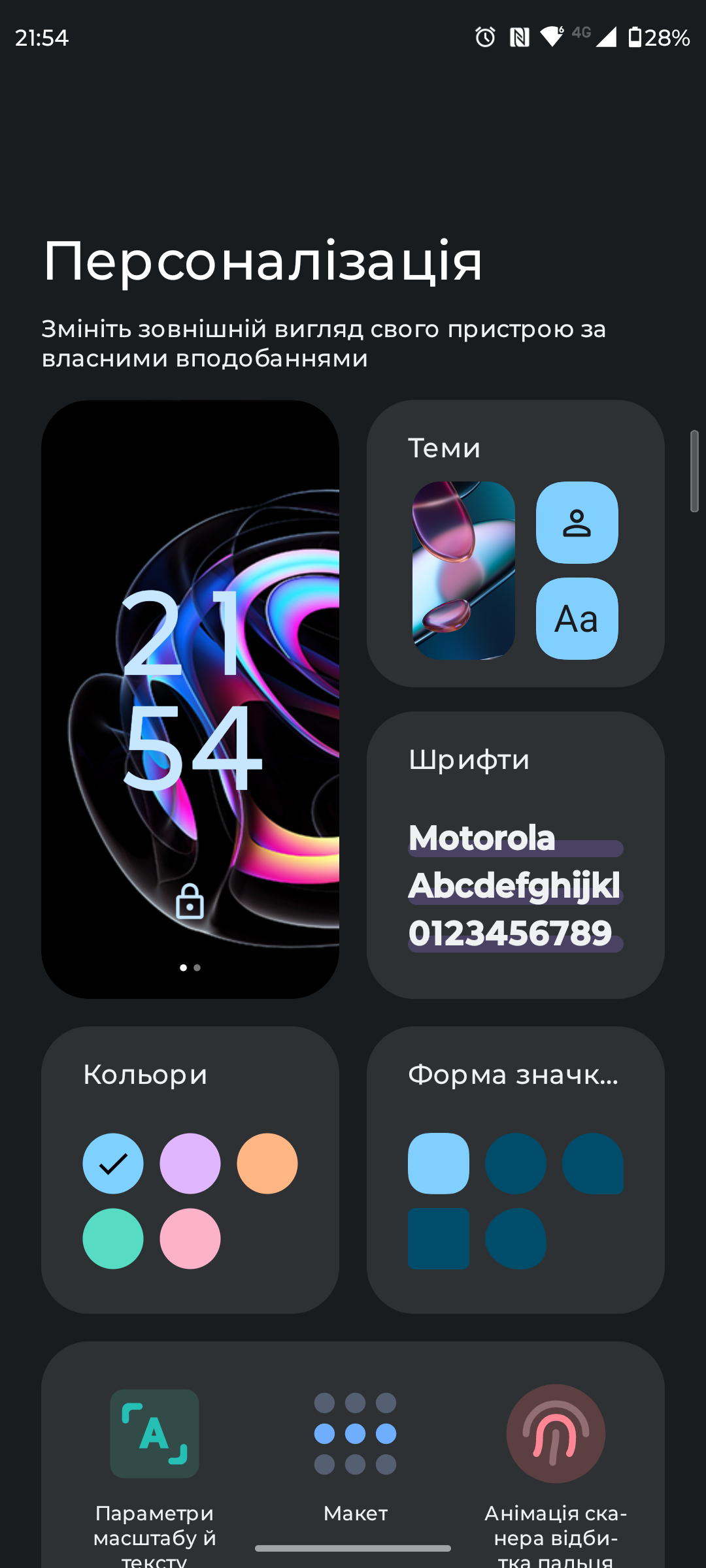
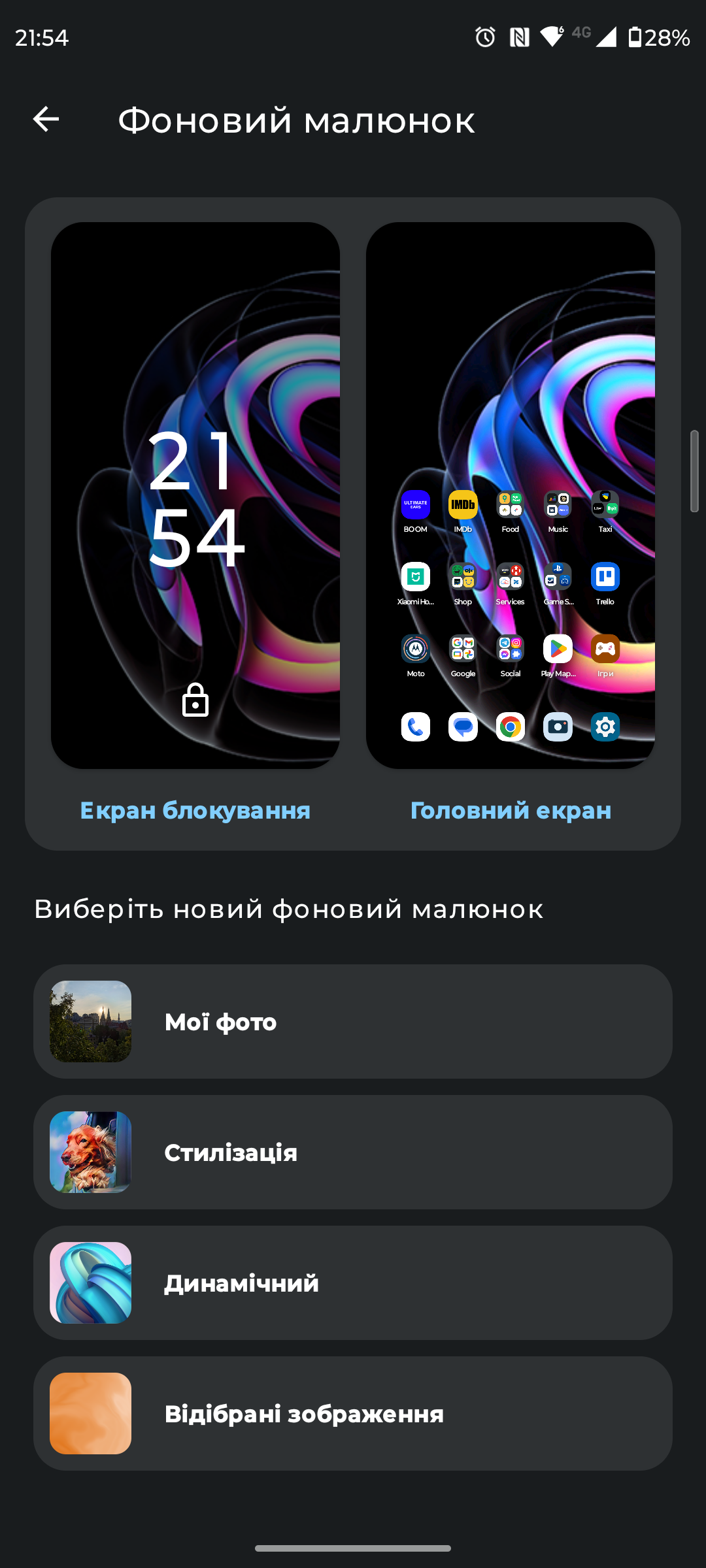
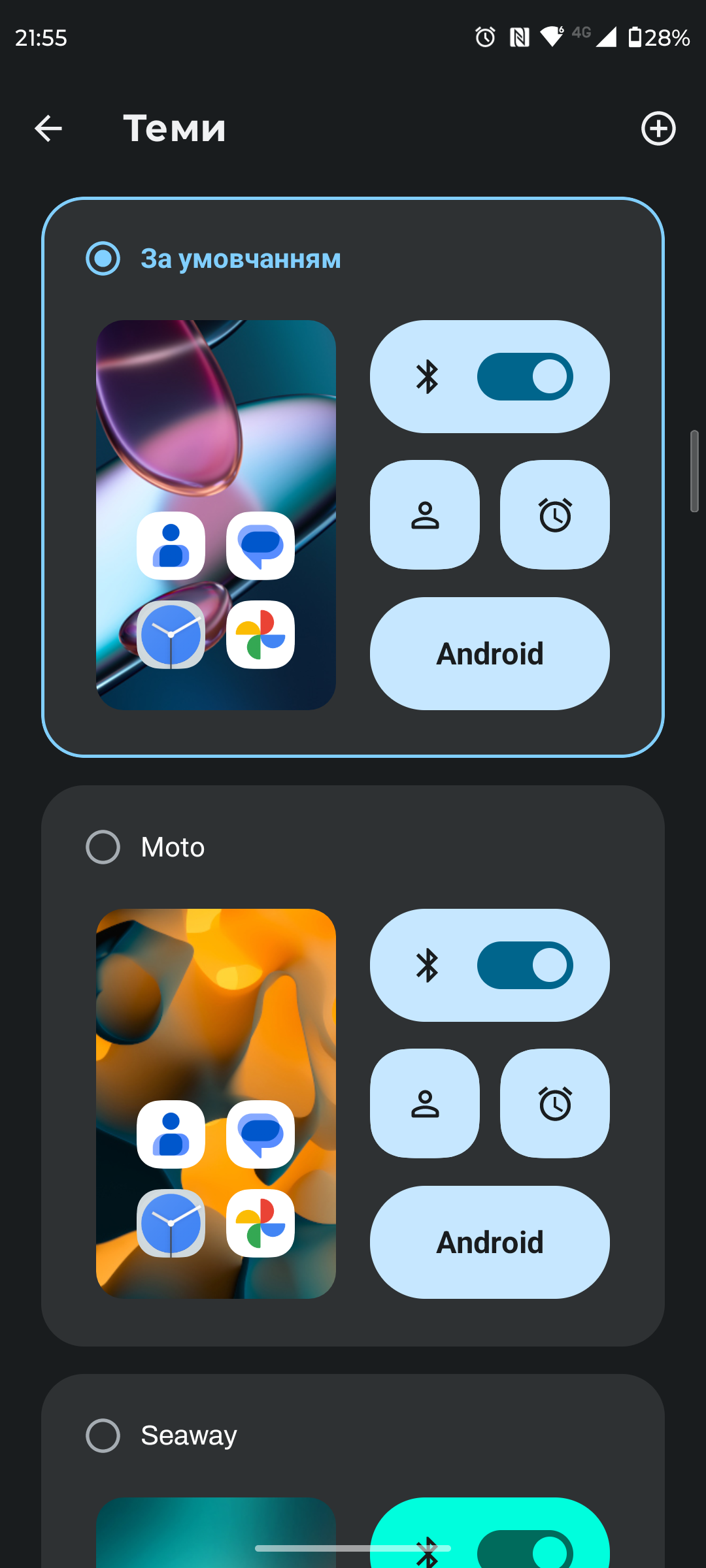


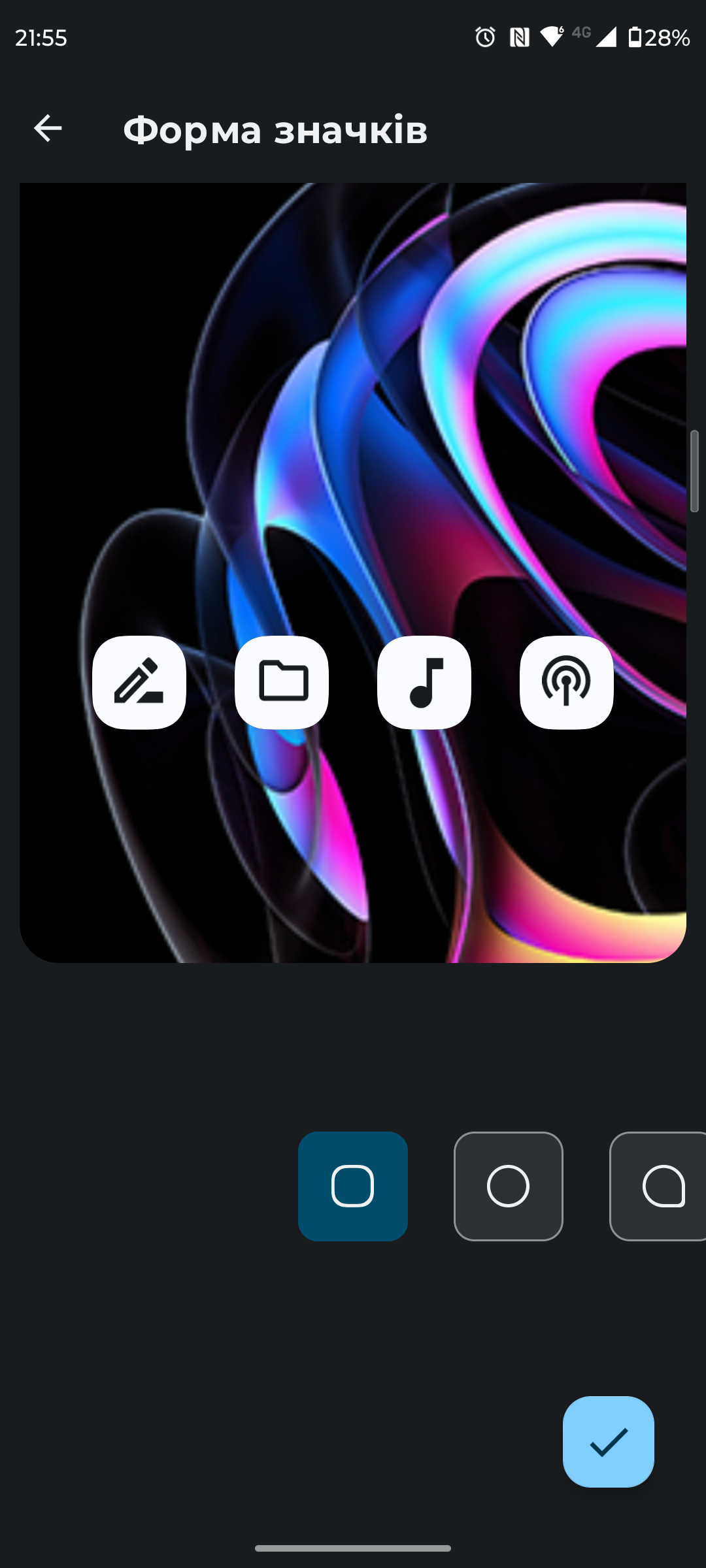
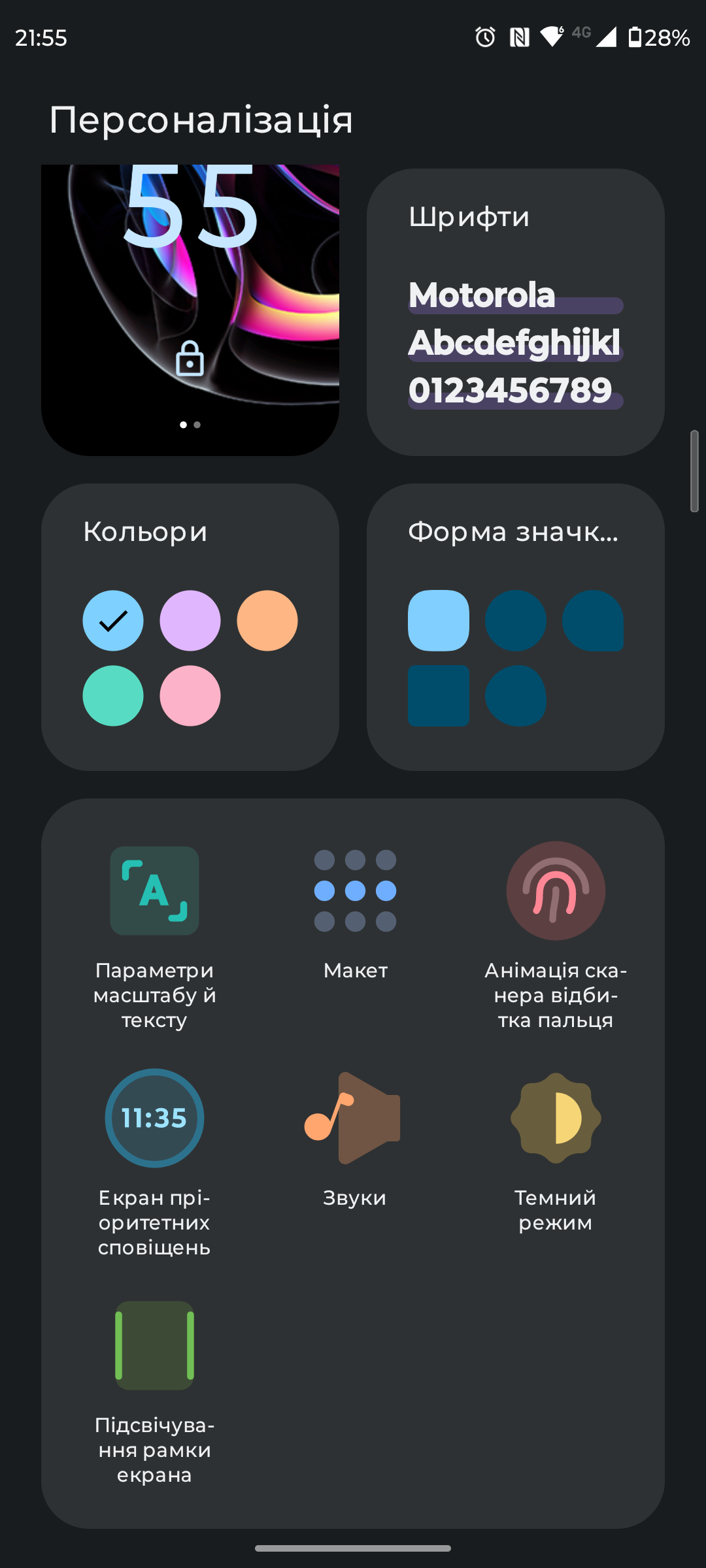
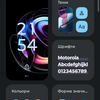


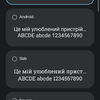
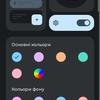


The options for navigating the system are standard: gestures or buttons. Additionally, there is a set of gestures for activating or deactivating the screen, one-handed control, and split-screen operation, as well as a sidebar with a set of the most frequently used applications.
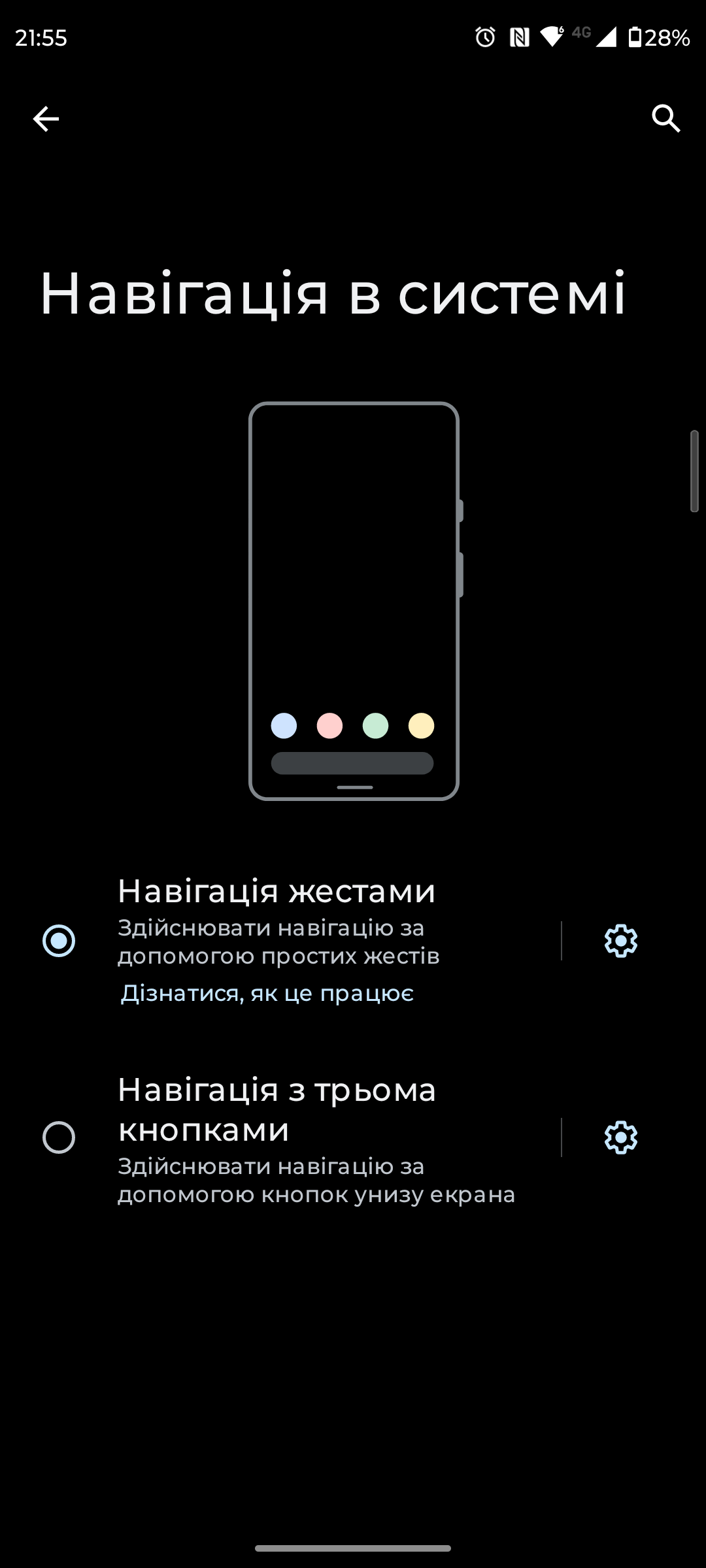
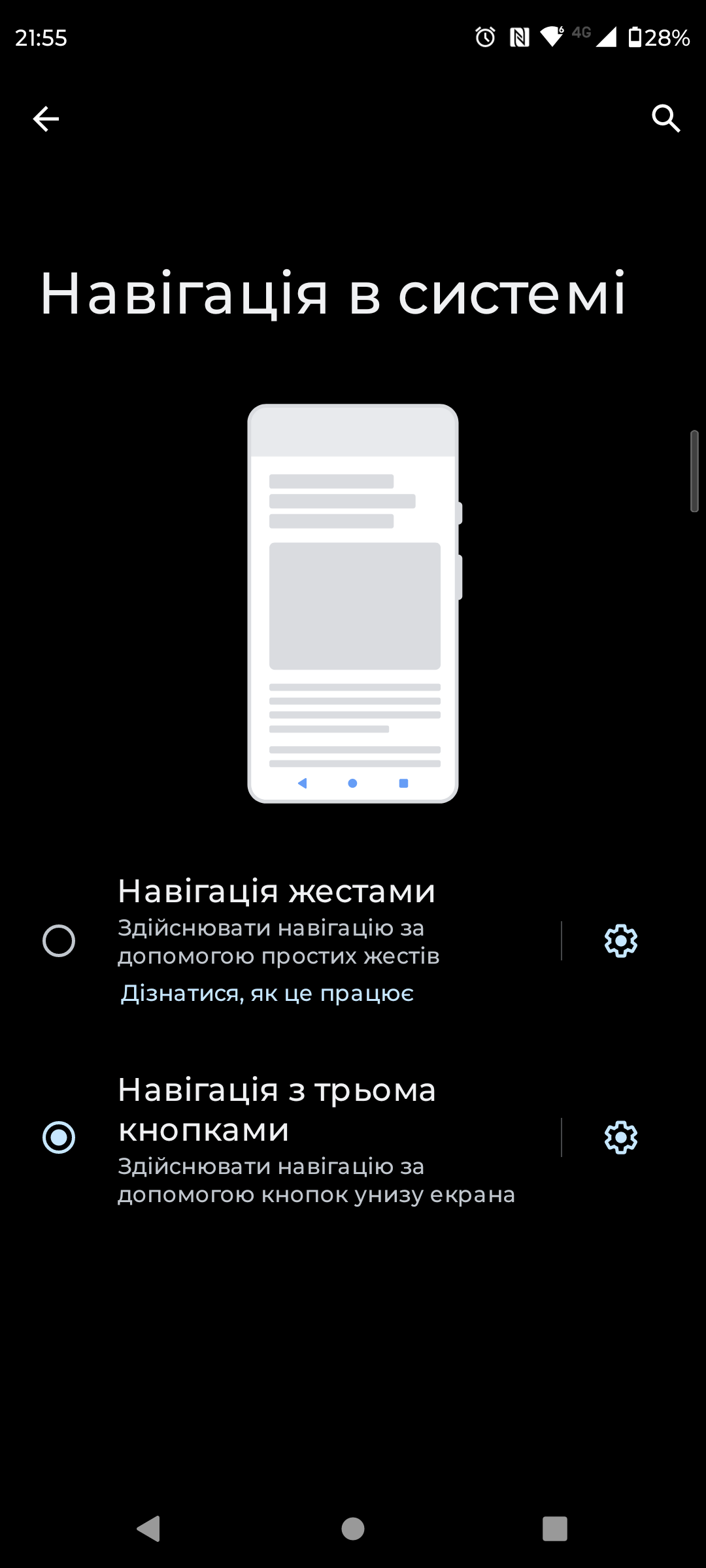
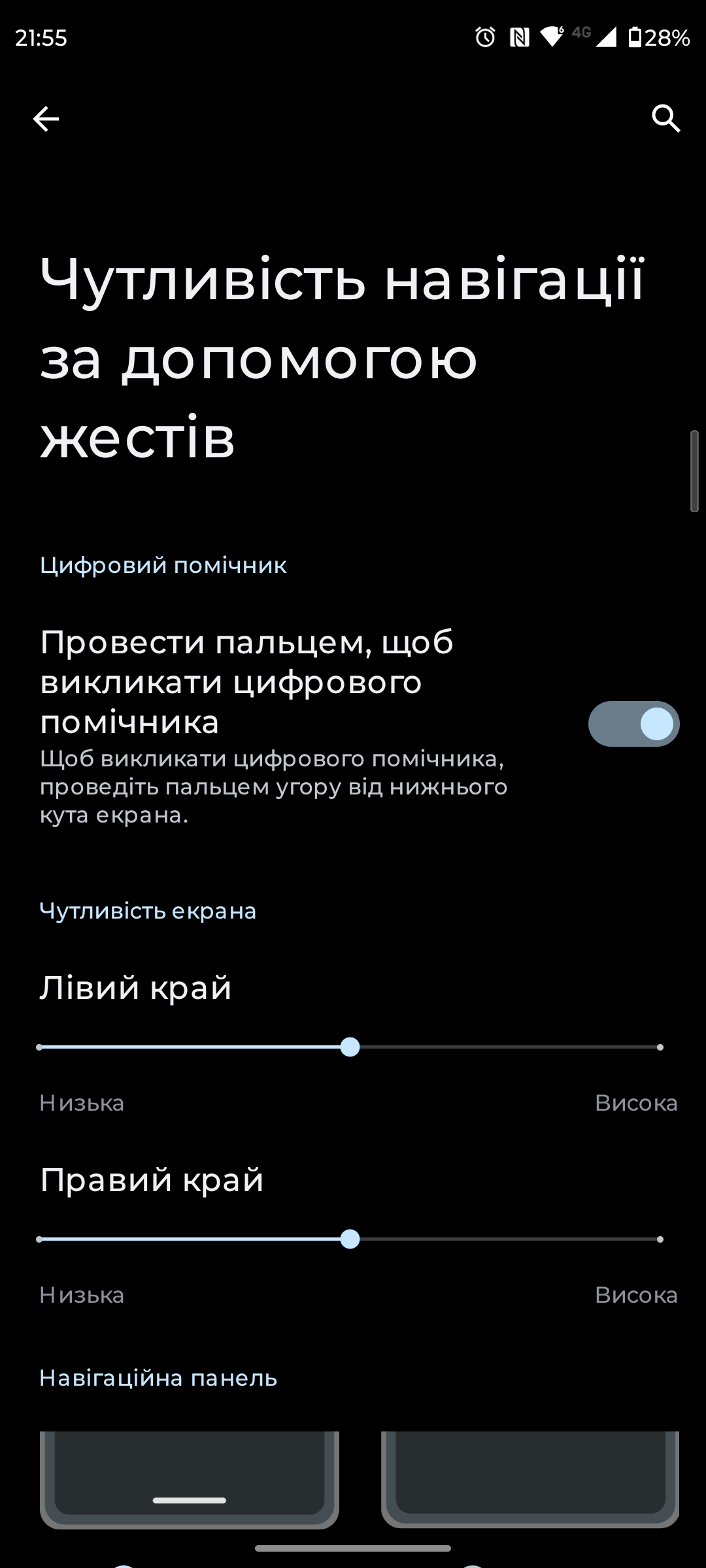
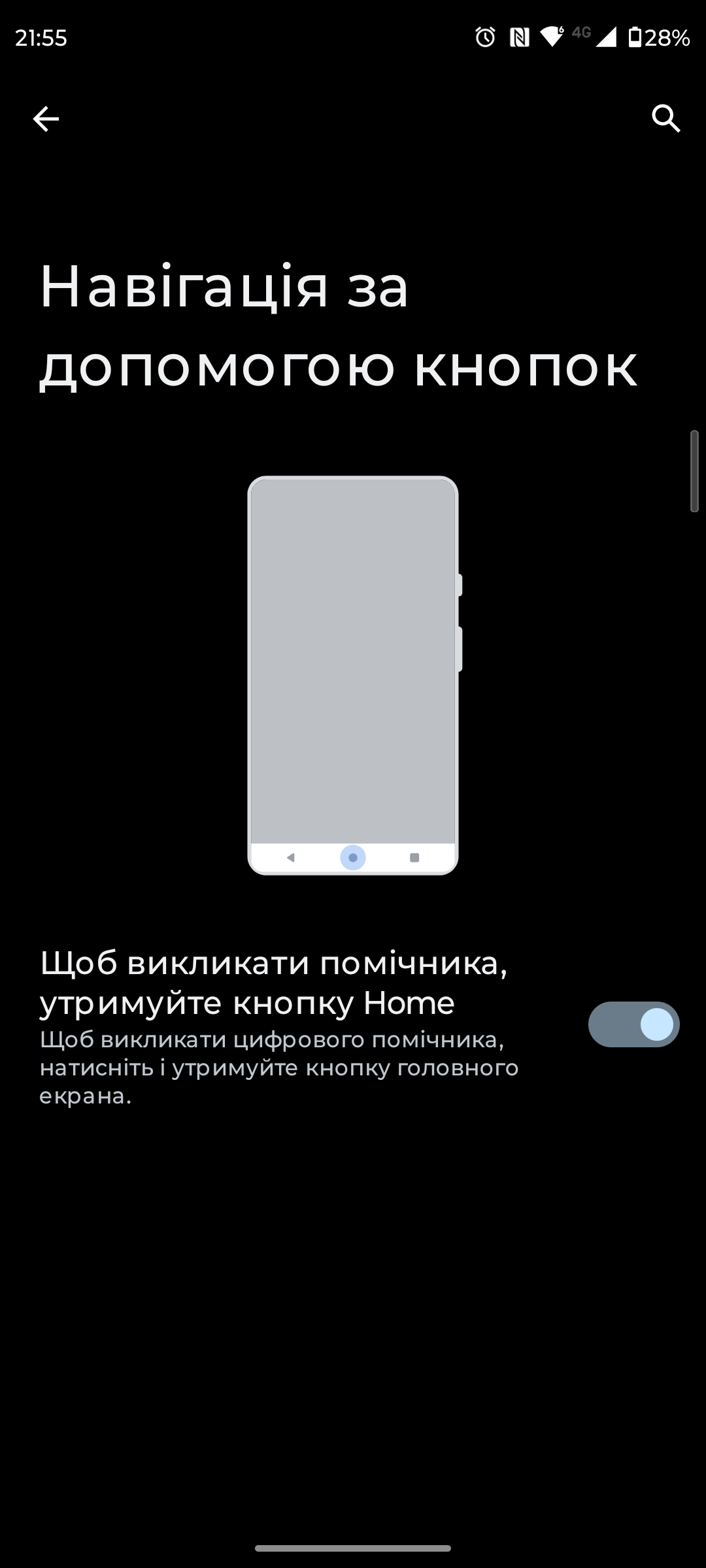

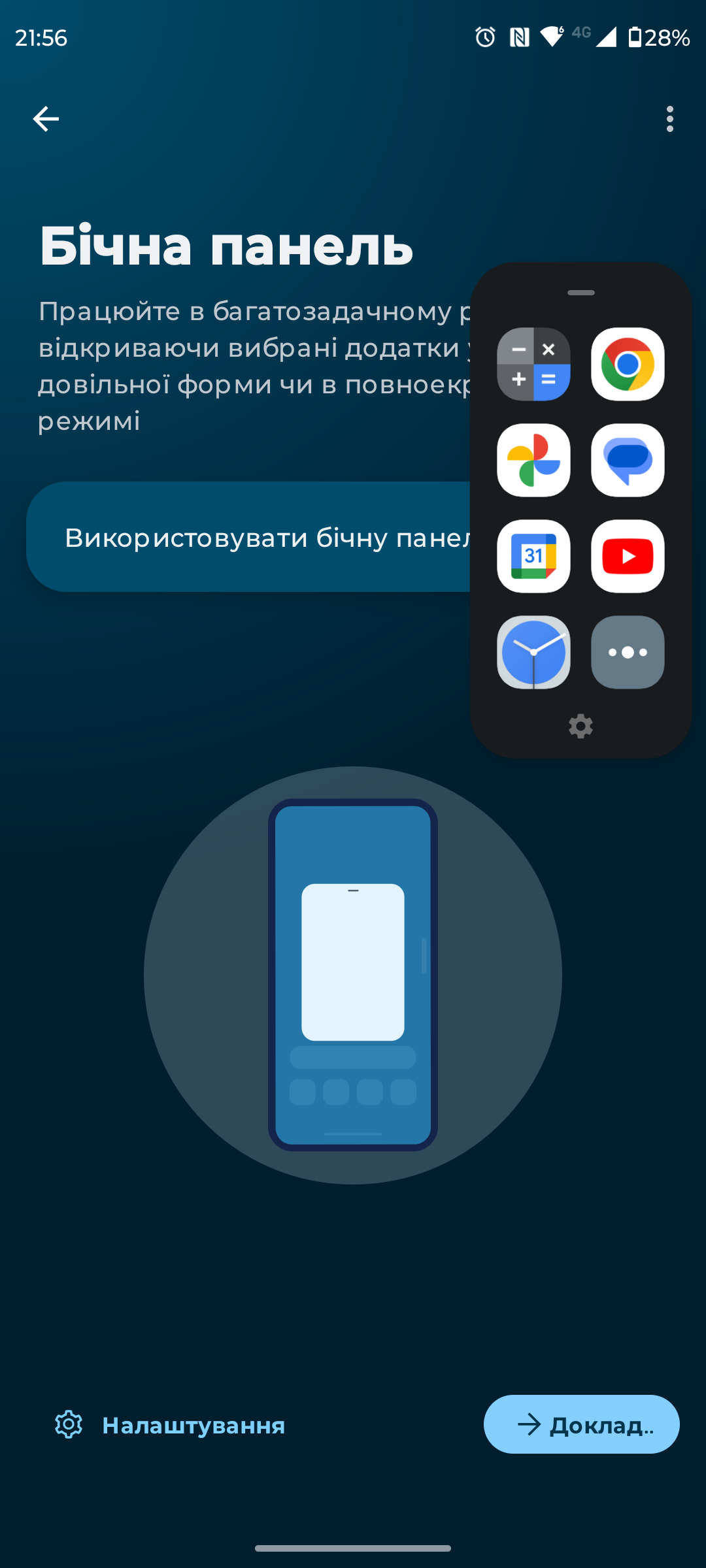





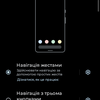
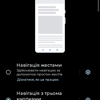
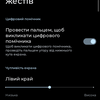

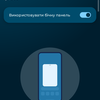
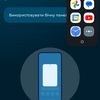
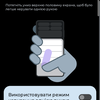
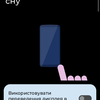



The application manager is almost familiar: a carousel of cards. You can launch two apps from it in split-screen mode. The only unusual and not entirely logical thing is the screen minimise button at the bottom. Usually in most shells there is a button to close all applications, which is much more appropriate there.



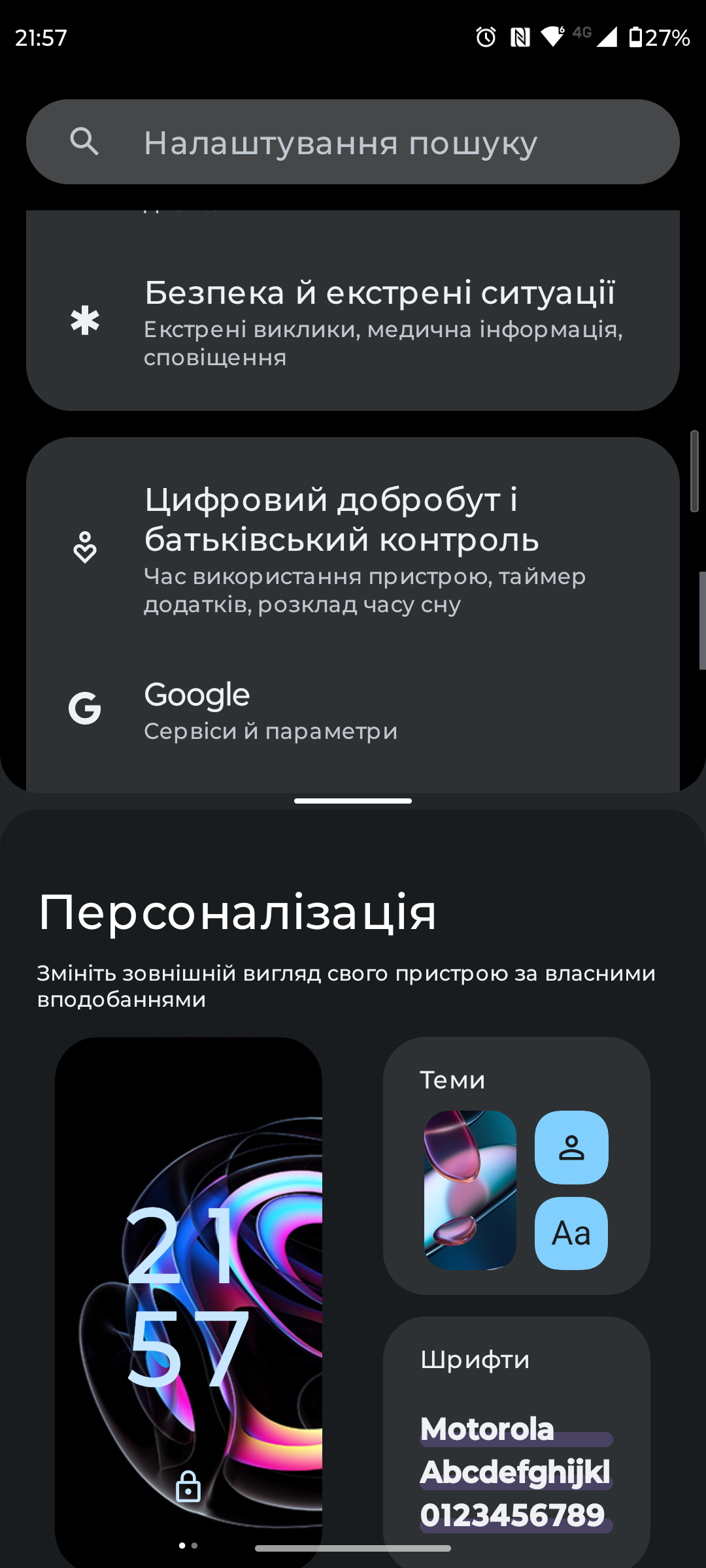


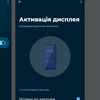
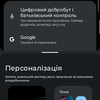
All additional functions from Motorola are collected in one separate Moto application. This includes personalisation (which we have already mentioned), quick flashlight and camera gestures, additional display functions, a safe folder, etc.

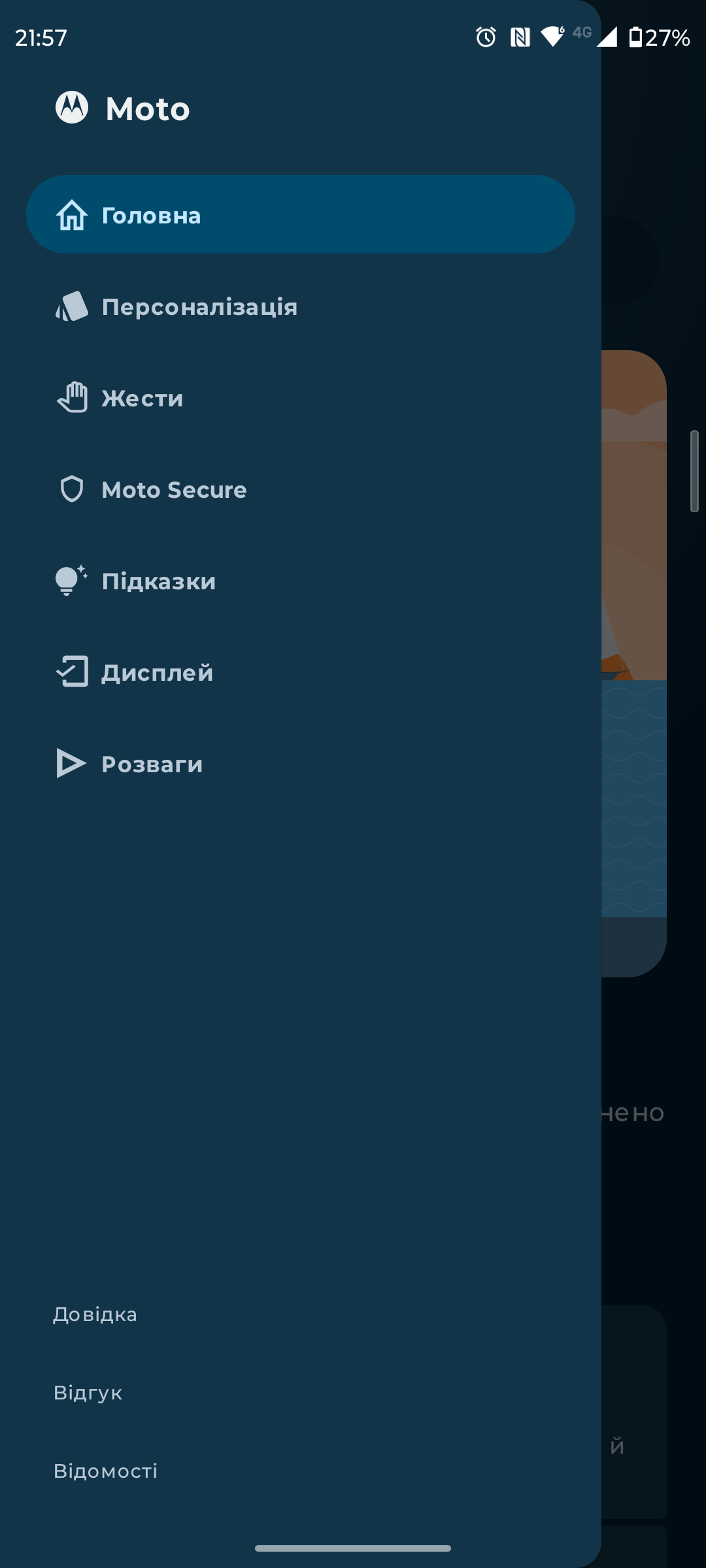
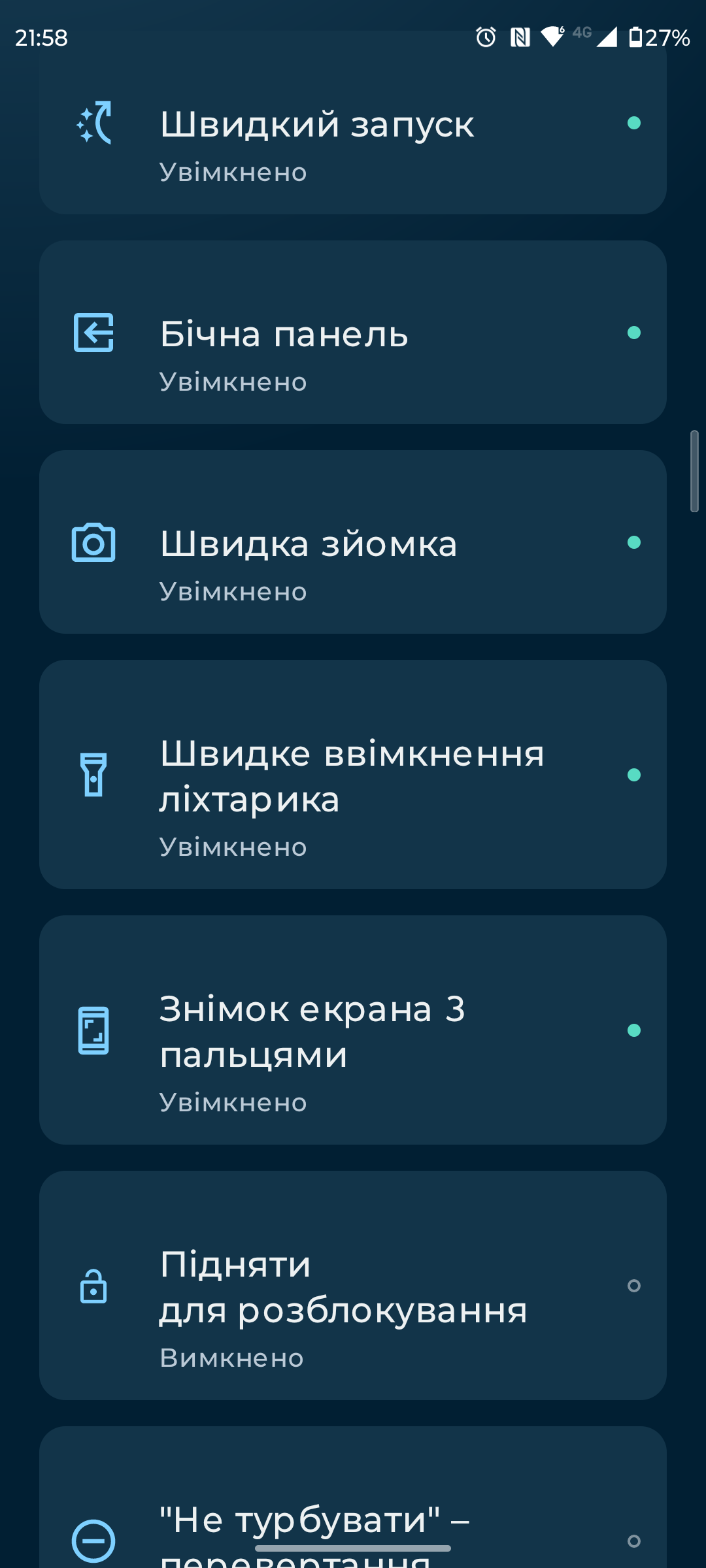





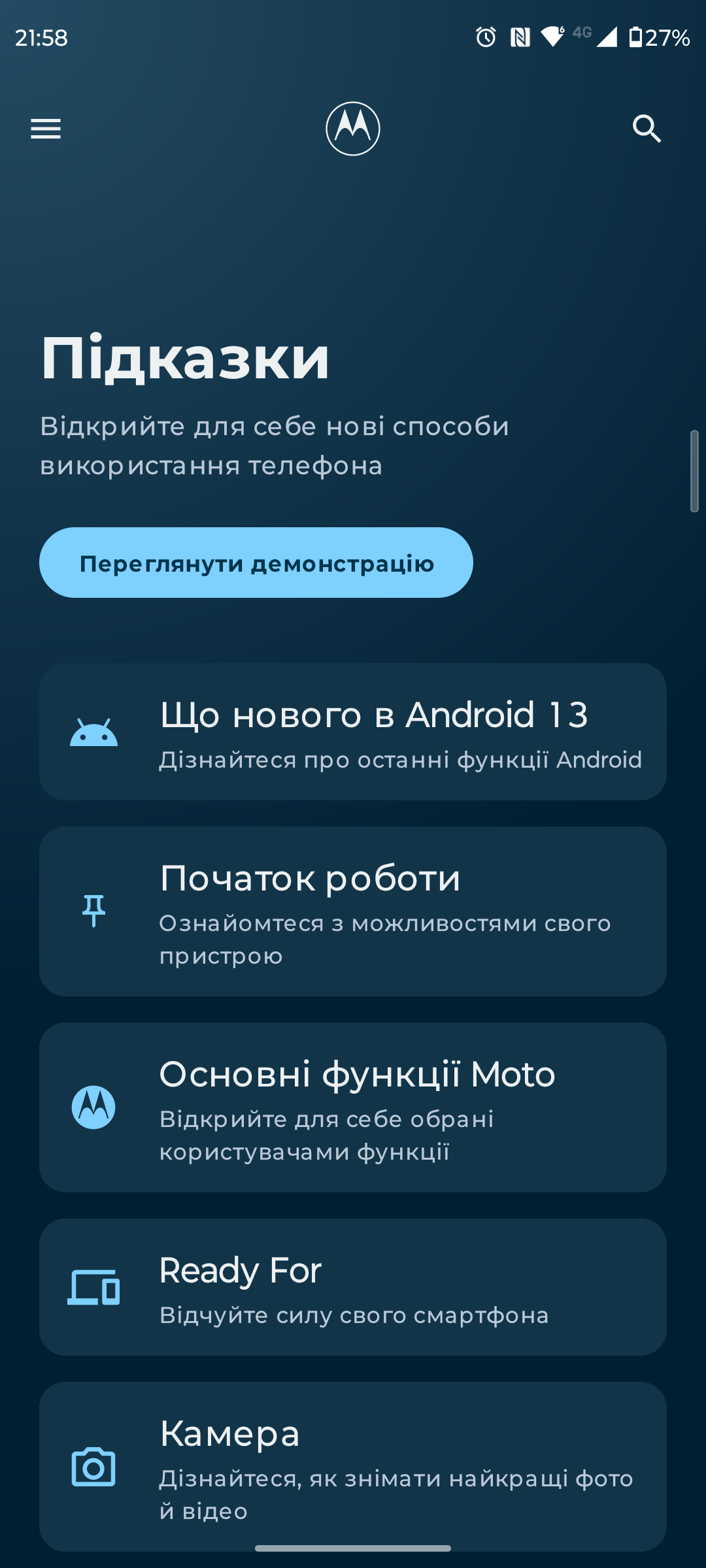

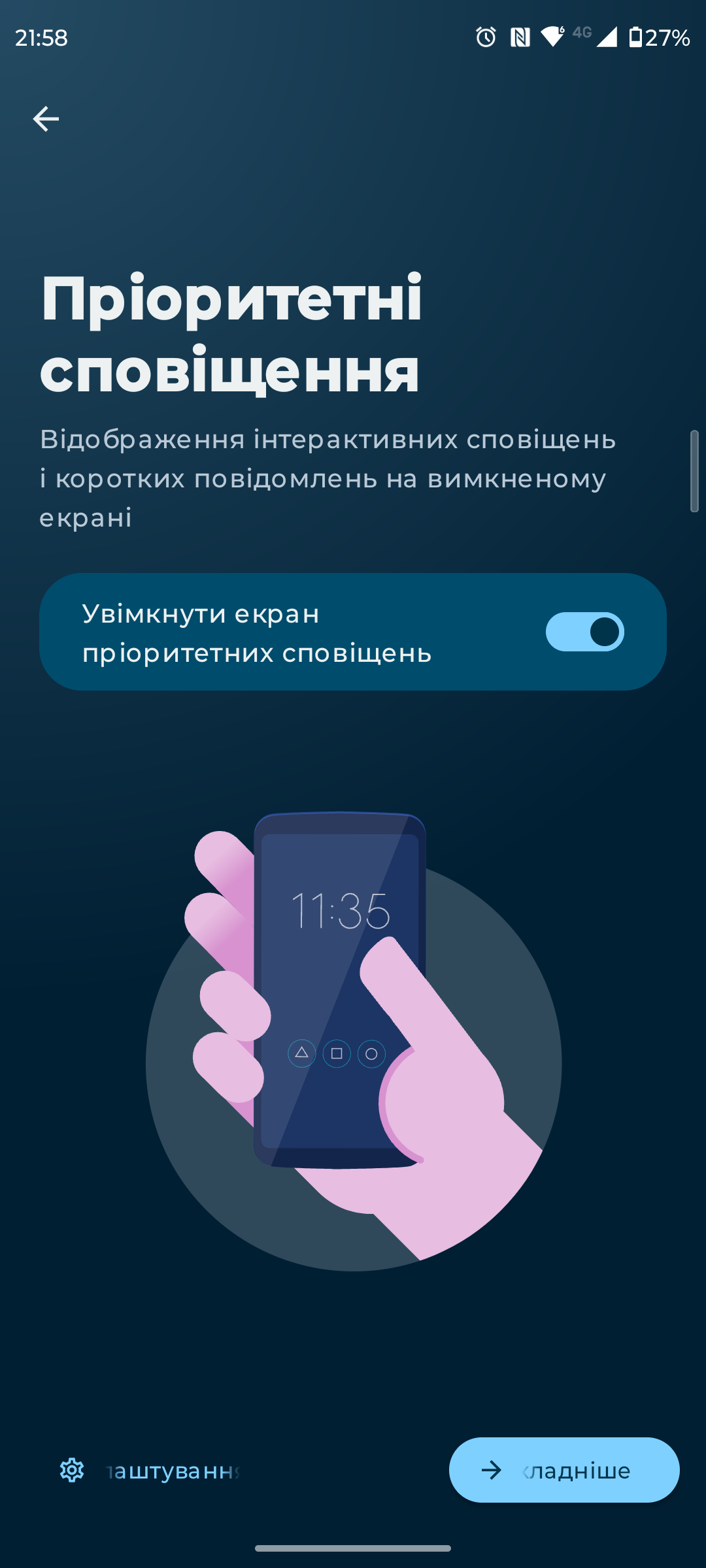

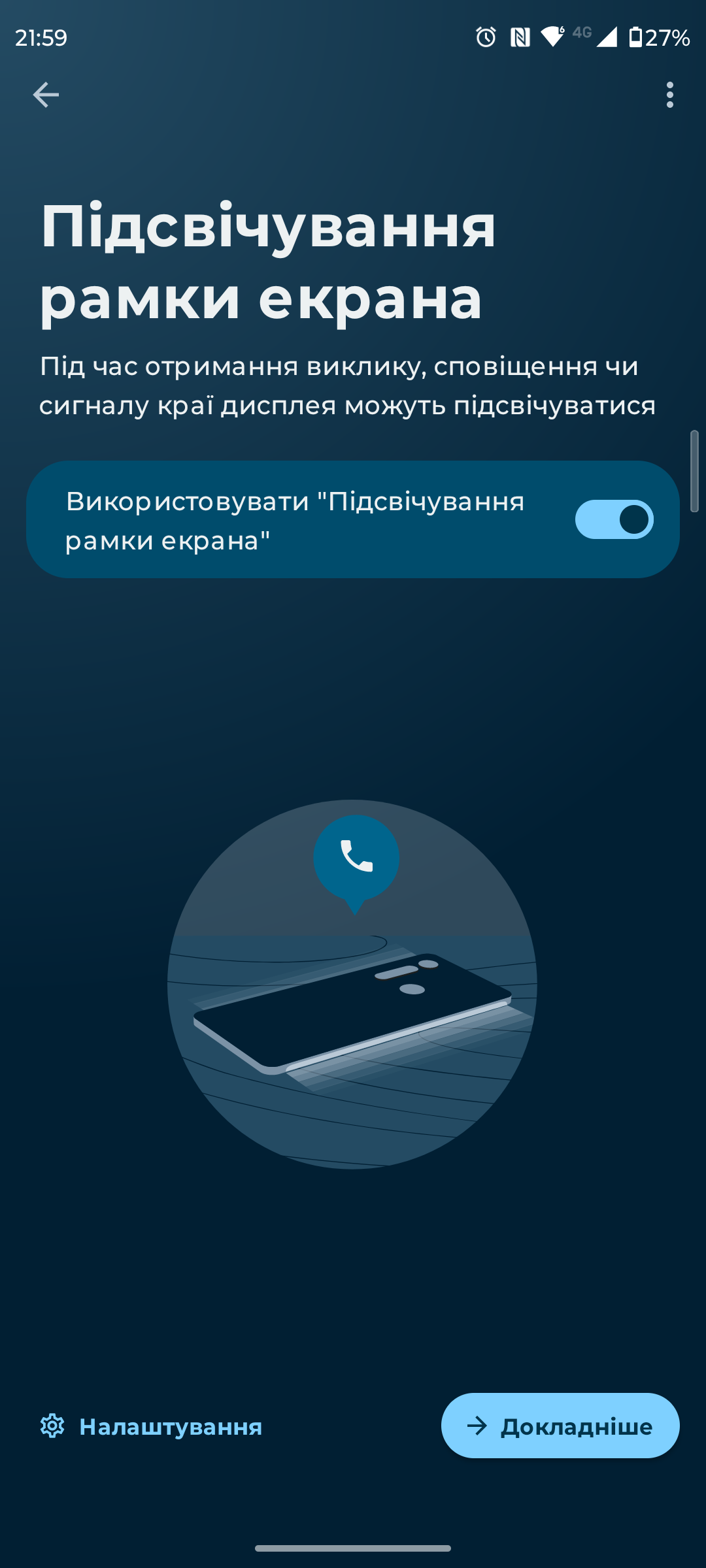

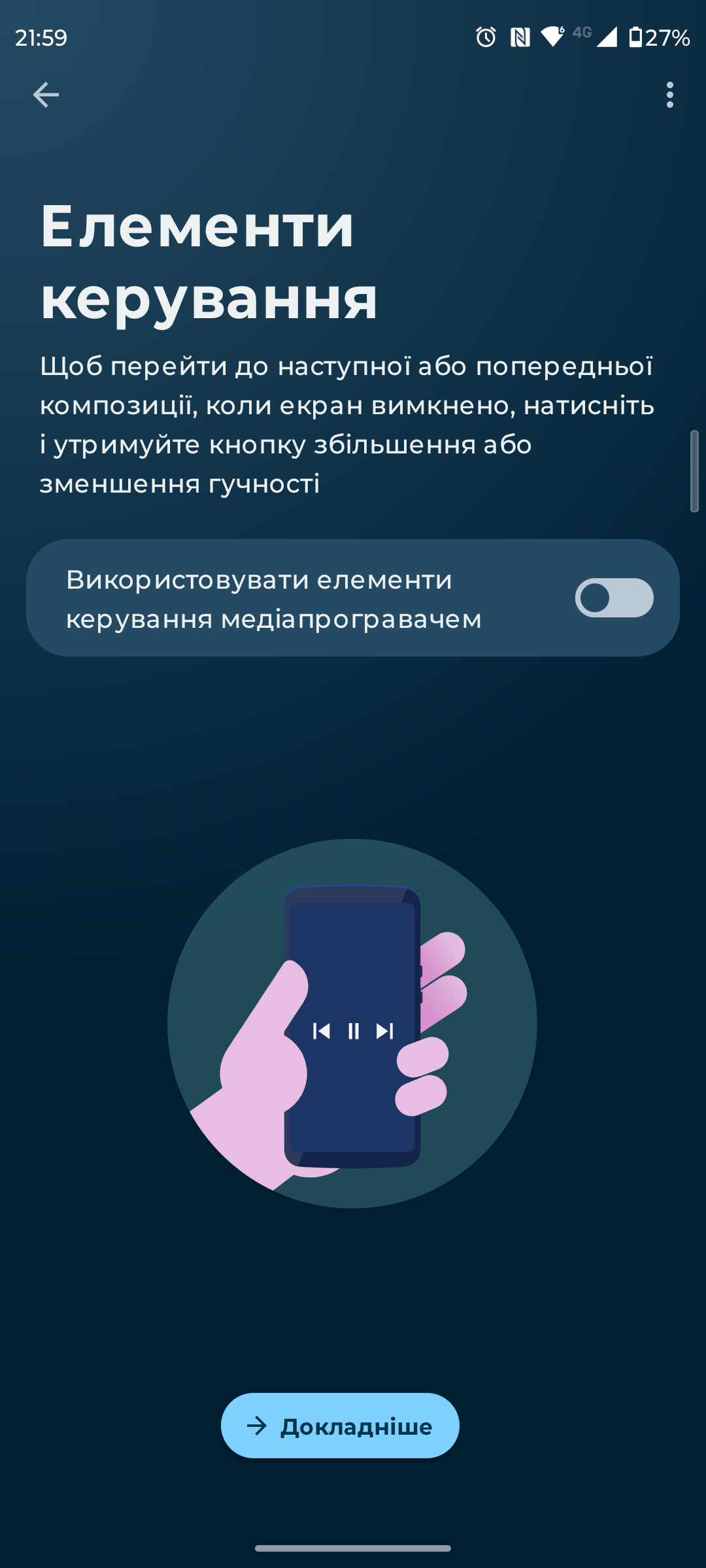






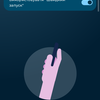
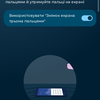
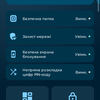
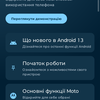

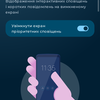


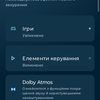

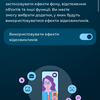
Another interesting feature is Ready For. The smartphone can be connected via cable or Miracast to an external monitor or TV. There is a desktop mode with an interface similar to the usual Windows, a kind of entertainment mode with sections TV (online video services), Games, Video Chat (using a smartphone as a webcam) and mirroring the image from a smartphone. You can use your smartphone screen as a touchpad. You can also connect a keyboard, mouse, or gamepad via Bluetooth.


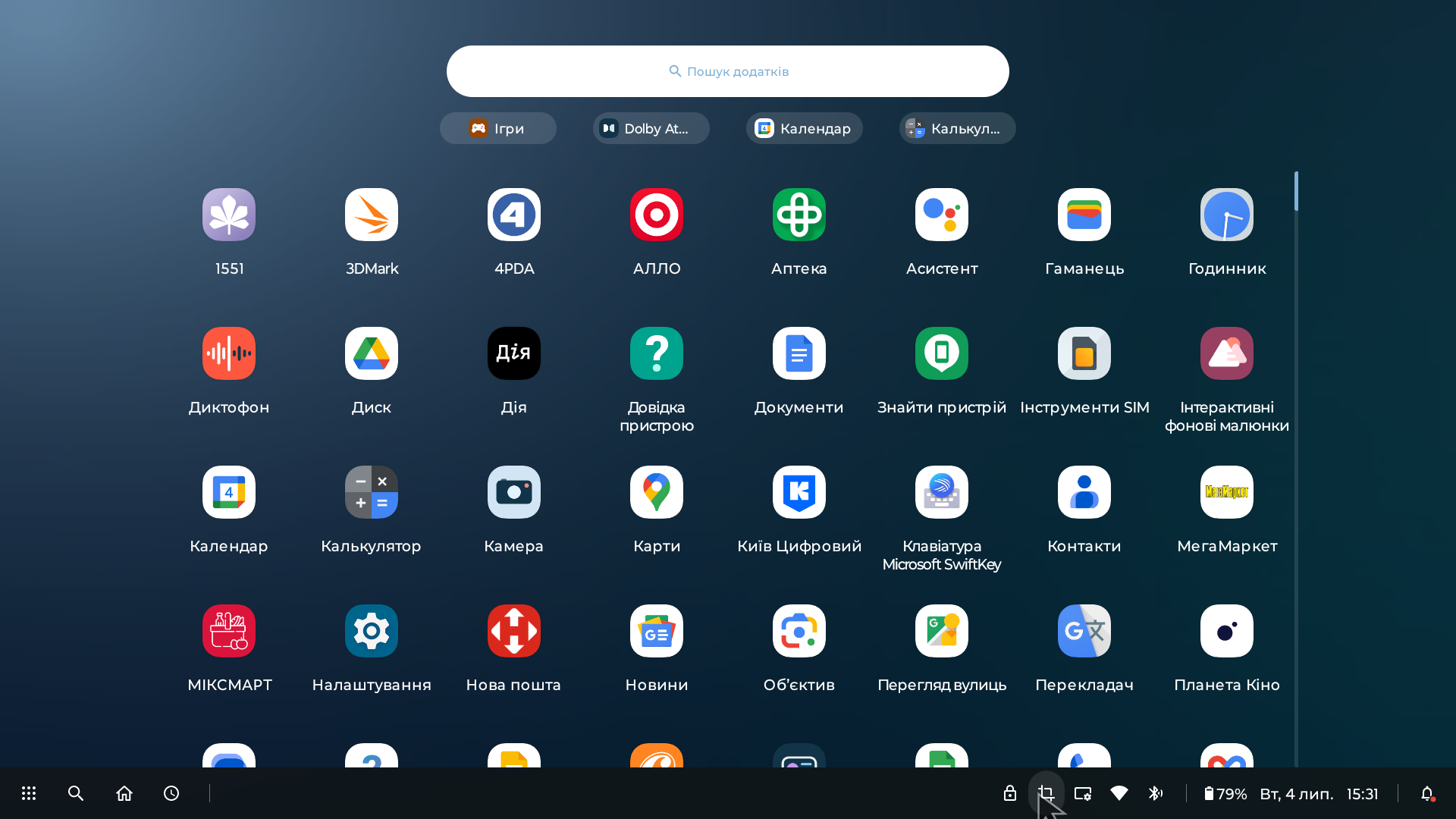
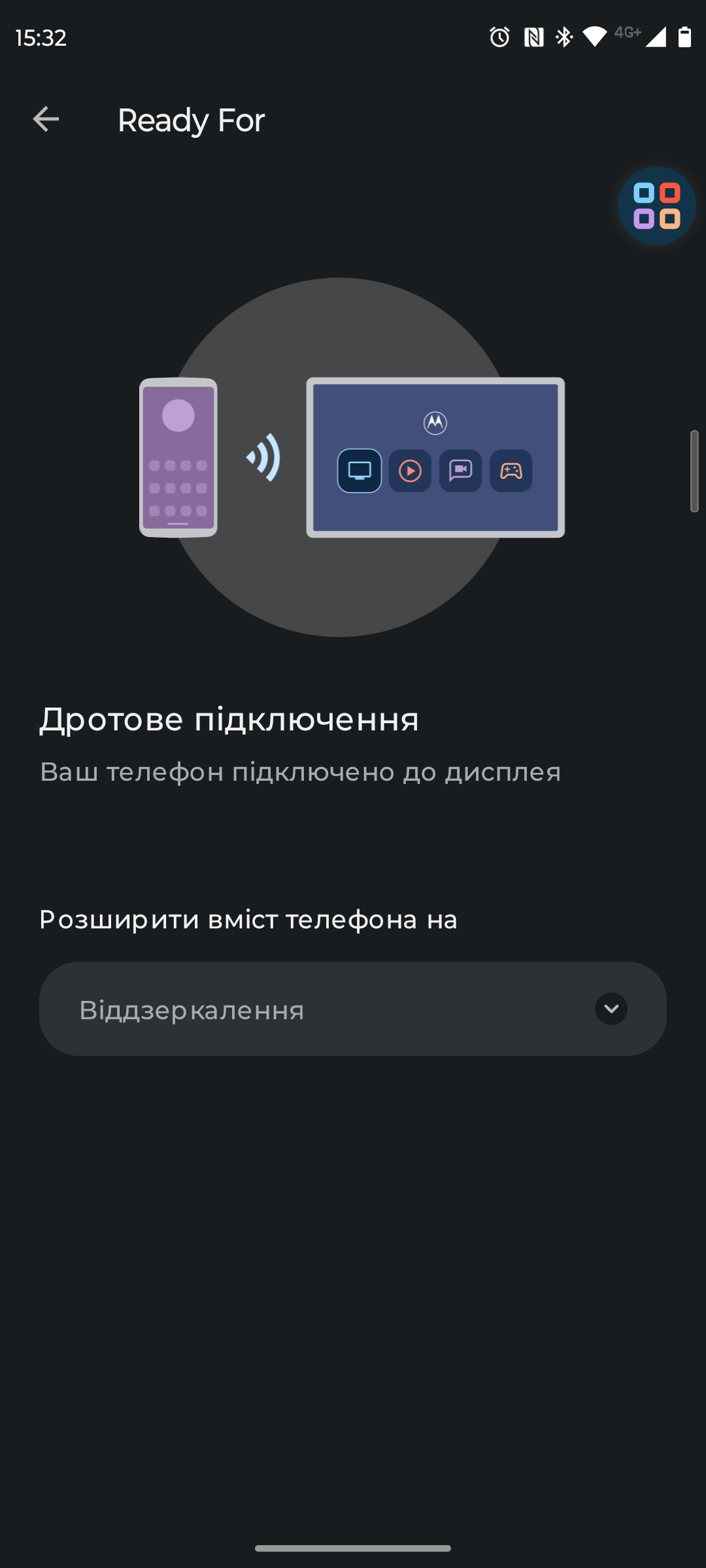

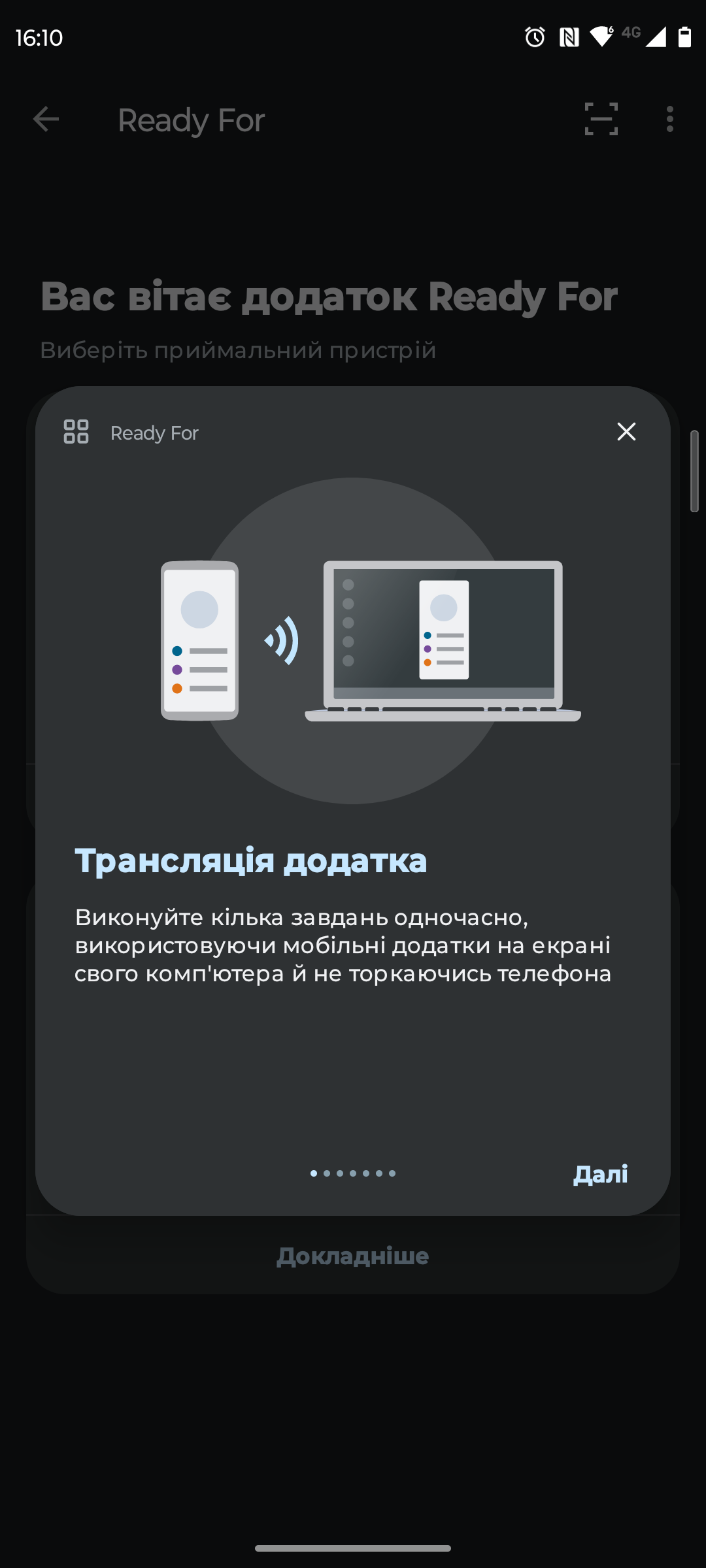
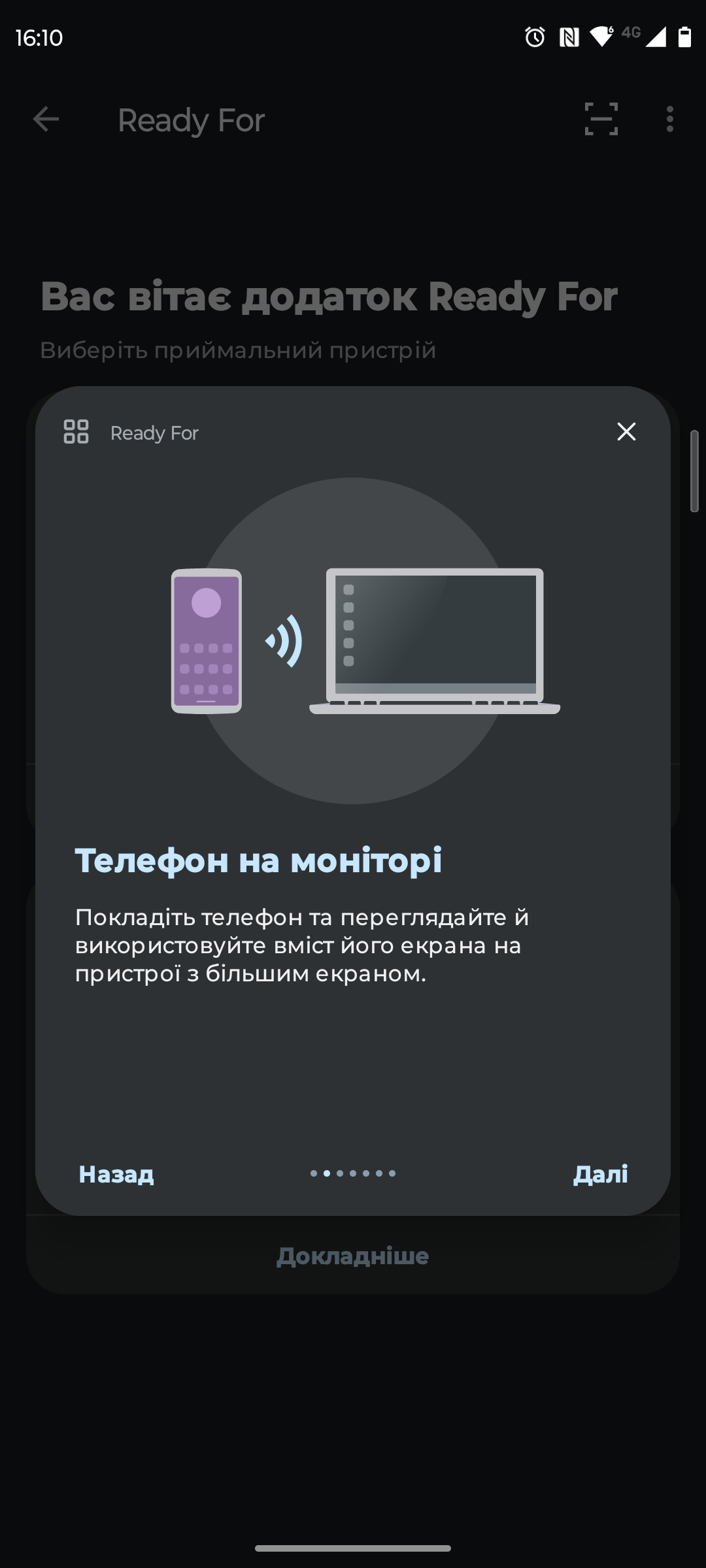


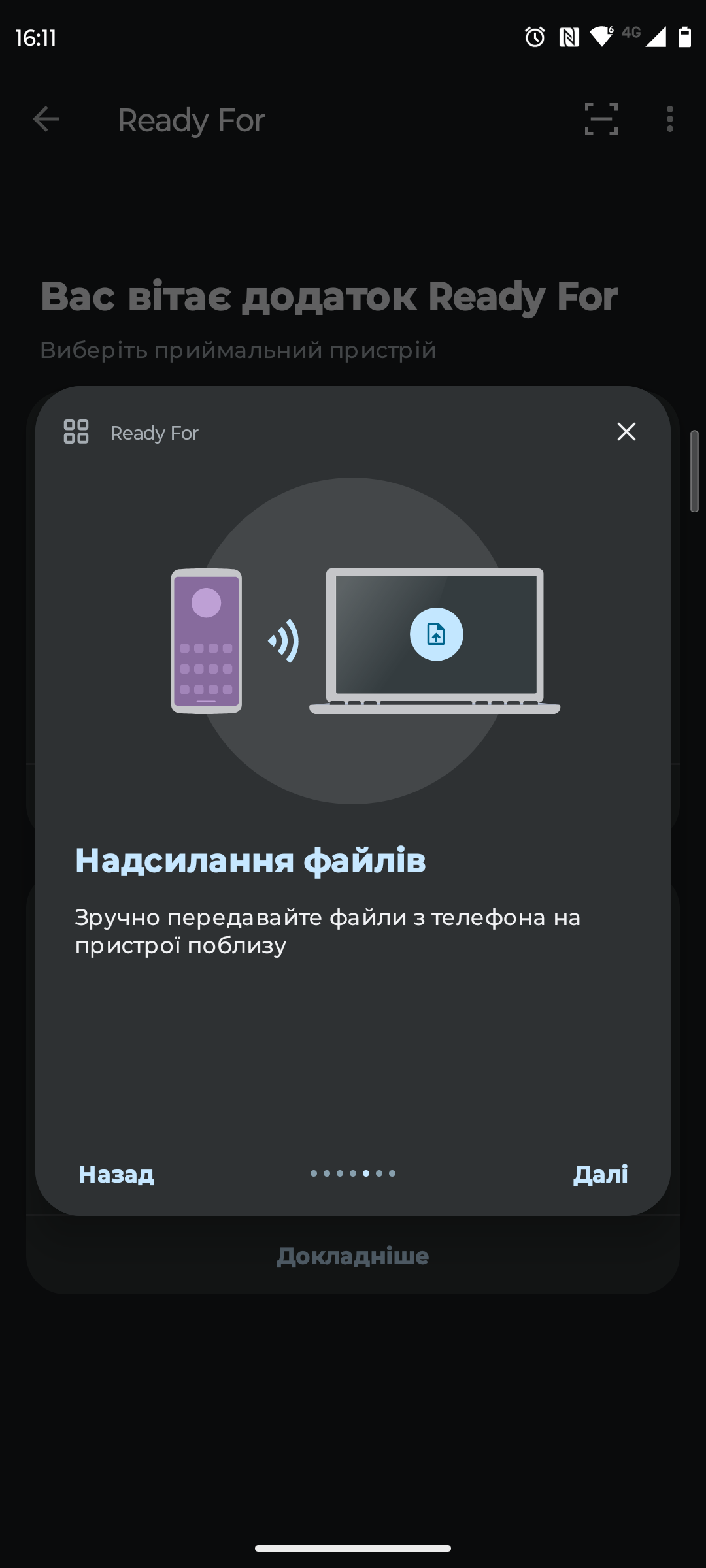
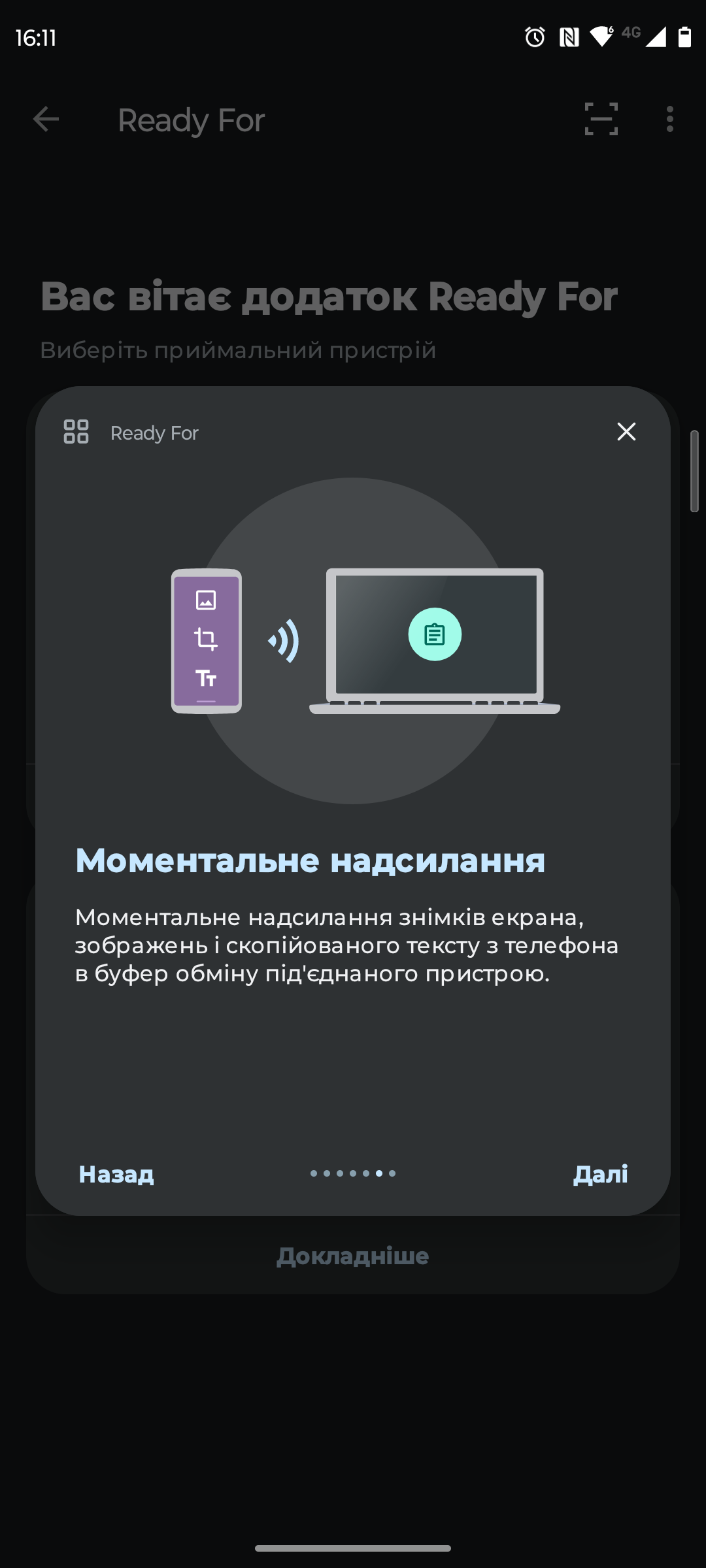

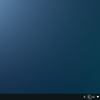
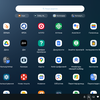
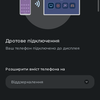
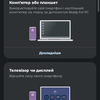
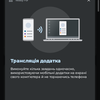





Interestingly and conveniently, to use the portable monitor, you just need to connect your smartphone with a cable. No additional power is required.
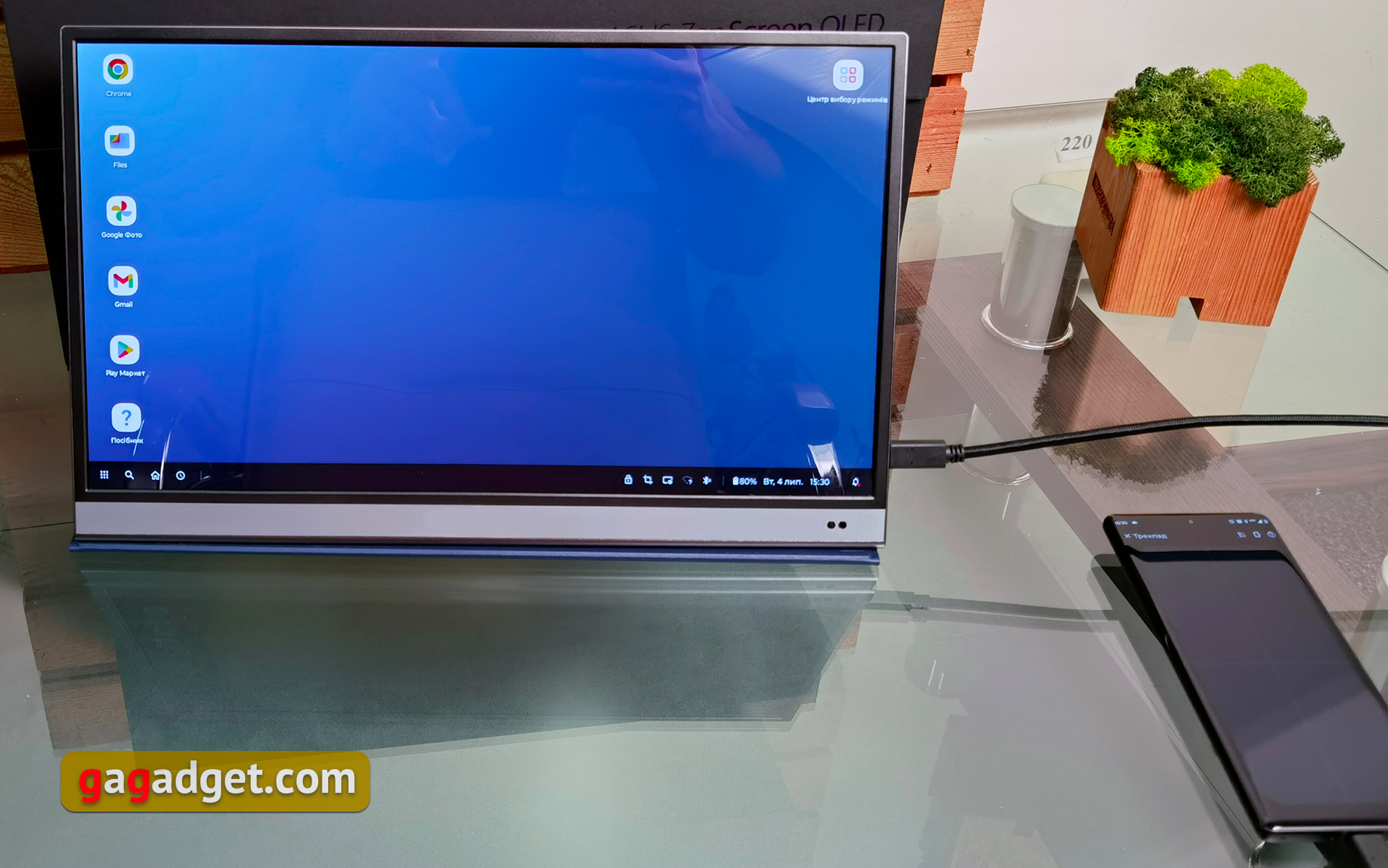
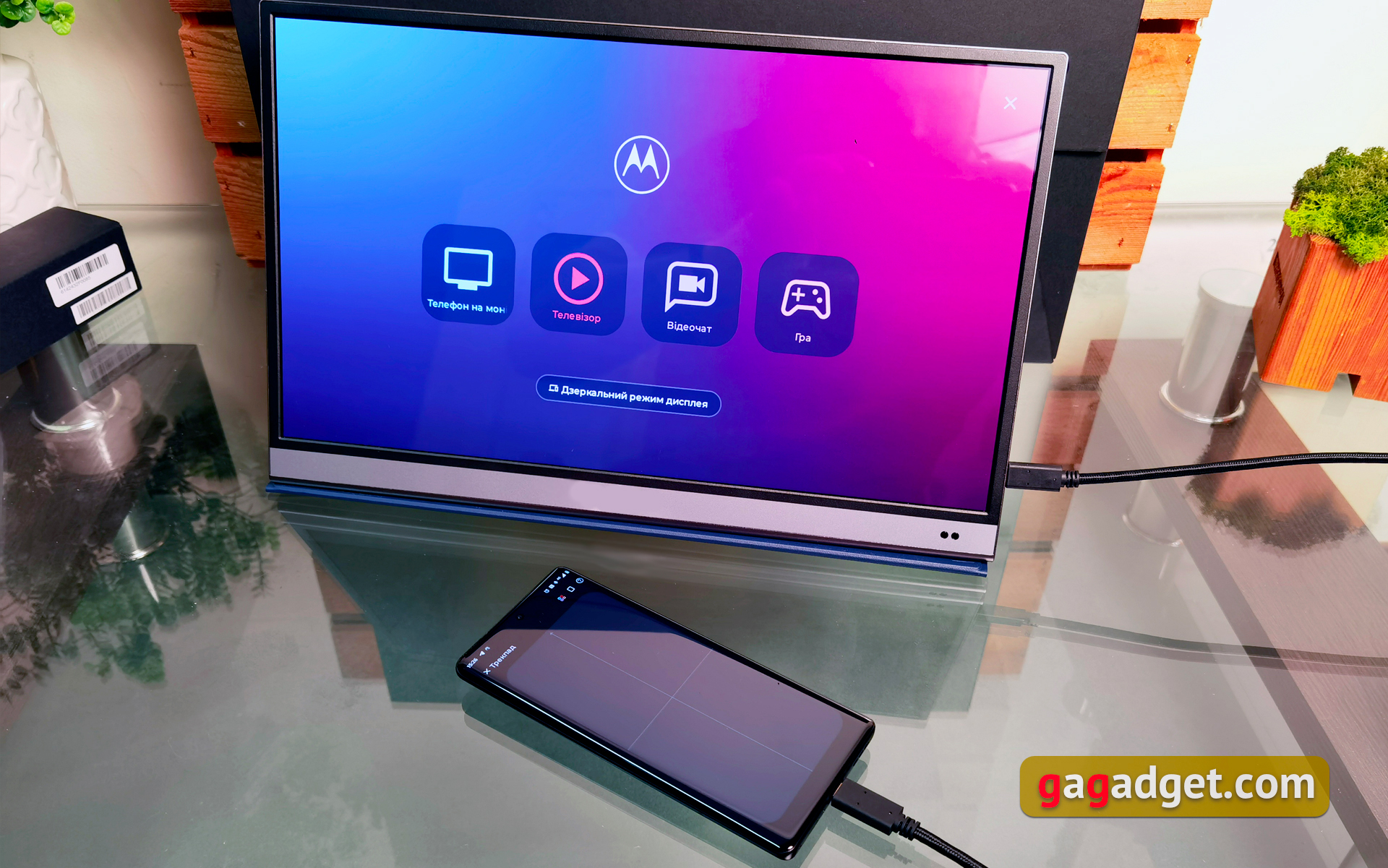
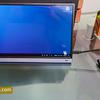
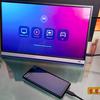
How good are the cameras?
The smartphone has a three-camera configuration at the back. The main one has 50 megapixels, f/1.8 aperture, 1/1.55" matrix size, 1.0µm pixels. It has multi-directional PDAF phase detection and optical stabilisation. The OmniVision OV50A module is used. The telephoto camera is 12 MP, f/1.6, 1/2.93", 1.22µm, PDAF, 2x zoom. There is also a wide-angle camera of 50 MP, f/2.2, 114˚, 1/2.76", 0.64µm with autofocus. It is also used for macro mode. The smartphone can record video in 8K@30fps, 4K@30/60fps. The front camera is 60 MP, f/2.2, 1/2.8", 0.61µm.
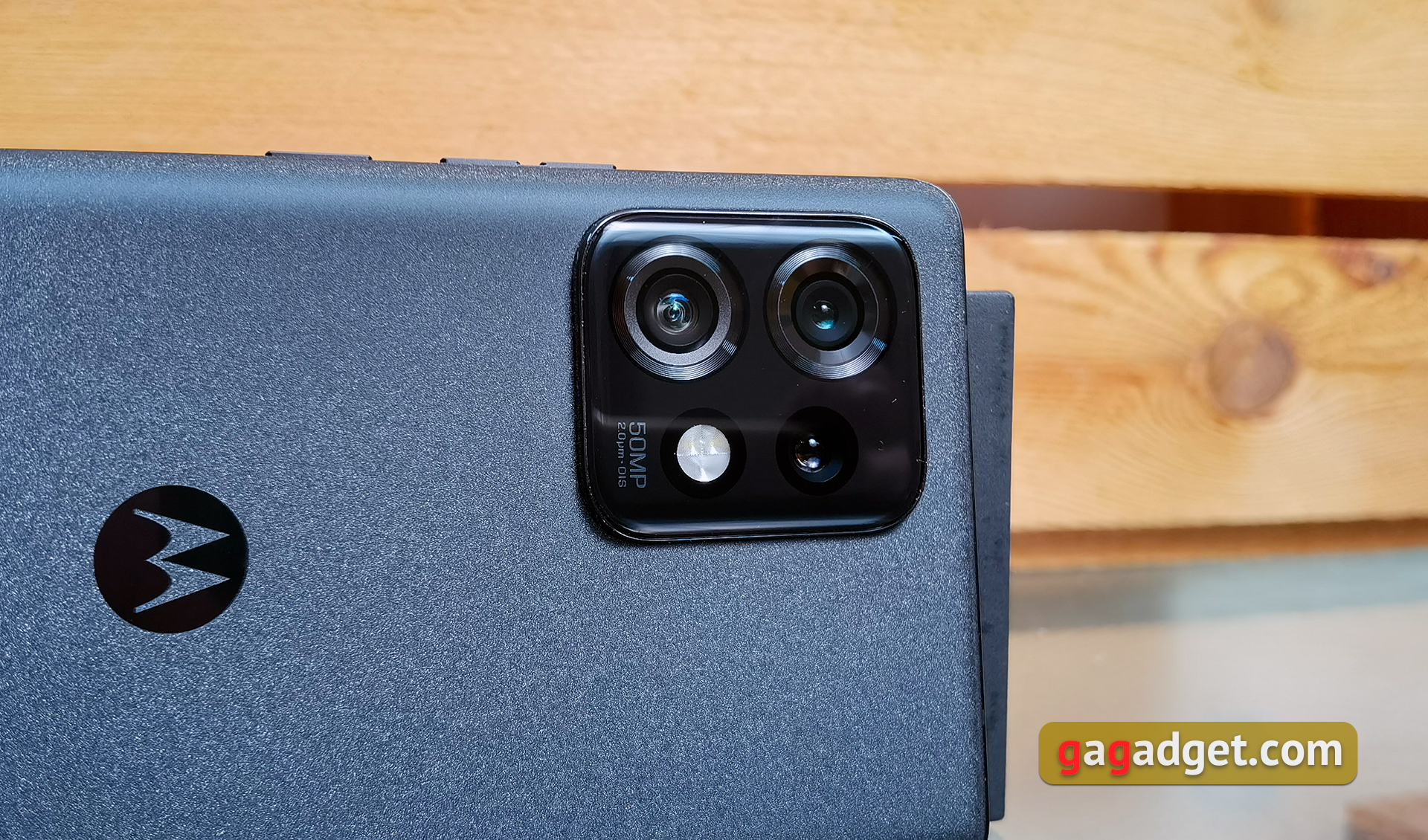
The camera app has a user-friendly interface. There is a familiar mode carousel, a separate section with additional modes, and a set of basic settings right on the screen (flash, aspect ratio, HDR). All the additional settings (timer, resolution, video frame rate, stabilisation) are in the drop-down menu.
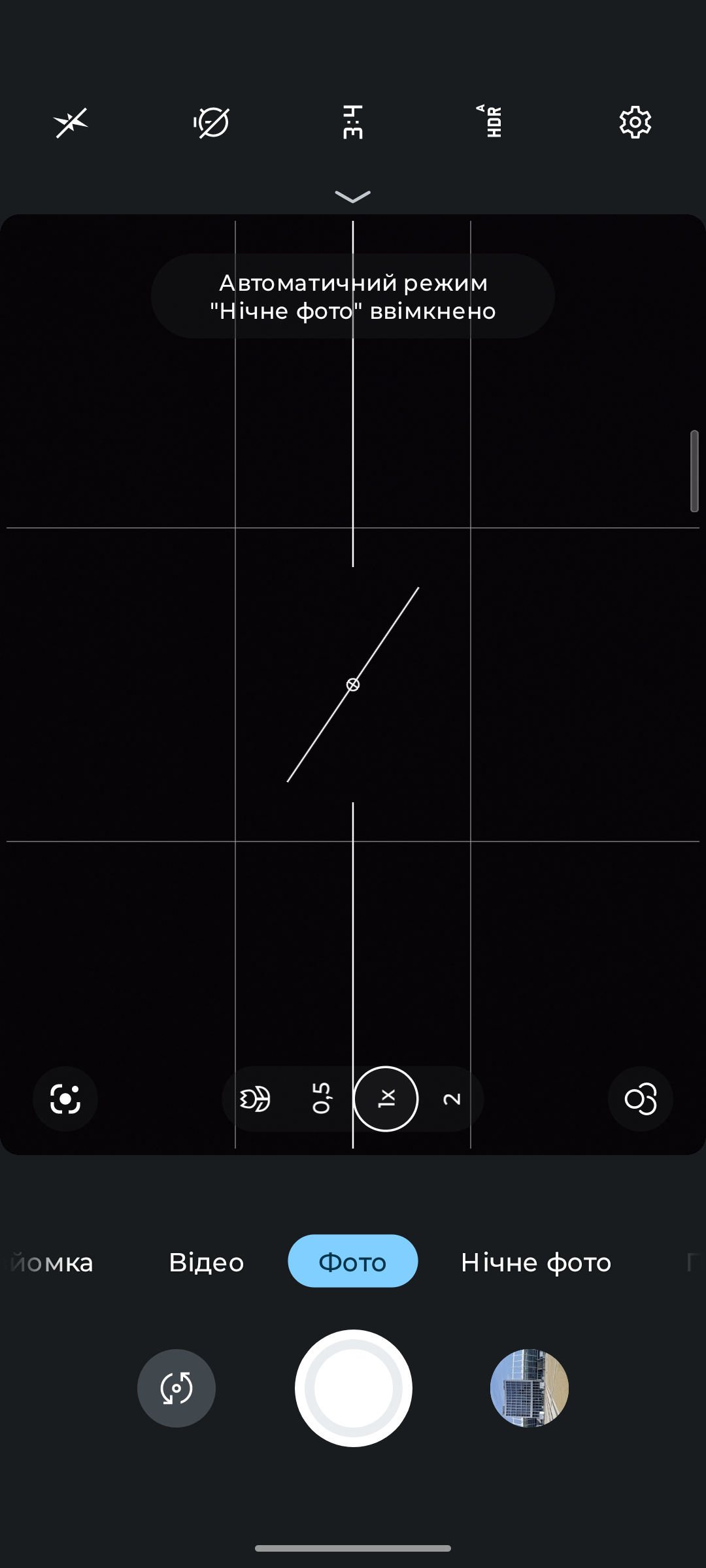

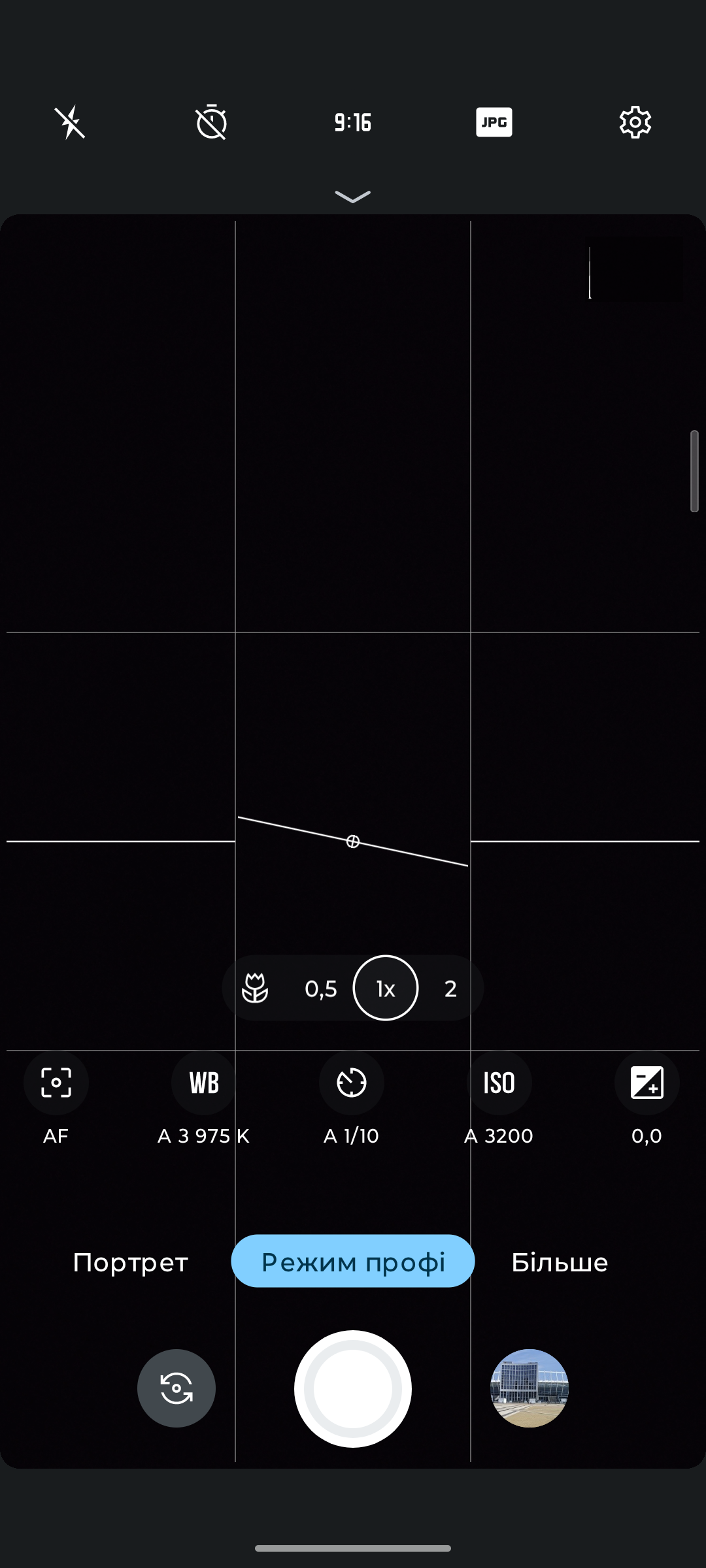
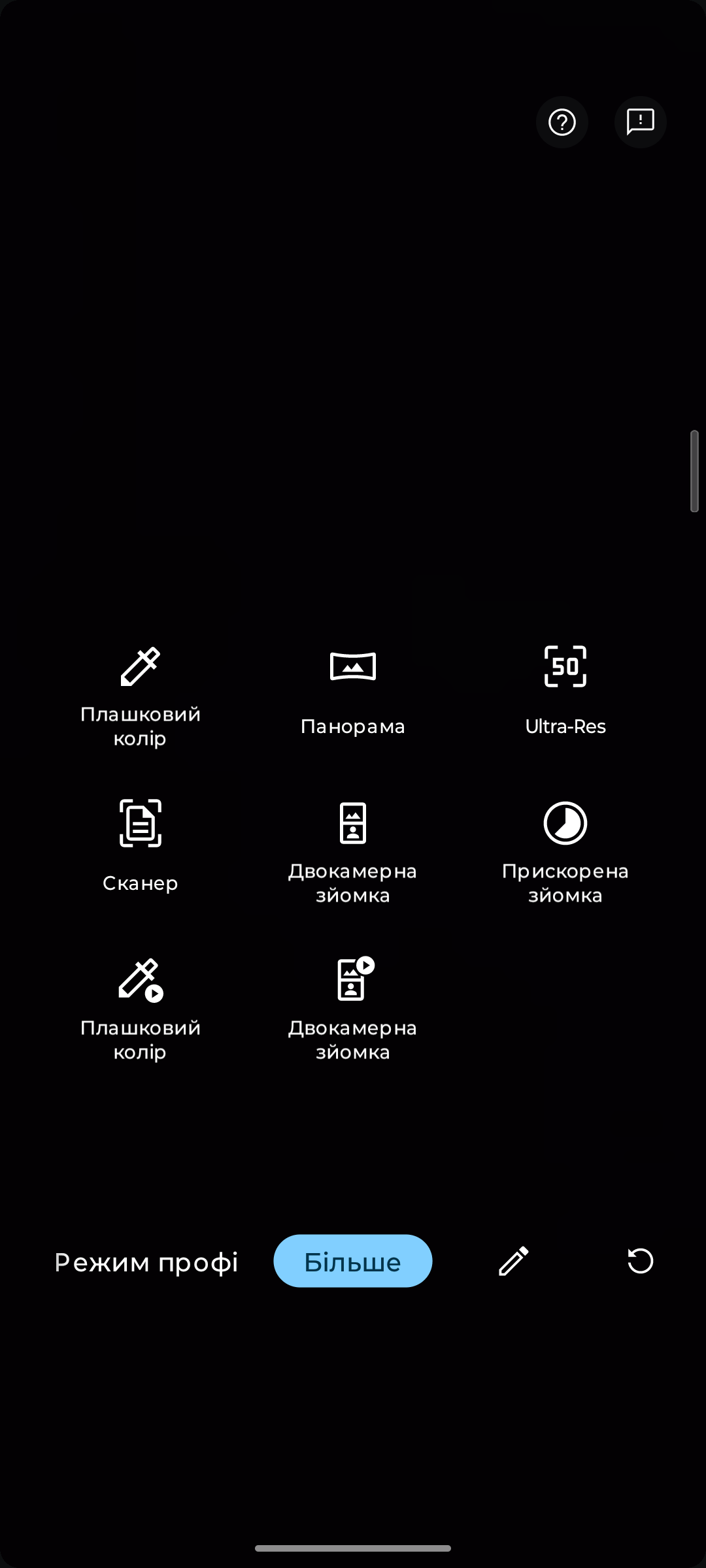



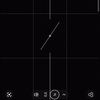






The main camera works well in good light. Photos are detailed, with a wide dynamic range and rich colours. Colour reproduction is mostly quite natural. The night mode also performs its function very well. The detail drops just a little. But the results of processing algorithms are quite visible. Yellow tints appear and the frame is generally illuminated a little more than necessary: the photos look like evening instead of night.
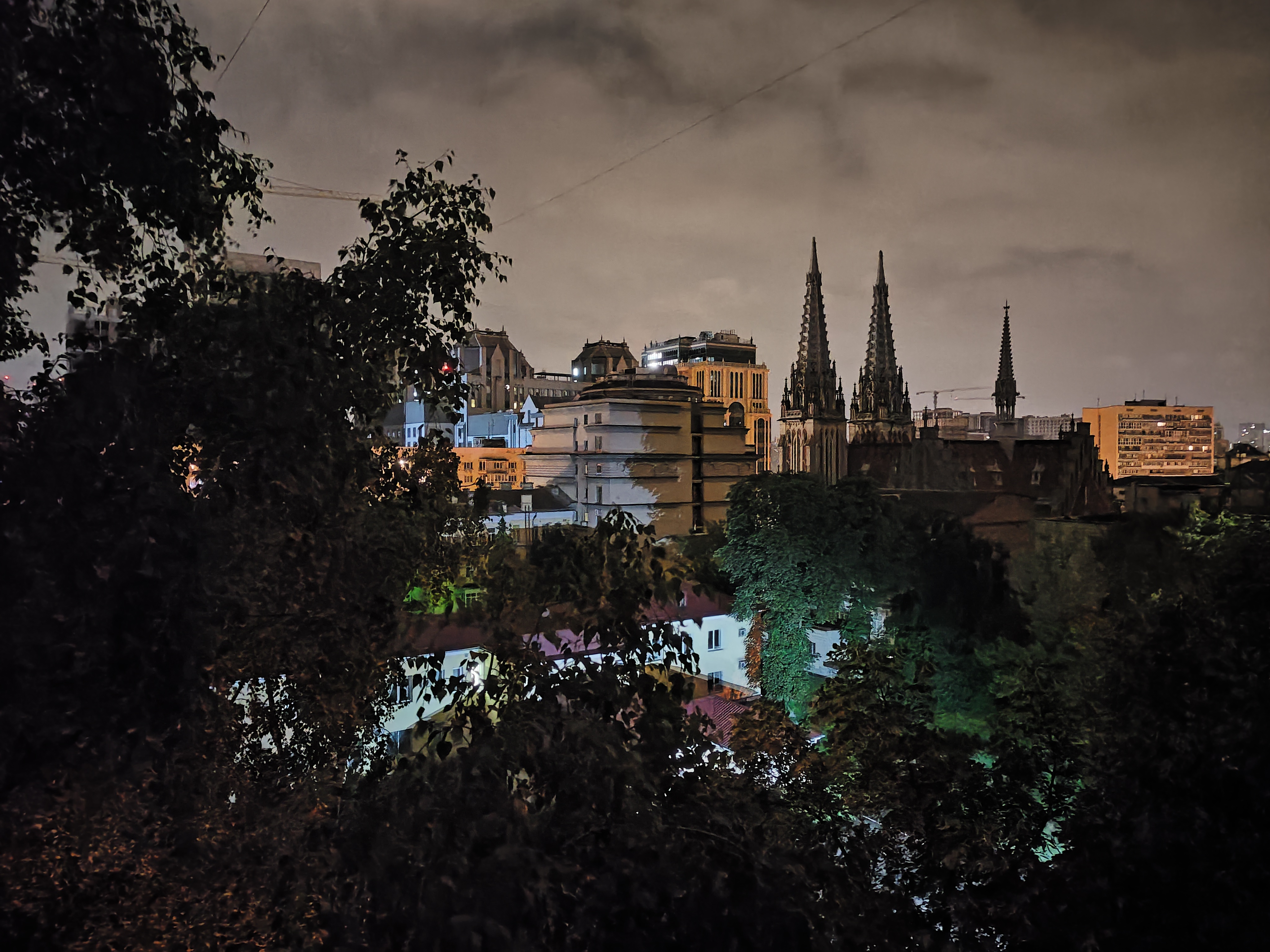




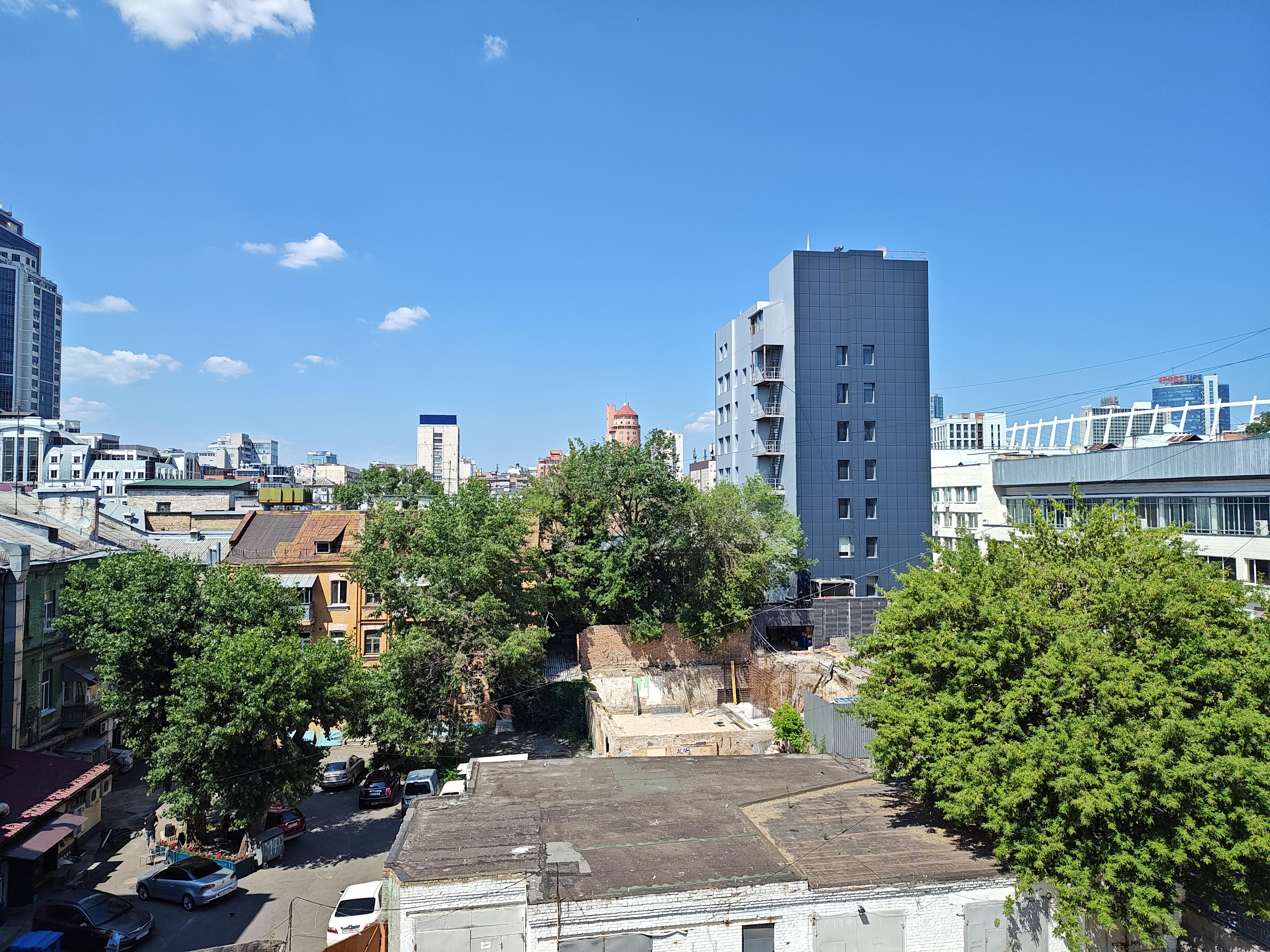

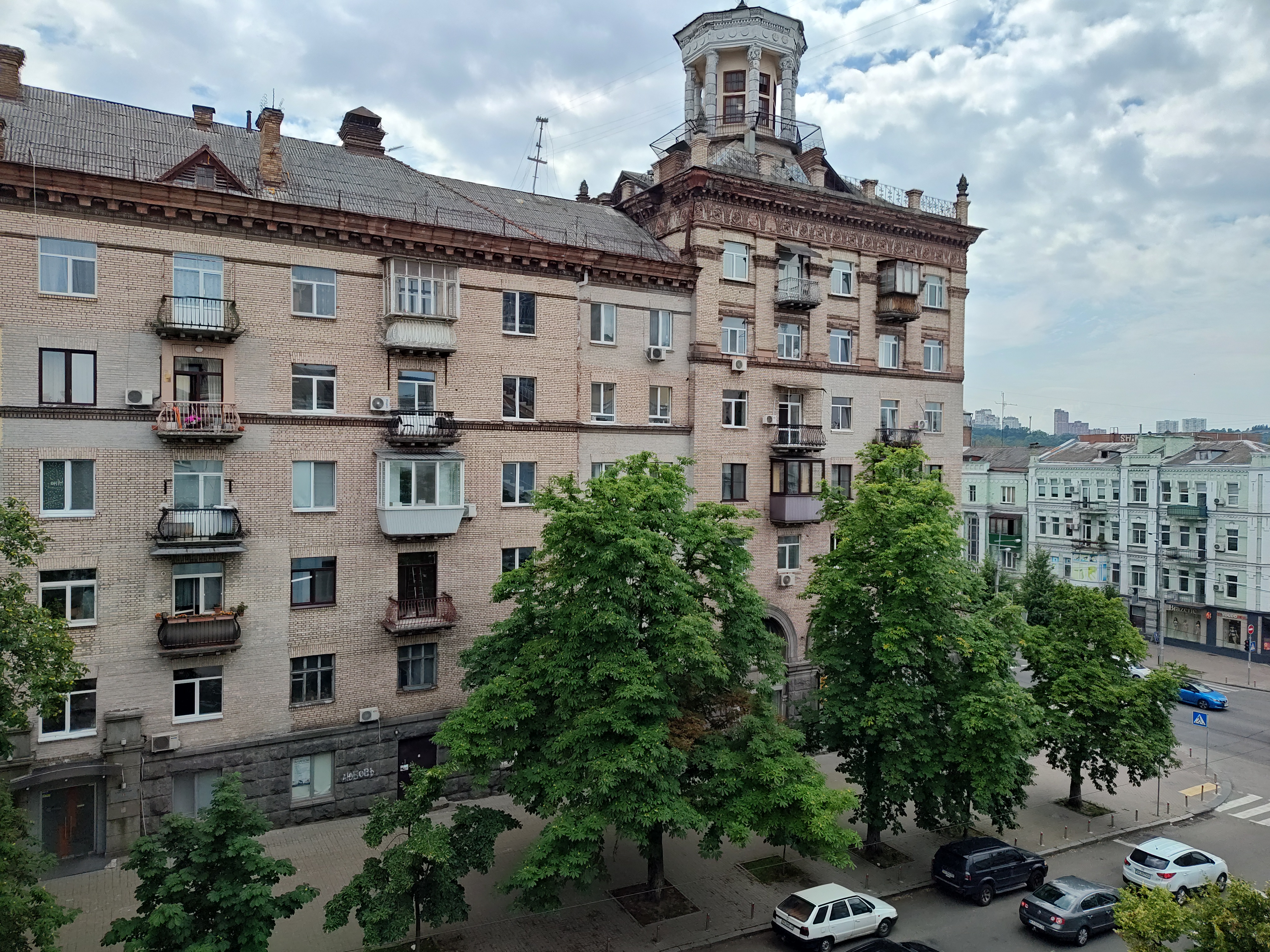
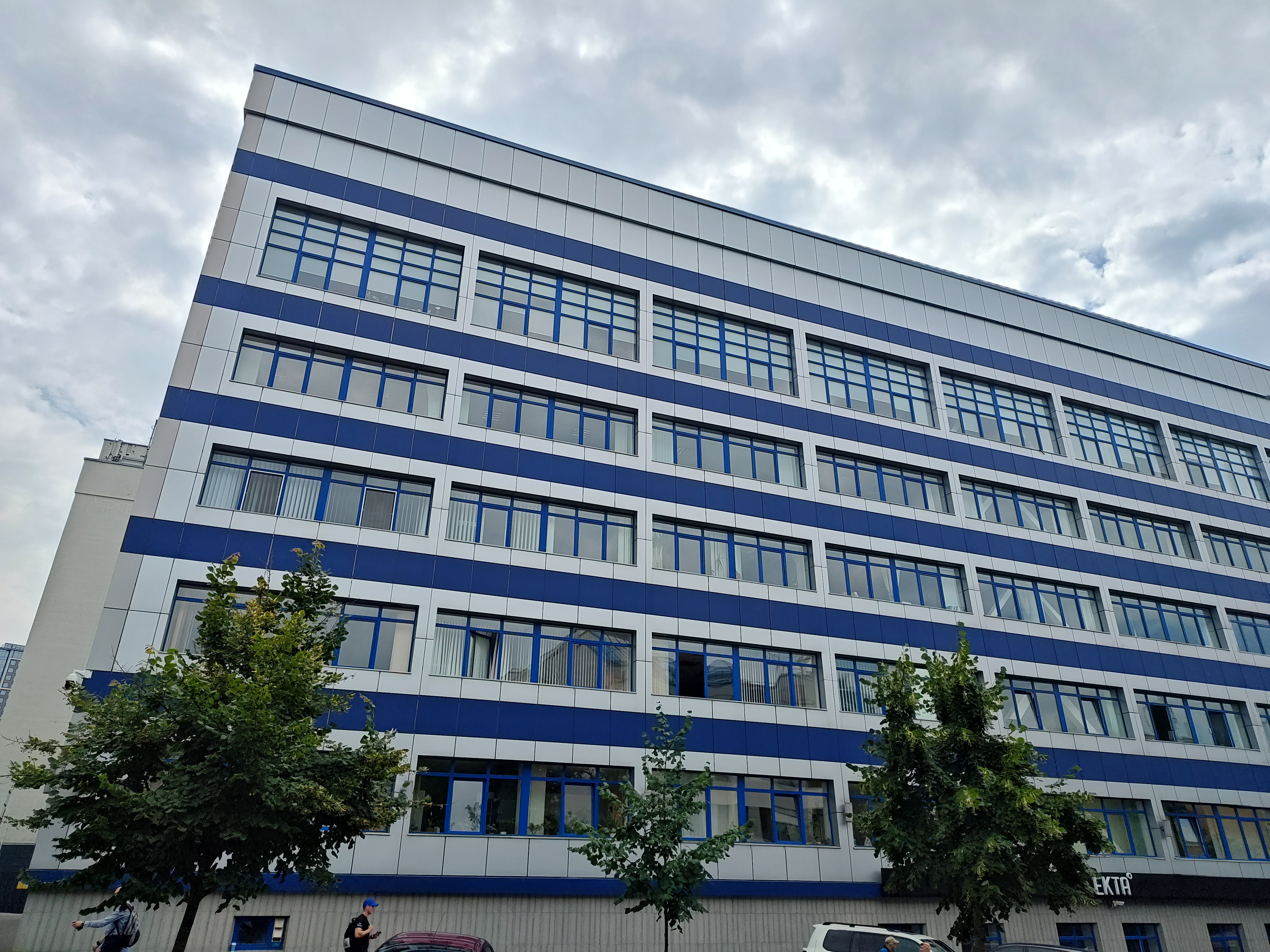

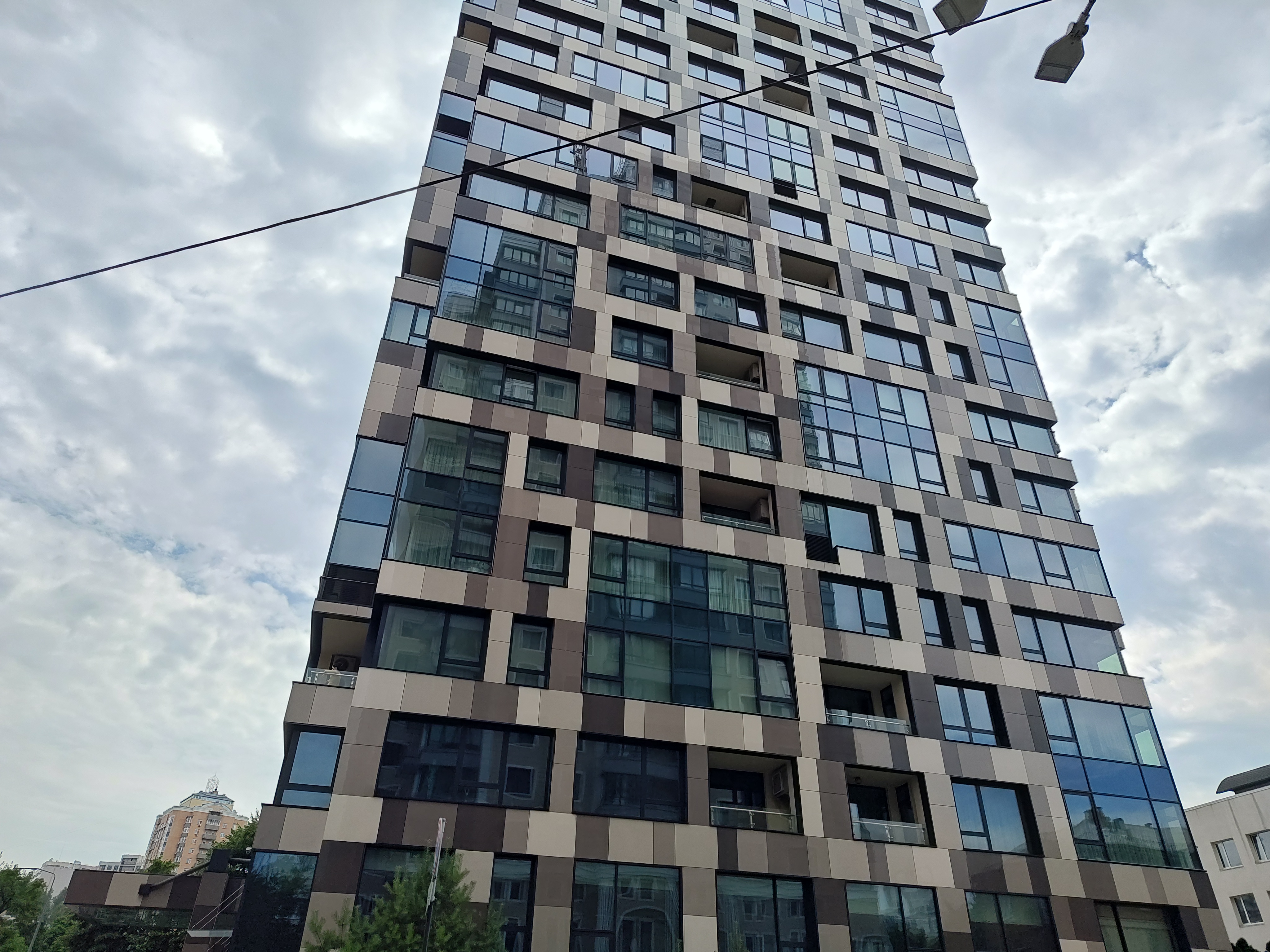
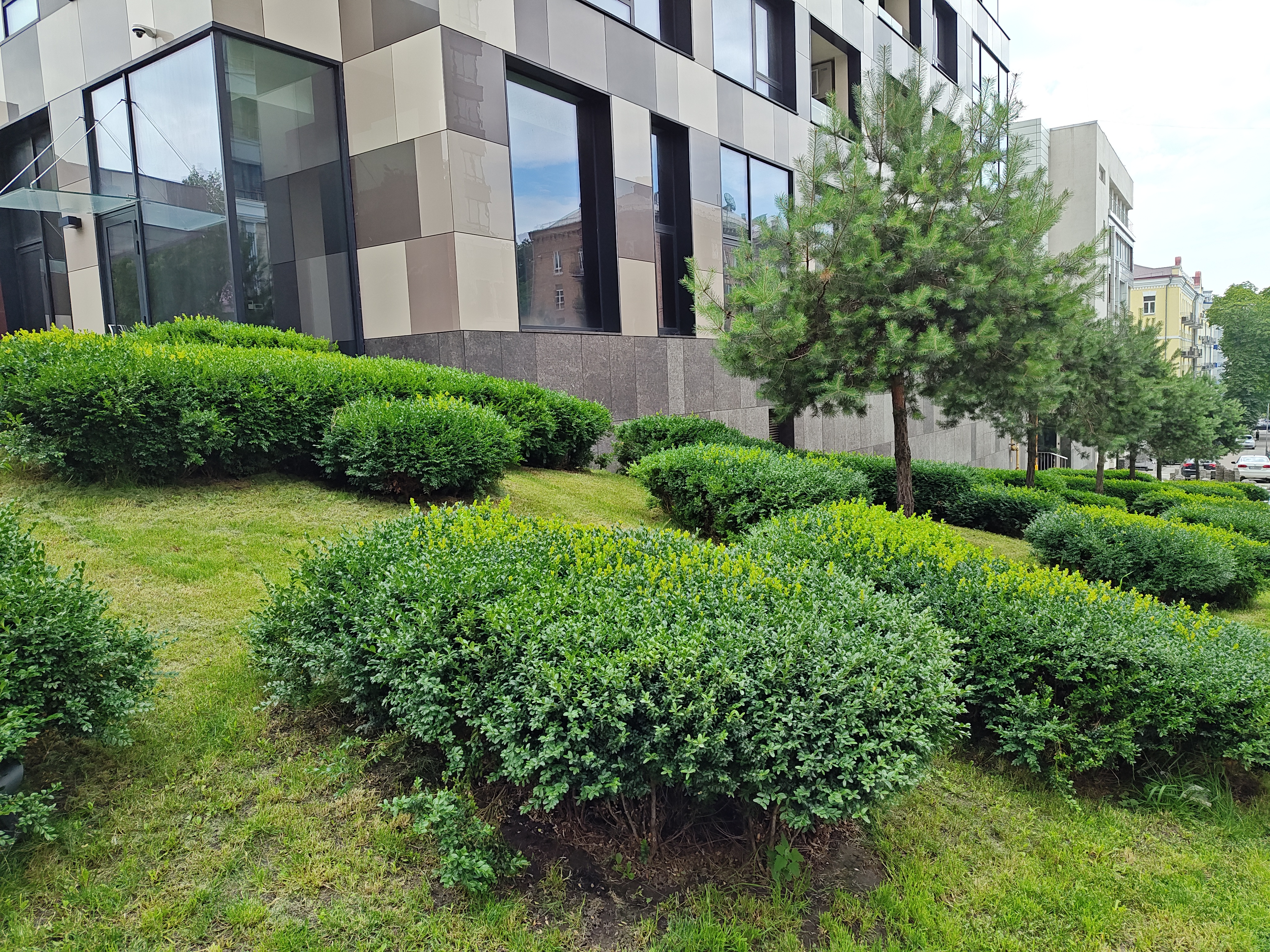

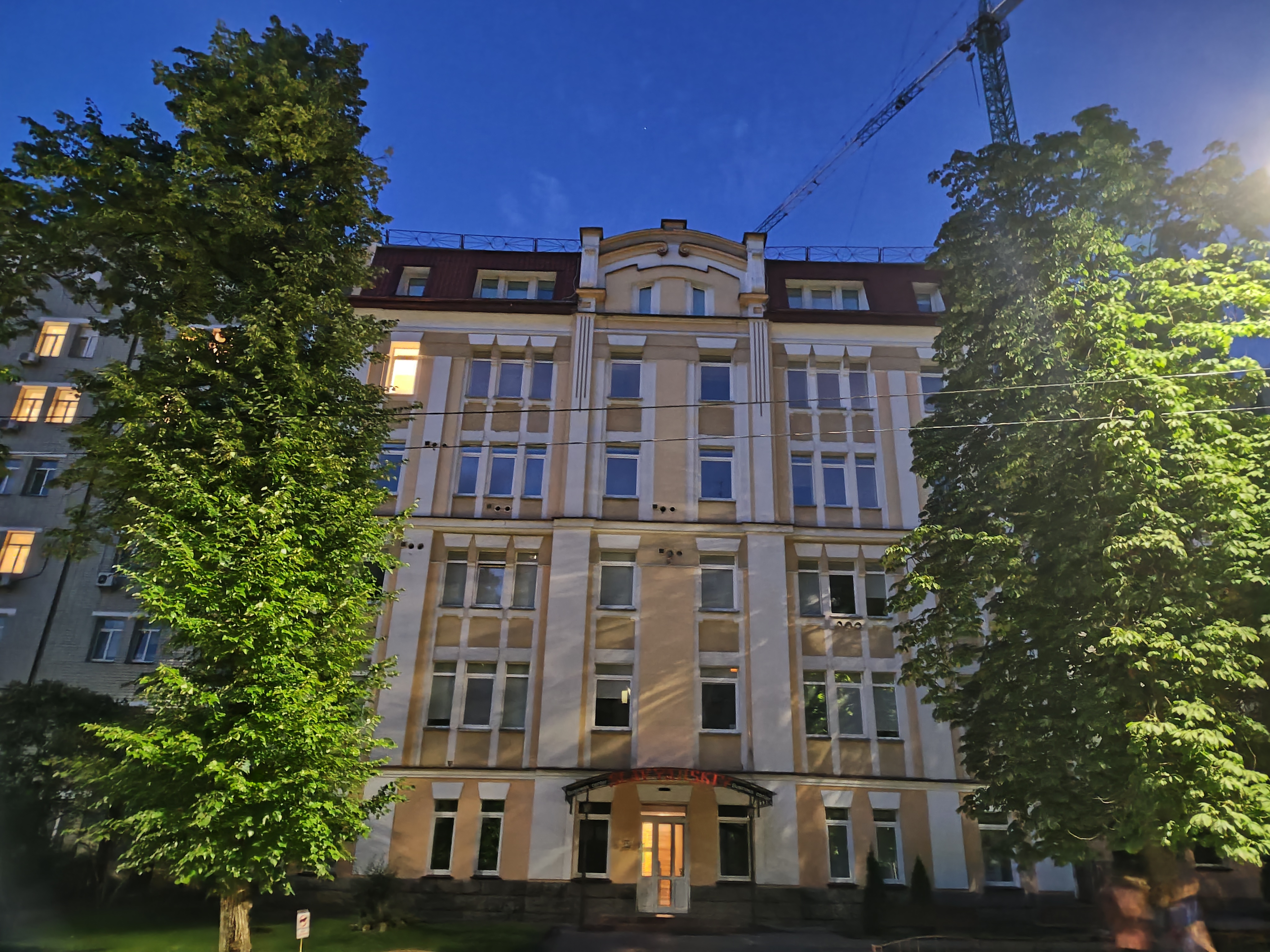

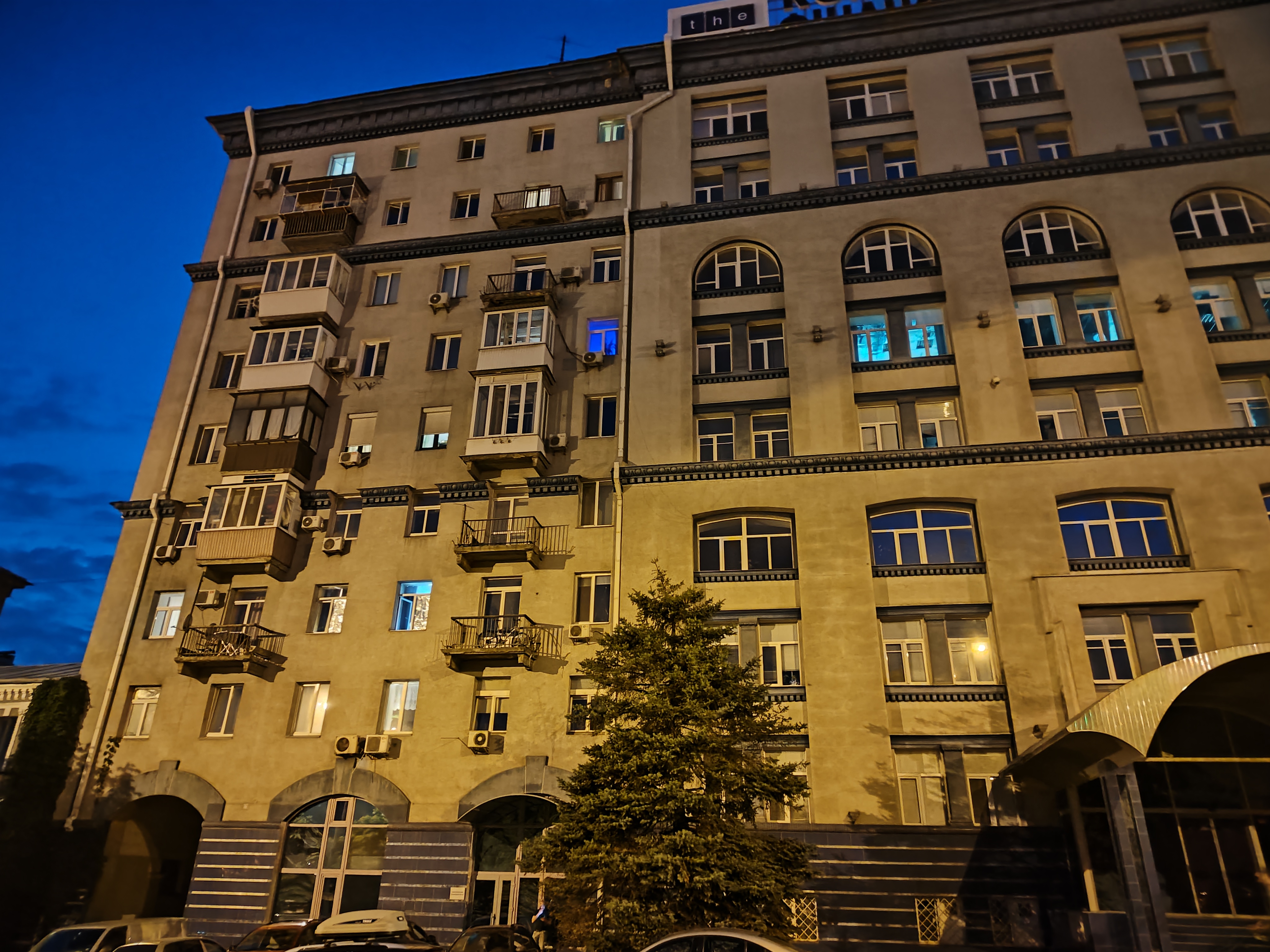

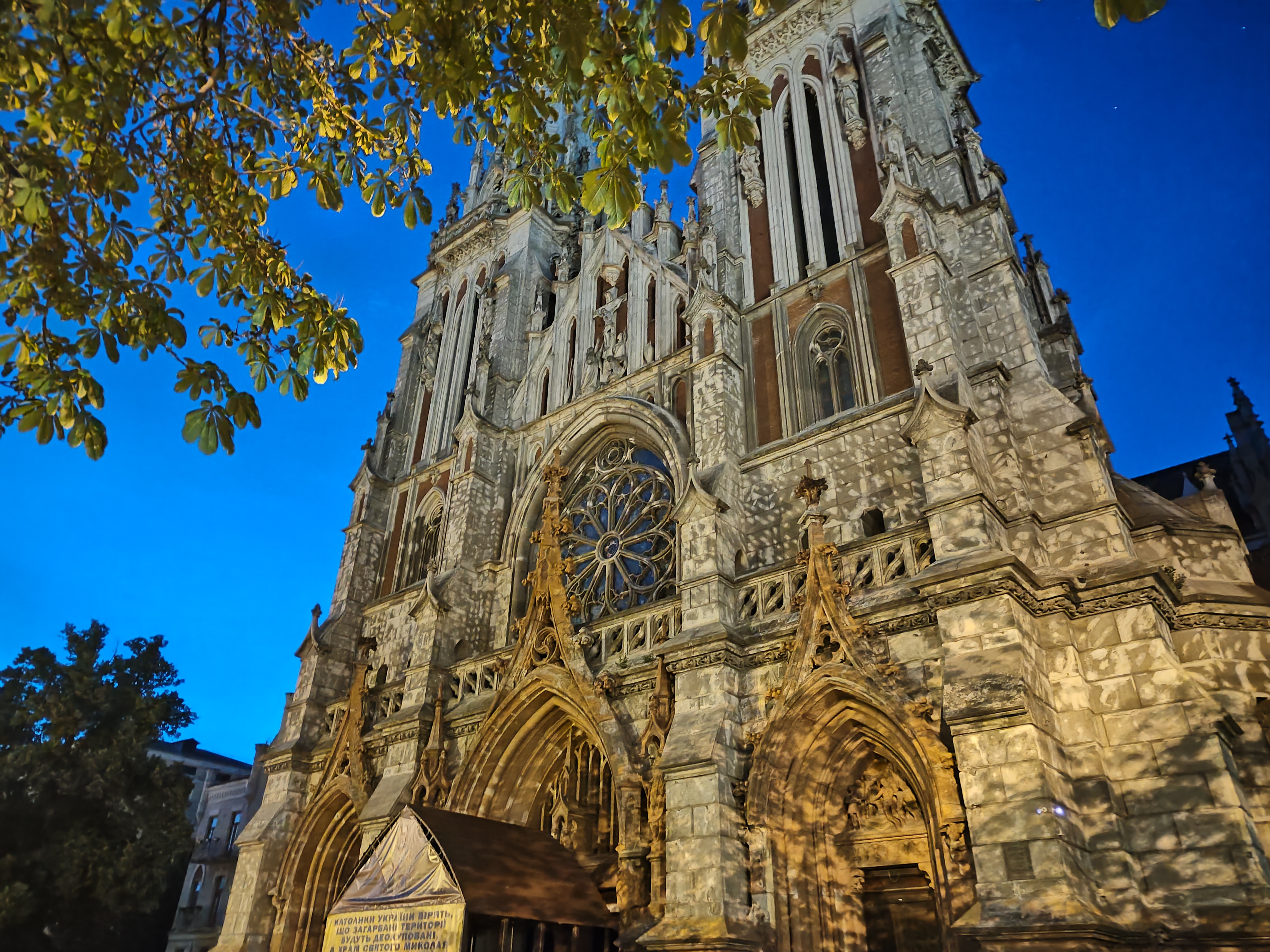
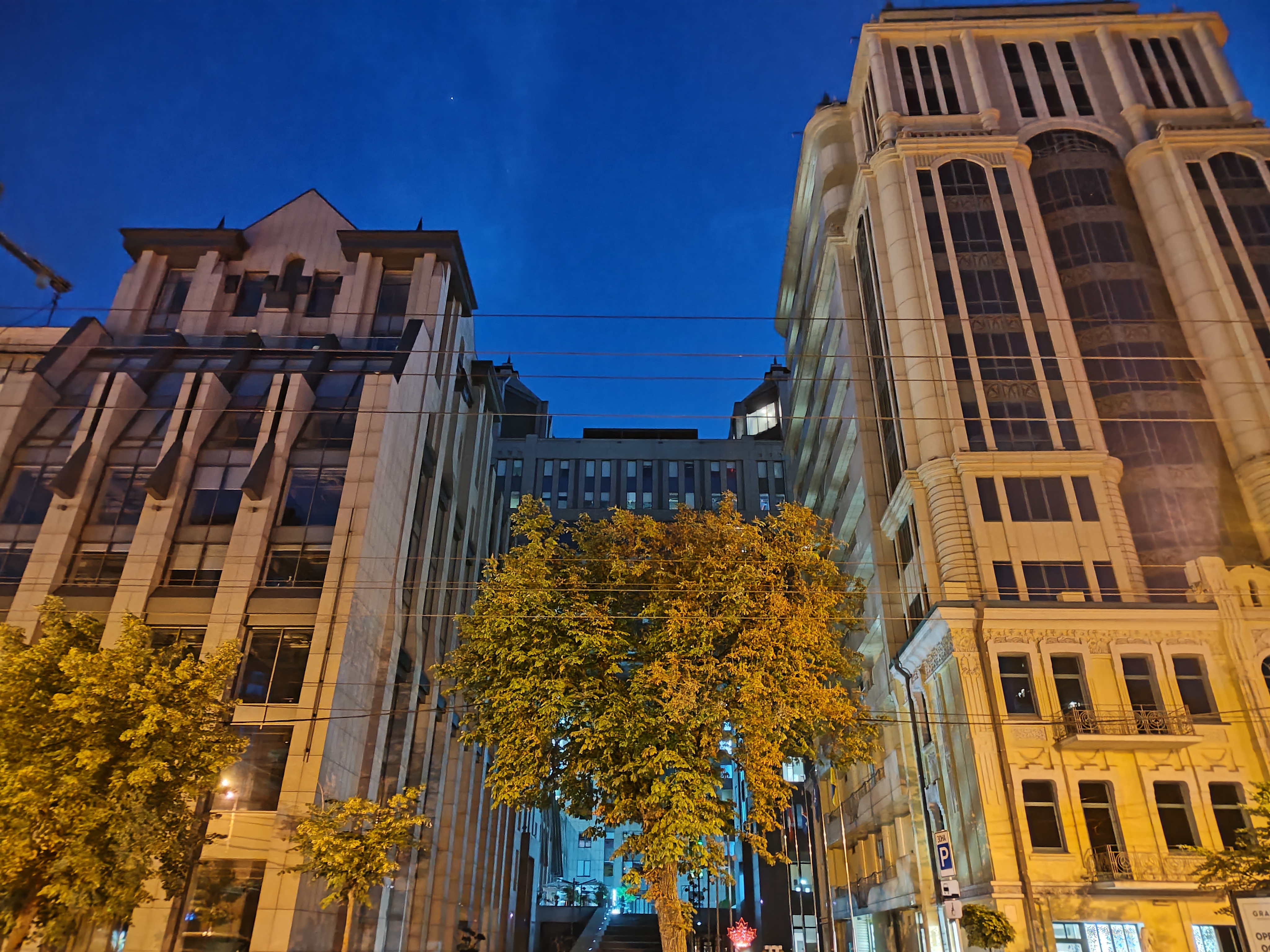
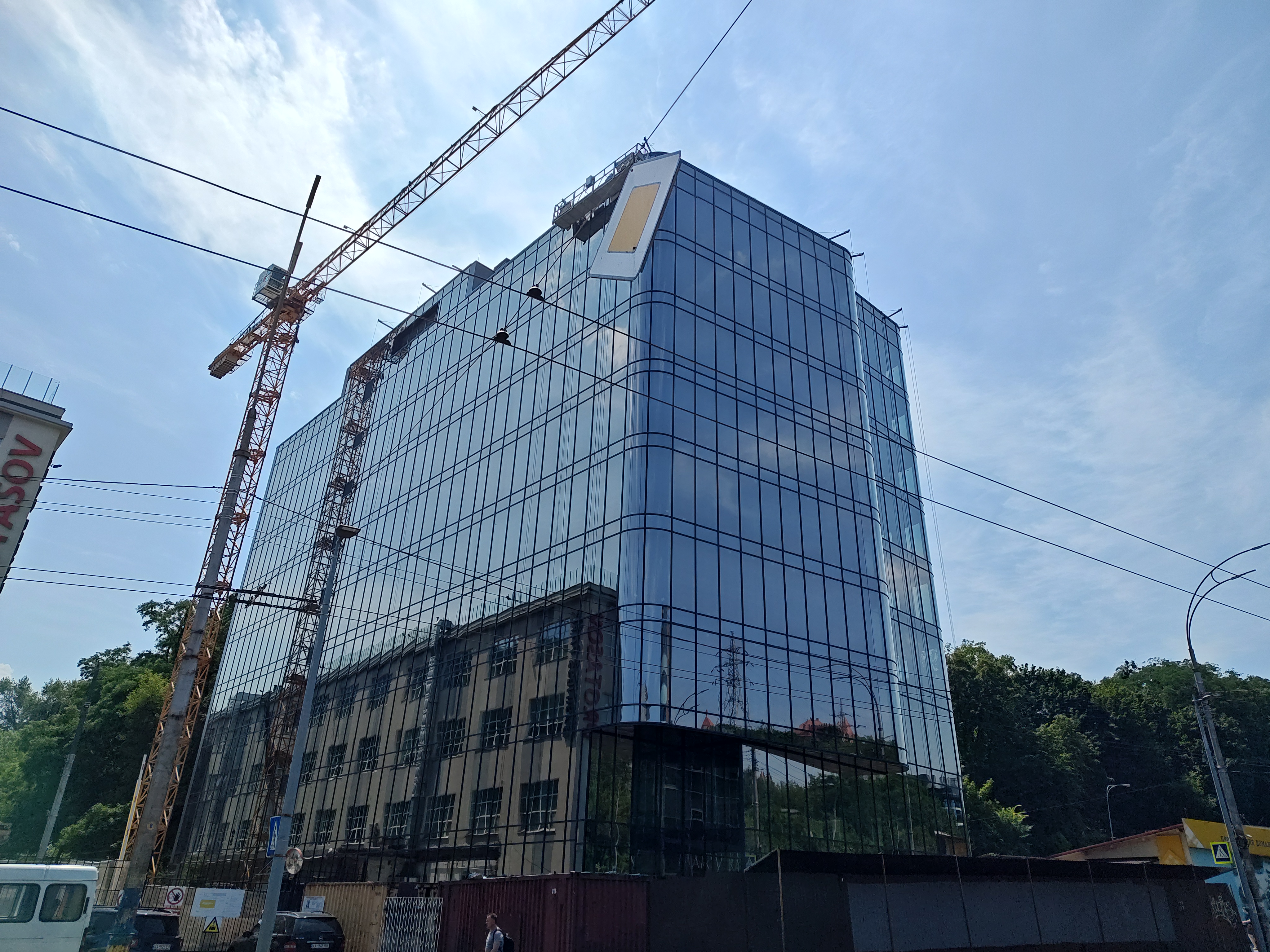
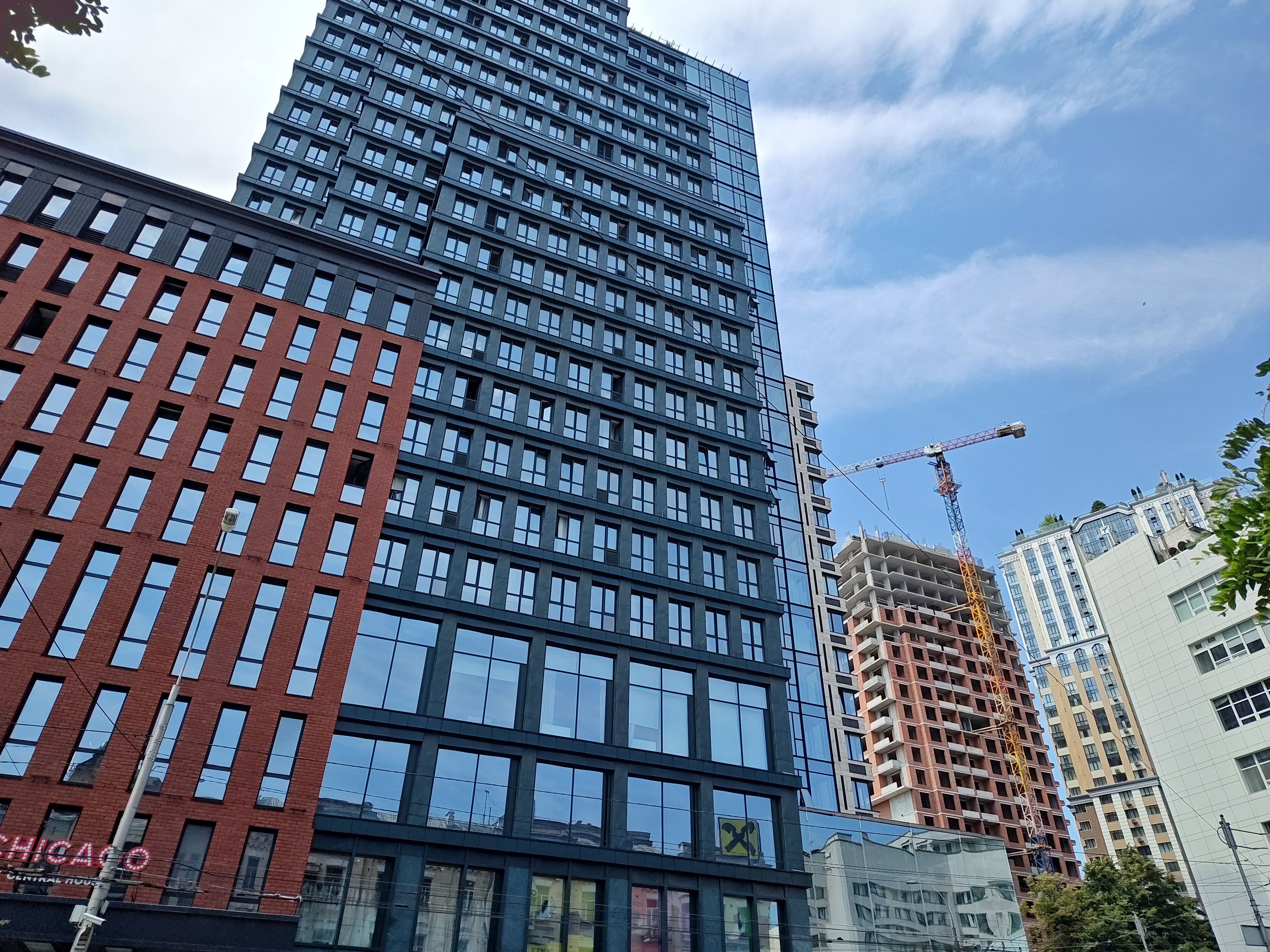
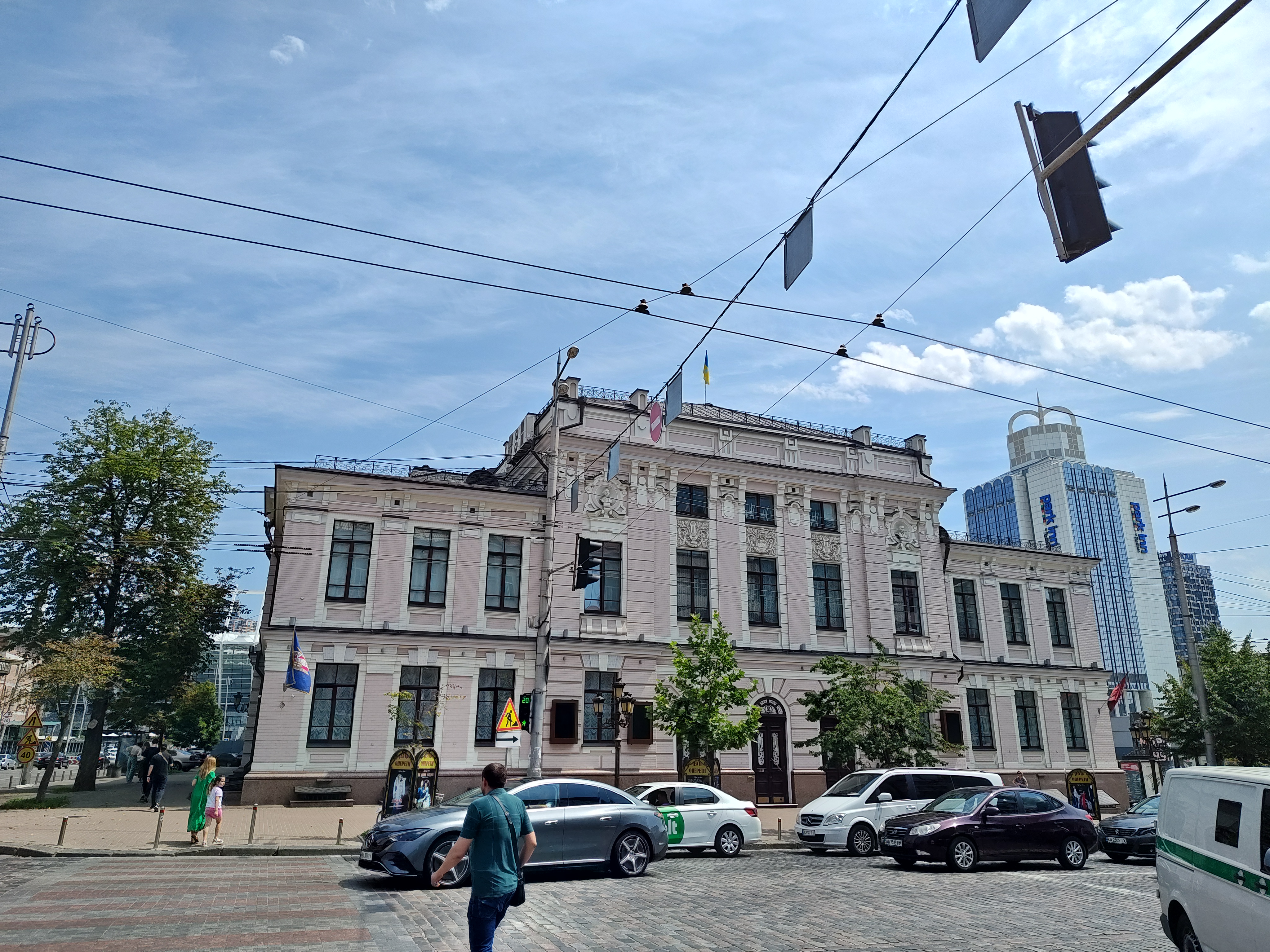
















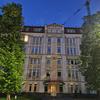

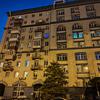








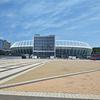
The ultra-wide-angle camera has autofocus and takes very good pictures in good light. At night, the detail is reduced quite significantly, and there is noticeable noise and blurring:



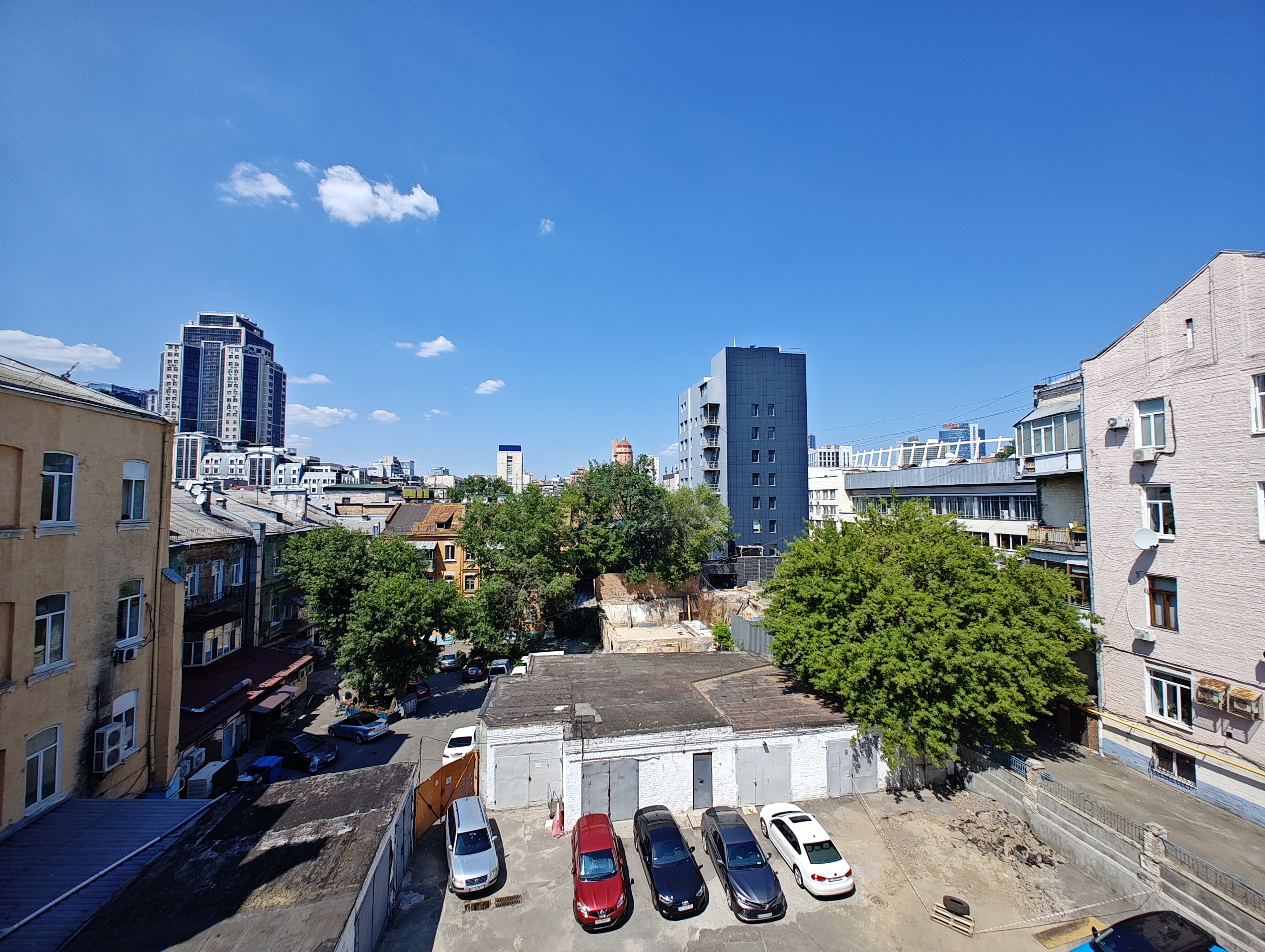
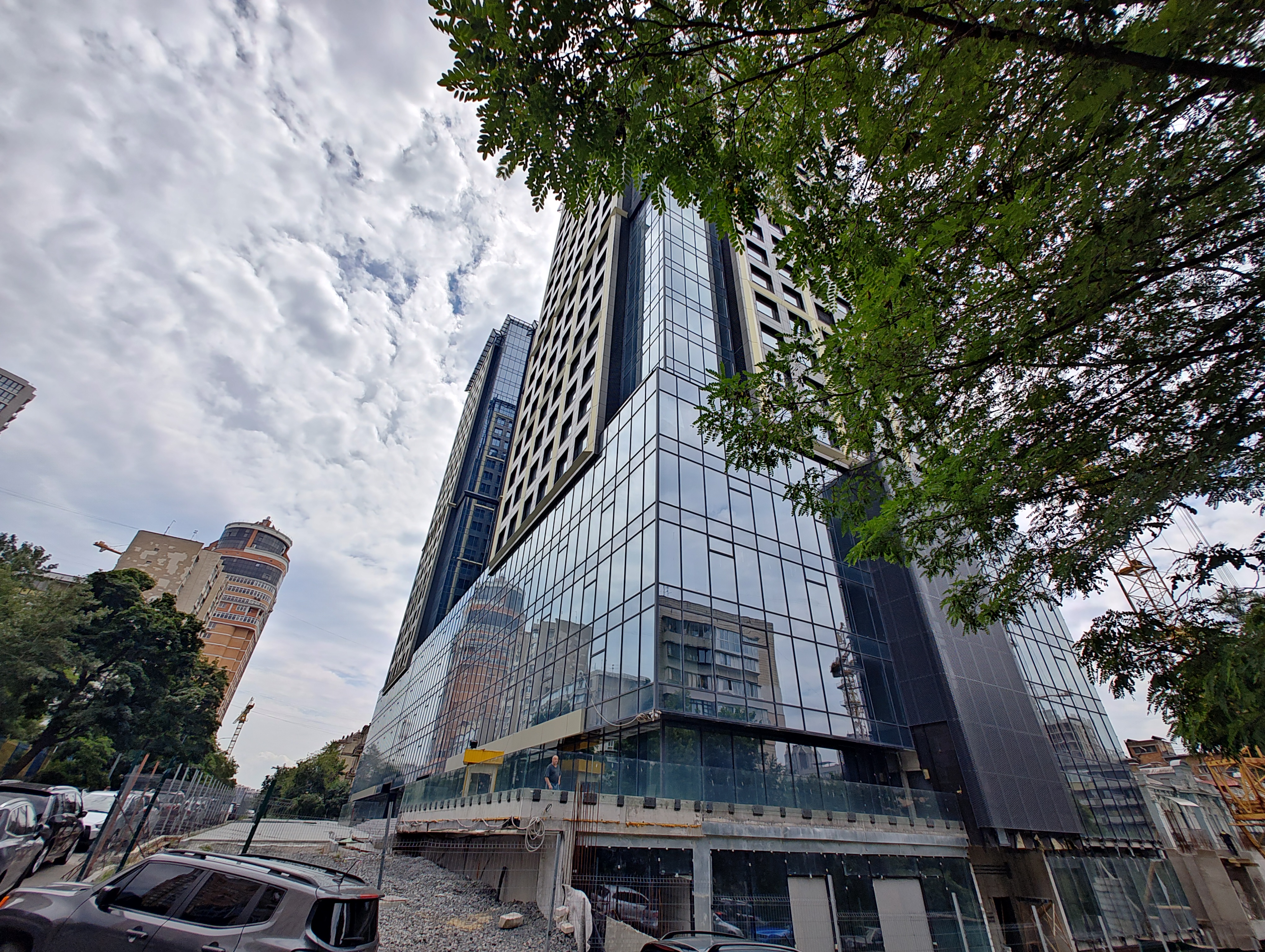
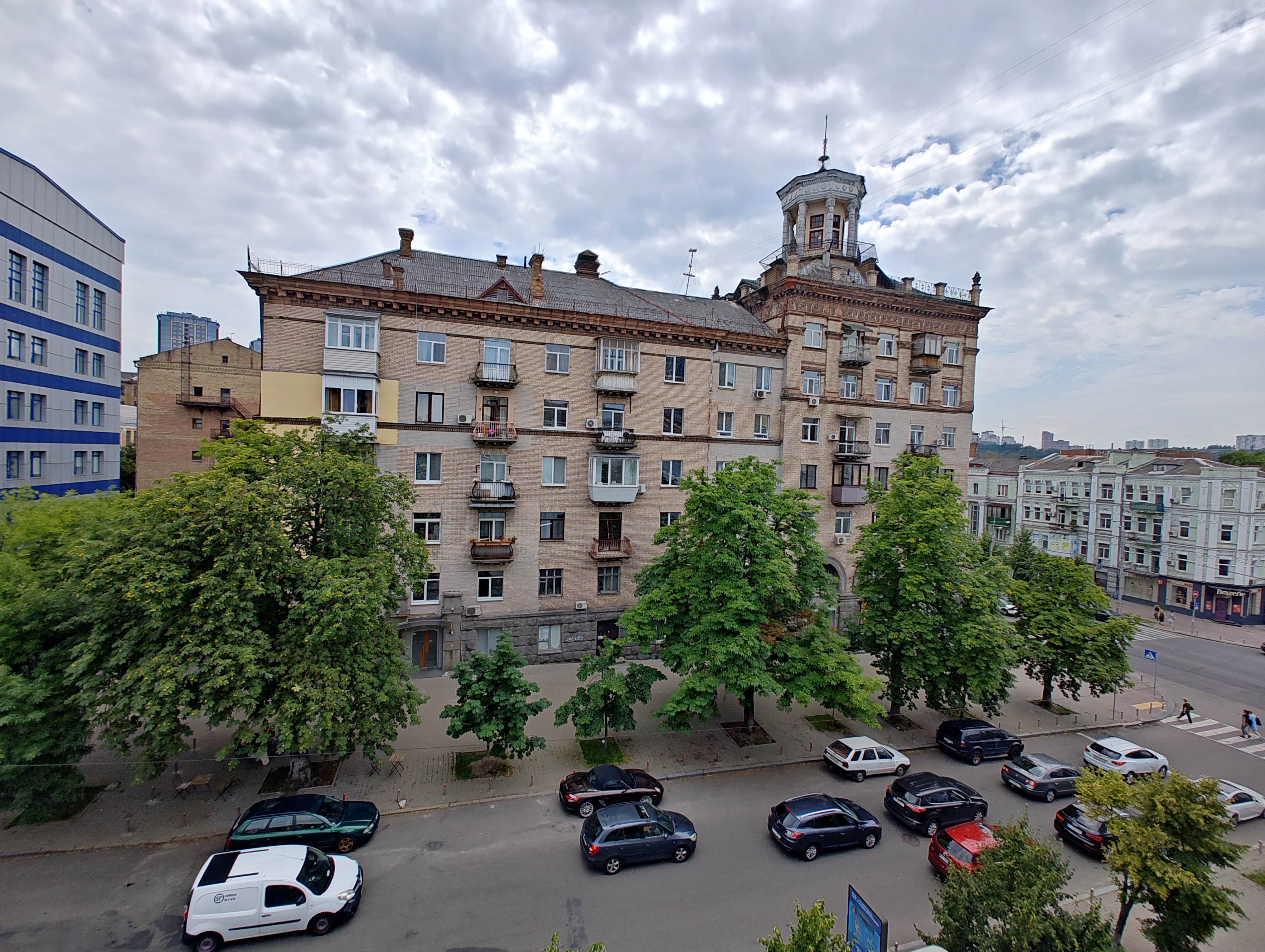
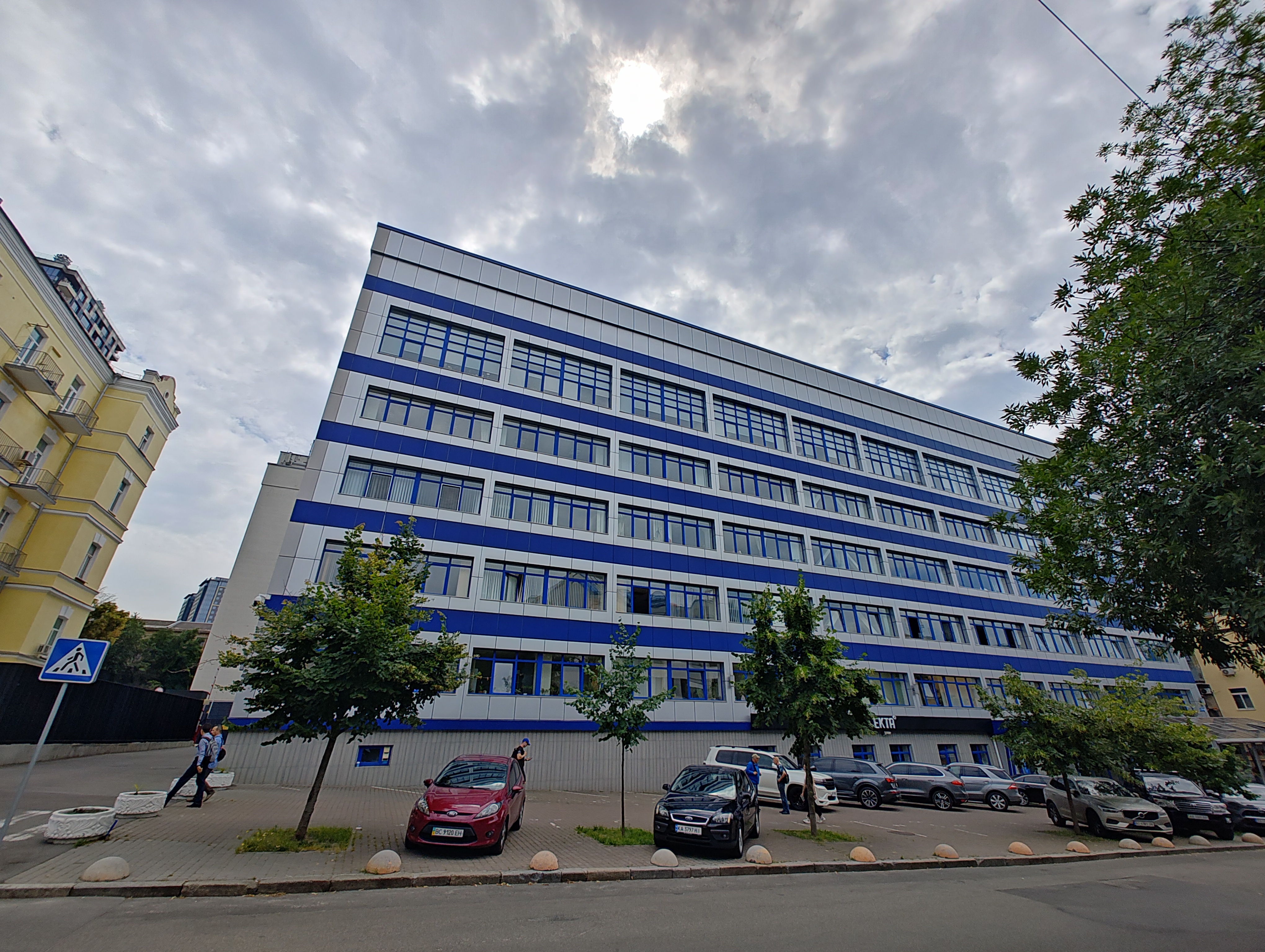
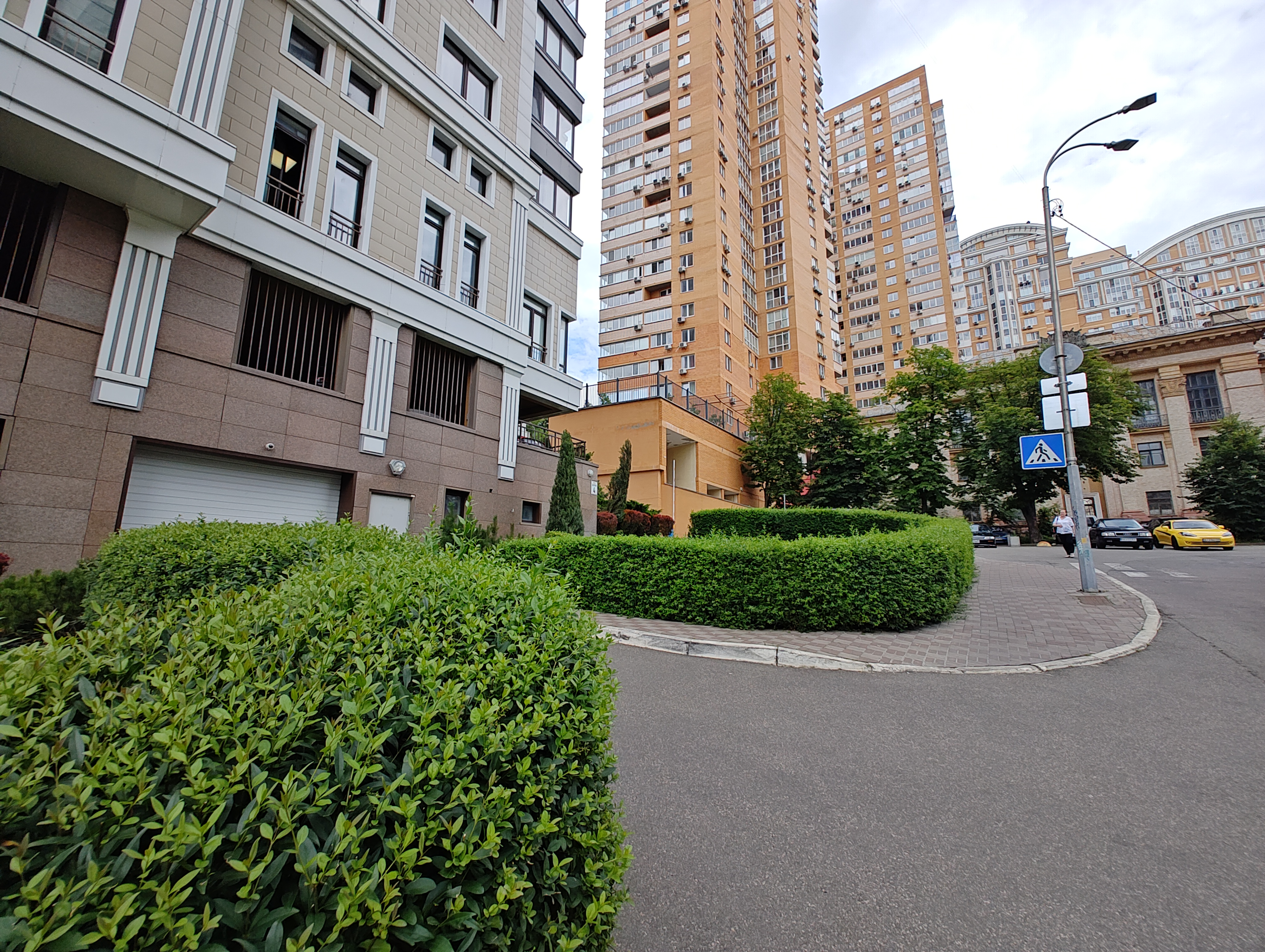
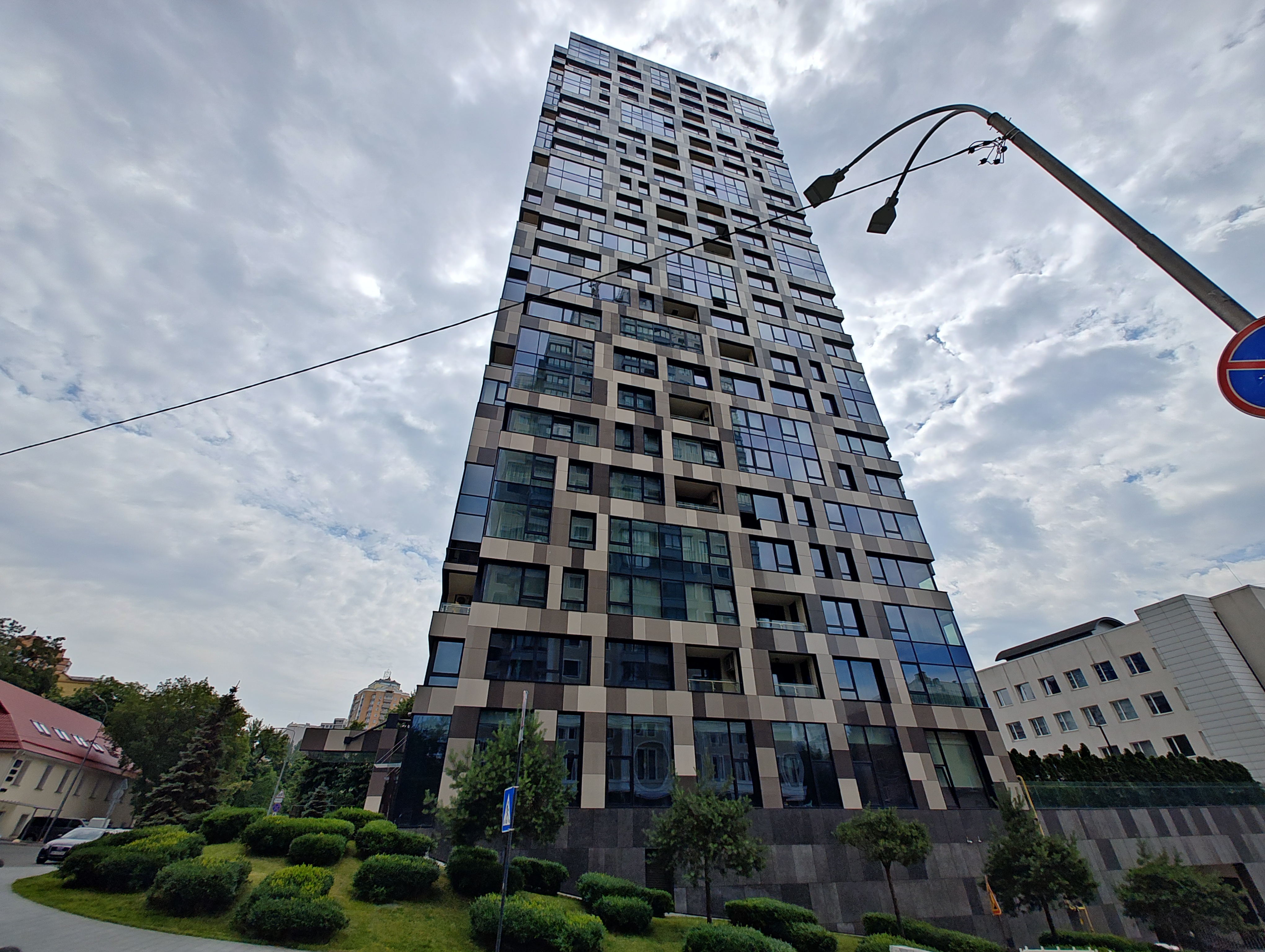
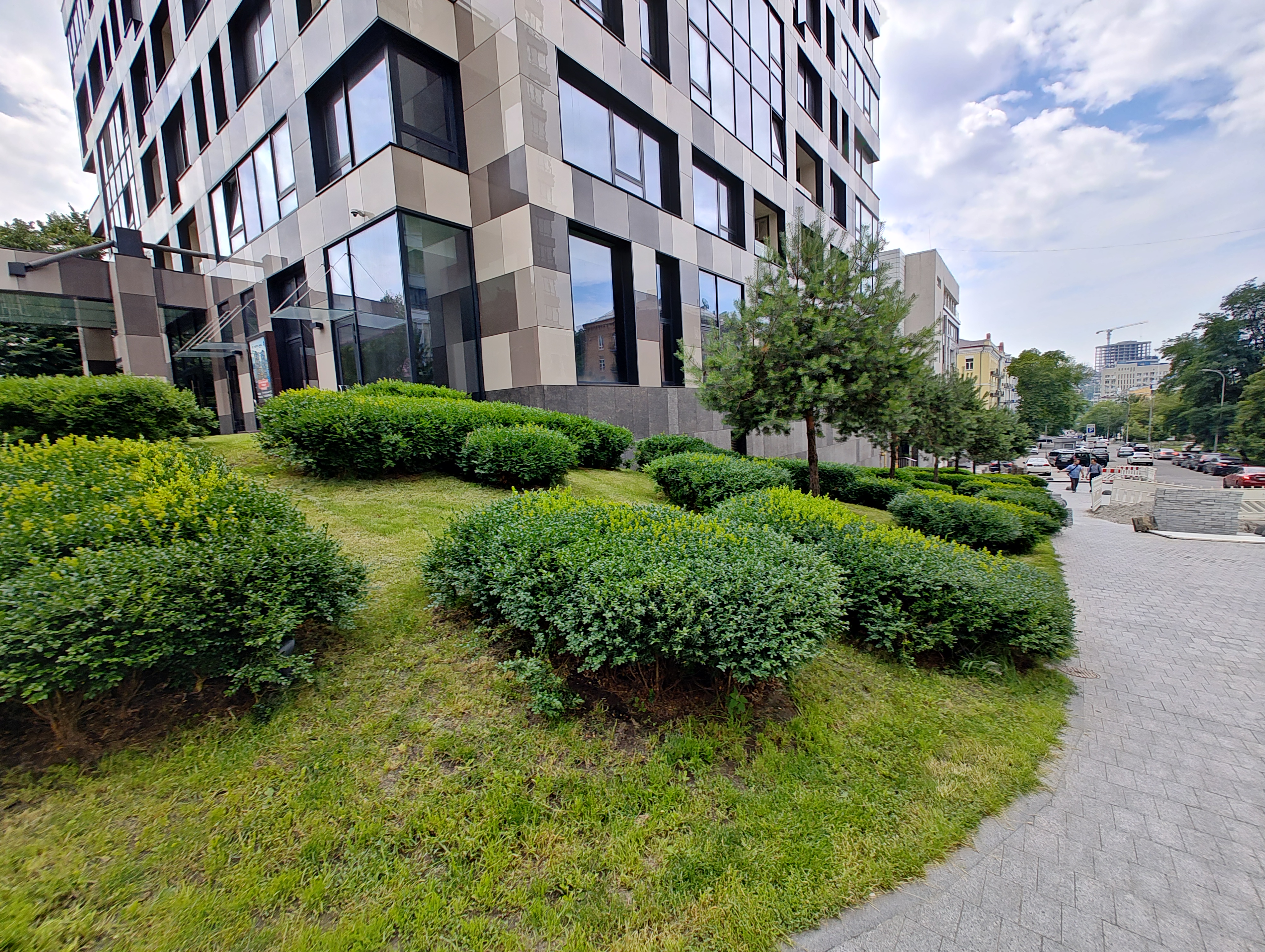
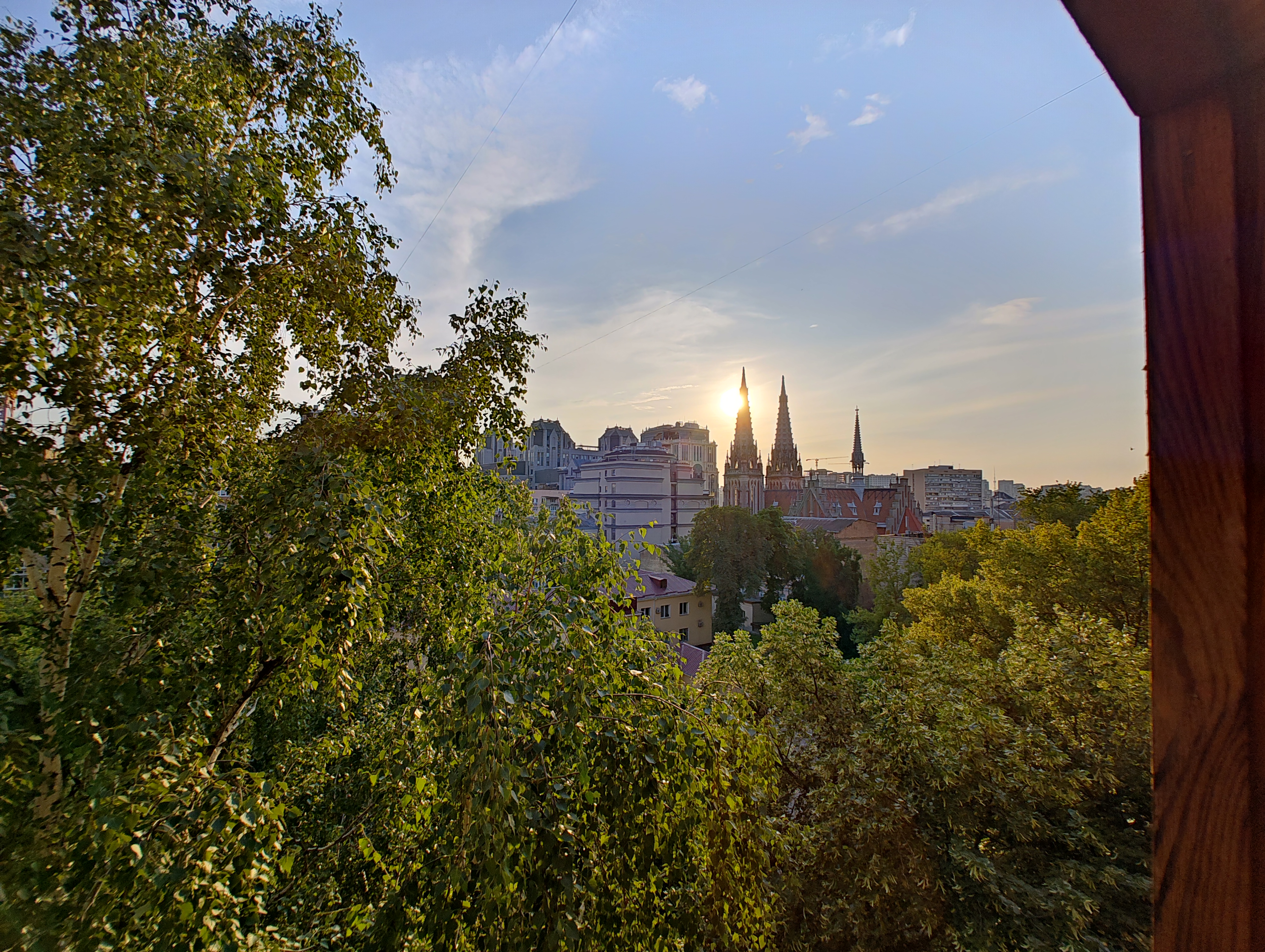
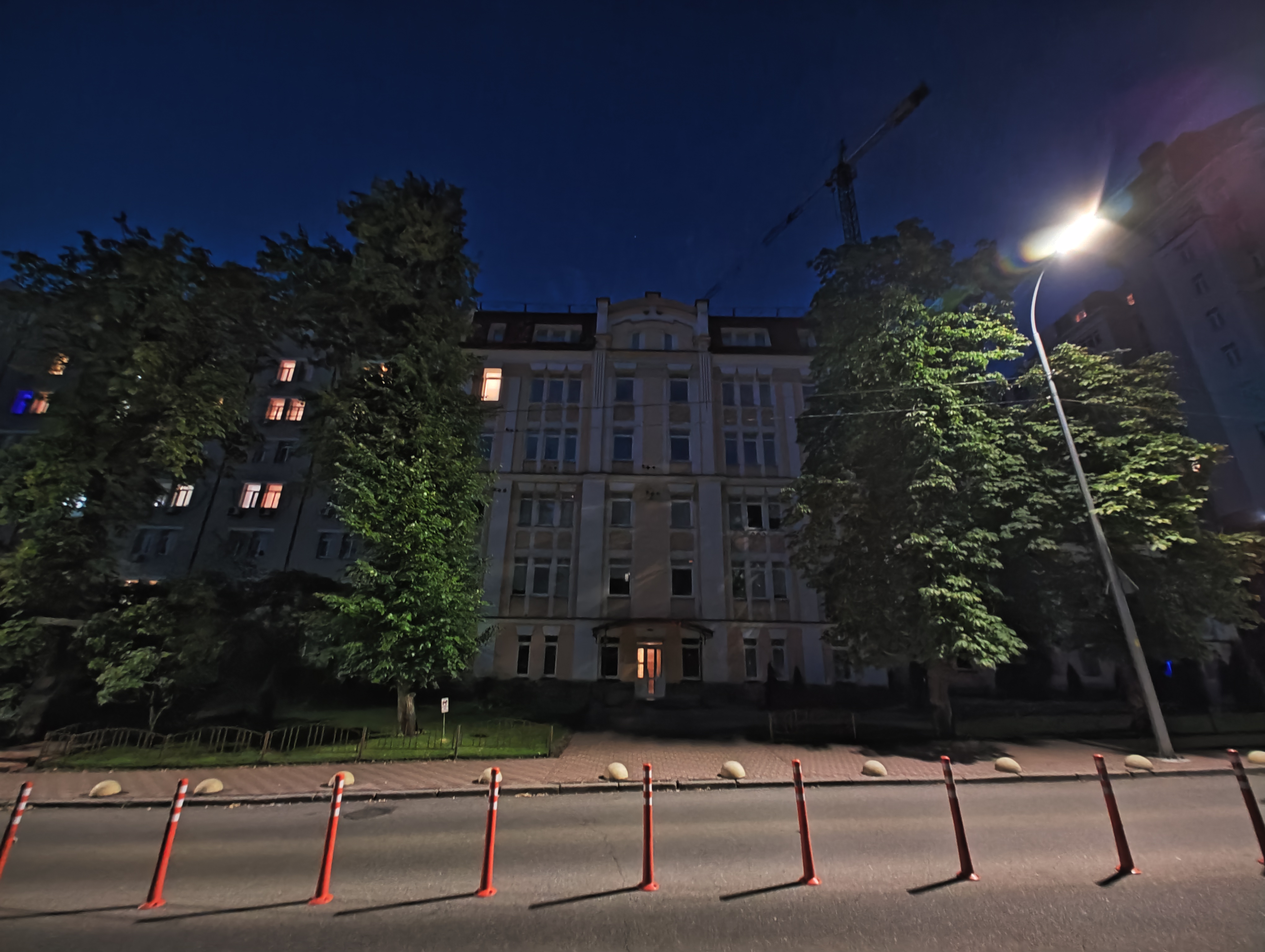
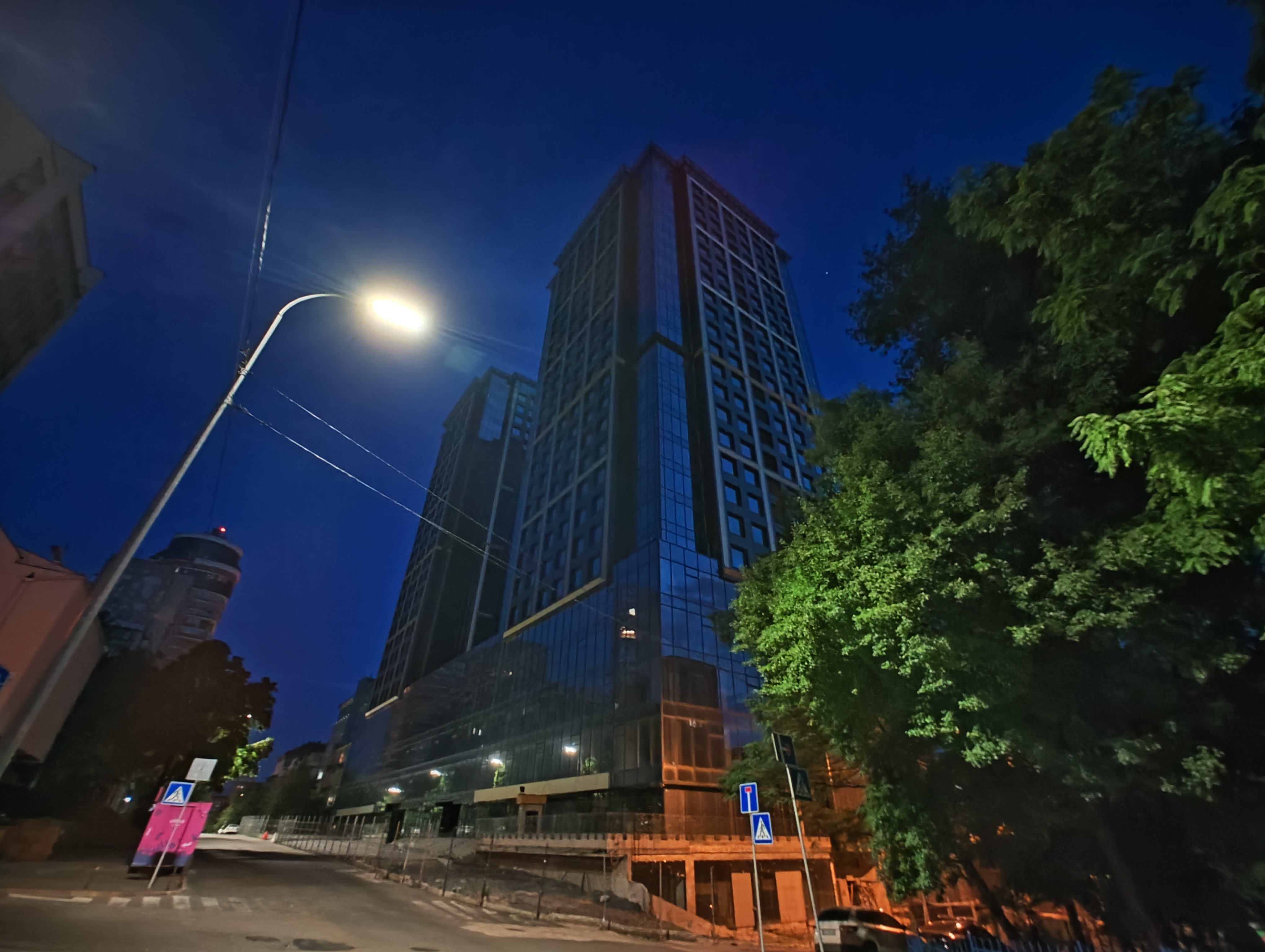
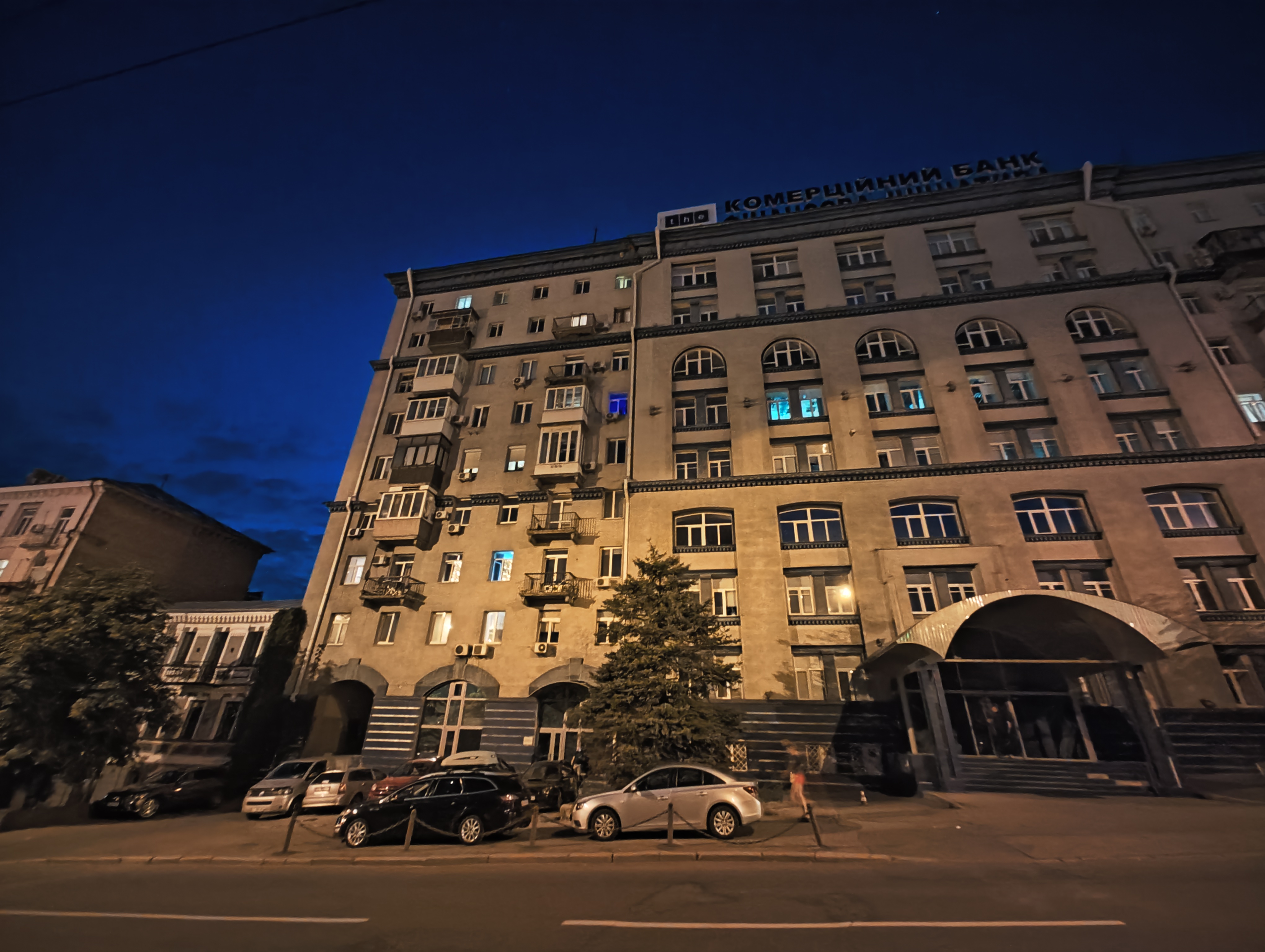
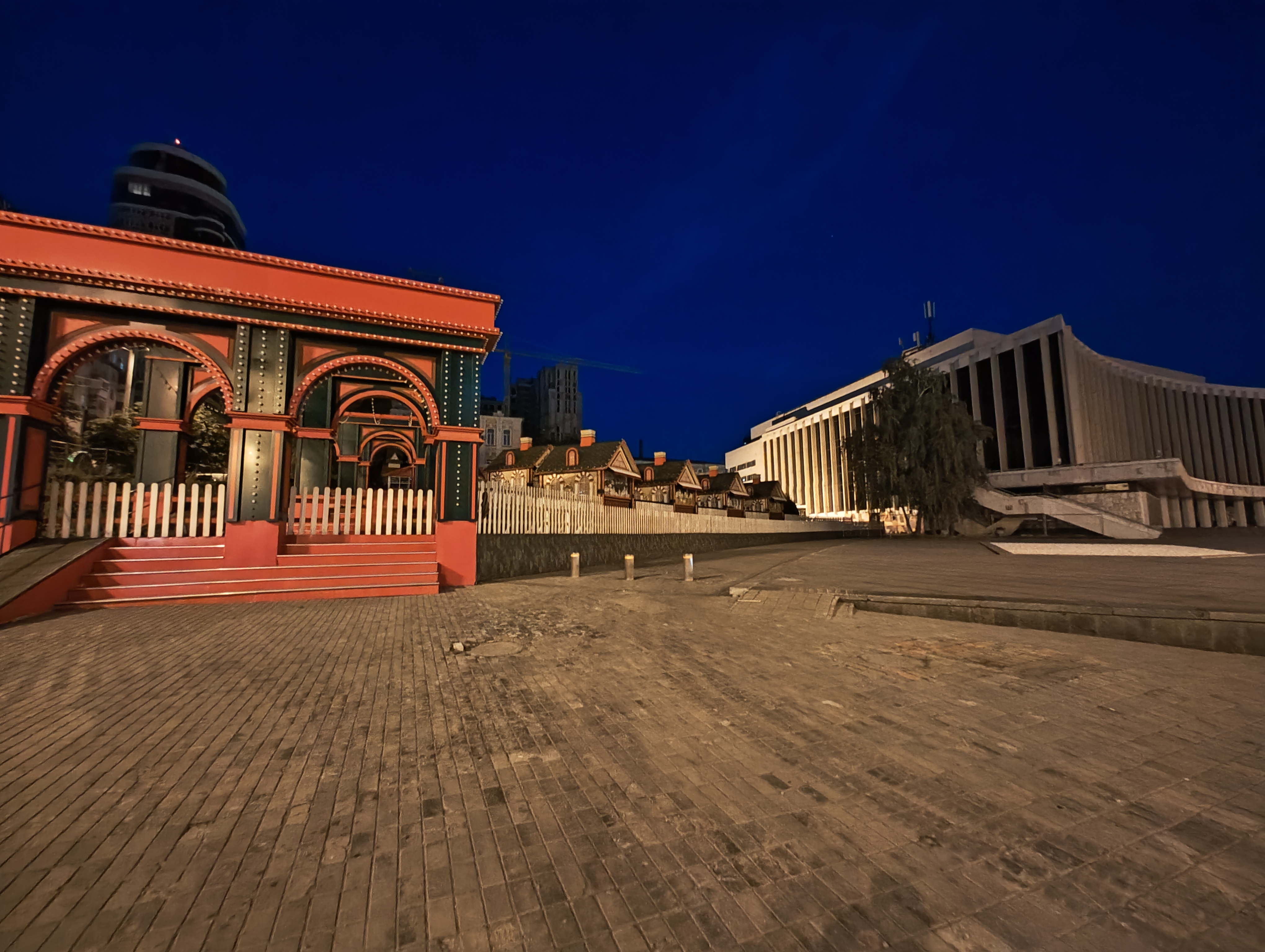

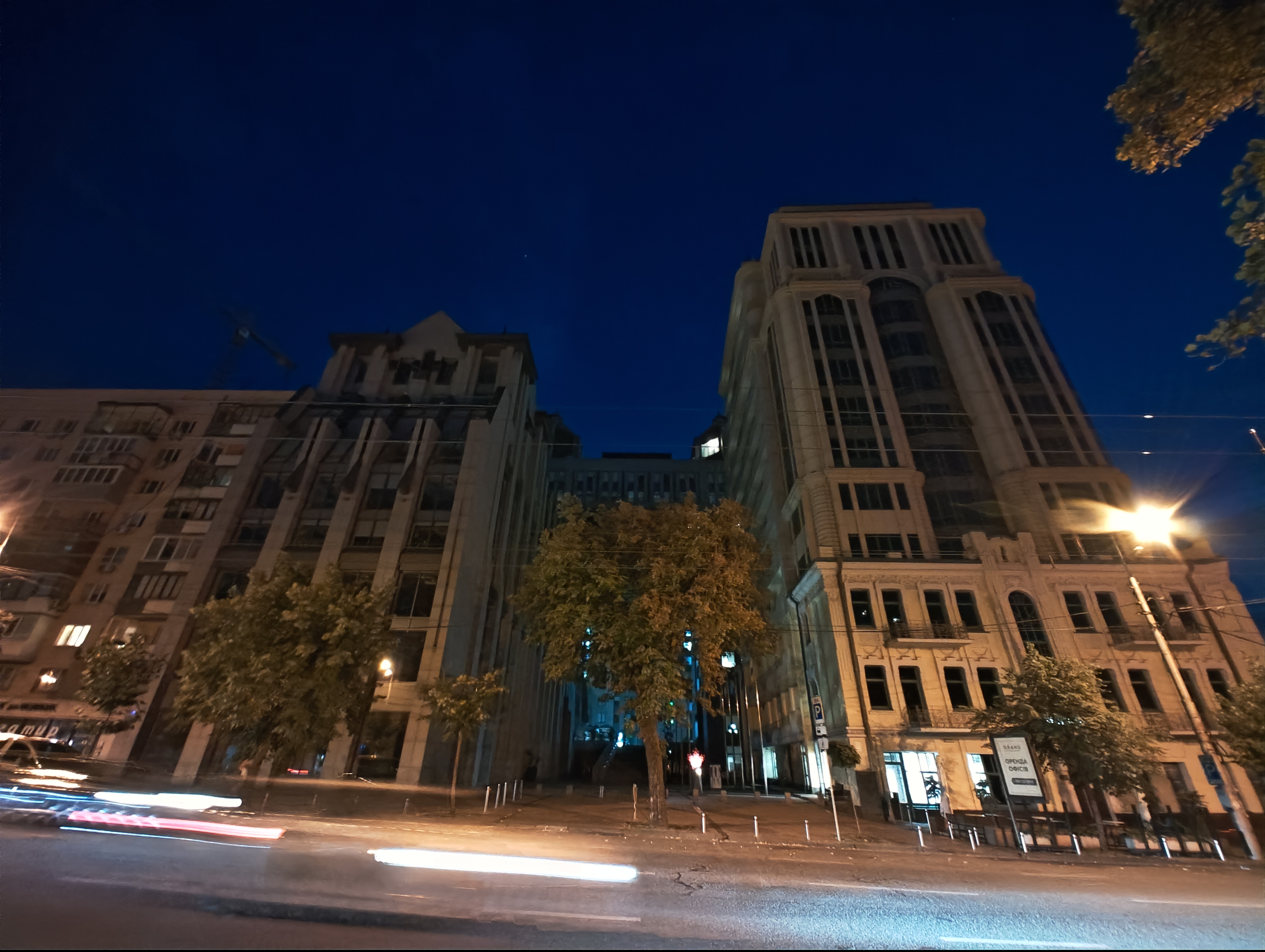
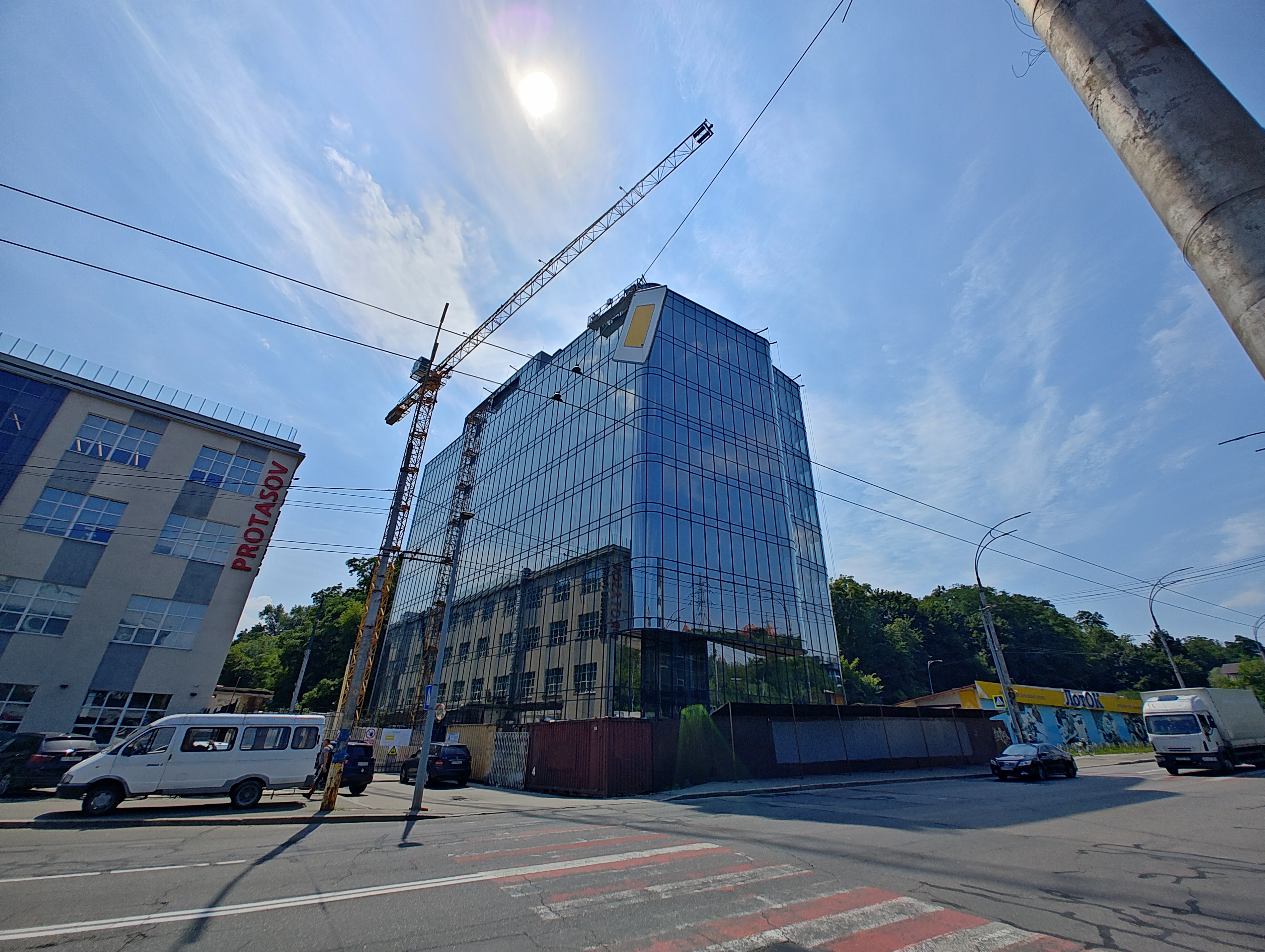
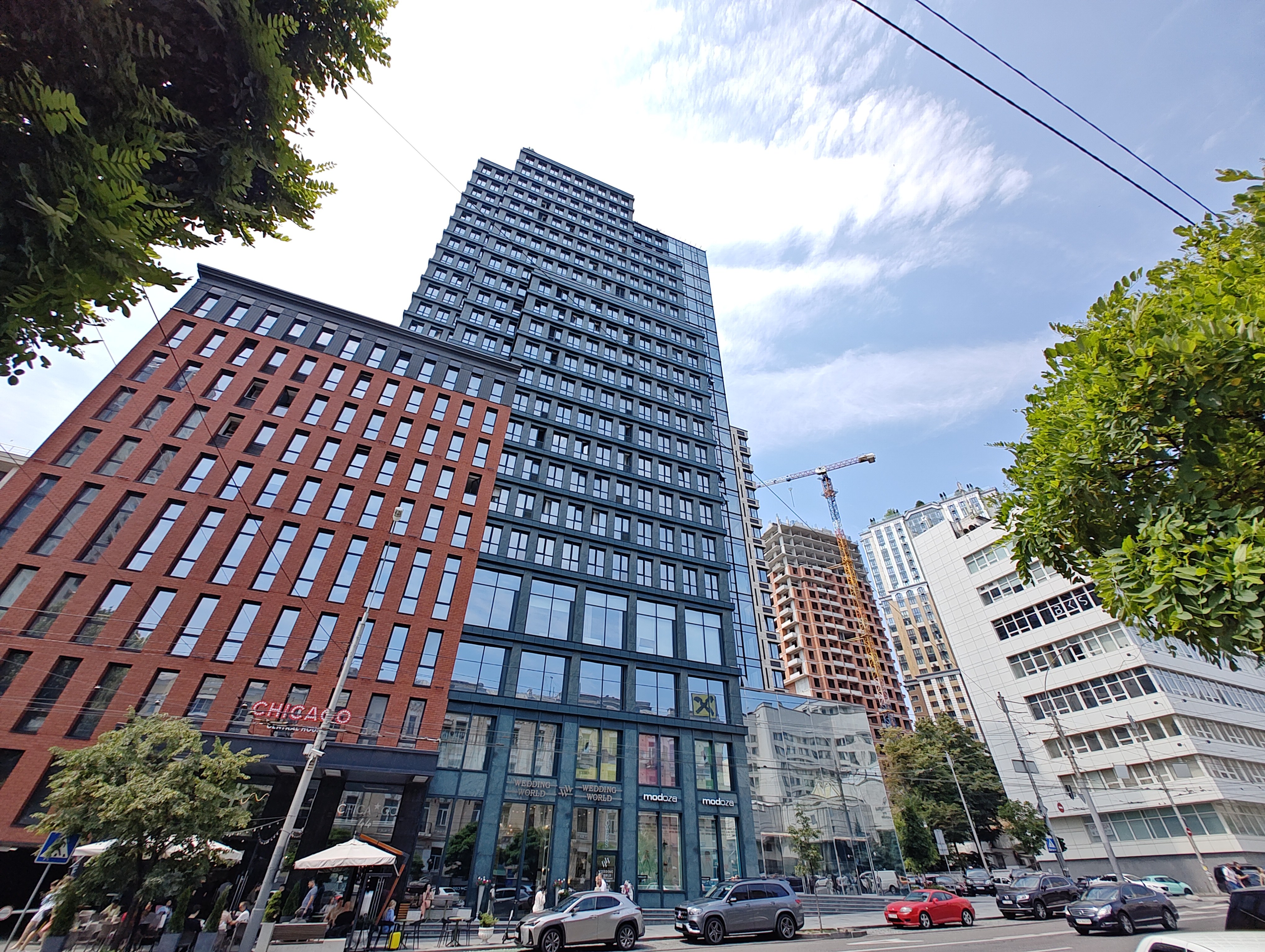
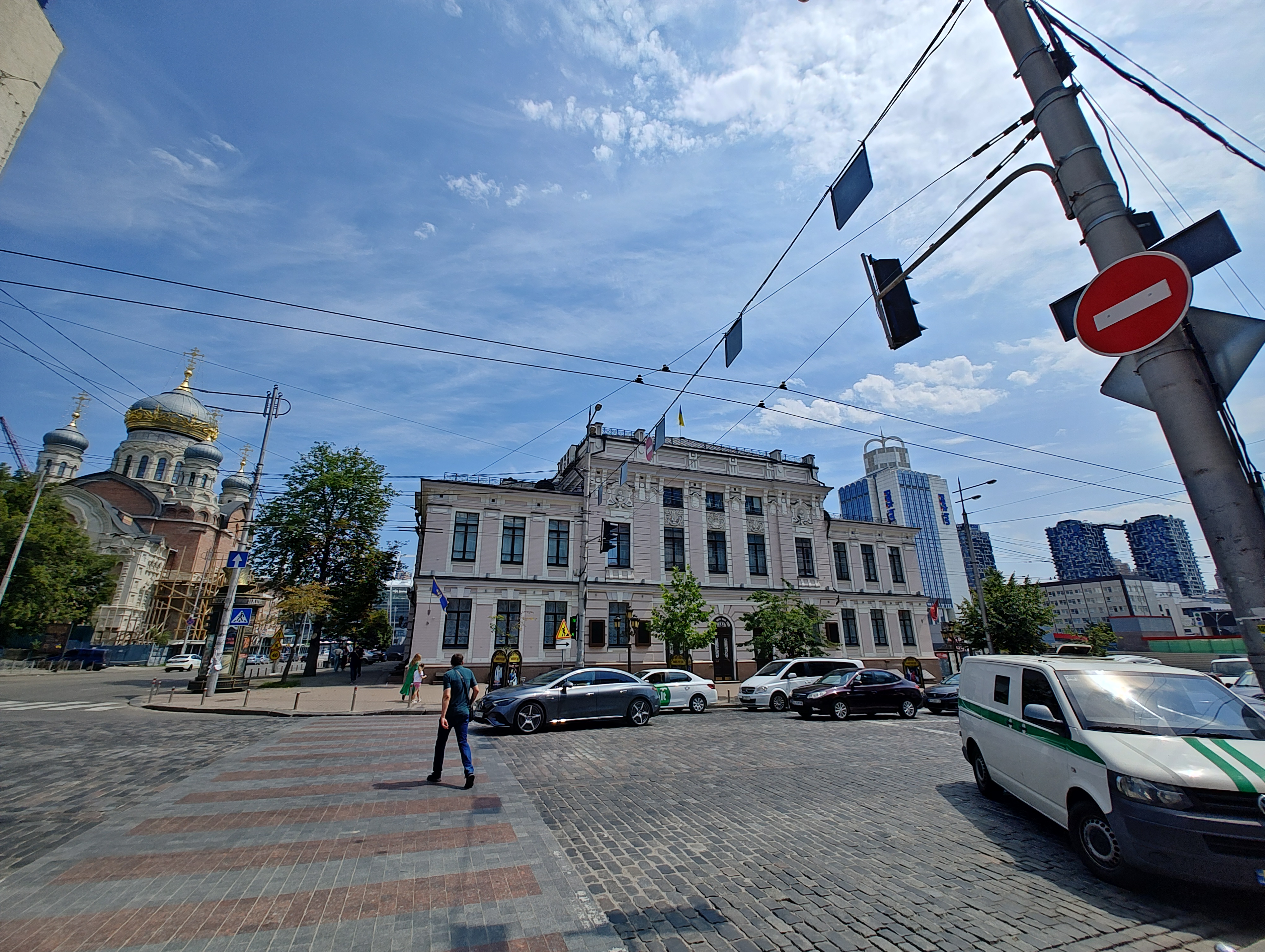
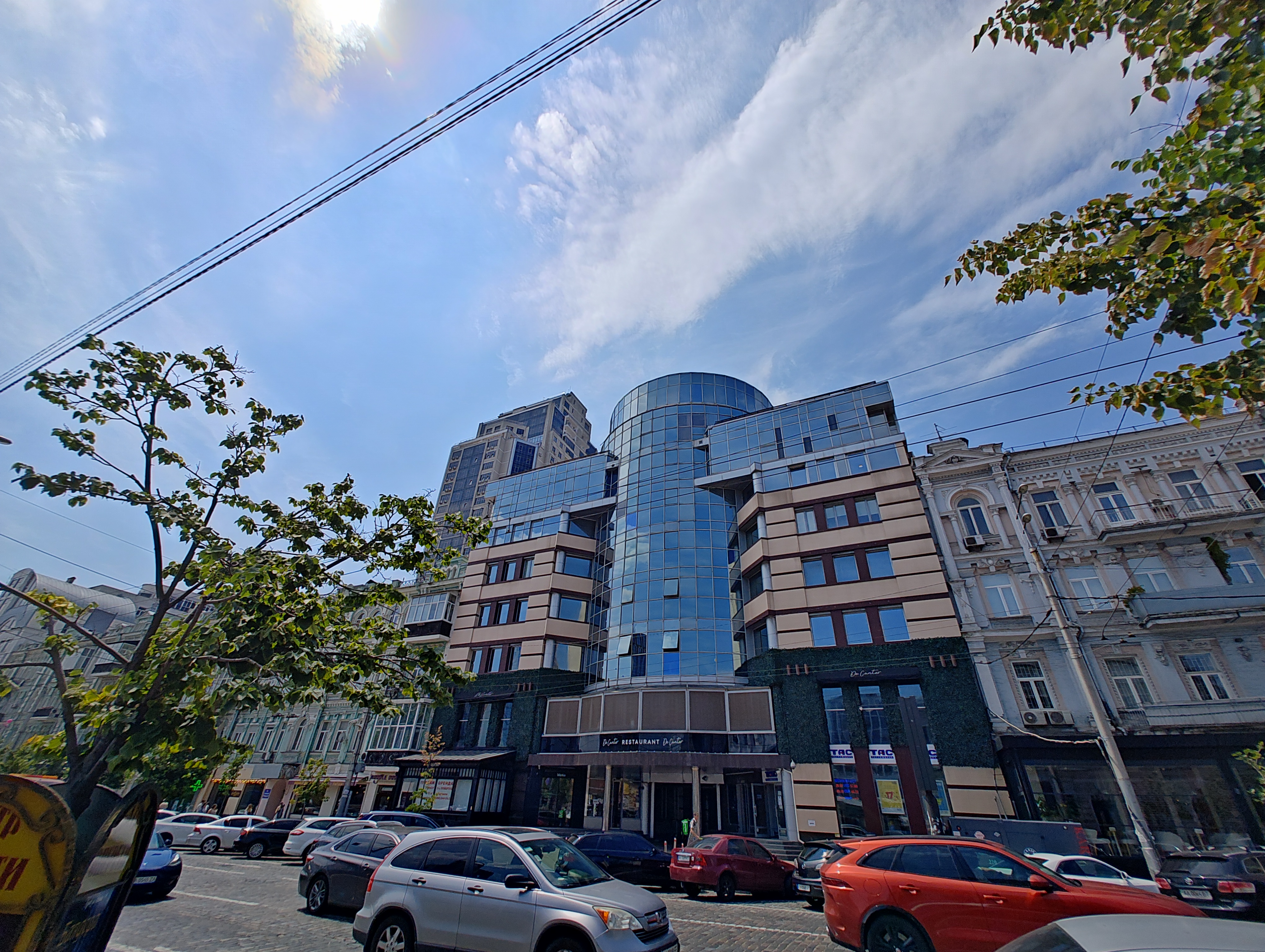
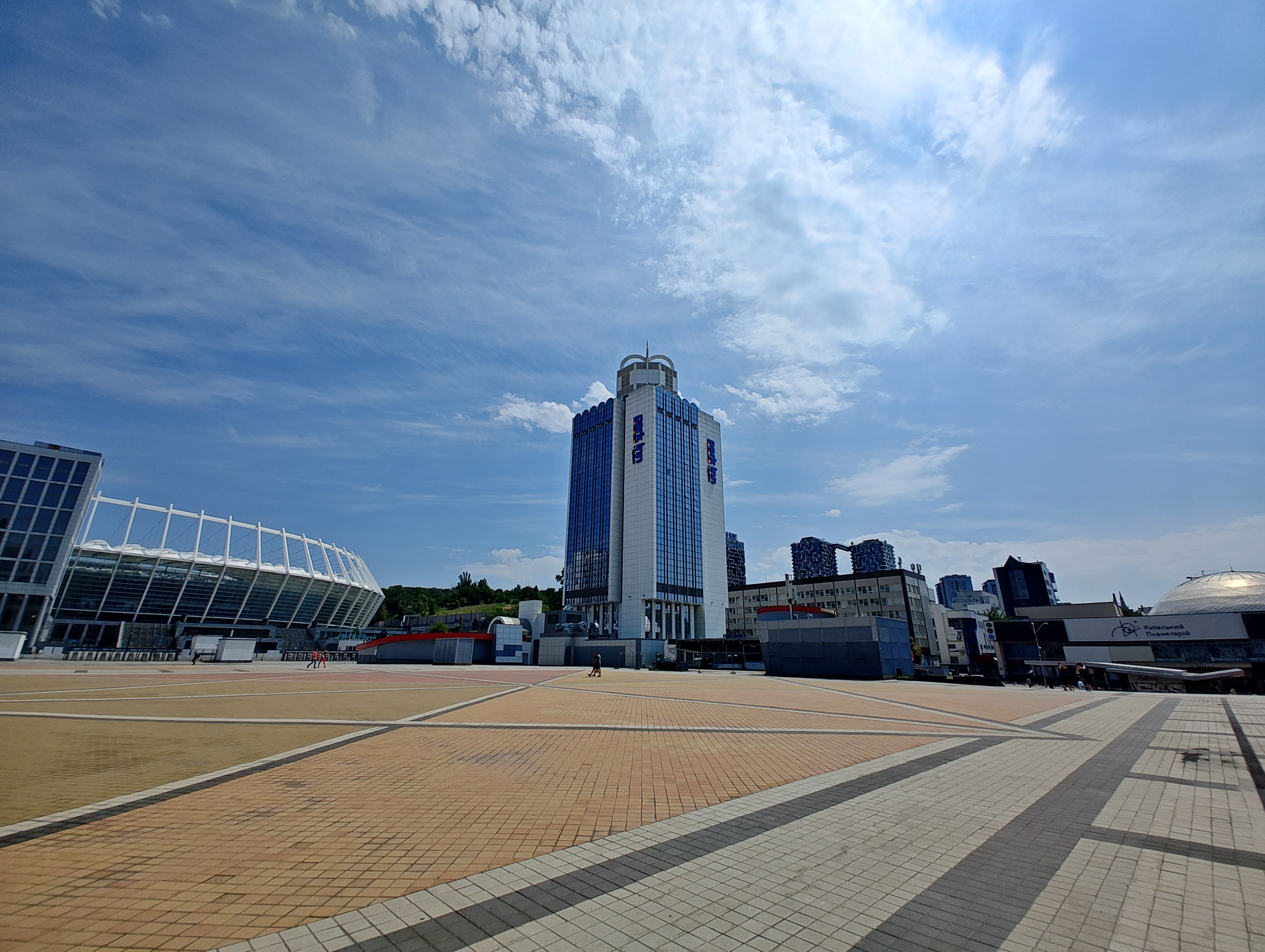
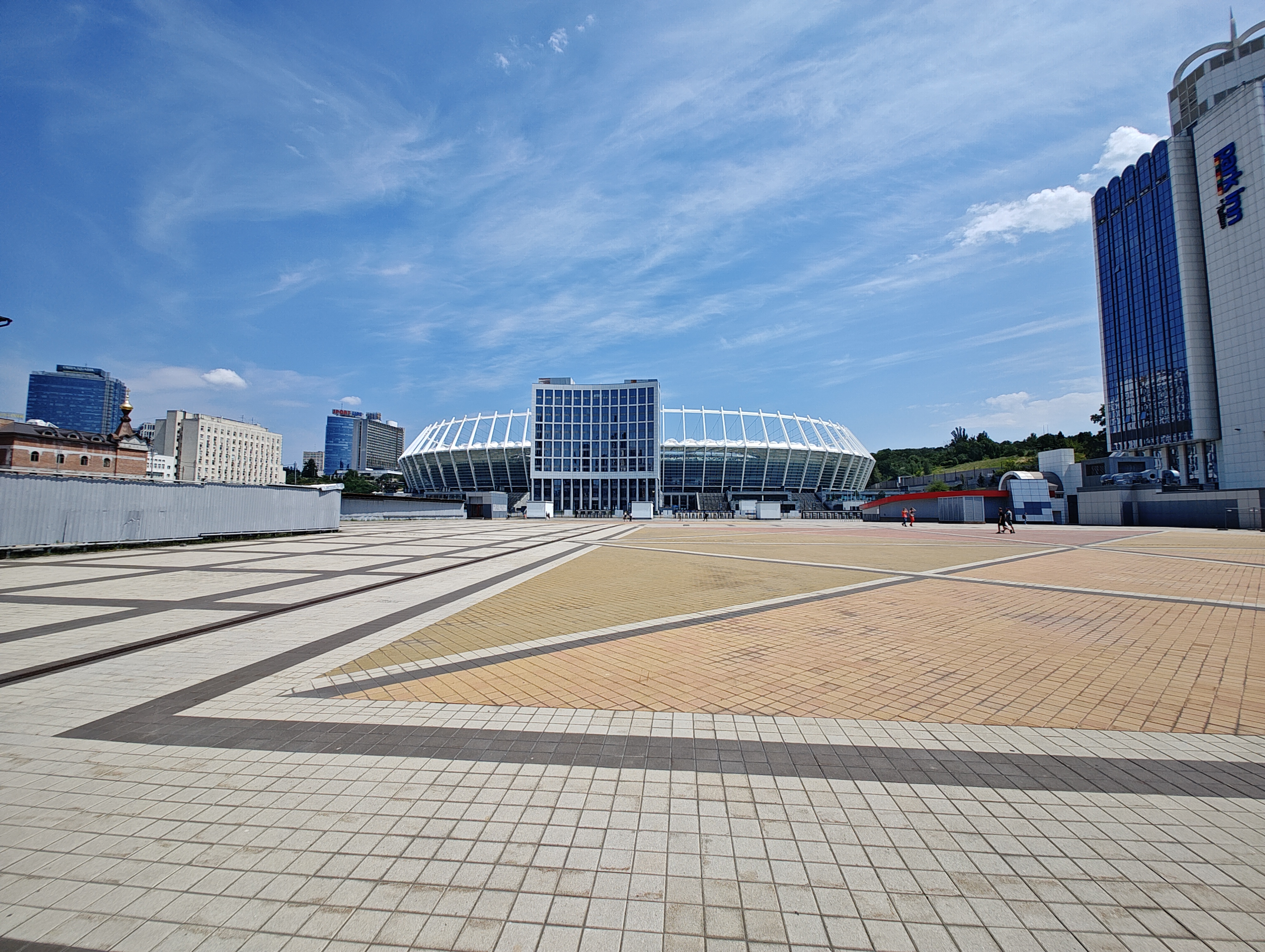





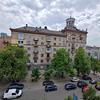

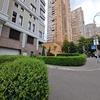









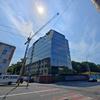


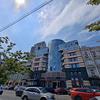


The telephoto camera is a bit weak: even in good light, it occasionally produces not very clear photos. Although there is hope for a software update, because in general, photos from this camera take an abnormally long time.
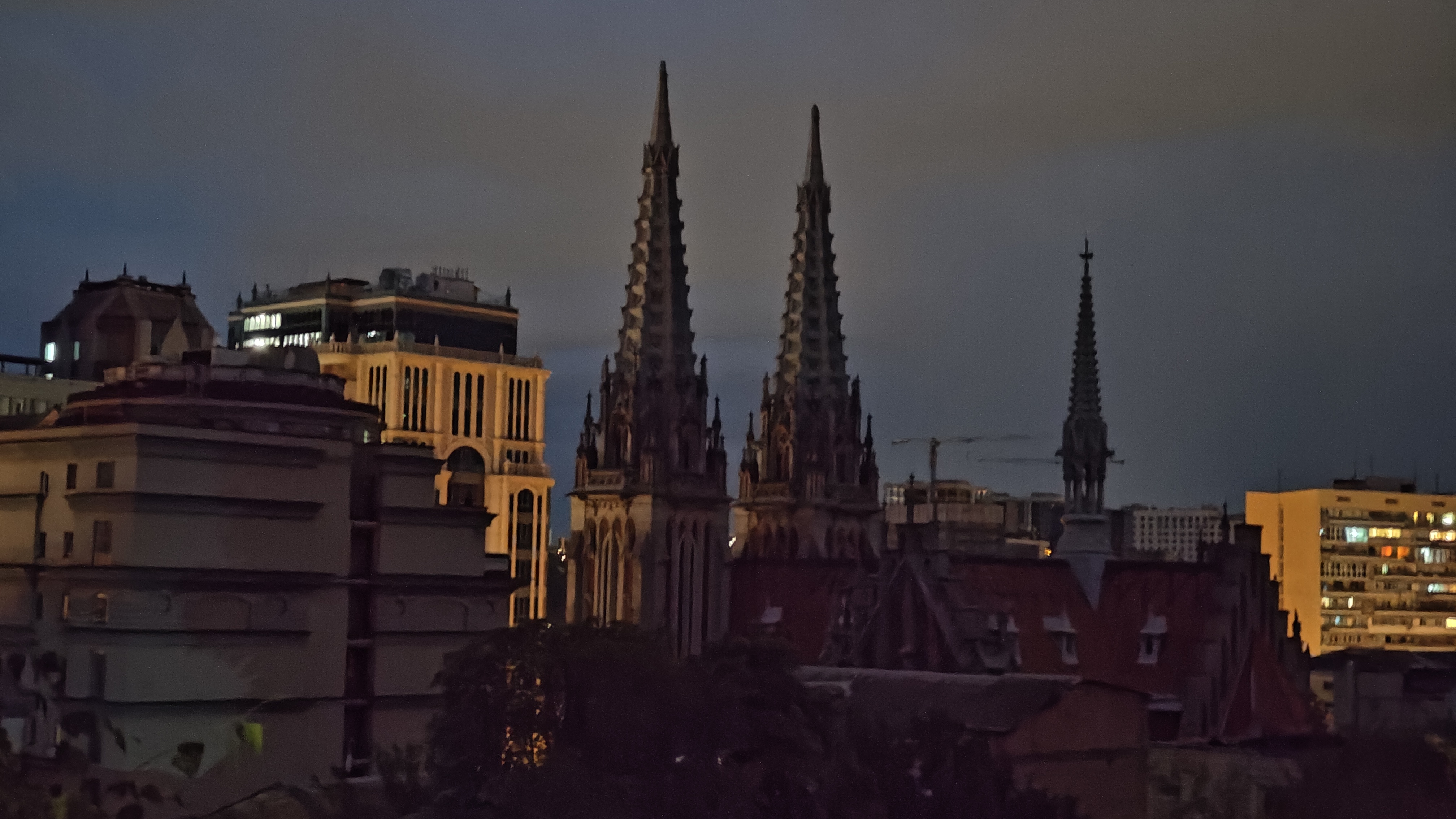

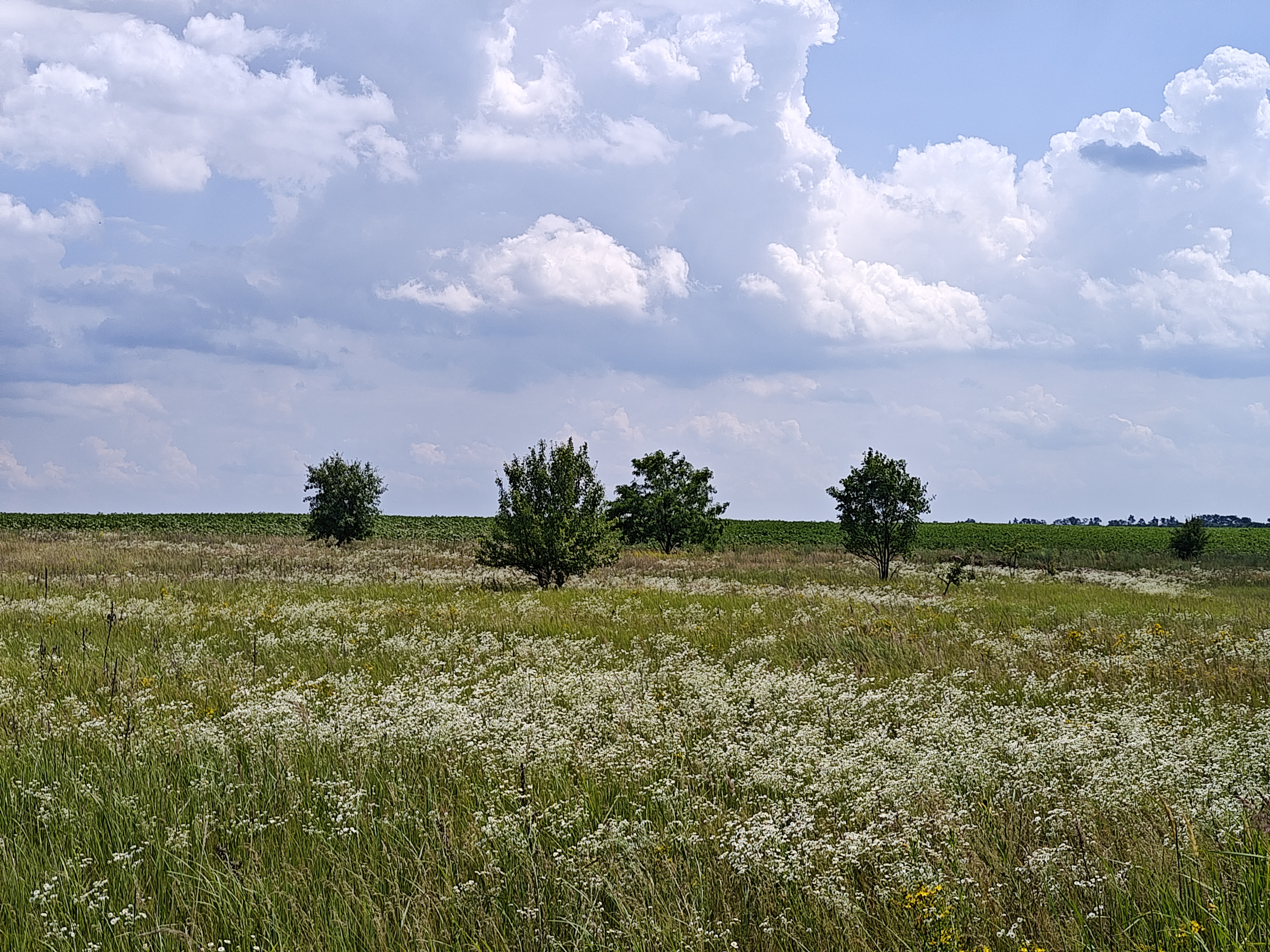

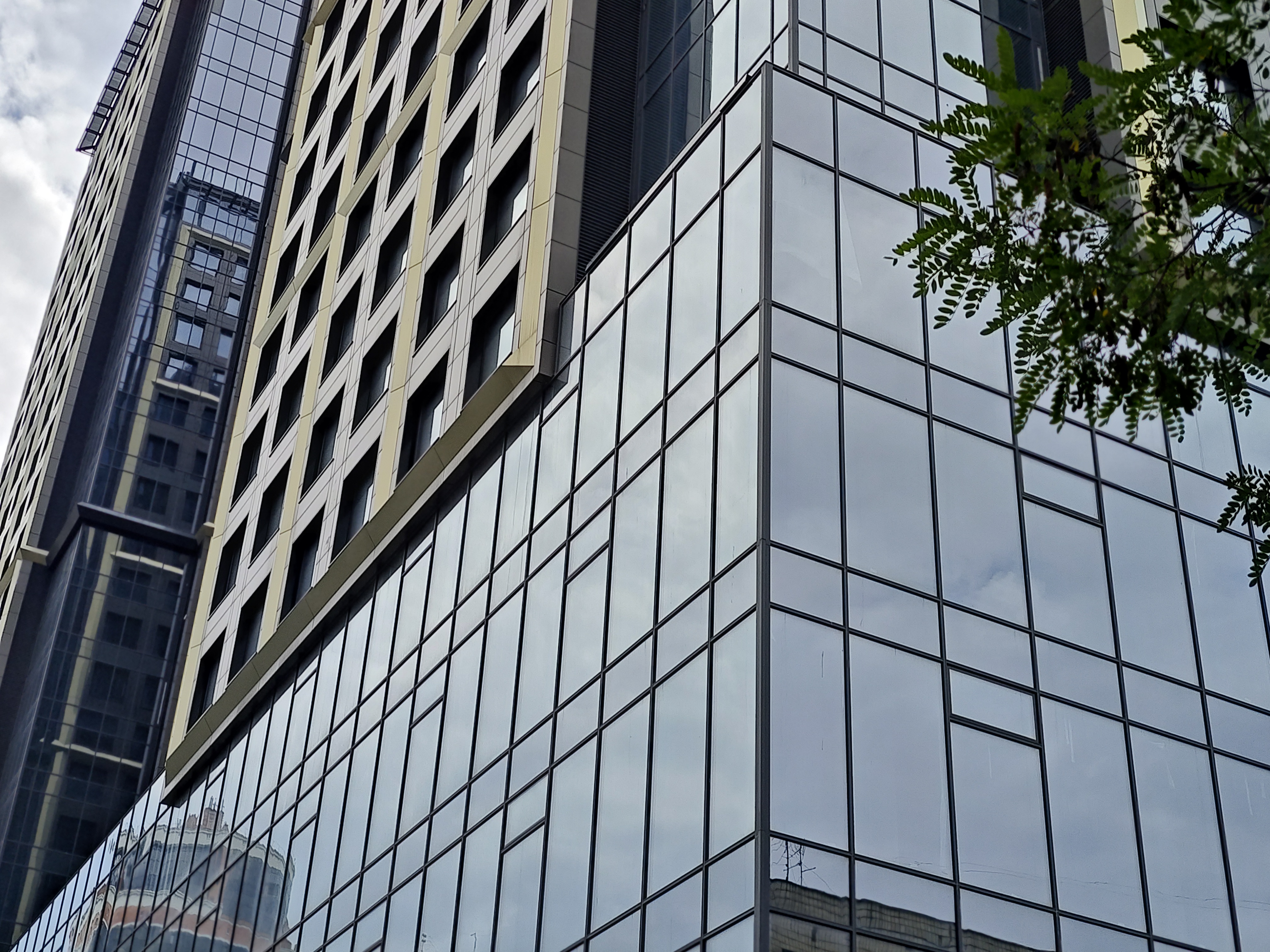

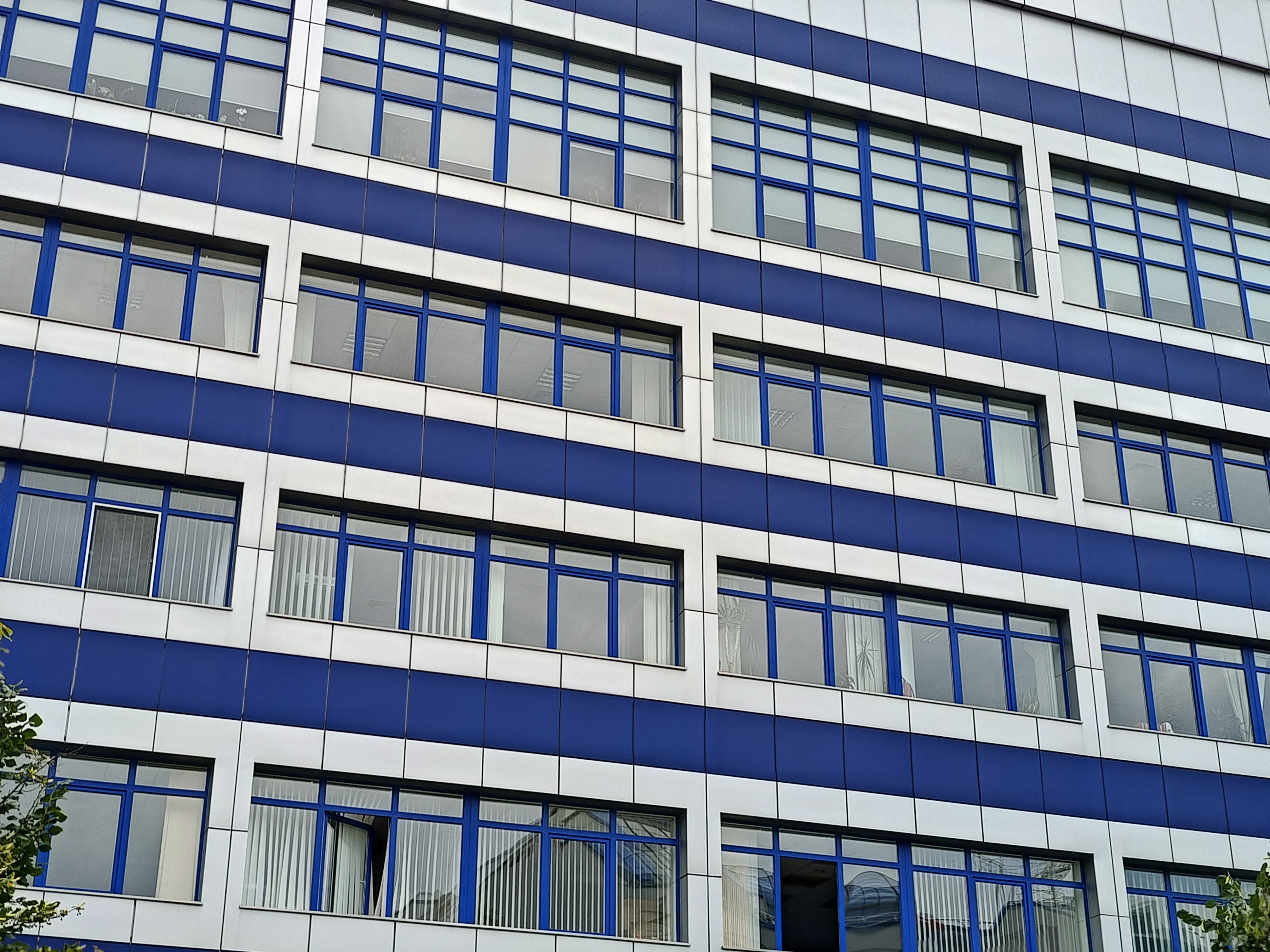



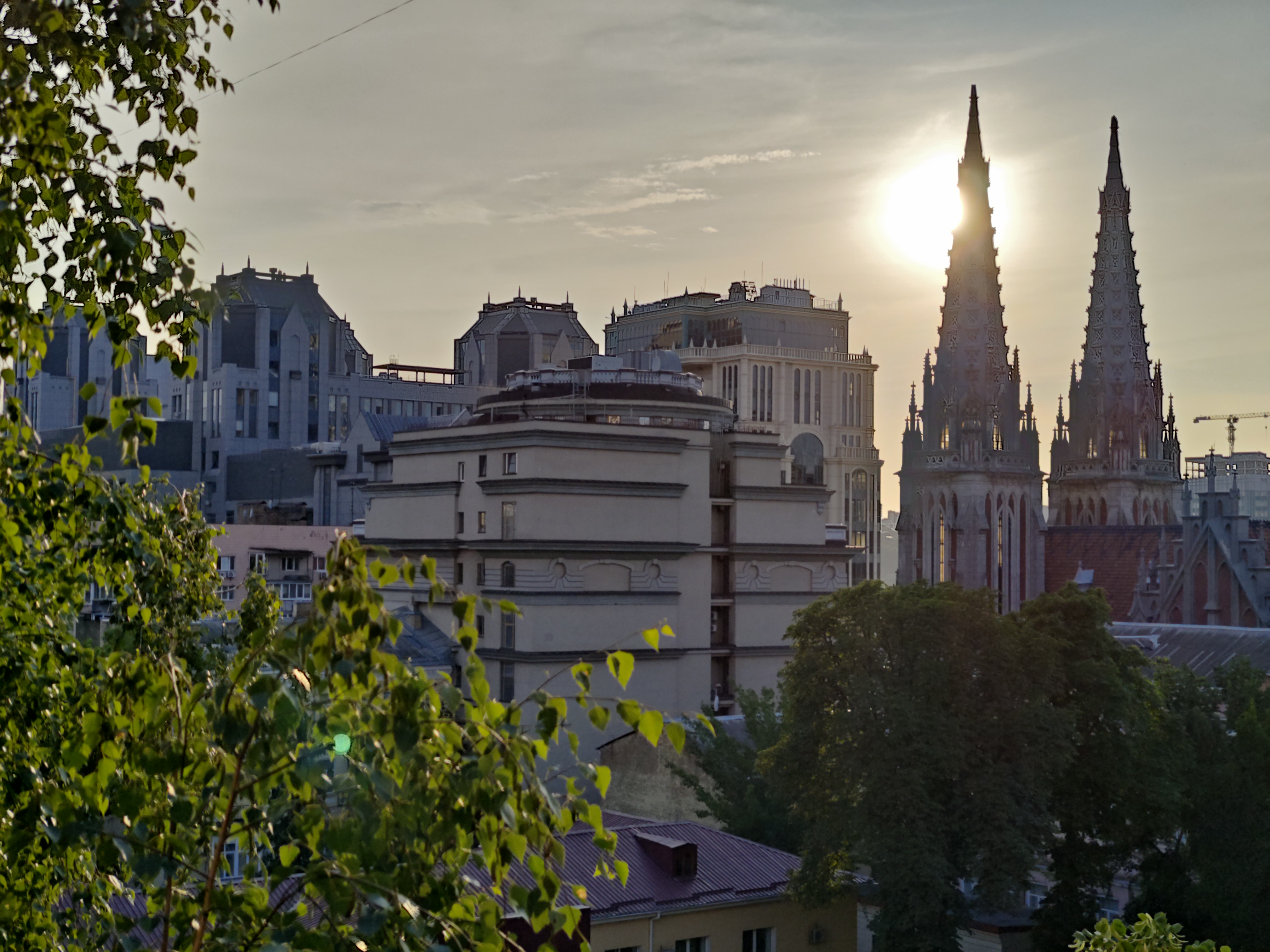

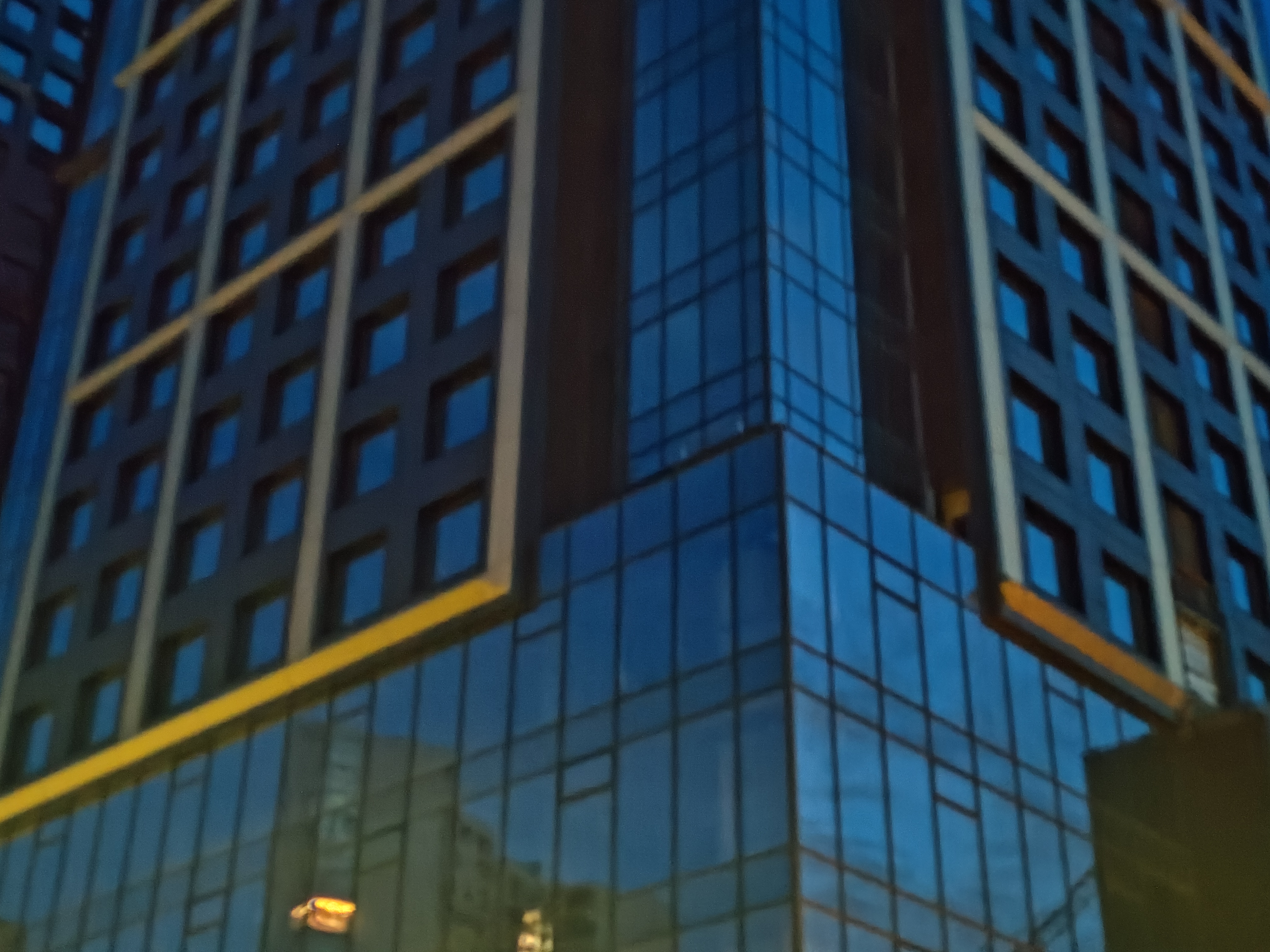
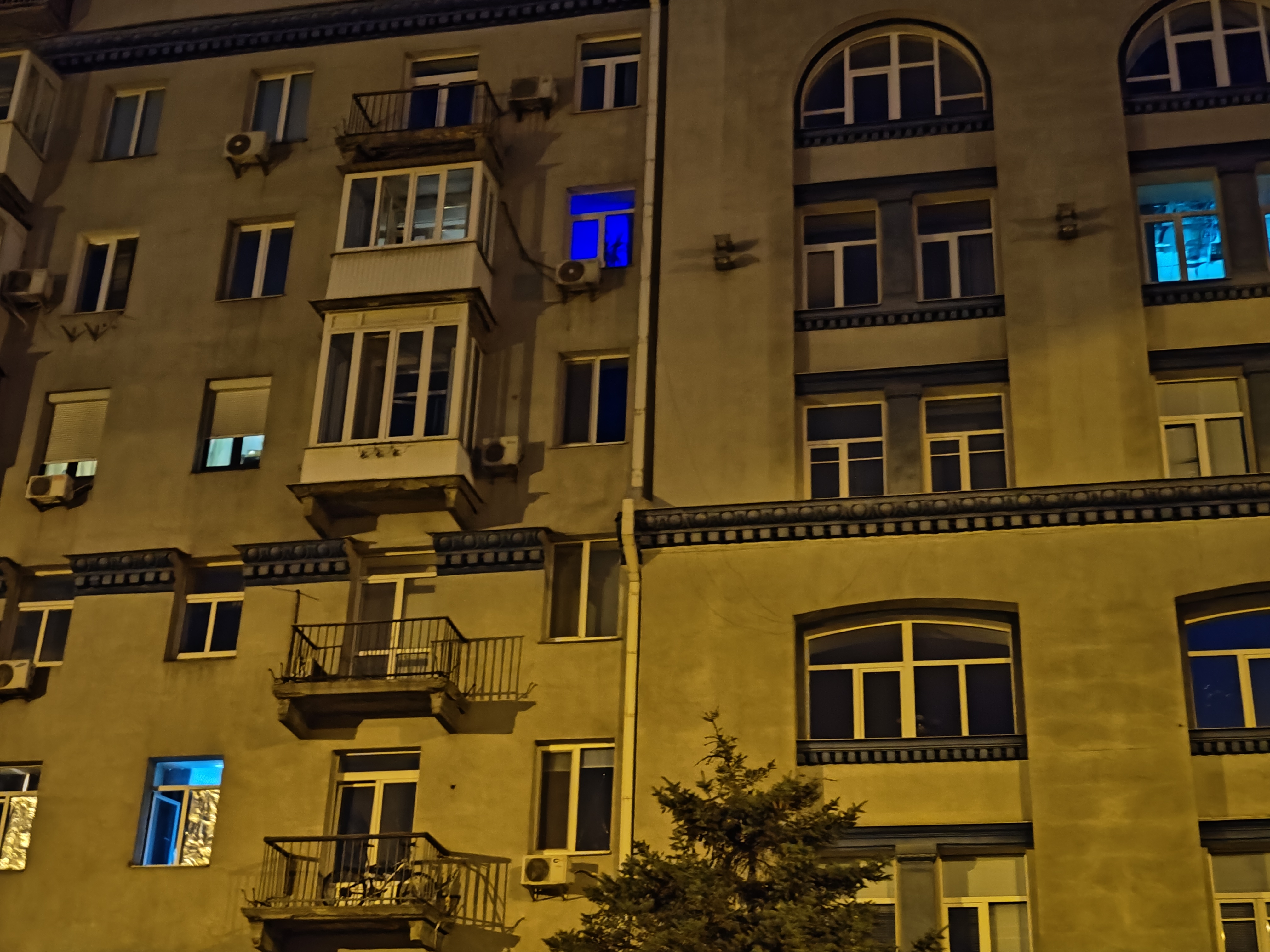




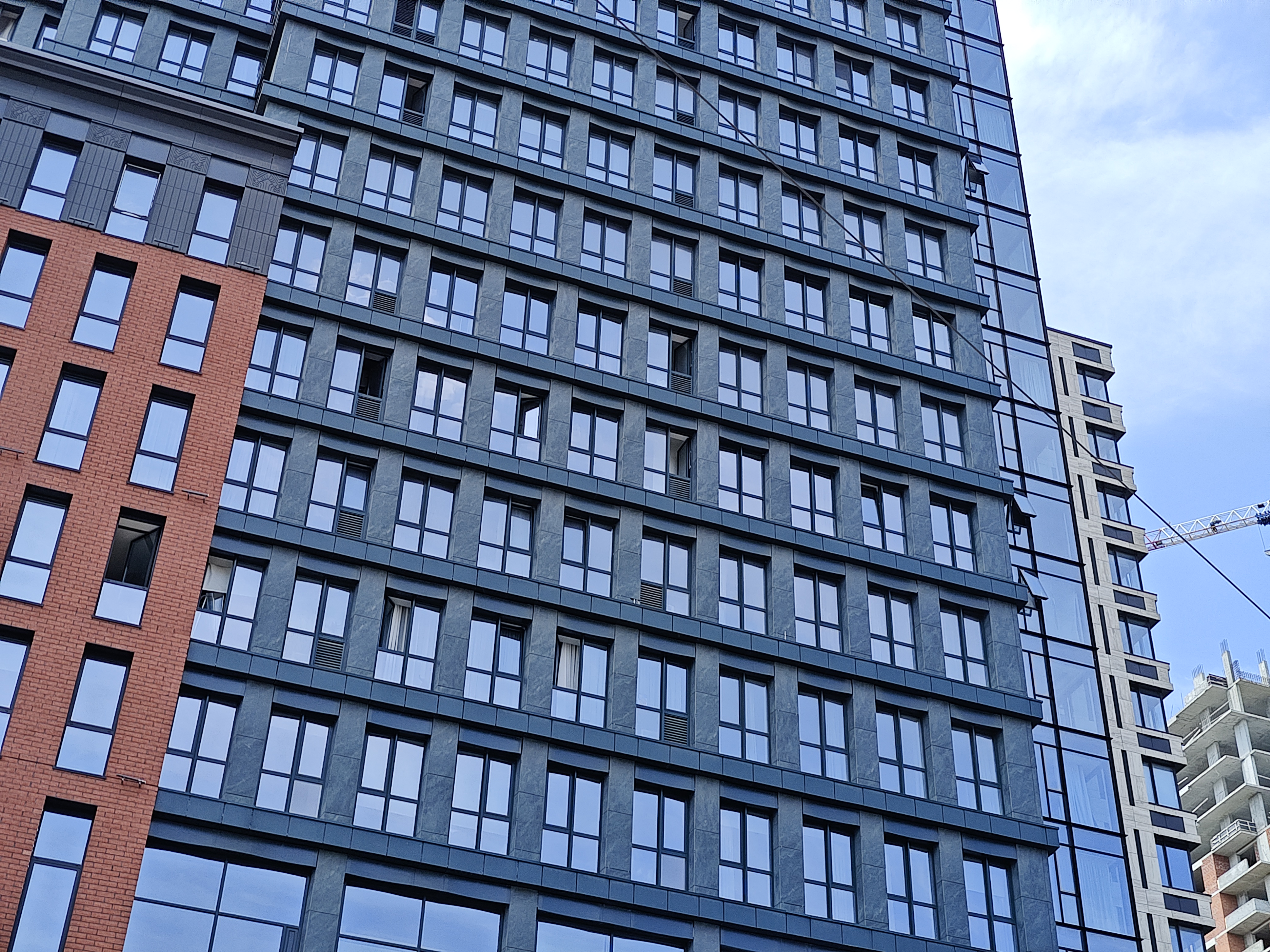

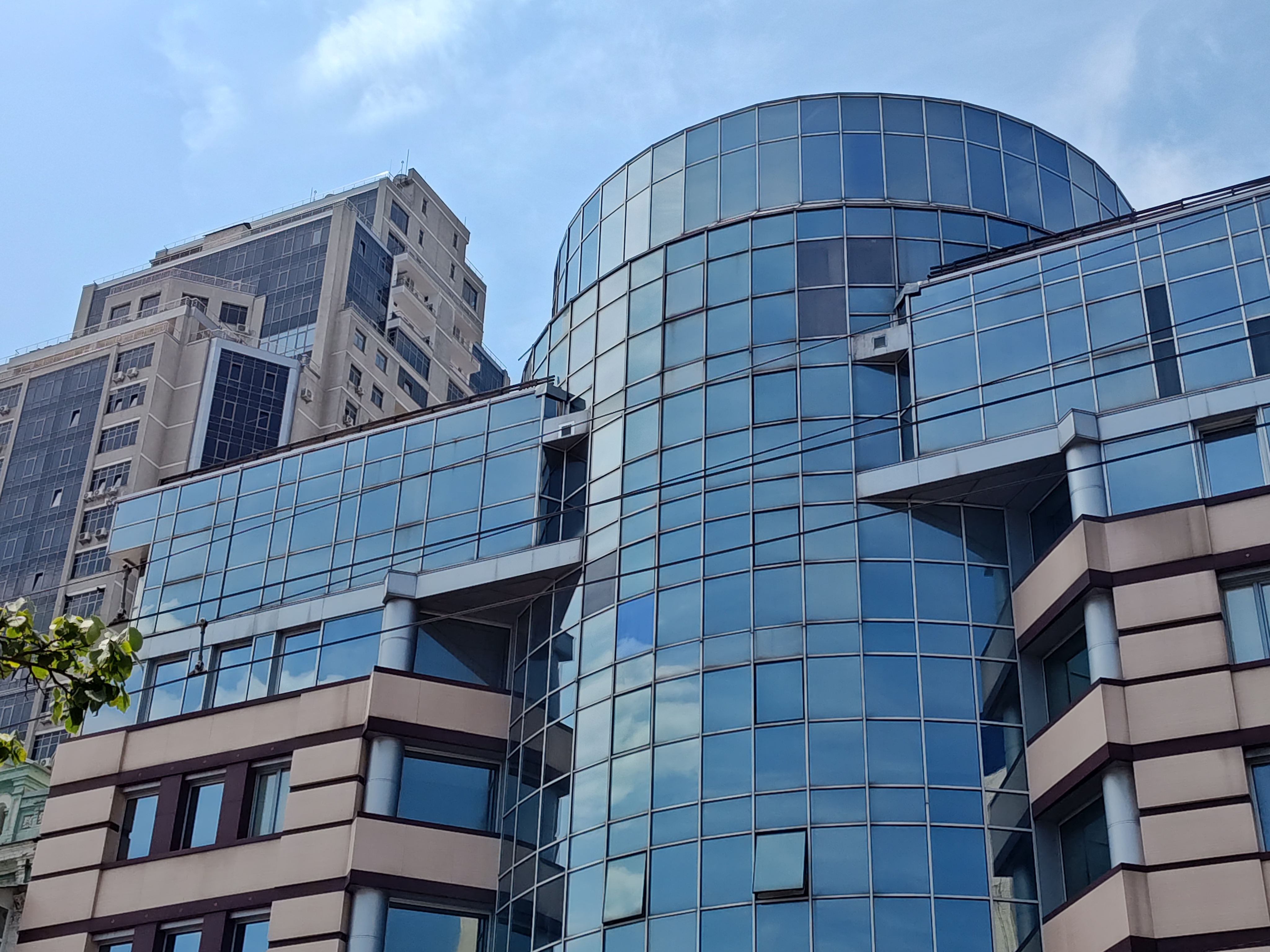

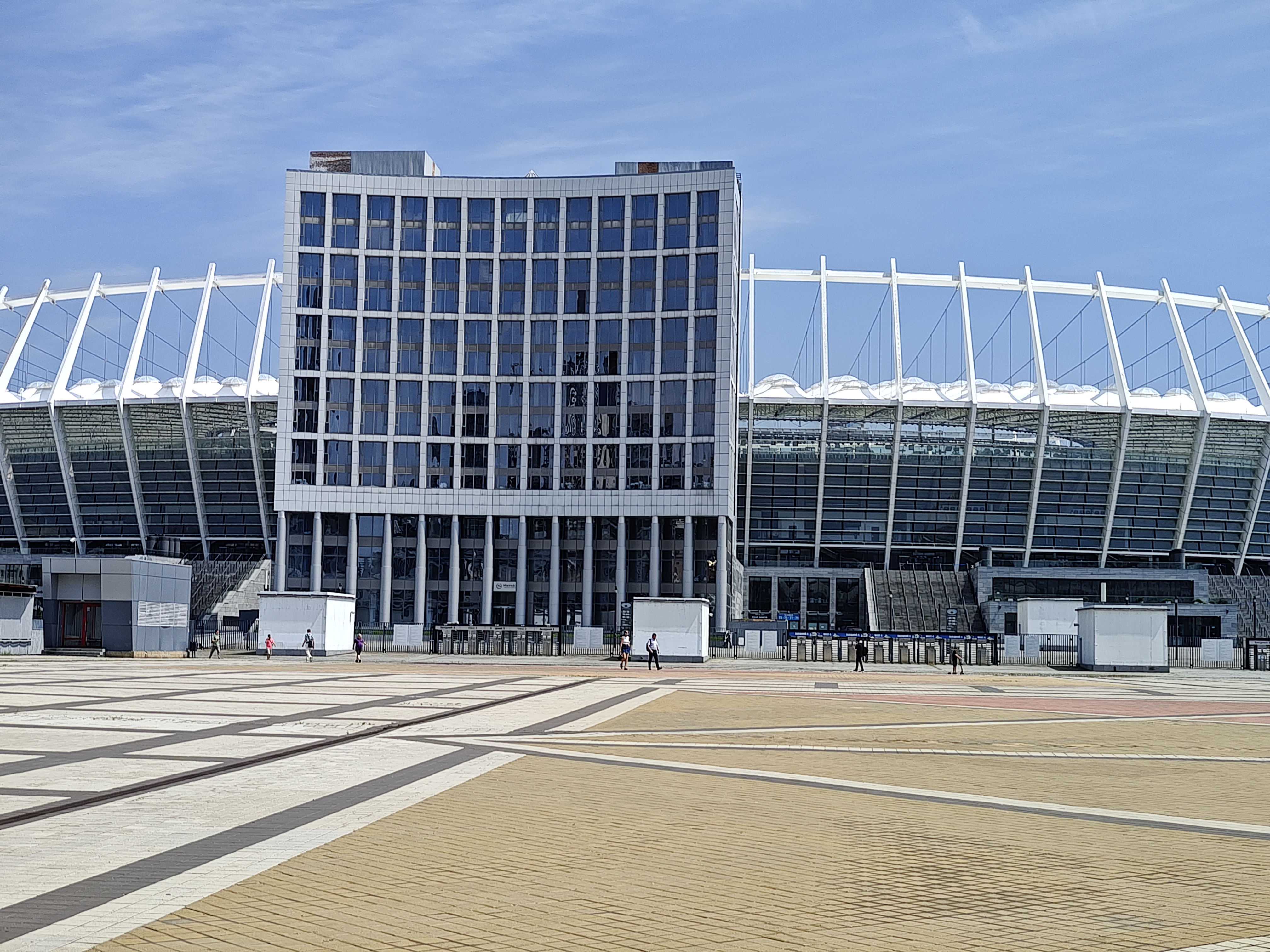













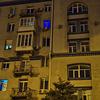









Macro mode on a wide-angle camera:




The video quality on the Motorola Edge 40 Pro is very good. The picture is clear, detailed and the electronic stabilisation works well:
- High-quality pOLED display with a refresh rate of 165 Hz
- Smartphone is equipped with top-of-the-line hardware
- Excellent battery life and super-fast charging
- Stylish glass and metal body with IP68 protection
- Nice photos on the main camera
- Loud stereo speakers
What are the neighbours in the line
In addition to the Motorola Edge 40 Pro, the lineup includes the junior model Motorola Edge 40, which will also be reviewed at gg. It has more modest characteristics, but it is also very interesting, given the price. Motorola Edge 40 has a less powerful processor and a smaller screen with a lower frequency. Although 144 Hz is also more than enough. The battery is only 200 mAh smaller, and fast charging is also supported. 68 watts is not 125 watts, of course, but the smartphone also charges very quickly. Instead of glass, plastic is used at the back, but there is also IP68 protection against dust and water. The rear camera does not have a third telephoto module. Overall, considering the price, the smartphone is also very interesting. Comparison of specifications:
| Motorola Edge 40 Pro and Motorola Edge 40 specifications | ||
|---|---|---|
| Motorola Edge 40 Pro | Motorola Edge 40 | |
| Display | Curved pOLED, 6.67 inches, 2400x1080 (aspect ratio 20:9), 394 ppi, HDR10+, Dolby Vision, 10 bit, 165 Hz, Gorilla Glass Victus, peak brightness 1300 nits | pOLED, 6.55 inches, 2400x1080 (aspect ratio 20:9), 402 ppi, HDR10+, Dolby Vision, 8 bit, 144 Hz, Gorilla Glass Victus, peak brightness 1200 nits |
| Body | dimensions: 161.2x74x8.6 mm, weight: 199 g | dimensions: 158.4x72x7.6 mm, weight: 167 g |
| Processor | 64-bit 4nm Qualcomm Snapdragon 8 Gen 2, 1x3.19 GHz Cortex-X3, 2x2.8 GHz Cortex-A715, 2x2.8 GHz Cortex-A710, 3x2.0 GHz Cortex-A510, Adreno 740 graphics | 64-bit 6nm Mediatek Dimensity 8020, 4x2.6 GHz Cortex-A78, 4x2.0 GHz Cortex-A55, Mali-G77 MC9 graphics |
| RAM | 12 GB | 8 GB |
| Flash memory | 256 GB UFS 4.0 | 256 GB UFS 3.1 |
| Camera |
50 MP (f/1.8, 1/1.55", 1.0µm, multi-directional PDAF, OIS); telephoto 12 MP (f/1.6, 1/2.93", 1.22µm, PDAF, 2x zoom); ultra-wide-angle 50 MP (f/2.2, 114˚, 1/2.76", 0.64µm, AF); flash, video 8K@30fps, 2160p@60fps, 1080p@240fps, 720p@960fps; front camera: 60 MP, f/2.2, 1/2.8", 0.61µm |
50 MP (f/1.4, 1/1.55", 1.0µm, multi-directional PDAF, OIS); ultra-wide 13 MP (f/2.2, 120˚, 1.12µm, AF); flash, video 2160p@30fps, 1080p@120fps; front camera: 32 MP (f/2.4, 0.7µm) |
| Wireless technologies | Wi-Fi 802.11 a/b/g/n/ac/6e/7 (tri-band), Bluetooth 5.3 LE, NFC | Wi-Fi 802.11 a/b/g/n/ac/6e (tri-band), Bluetooth 5.2 LE, NFC |
| GPS | GPS, A-GPS, GLONASS, BDS, GALILEO | GPS, A-GPS, GLONASS, BDS, GALILEO |
| Battery | 4600 mAh, non-removable, fast charging 125 W Turbo Power, wireless charging 15 W, reverse wired/wireless charging 5 W | 4400 mAh, non-removable, fast charging 68 W Turbo Power, 15 W wireless charging |
| Operating system | Android 13 | Android 13 |
| Sim card | NanoSIM+eSIM | NanoSIM+eSIM |
| Optional | IP68 dust and water protection, optical in-screen fingerprint scanner, Ready For | IP68 dust and water protection, optical in-screen fingerprint scanner, Ready For |
Dry residual: three things you need to know about Motorola Edge 40 Pro.
- The Motorola Edge 40 Pro features a gorgeous OLED display with a very high refresh rate of 165 Hz.
- Inside is one of the most powerful Qualcomm Snapdragon 8 Gen 2 processors.
- The smartphone lasts a long time on a single charge and charges incredibly fast.
For those who want to know more:
- OPPO A98 smartphone review: fast charging and a microscope camera
- How to save money on Galaxy S23: Samsung Galaxy A54 and Galaxy A34 review
- Samsung Galaxy S23 Ultra review: reaching for the stars
- Acer Swift X 14 laptop review: GeForce RTX graphics and OLED display in a compact metal case
- Huawei FreeBuds 5 TWS headphones review: space design and active noise cancellation
